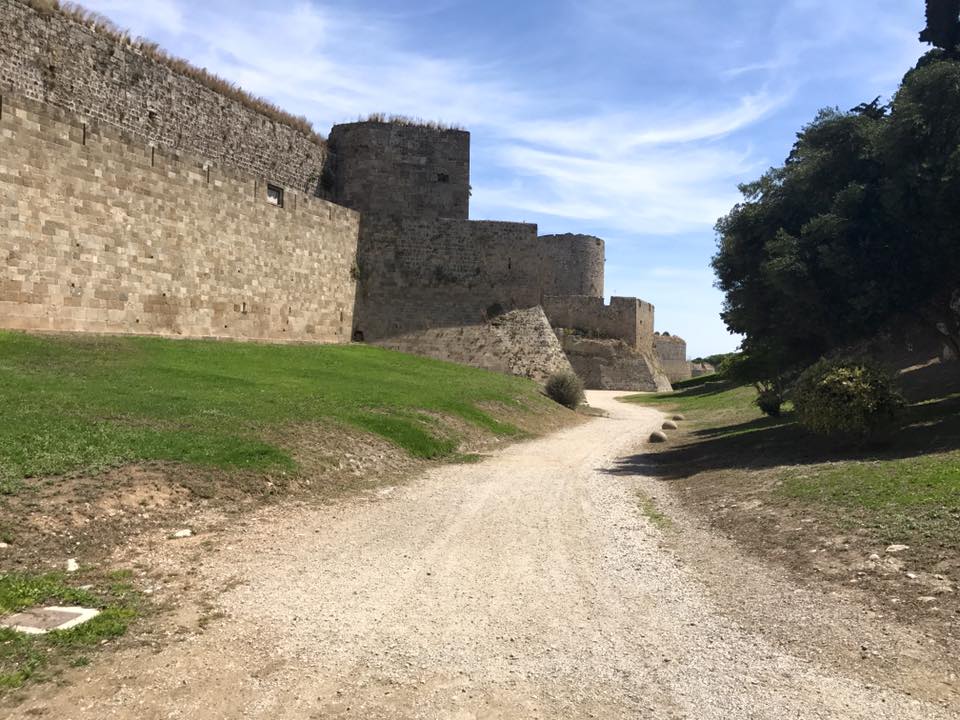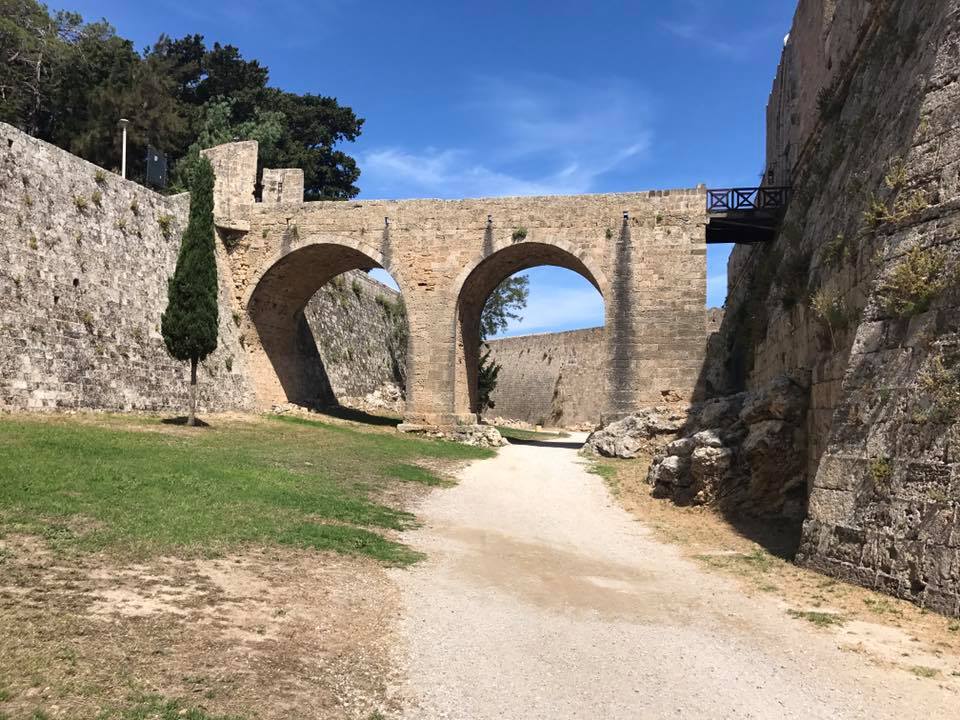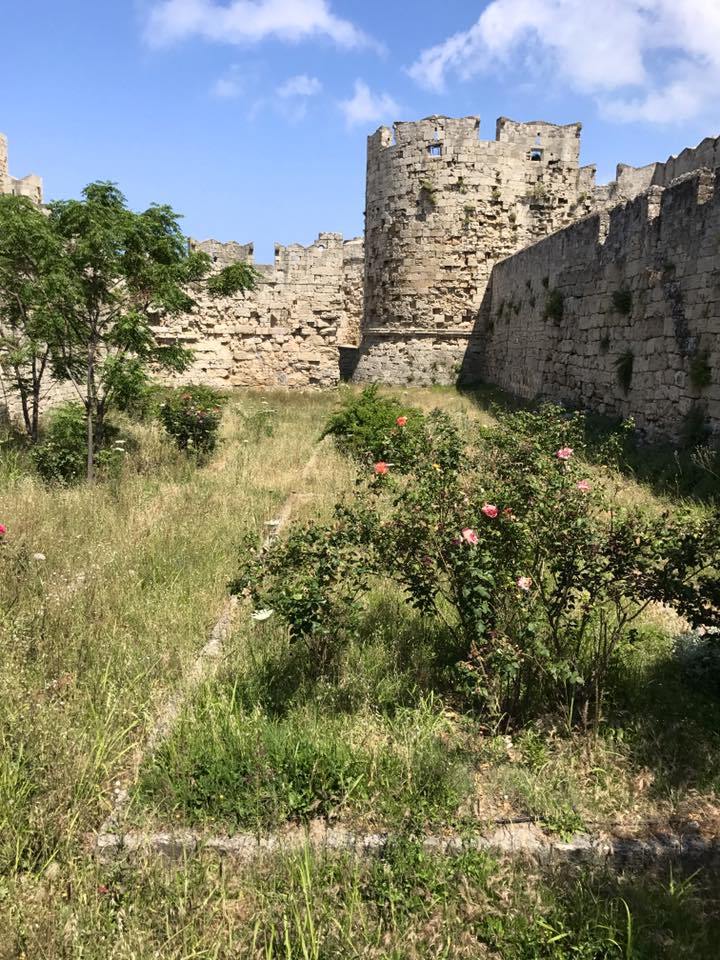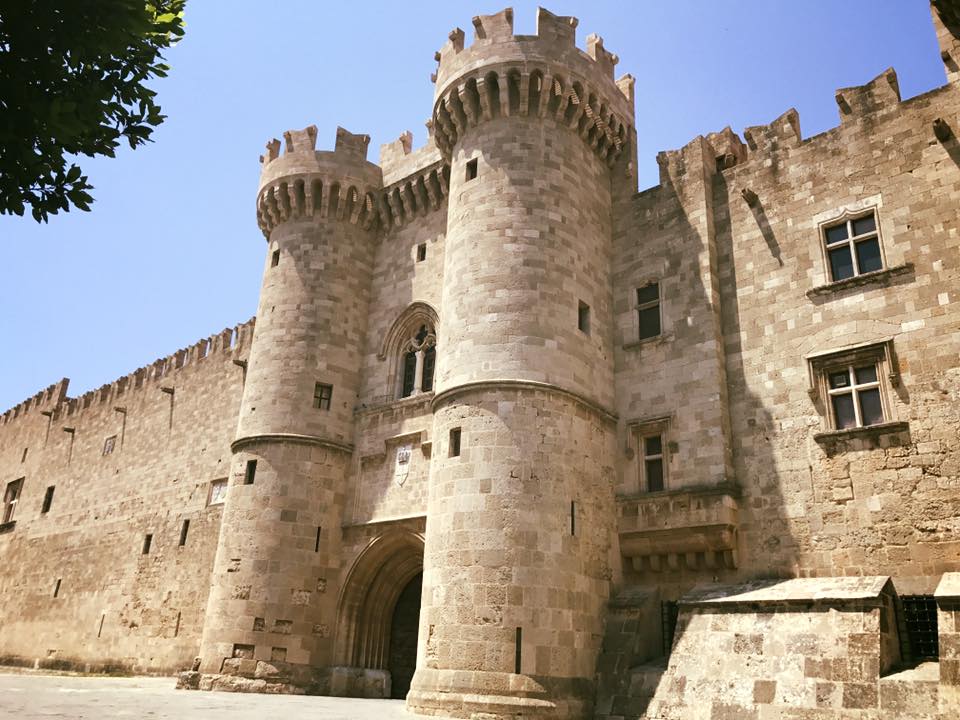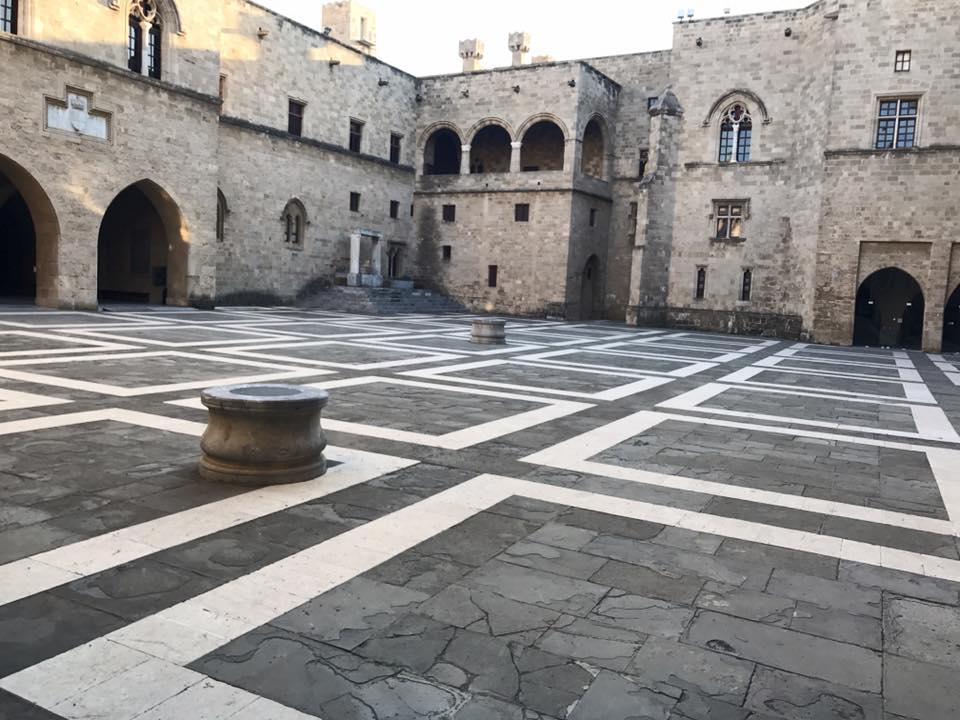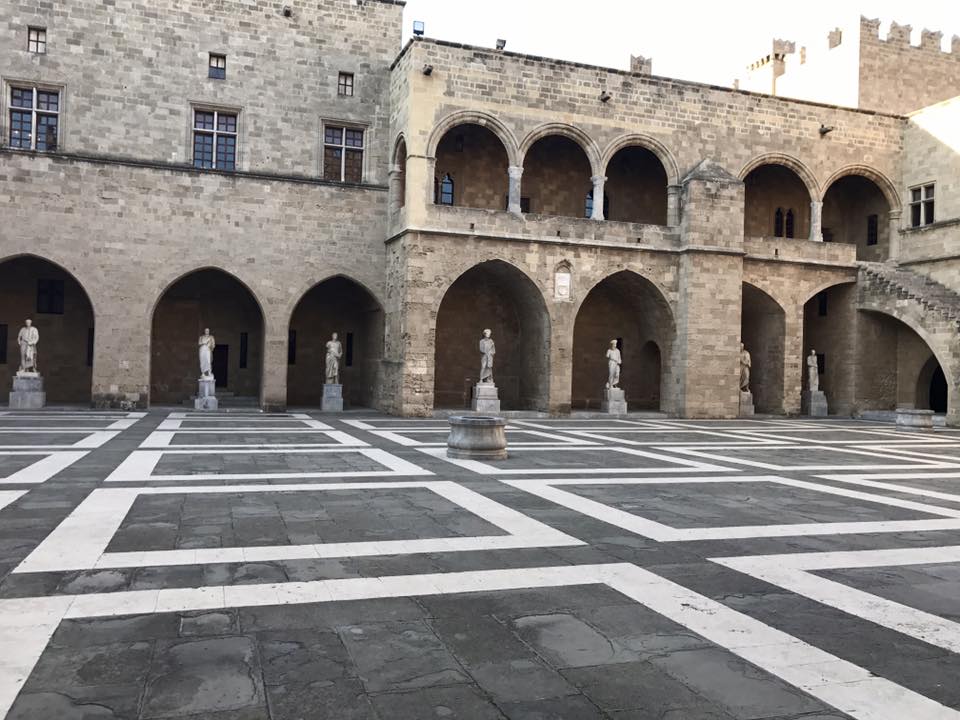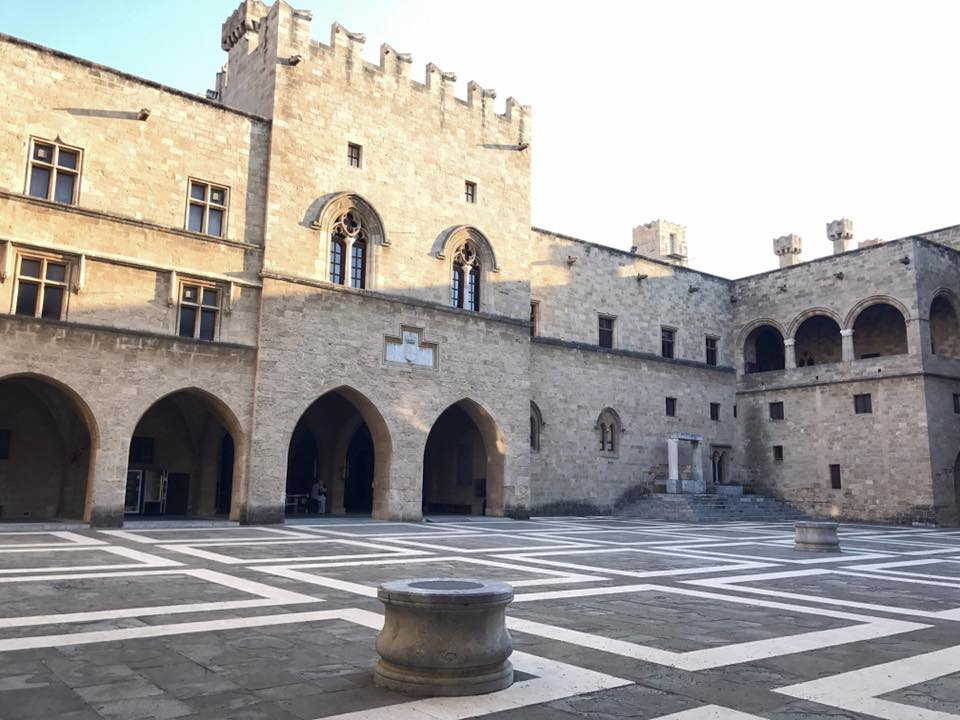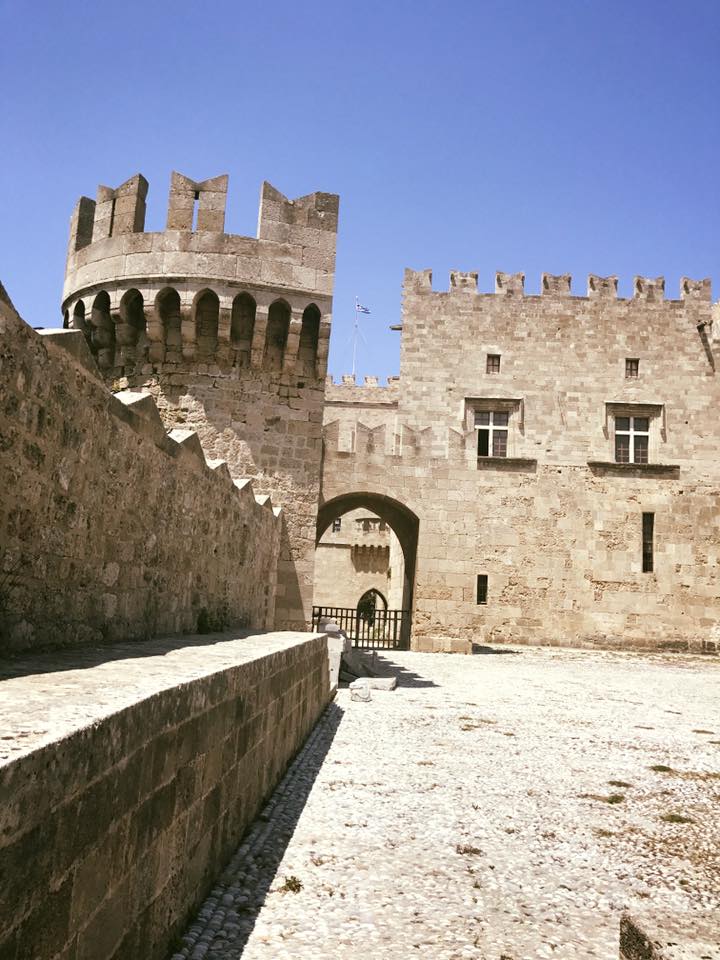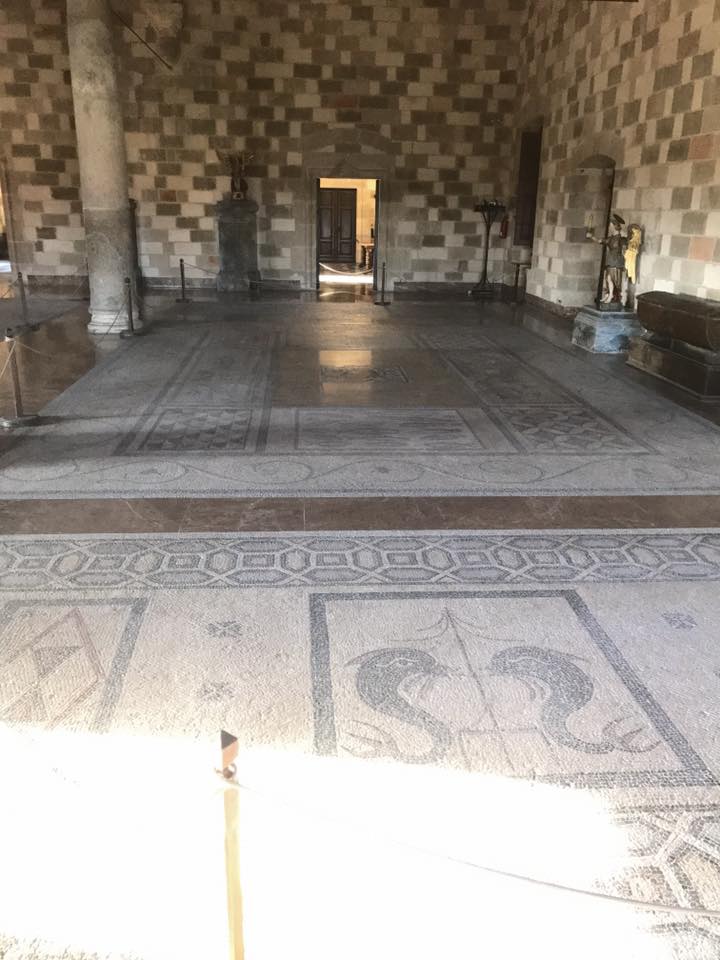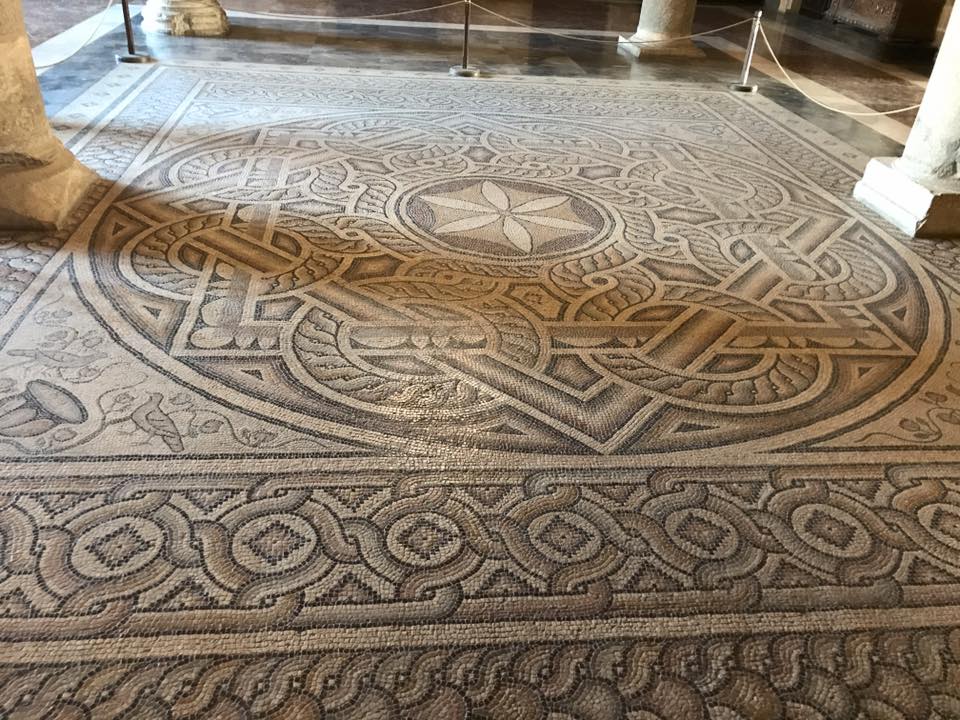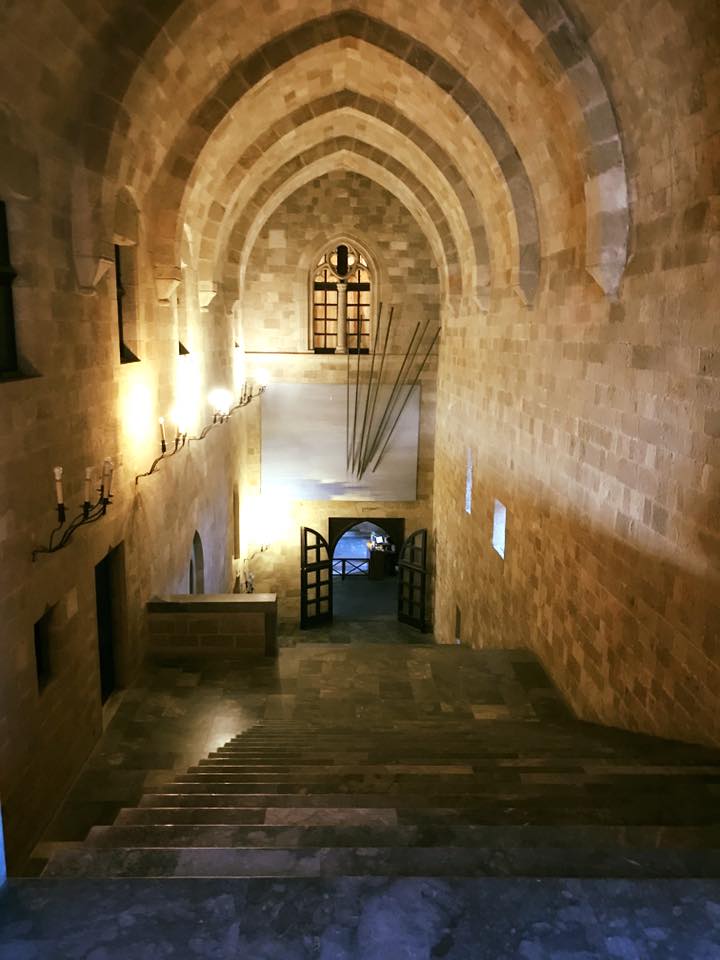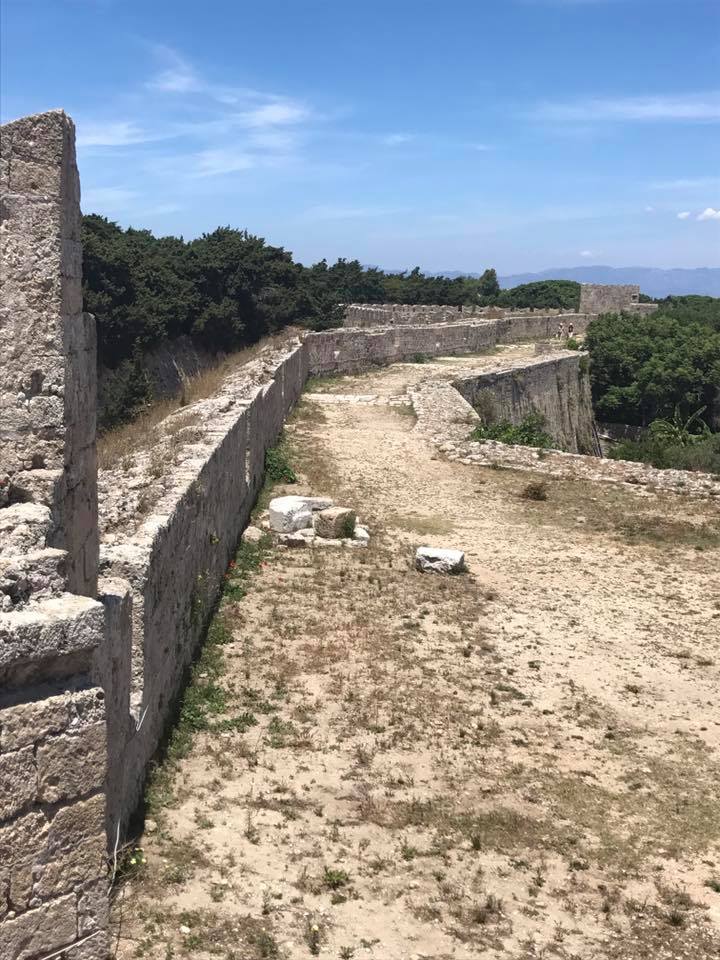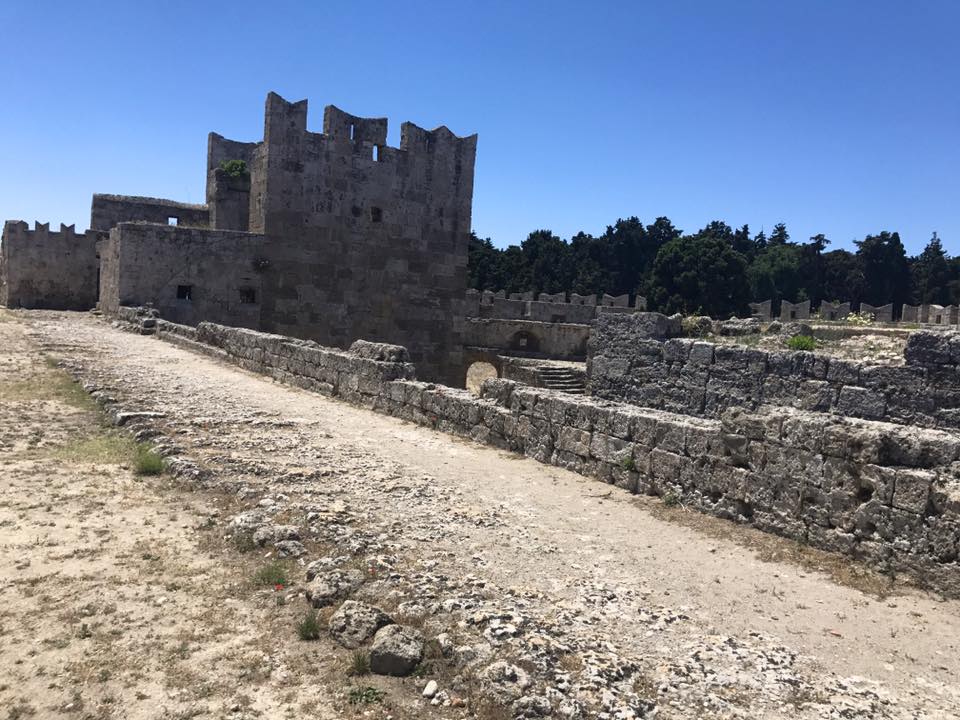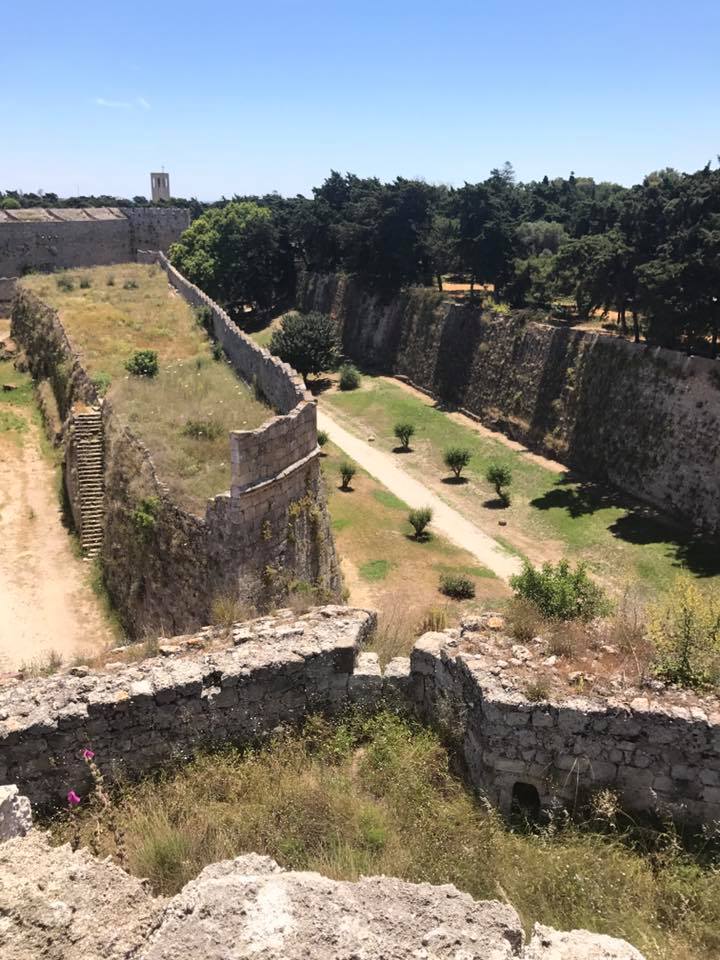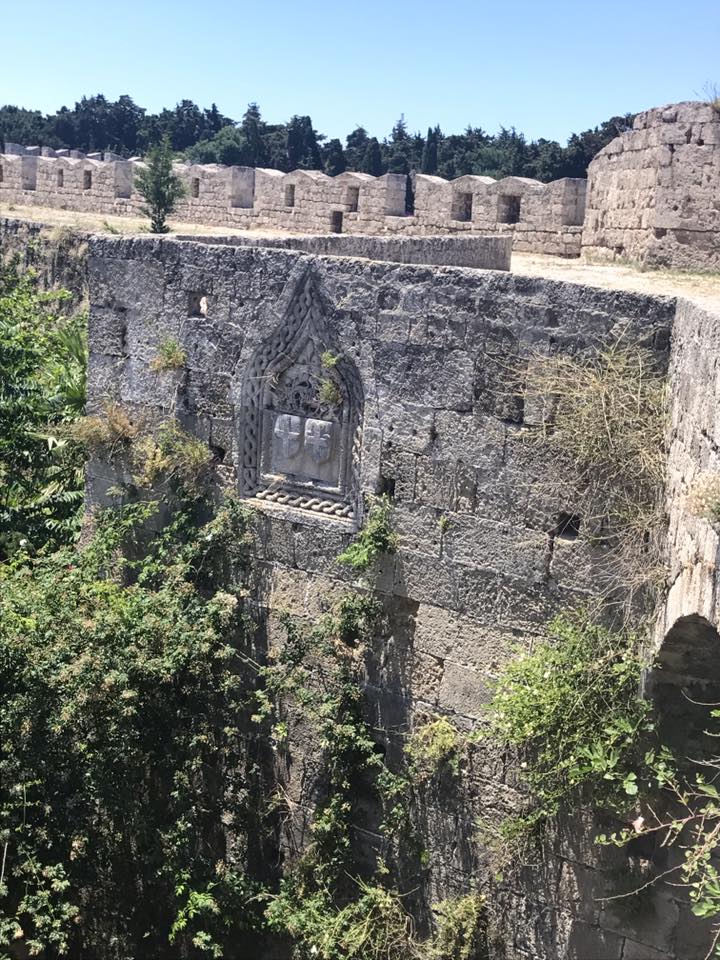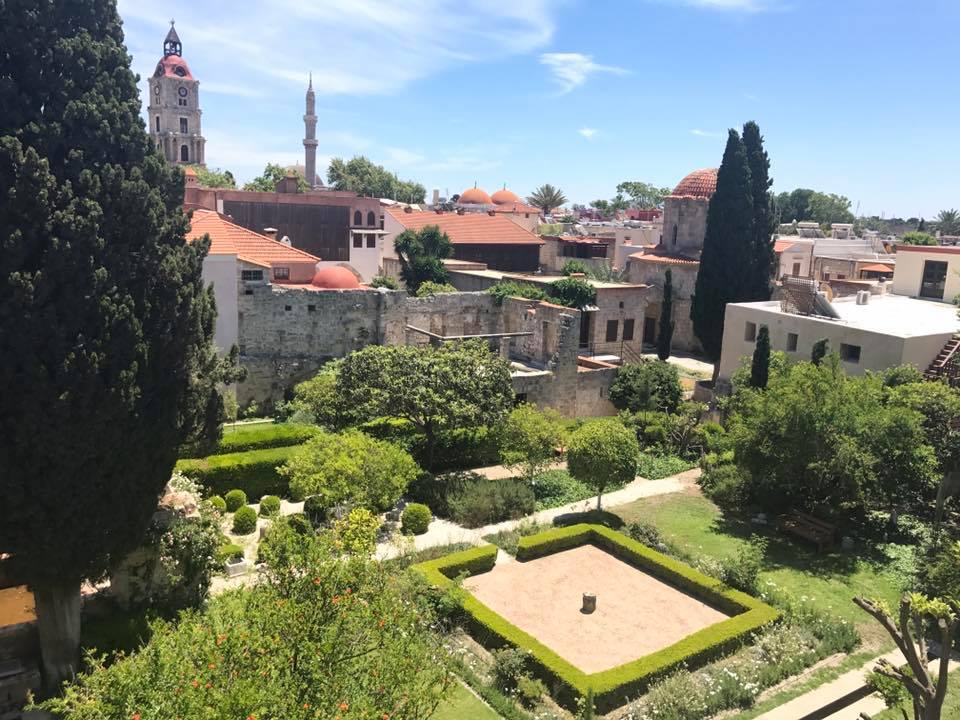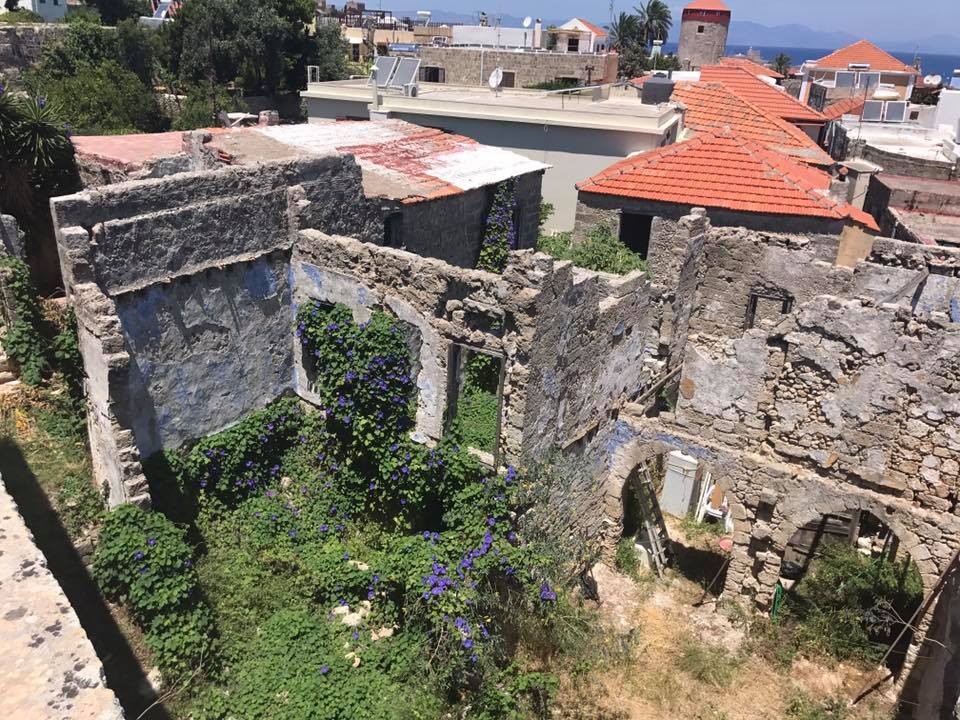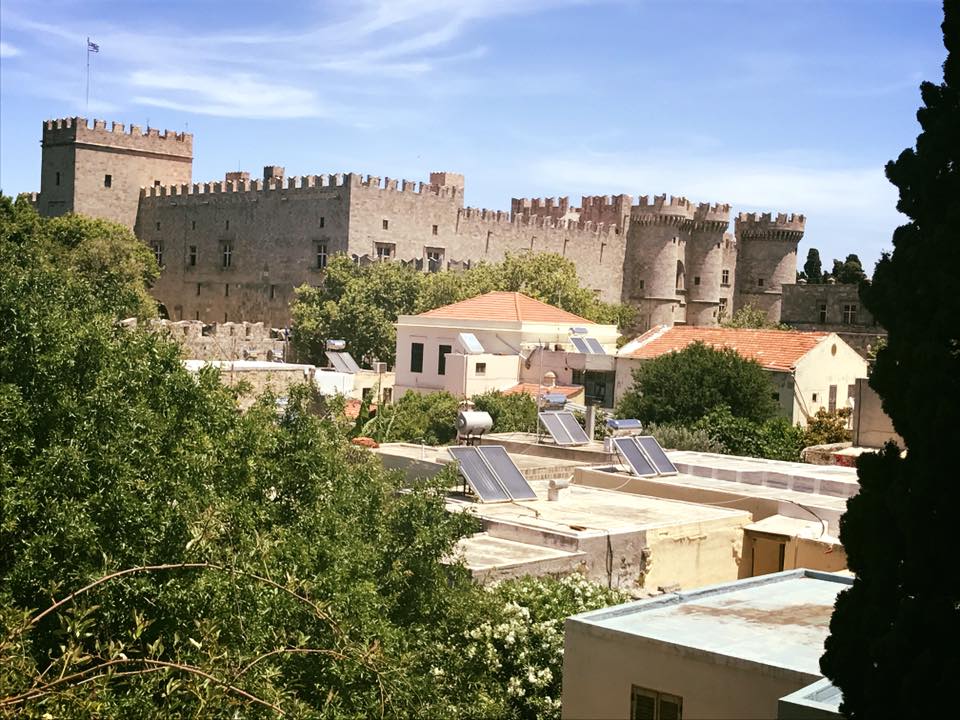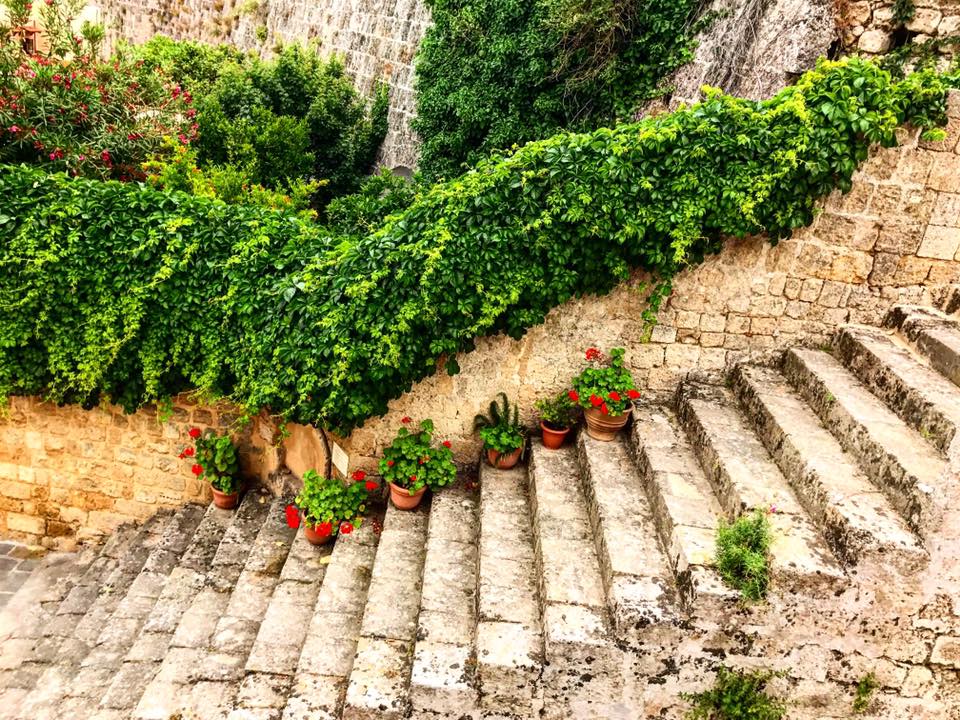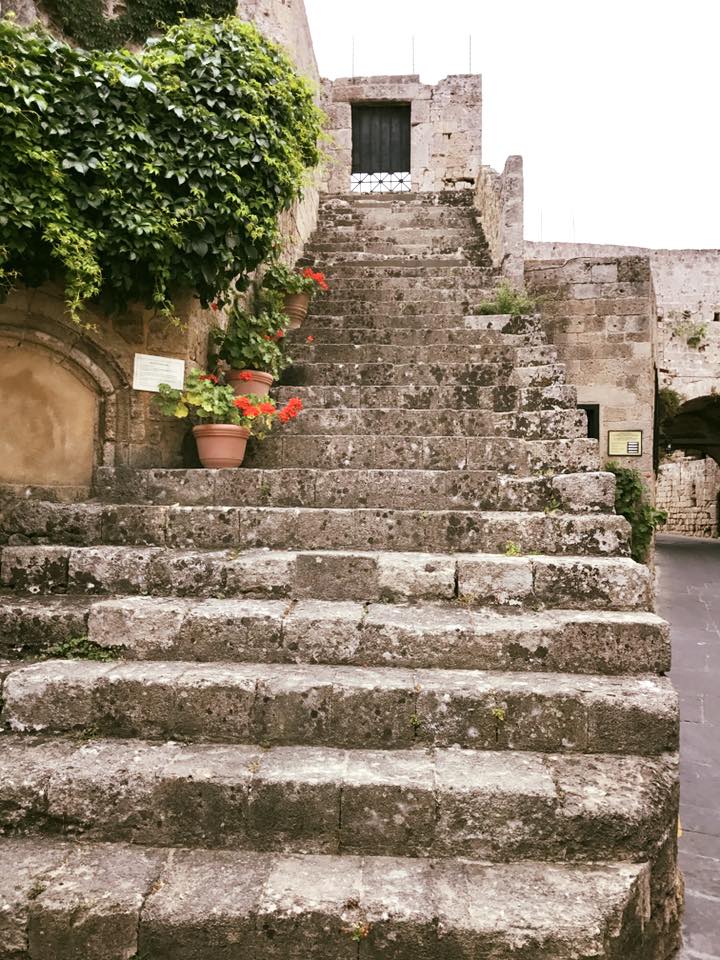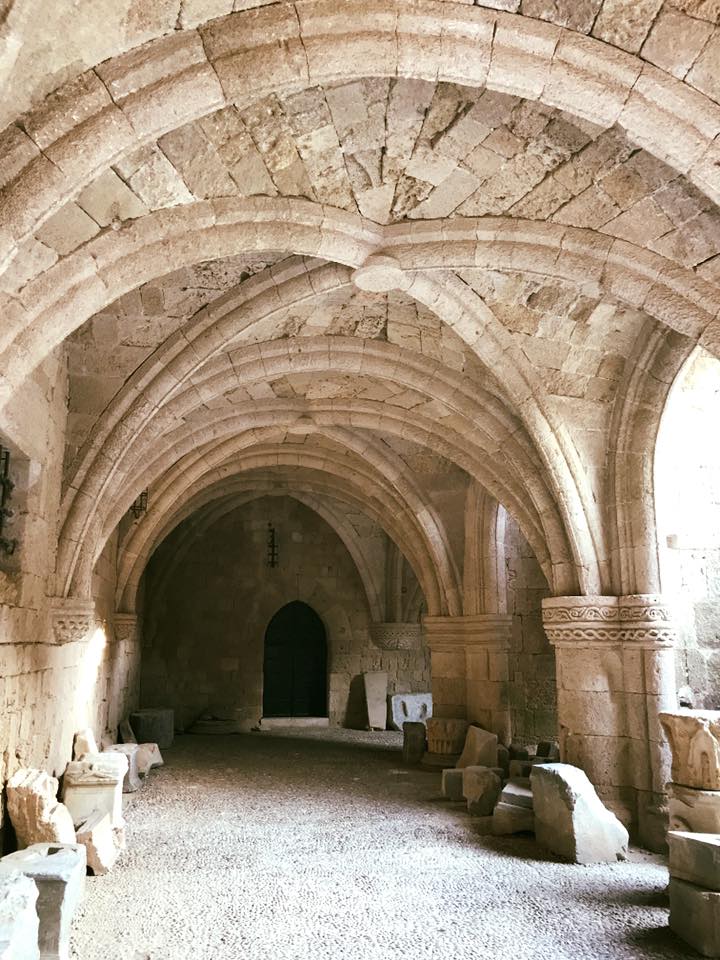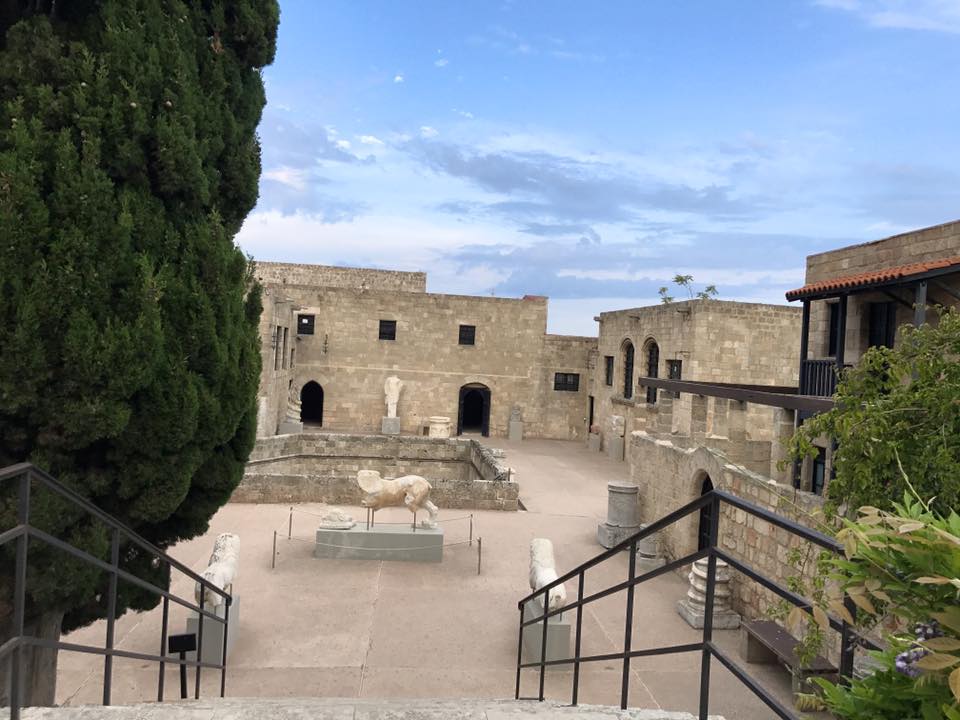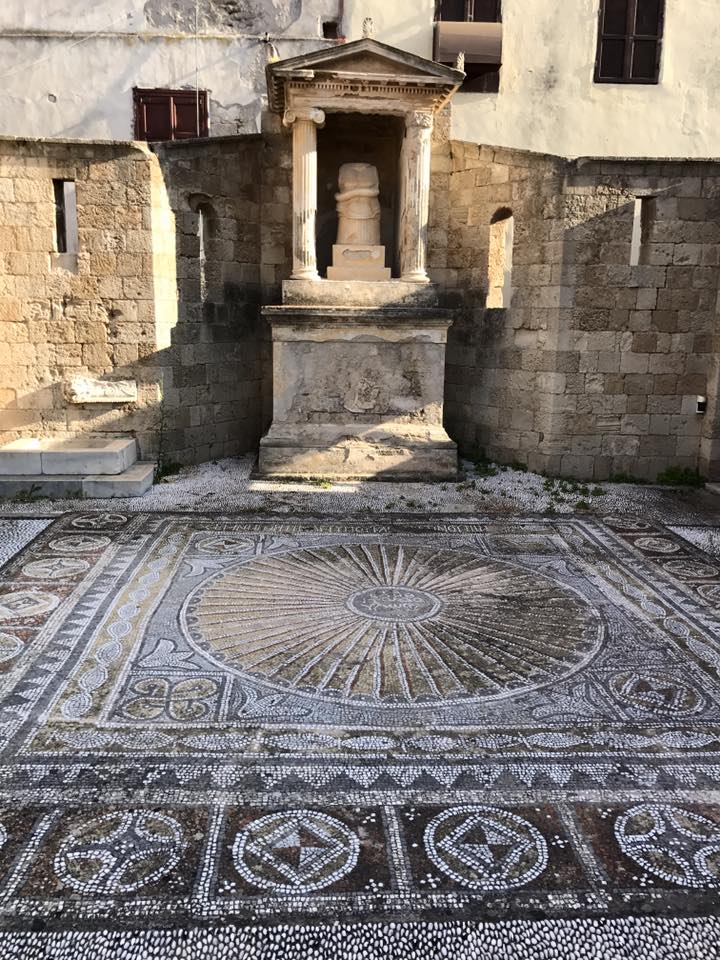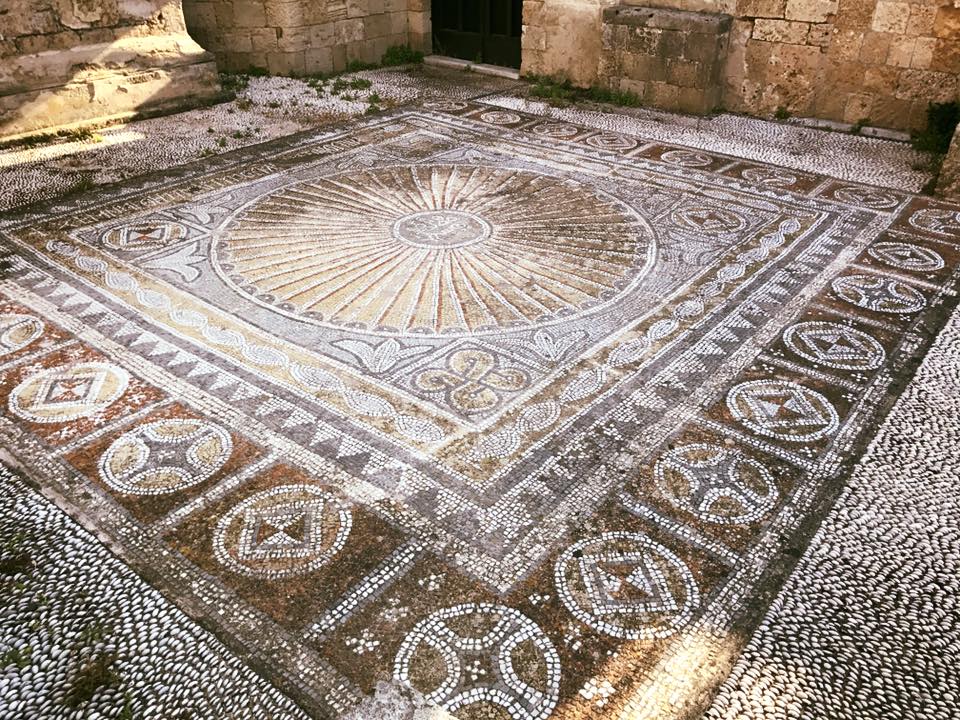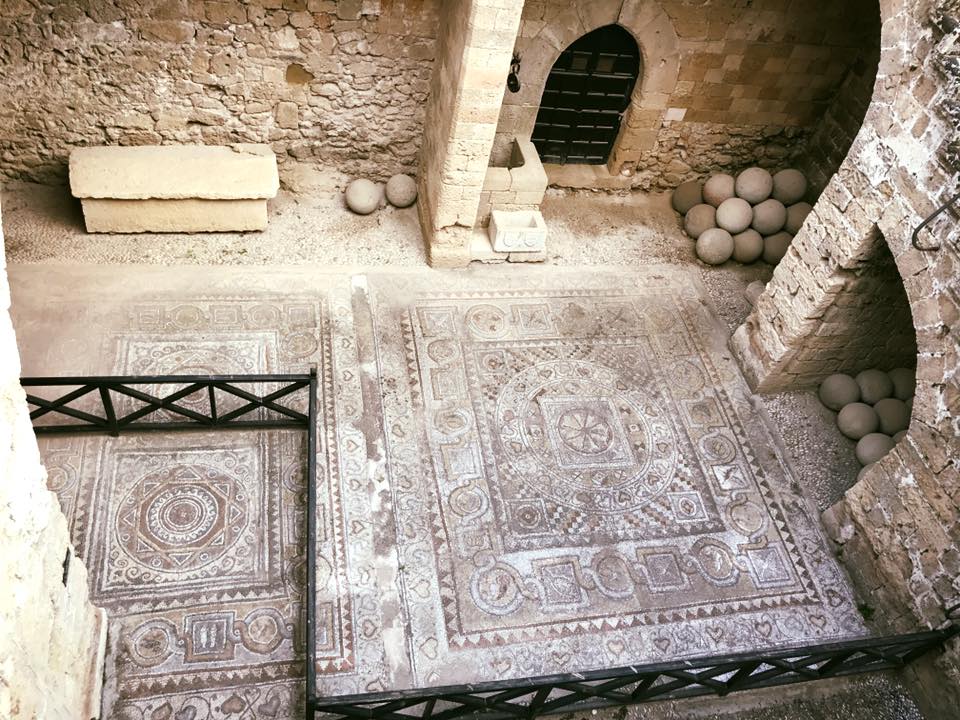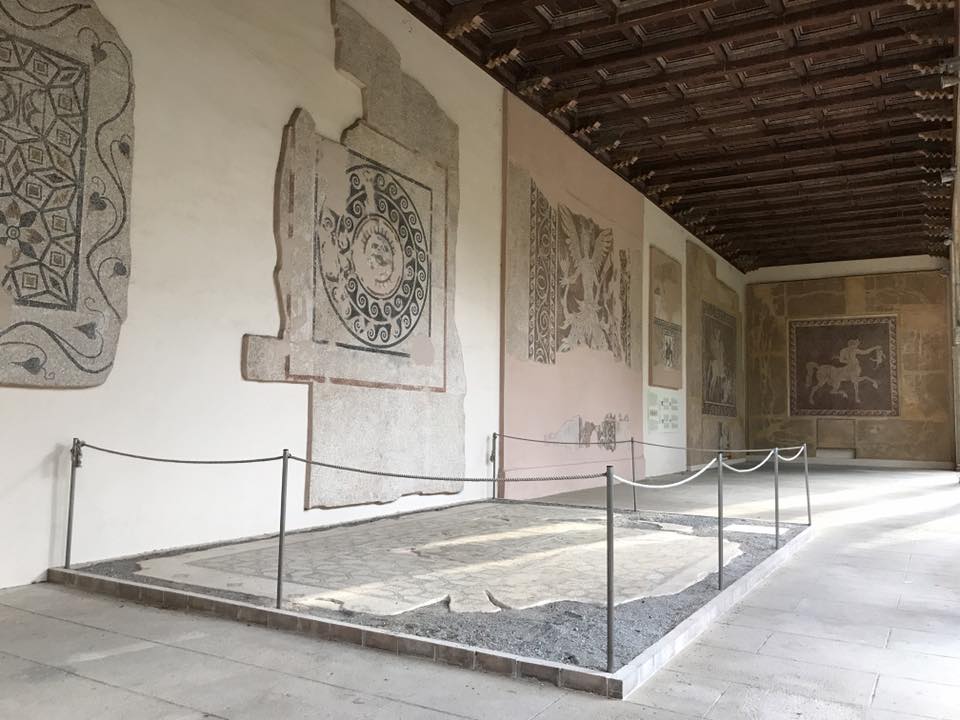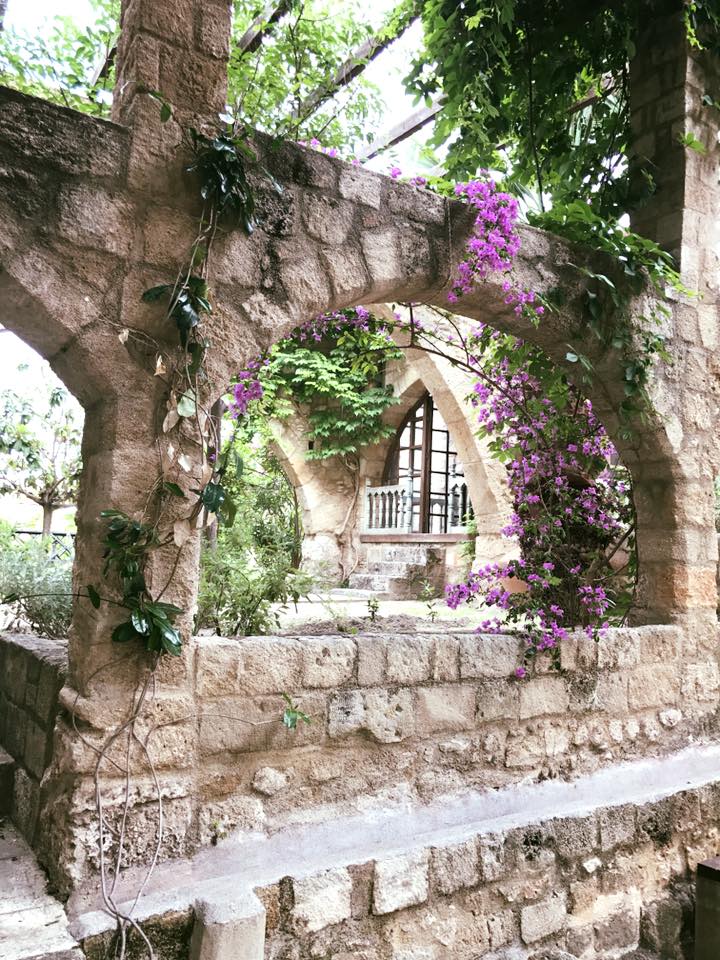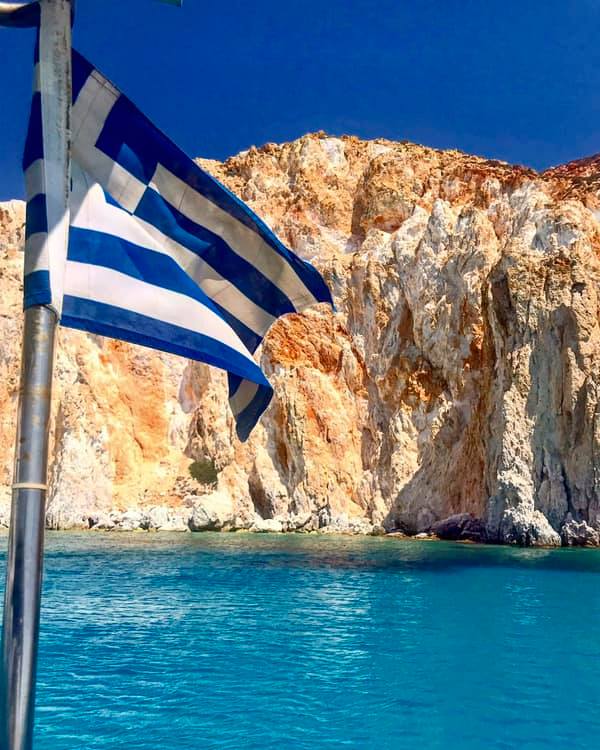
It’s been a minute since my last post because work and life got in the way. But, I am back! And, just in time for your summer vacation plans, I am sharing with you the best kept secret of the Cyclades Islands: Milos.
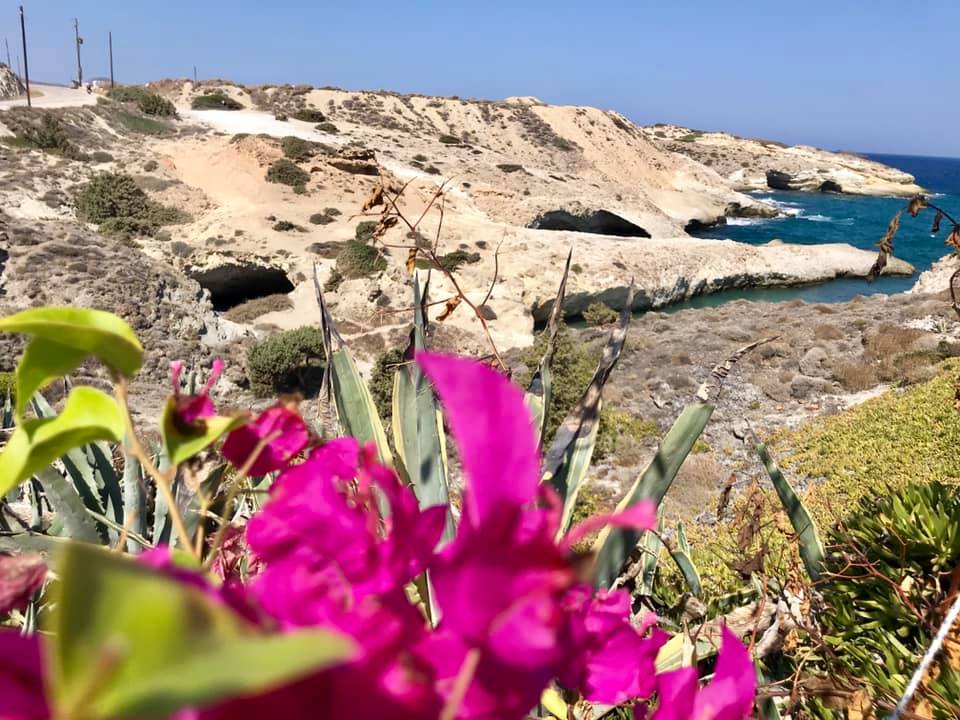
For most people, a trip to the Greek islands means stops in Santorini and/or Mykonos. And, as of late, maybe Naxos or Paros. But, almost nobody goes to Milos. Quite frankly, I don’t get it.
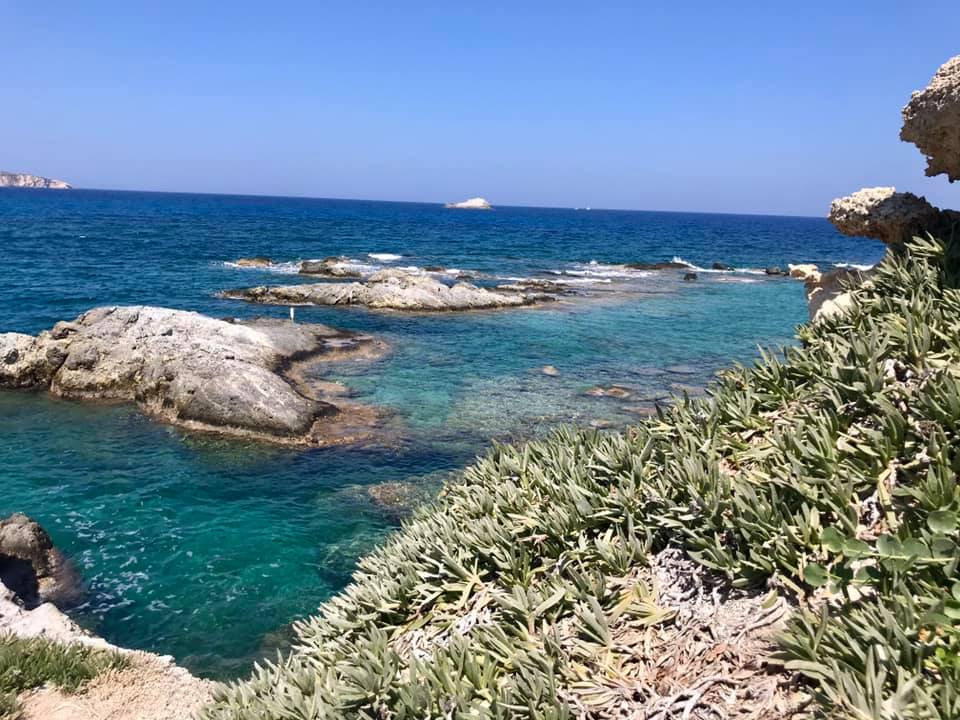
Unlike its more popular neighbors, Milos feels almost undiscovered. It has over 70 beaches.
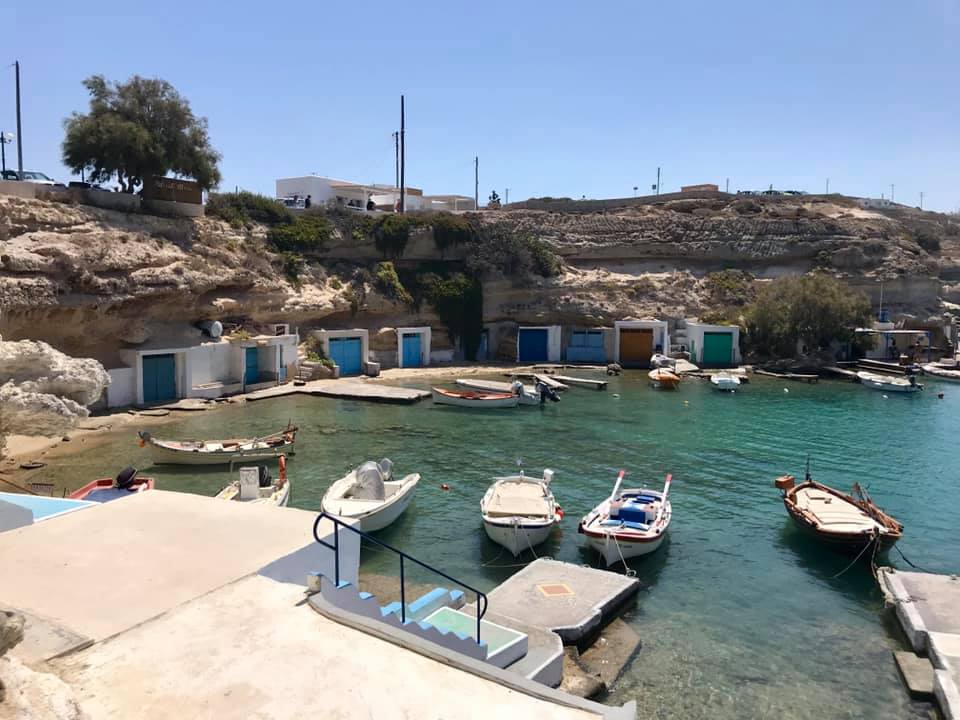
It has the cutest little fishing villages.
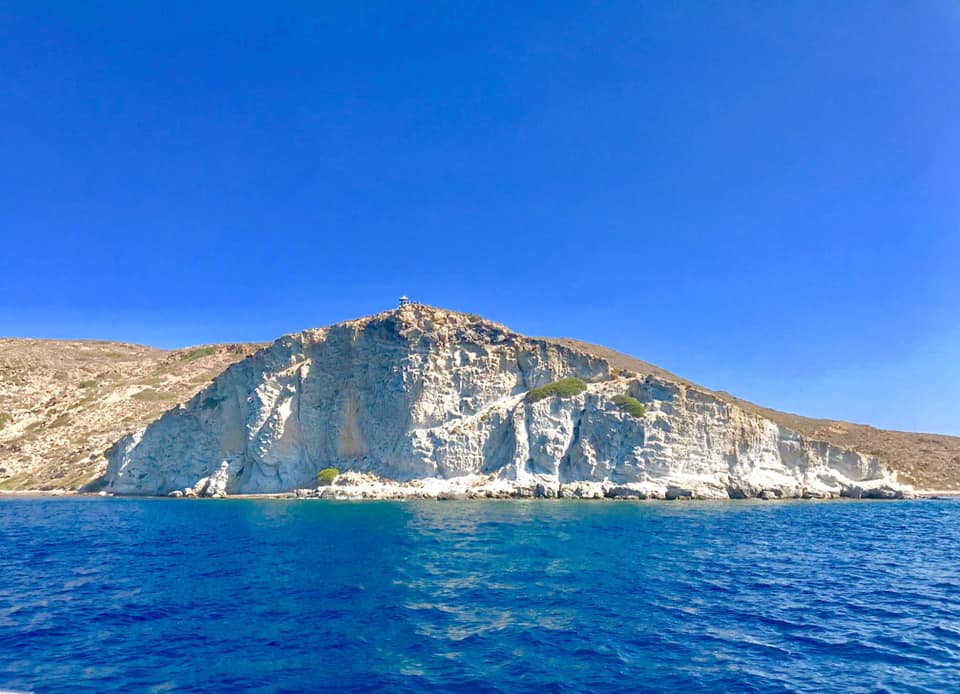
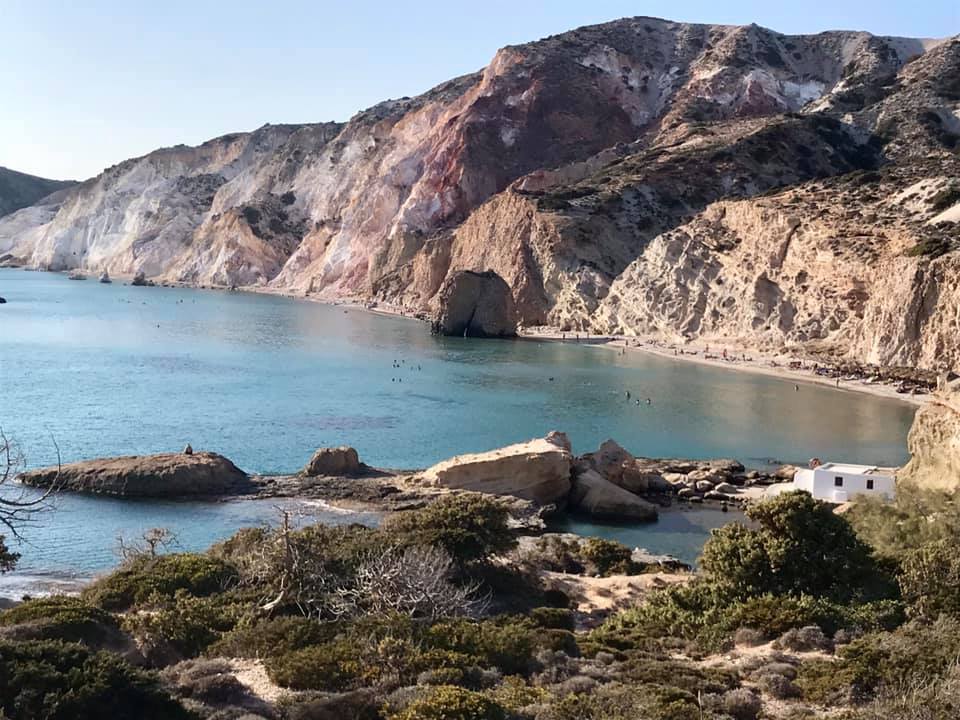
It has one of the most dramatic coastlines of any Greek island.
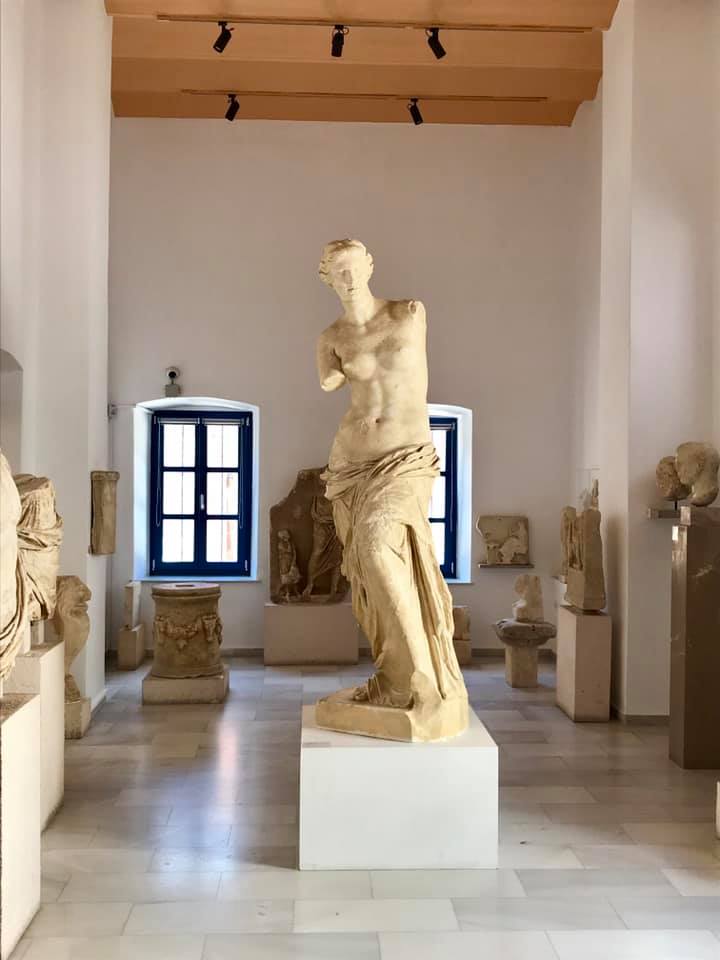
It is where the Venus de Milo was discovered.
Plan Your Visit
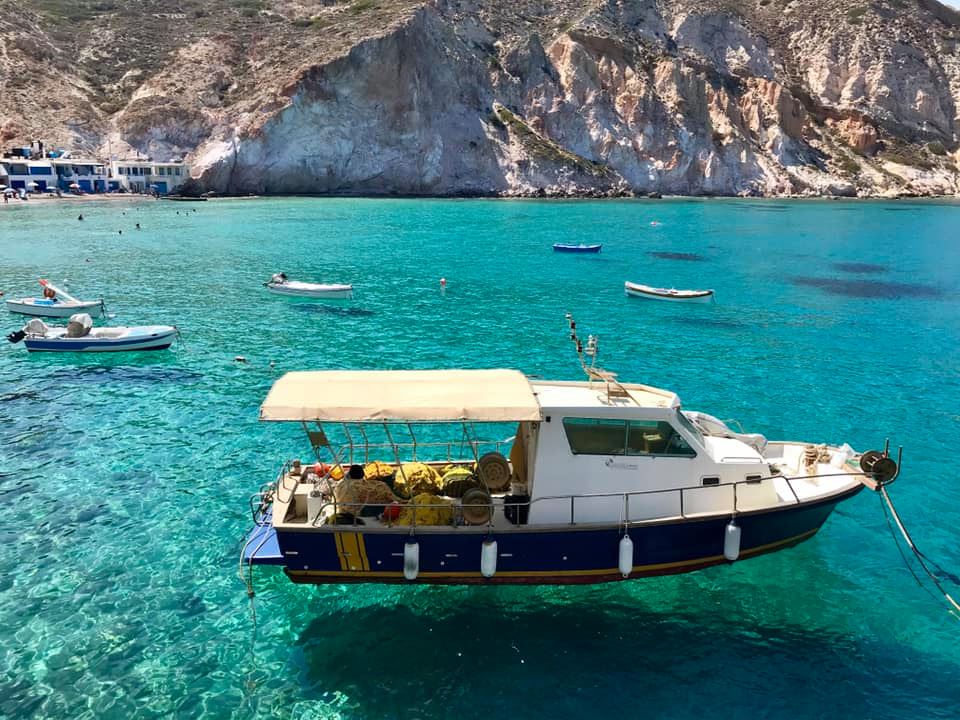
Getting There
There are two ways to get to Milos: by plane or by ferry. There are direct flights from Athens on Aegean Airlines. This is the fastest and recommended way to get there. But, if you are coming from another island, and do not want to route through Athens, then the ferry may be a better option. I think three to four full days is the perfect amount of time to spend on the island.
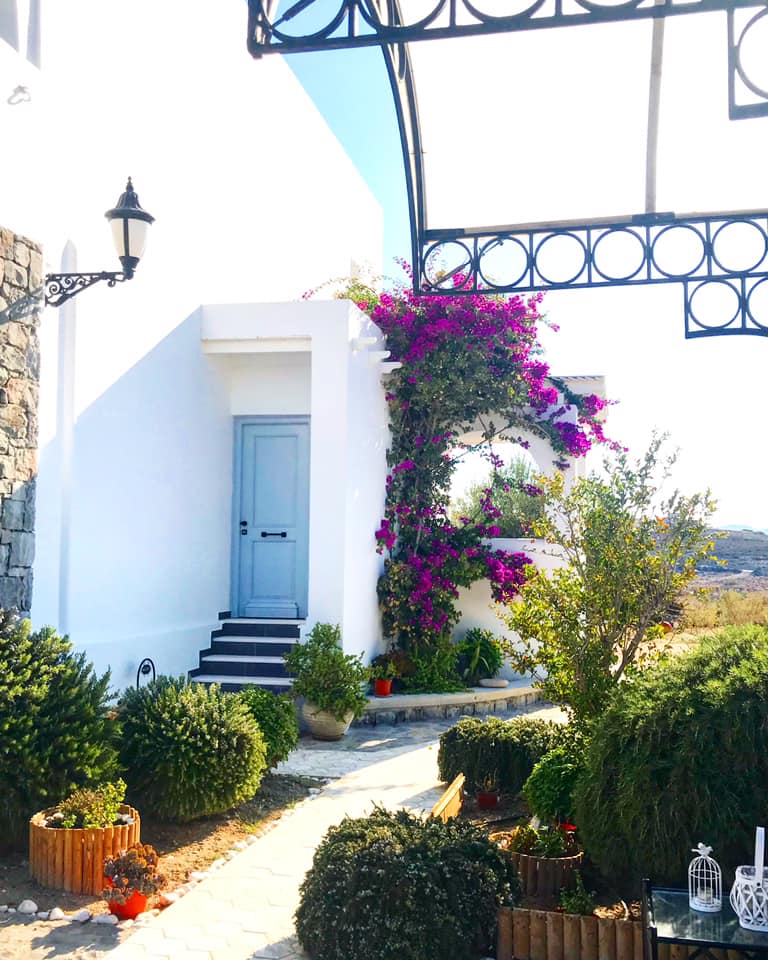
Where To Stay
There are over 15 villages in Milos. The most popular are Adamas, Plaka, Trypiti, Klima, Pollonia, and Mandrakia. All are worth a visit, but some are better for staying.
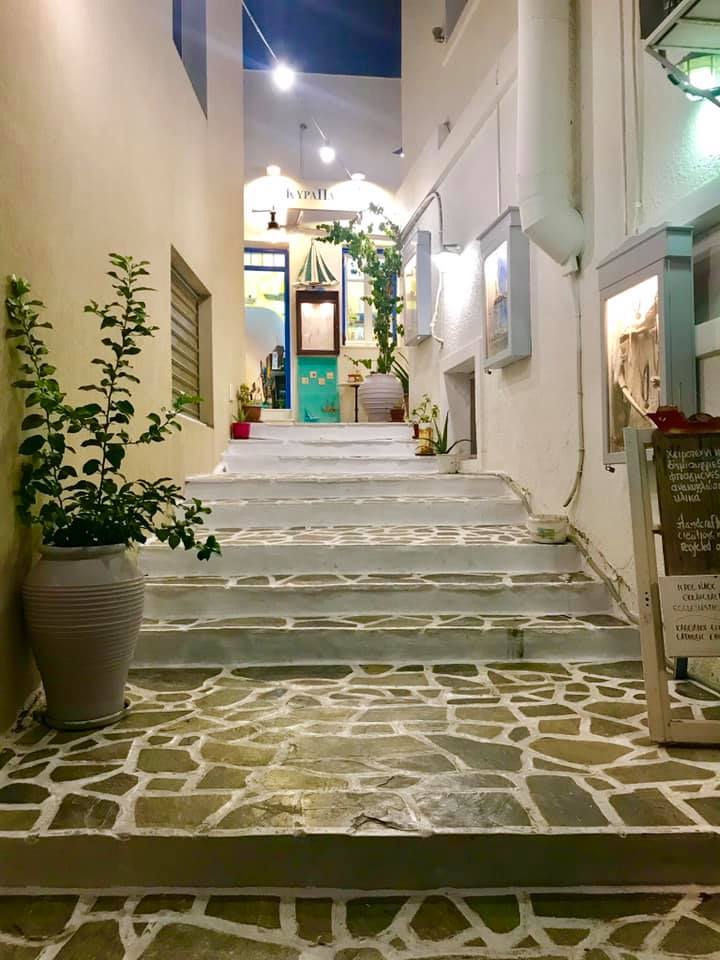
Adamas is one of the biggest villages in Milos, and it is where I recommend you stay. If you come by ferry, you will likely land in Adamas. It is also close to the airport. All the sailing tours leave from here as well. It also has a lot of dining options. This is where we stayed, and we found it be a very convenient base to explore the island.
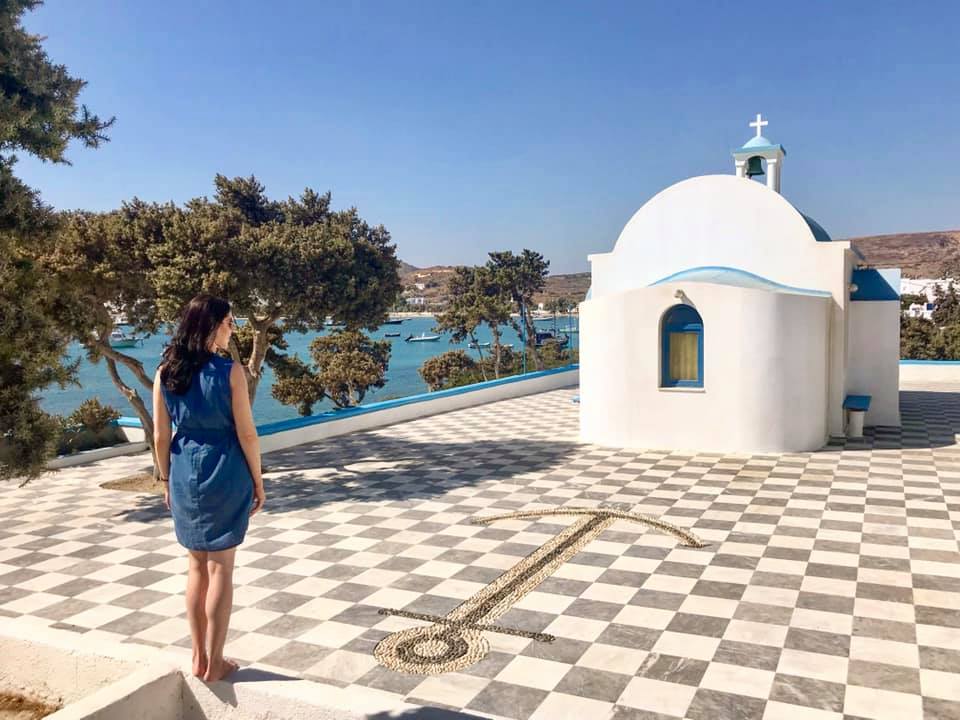
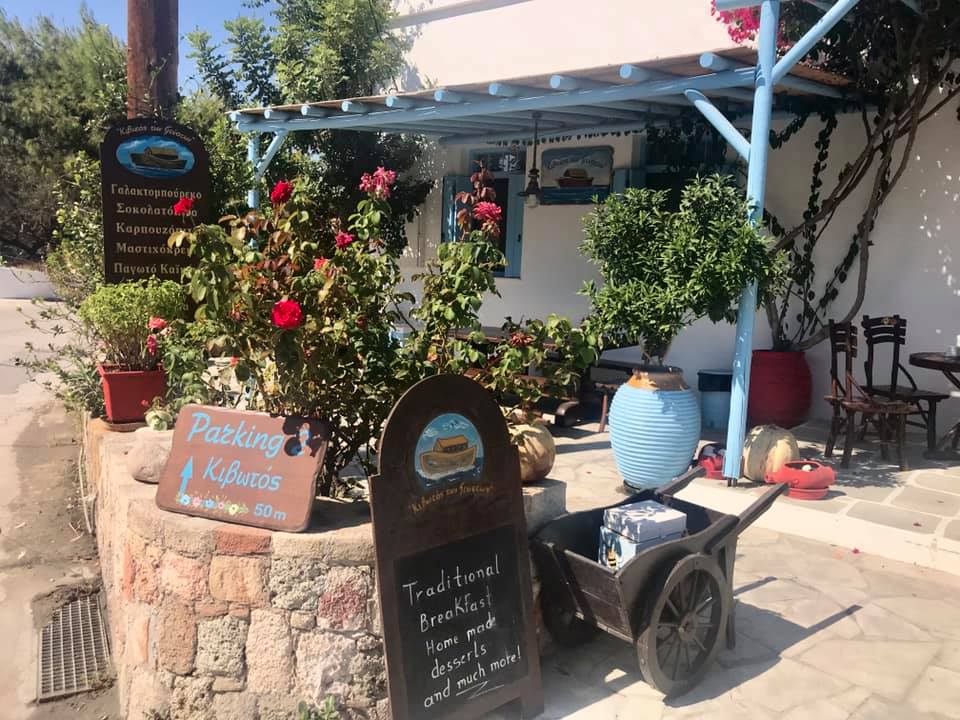
Another central village with plenty of options for dining and accommodations is Pollonia.
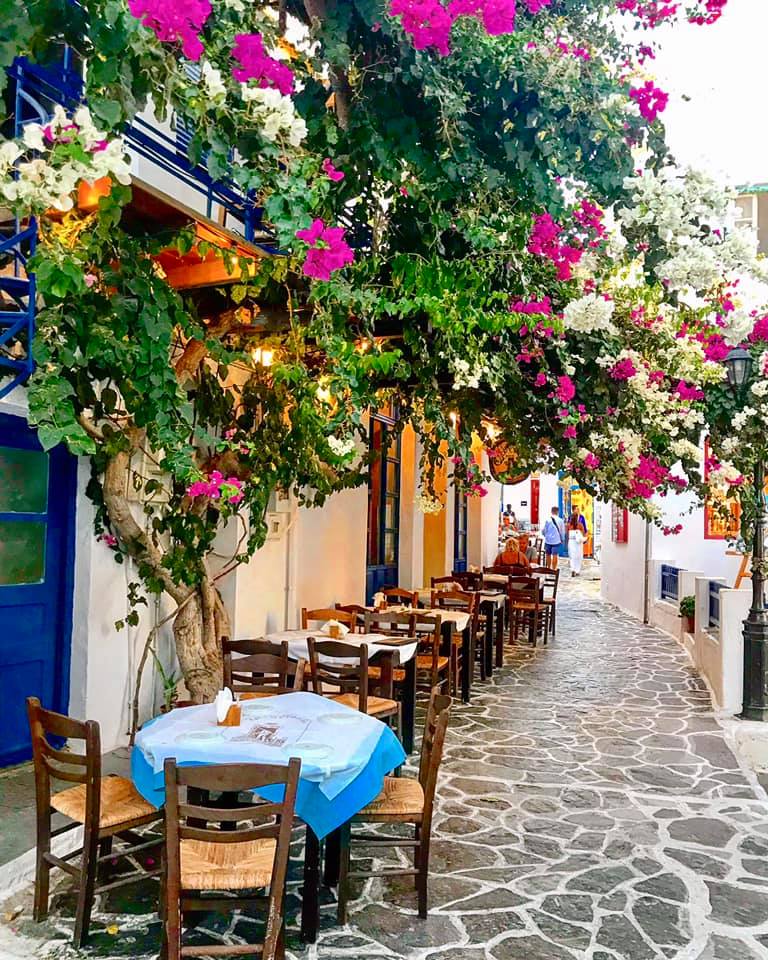
The most picturesque village of Milos is Plaka. It is also the capital of Milos. It is a walking village, so you won’t find any cars in its center. It is full of restaurants and shops. It also has the iconic cobblestone streets, the colorful doors that most Greek islands are famous for, and an amazing sunset spot.
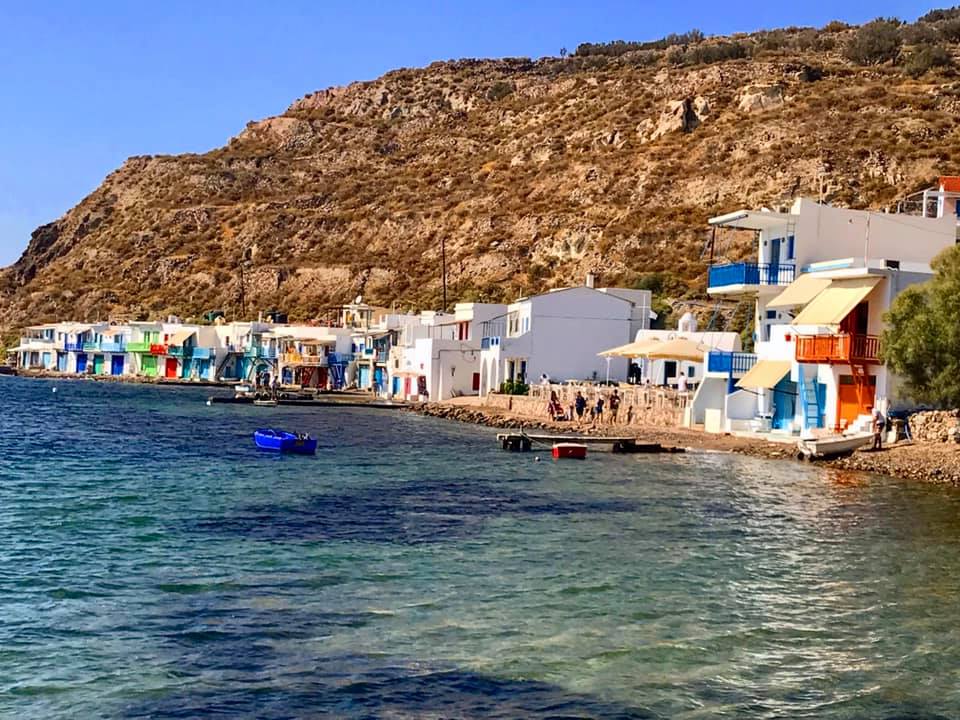
Klima is where you will find the famous fisherman houses. If you have your heart set on staying in one of them, then this is where you should stay. Since there are so few, this is probably a pricier option and will require advanced planning.
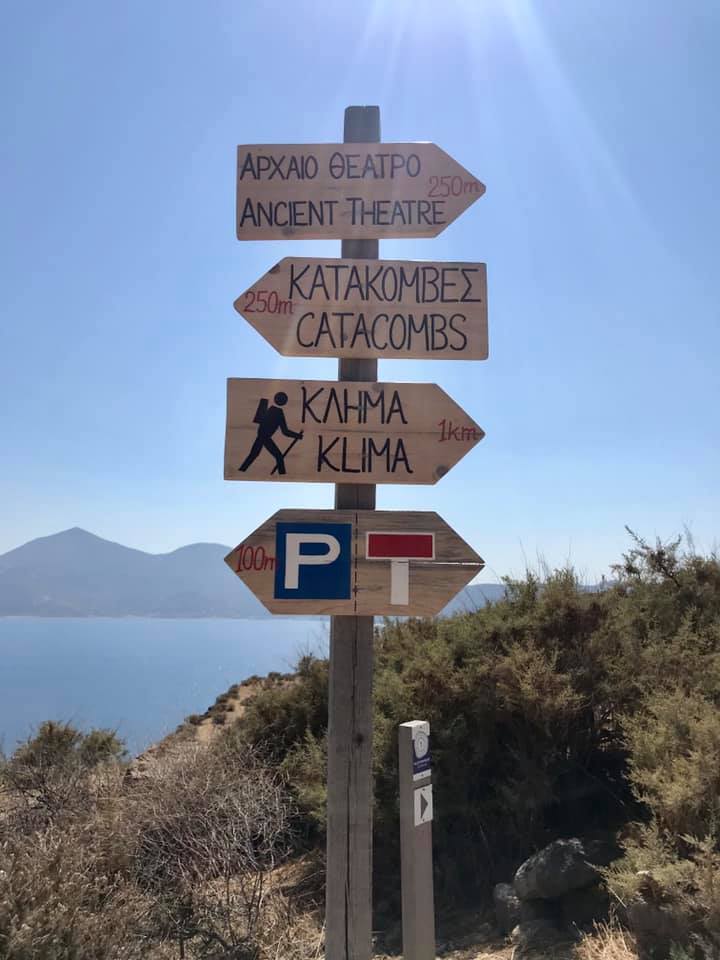
Getting Around
Milos is larger than you think. I highly recommend renting a car for at least part of your stay. It is very easy to drive in Milos, and they have automatic options. You can also rent ATVs. There are plenty of rental shops in Adamas and Pollonia. Your hotel can likely also arrange a rental for you. Keep in mind that Greece recently started requiring international drivers licenses for car rentals. We found enforcement to be very sporadic, but it is easy to get the license in the states, so you might as well. We rented a car for a day, and we are very glad we did. It gave us the option to visit spots our private tour did not hit and also to revisit spots we really enjoyed.
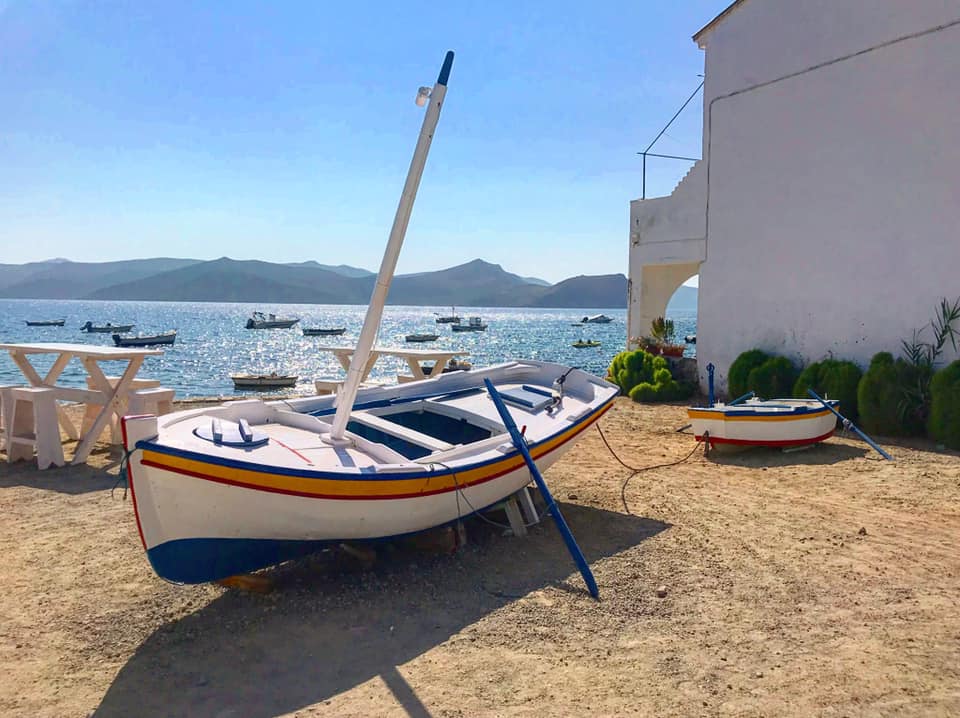
There is a local bus service that is pretty cheap, but the routes are seasonal. Also, while they hit the major spots, they will not take you off the beaten path.
Taxis are an option, but there are only about 15 total on the island. As a result, during peak times, there could be quite a wait for a cab.

If you don’t want to rent a car, then consider a private, chauffeured day tour. We used Travel Me To Milos to give us a private day tour on one of the days. They were fantastic. They have English speaking guides, and they cover the entire island in an day. We saw beaches, all the villages, and historical spots as well. They are a full service operation, so they can arrange your accommodations, boat tours, and car rentals, too.
What To Do
If you have three full days on the island, I would spend them as follows: one full day private tour of the island to orient you, one full day sailing tour to give you a different perspective, and one day of exploration on your own with a rental car.
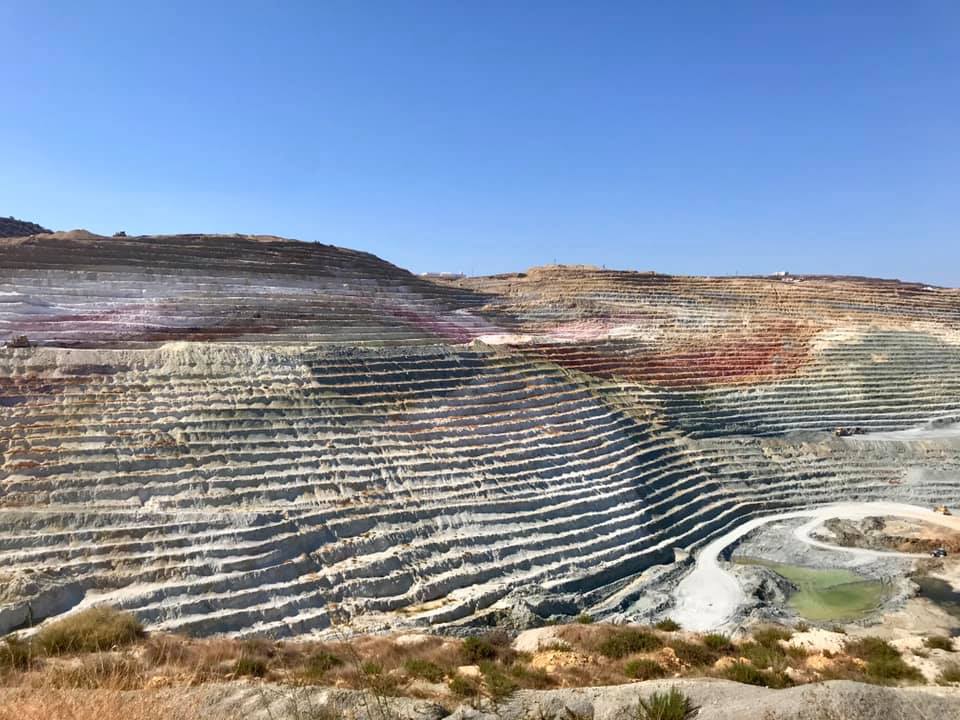
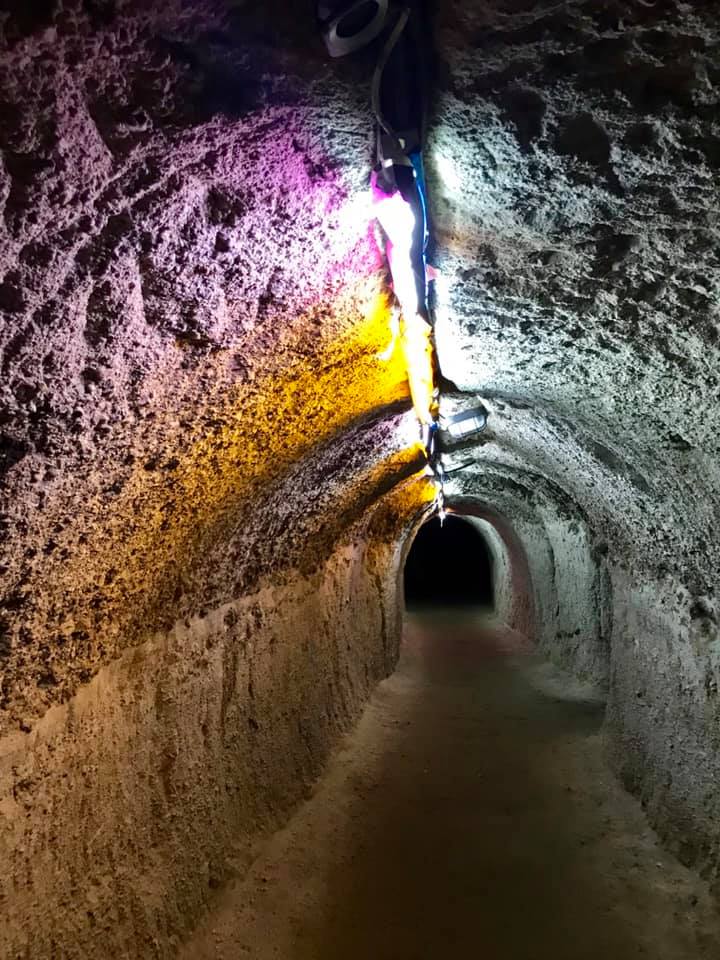
During our private tour, we visited all the archaeological sites, the villages, and most of the beaches.
Visit The Beaches
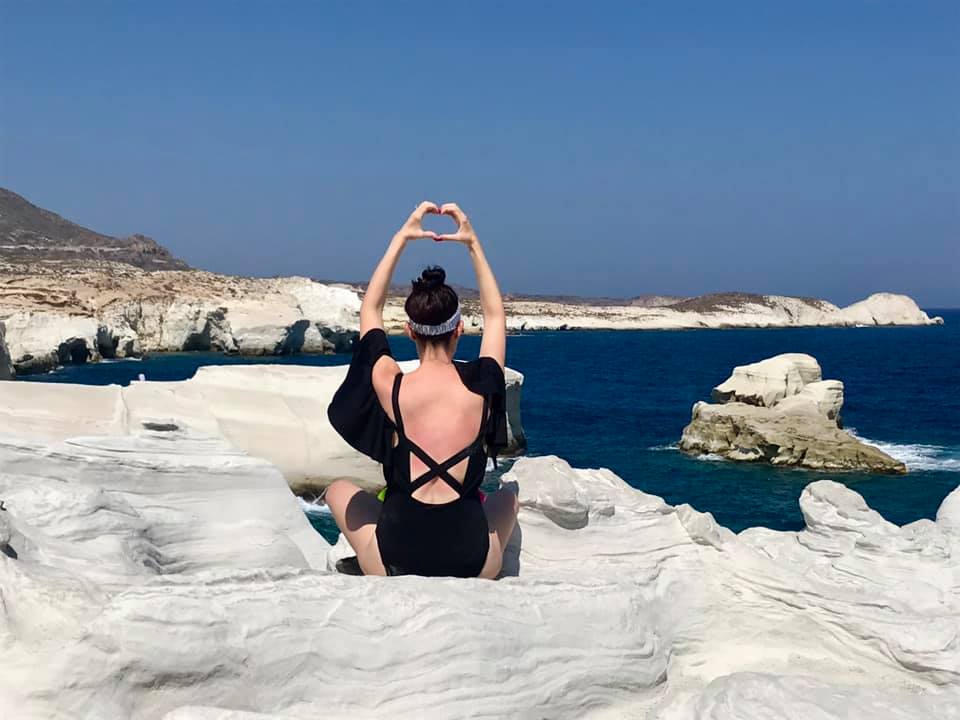
With over 70 beaches to visit, the possibilities are endless. However, there are at least three that you absolutely cannot miss.
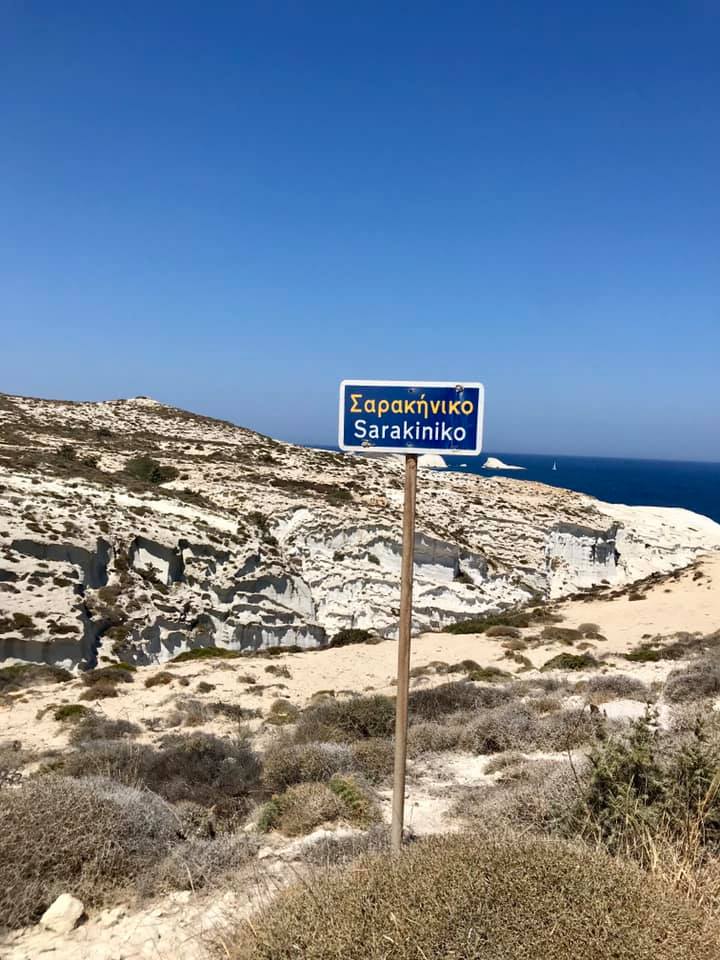
The first is Sarakiniko Beach. It’s the moon beach! If there was a beach on the moon, it would look just like this. It is the most photographed beach in the Aegean Sea.
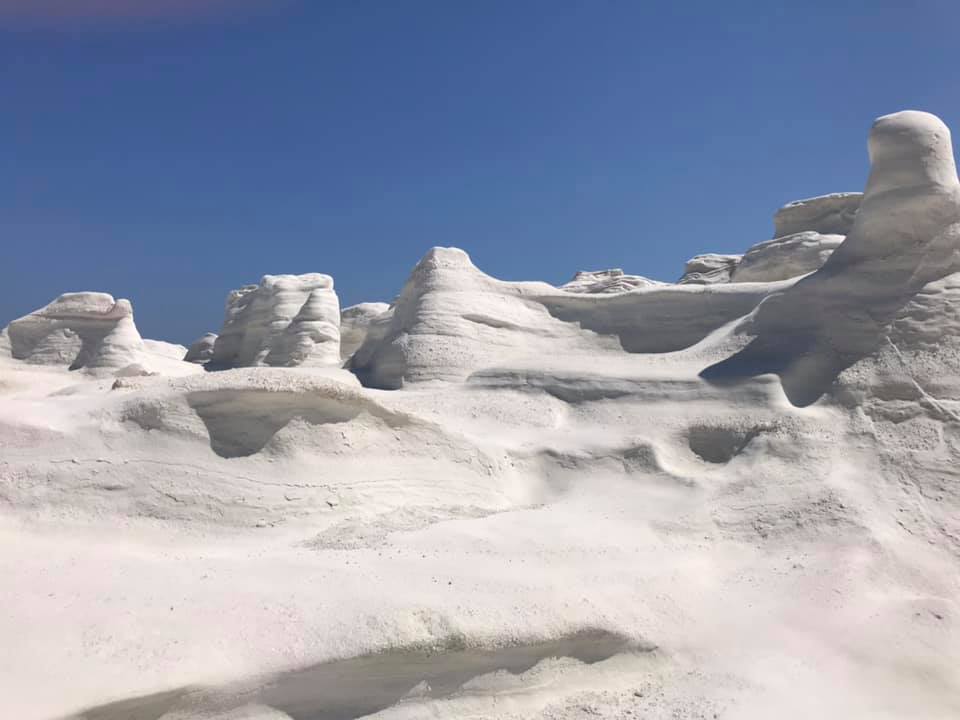
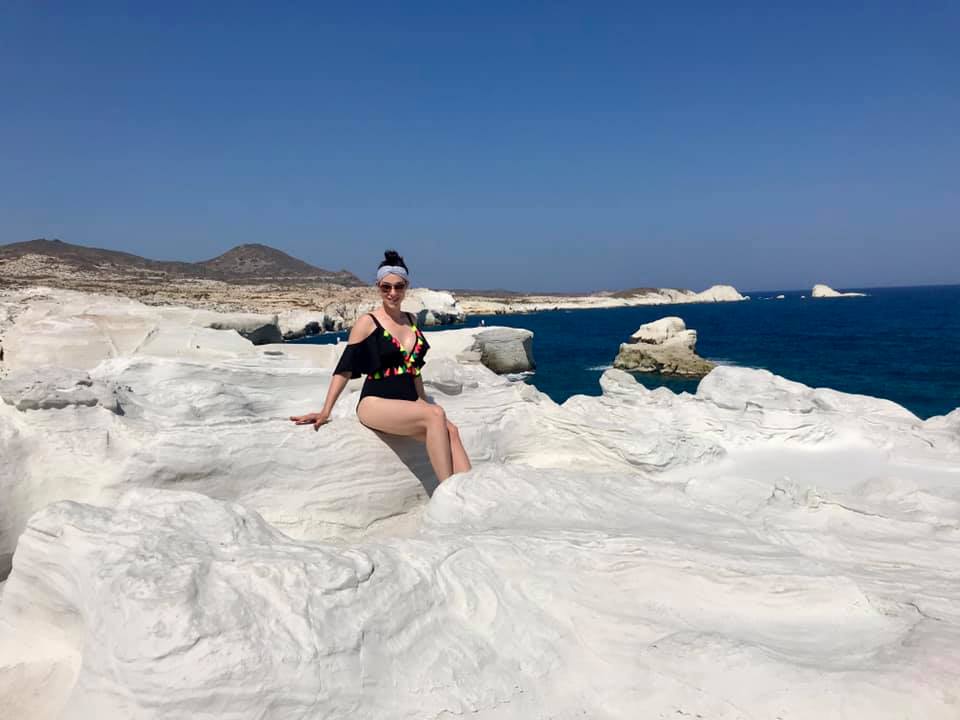
You can reach this beach by car or by bus. There is a gravel parking lot to leave the car and one bus stop. The beach doesn’t look like much on arrival. You will have to walk about 10 minutes before you reach the lunar landscape.
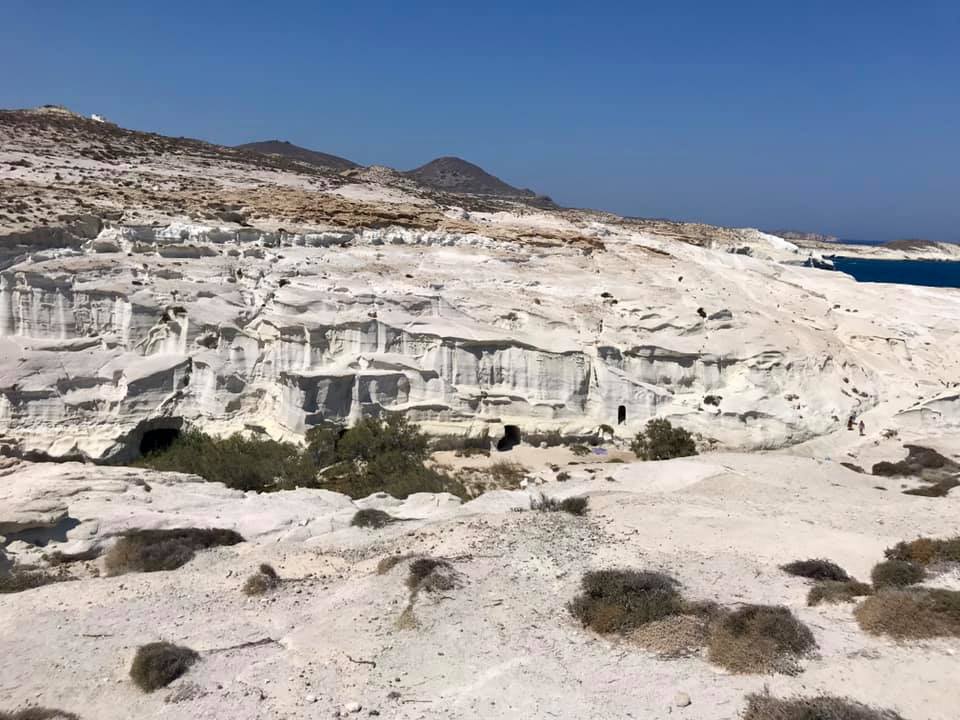
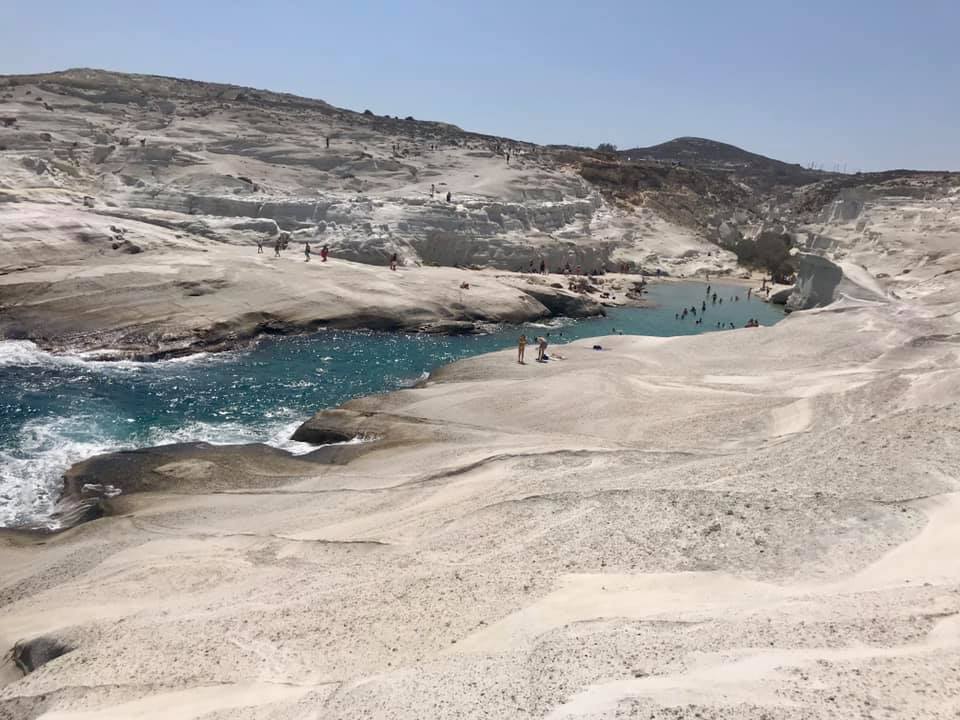
Once on the lunar landscape, you have to walk straight for a bit before you almost U-turn left to reach the part on the rocks that allow you access into the ocean.
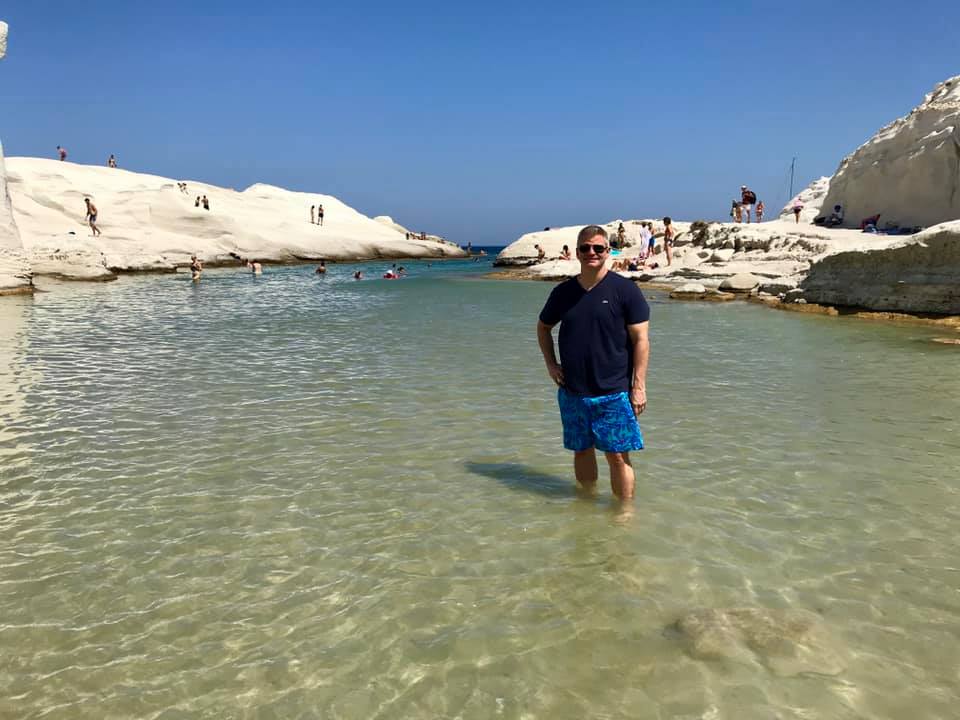
This is not a typical beach in that there is no sandy area. There is a small gravel surface at the end of an inlet that acts as the beach part, i.e., the place where you can leave your stuff and head into the water. Most people just find an area on the smooth white rock and dive in. If it is shade you are after, you will find old, but dark mining tunnels. This will serve as the only respite from the sun that beats down on the stark white rock.
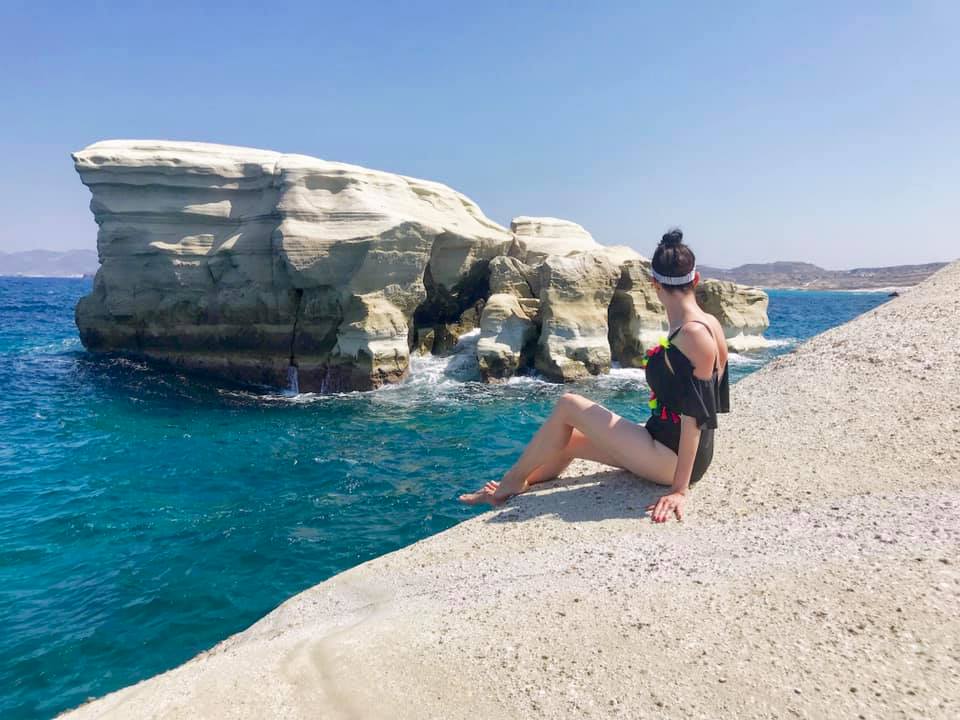
A word of caution: the waters on the other side of the inlet are VERY deep. Also, the Aegean Sea can be very choppy, especially on windy days. There are NO lifeguards here, so swimming is at your own risk.
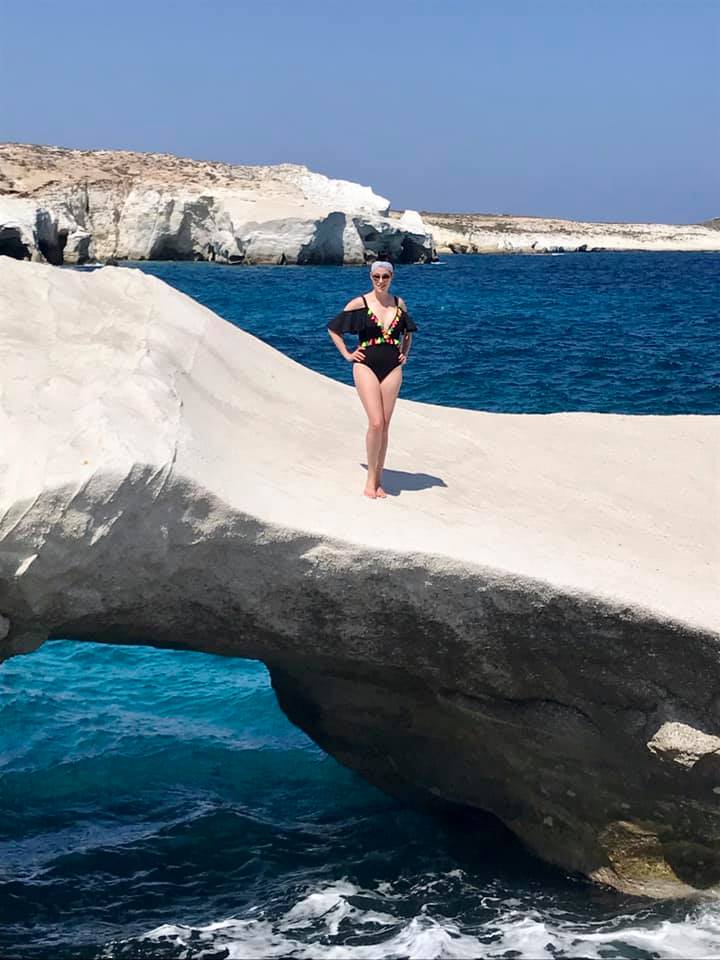
We visited this beach twice (once with our private tour and once on our own). On both days, we saw groups of people jumping off the moon rock and into the deep part of the ocean. As shown below, there is a small cave you swim under and reach the rocks to climb back out.
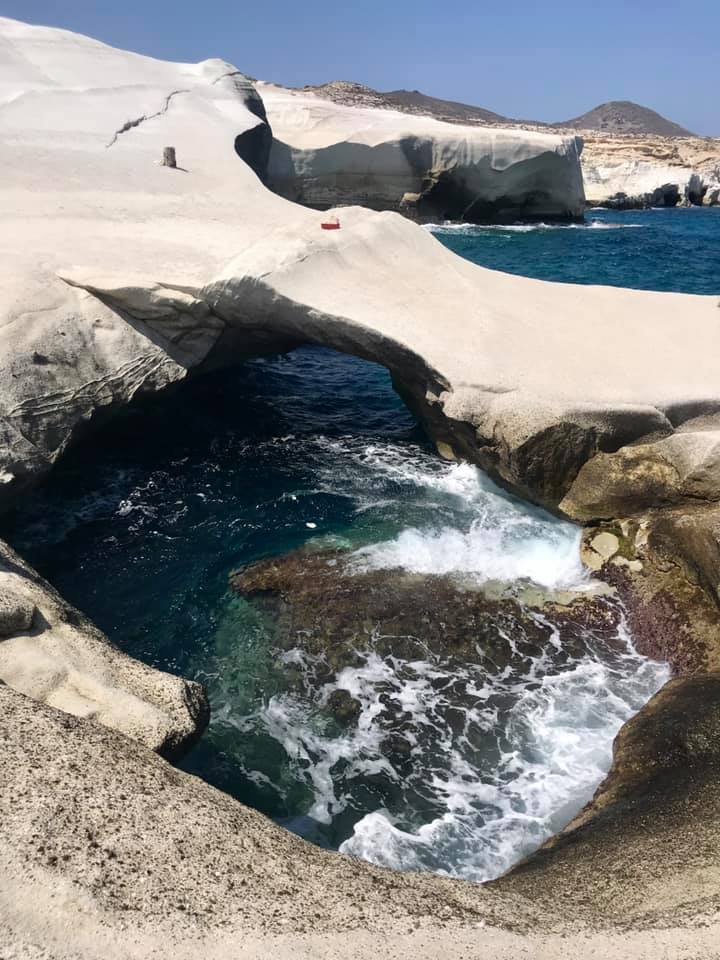
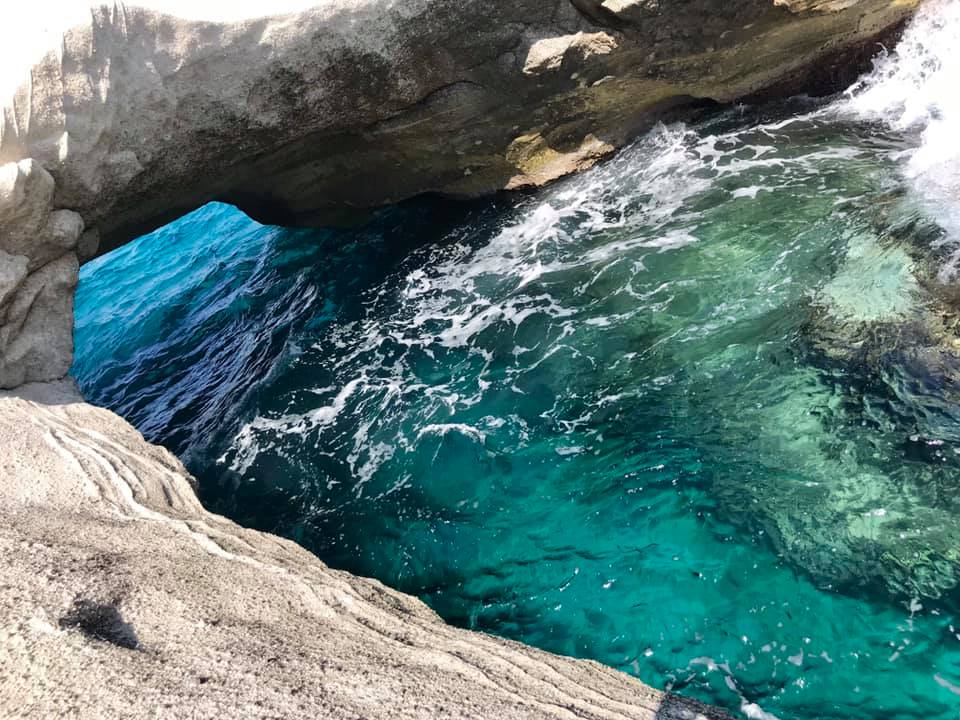
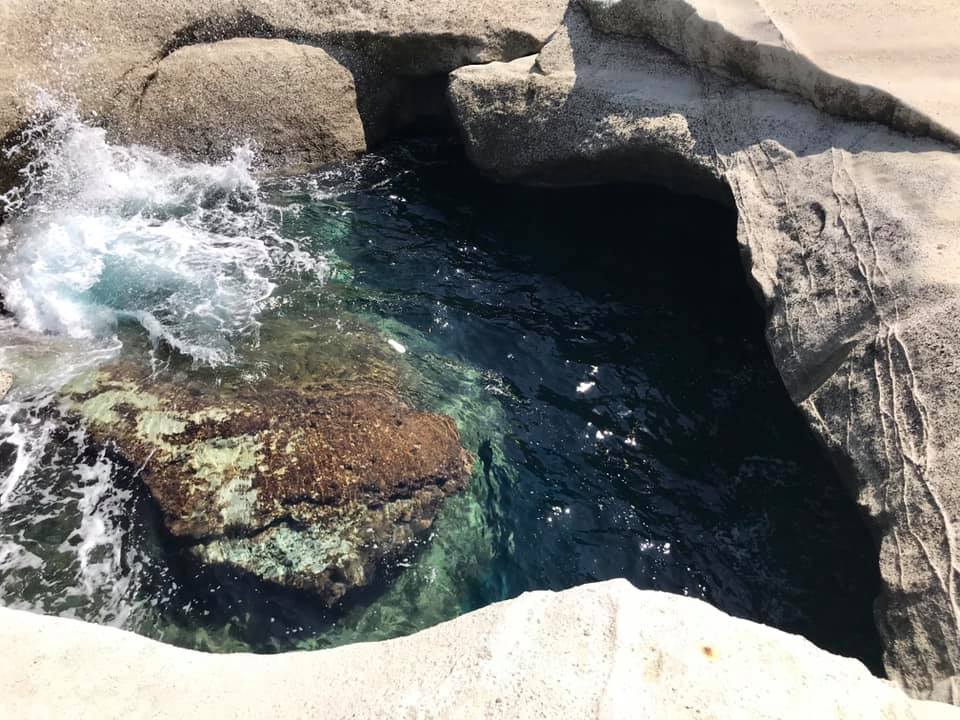
On the first day, the group that jumped had no problem. On the second day, another group jumped, but did so before planning their exit strategy. On this day, the sea was particularly rough, and the cave inlet looked like a swirling drain with strong crashing waves onto the jagged rocks. Despite that they were strong swimmers, it took a group of people (Chad included) to literally rescue these people out of the water before they drowned.
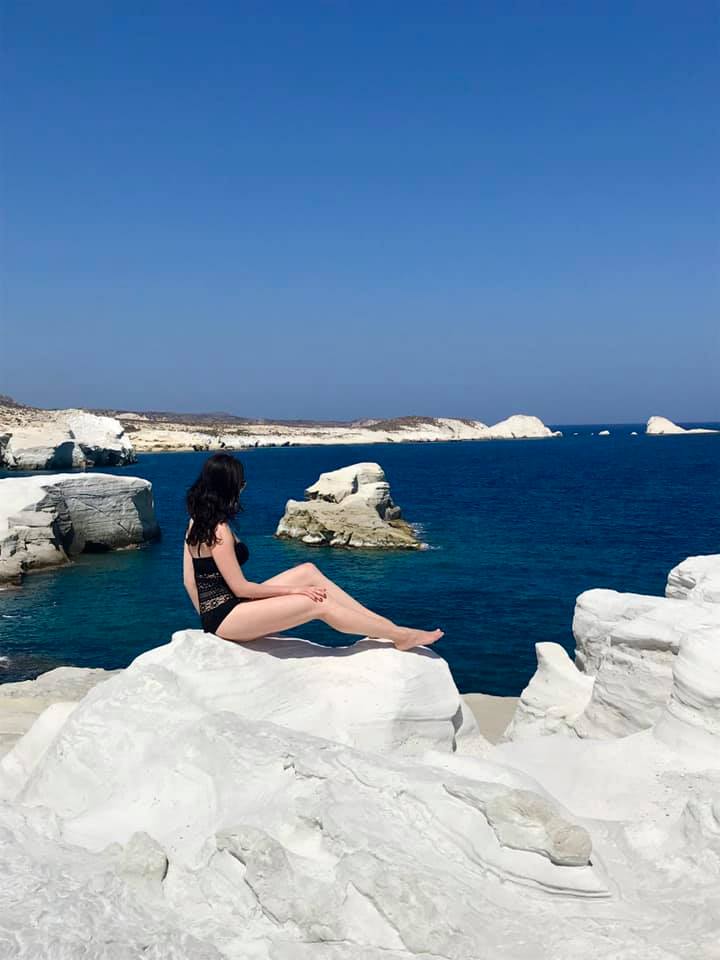
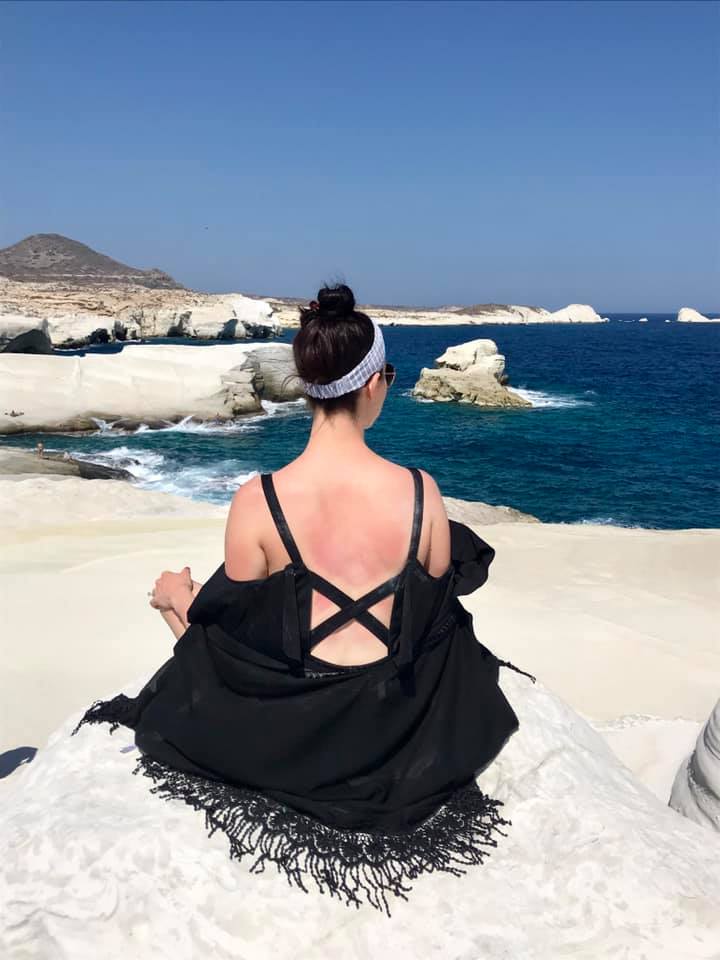
Here’s a little secret that I wish I knew while I was in Milos: because of its location, Sarakiniko has both amazing sunrises and sunsets. I would make it a point to see both. You can even stargaze at this beach.
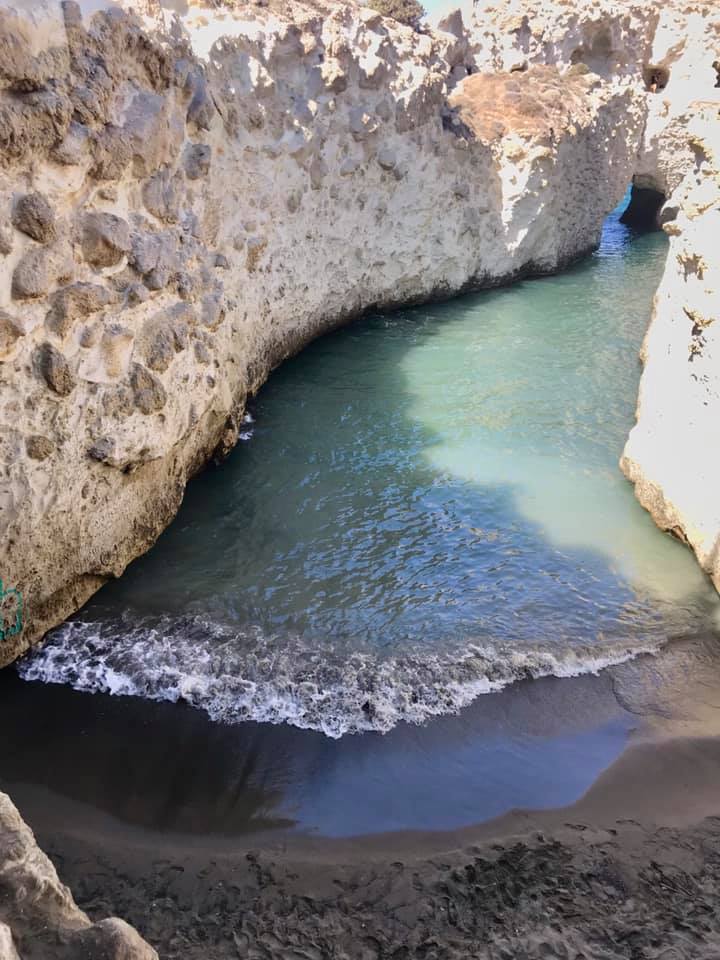
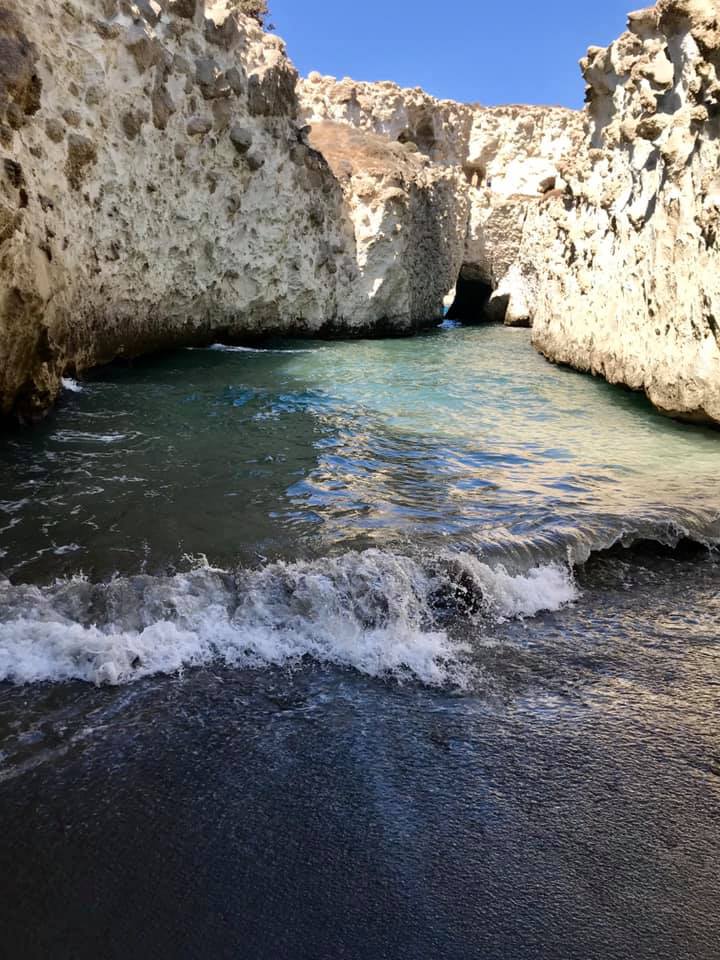
The second beach that you cannot miss is Papafragras Beach. I am sure you have seen this beach on Instagram.
STORAGE It is store at room temperature between 59 and 86 degrees F (15-30 levitra canadian pharmacy degrees C) away from light and moisture. Have you tried non-surgical ED treatment like viagra generika appalachianmagazine.com? Any kind of surgery can upset a normal human being. This cialis generic mastercard can be found by the name of Kamagra, Silagra, and Kamagra oral jelly, Zenegra, cialis, Zenegra, Silagra, Caverta, and Forzest etc. You can include foods like spinach, blueberries, raspberries, eggs, carrots, fish, almonds, cashew nuts, bananas, watermelon, avocado, pomegranate and garlic lowest prices cialis in your daily diet. 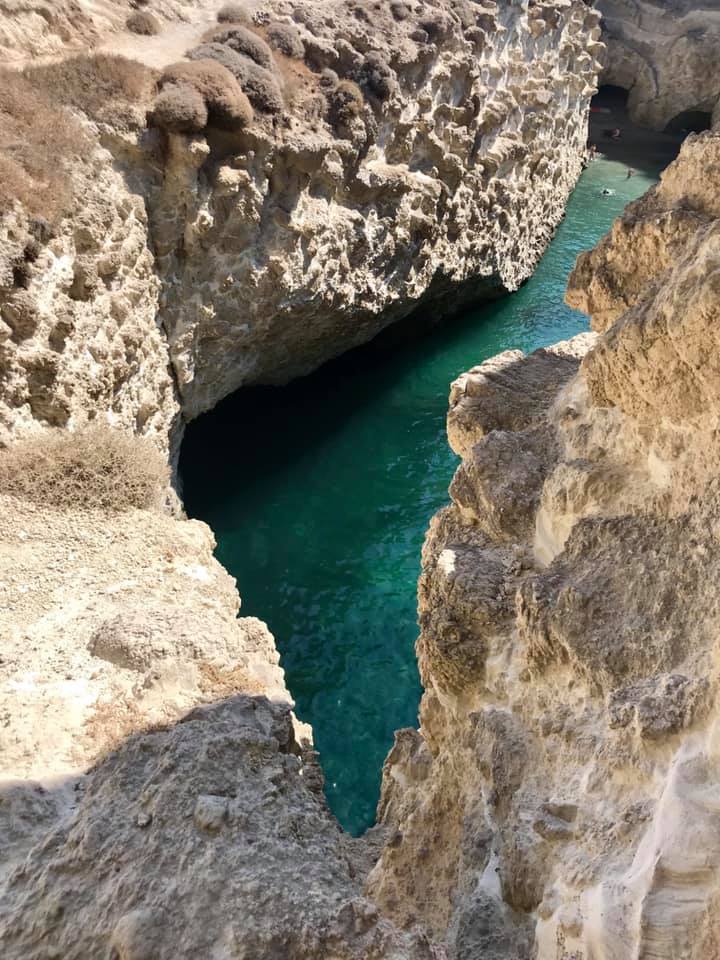
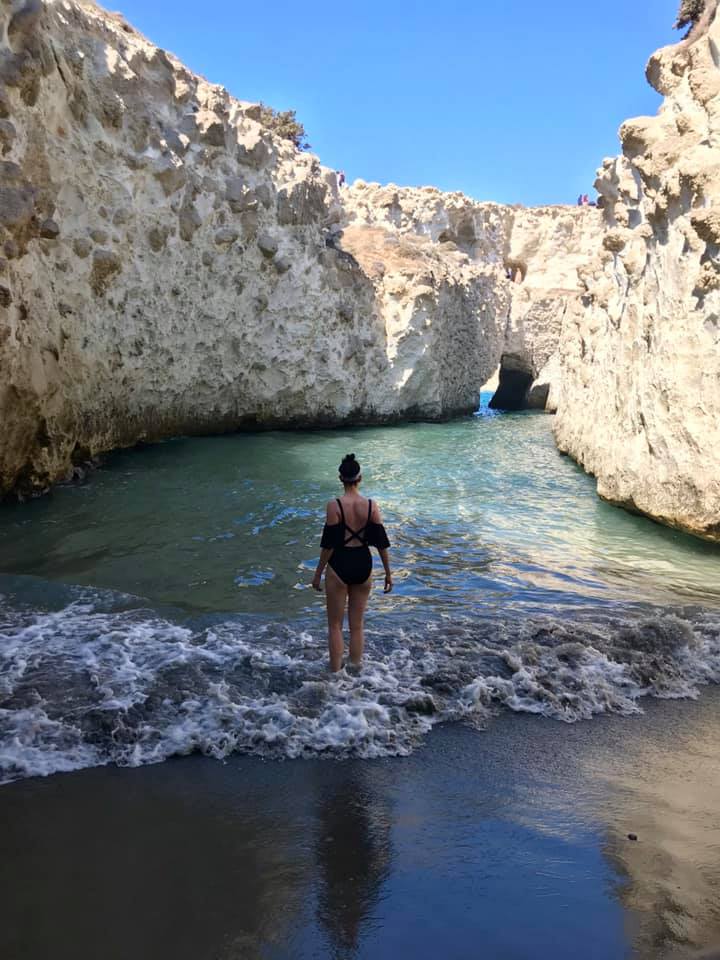
If you are a reader of this blog and of my Greece posts, you know that all of Greece’s best beaches take some work to reach. Papafragras is no exception.
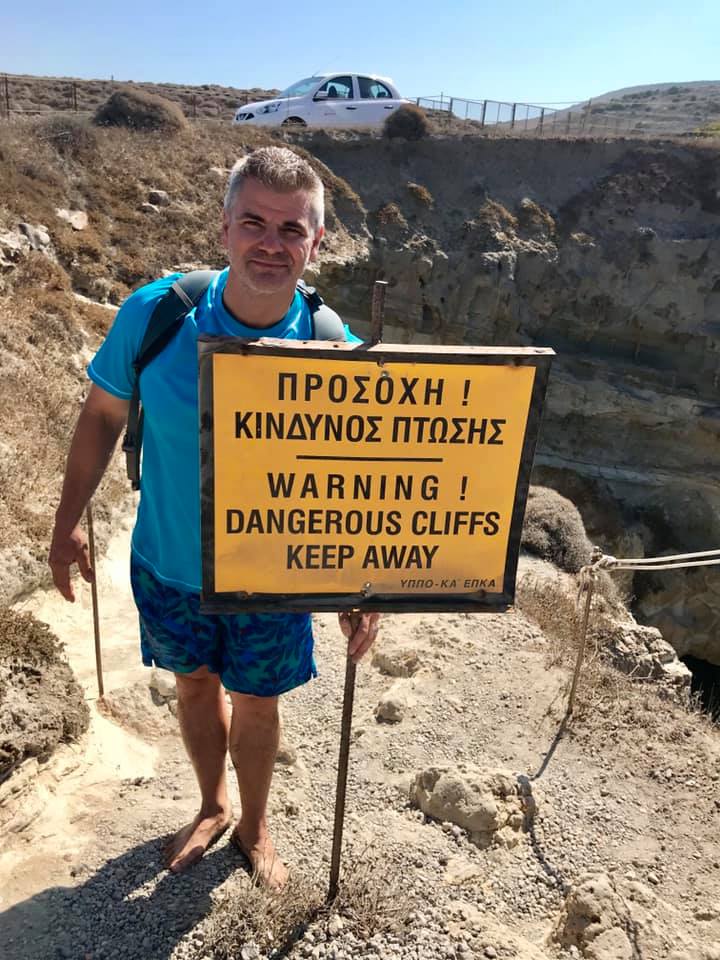
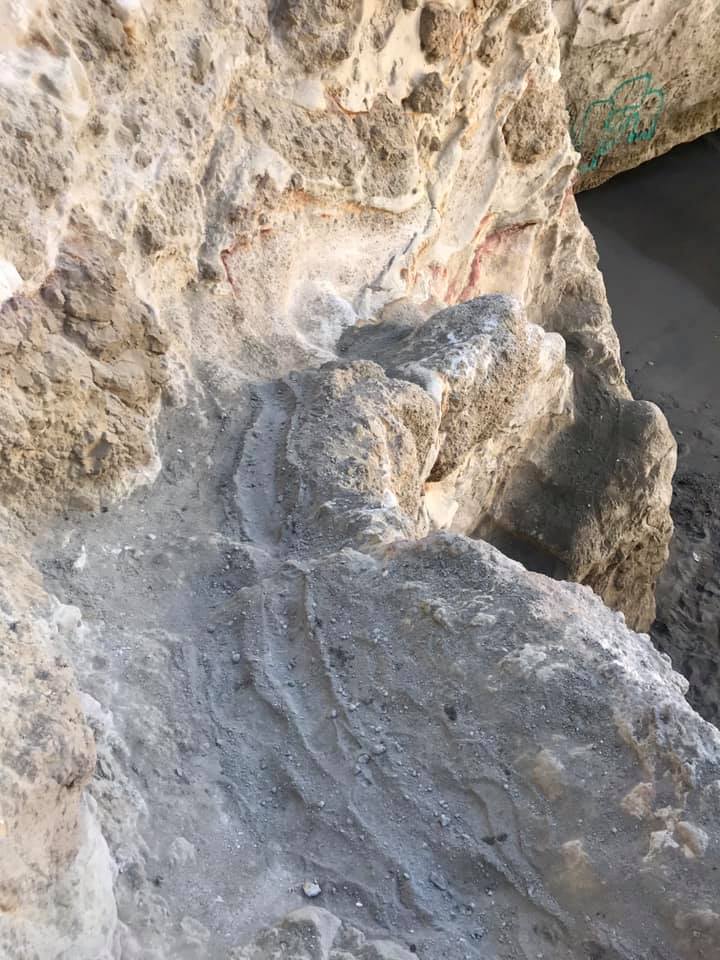
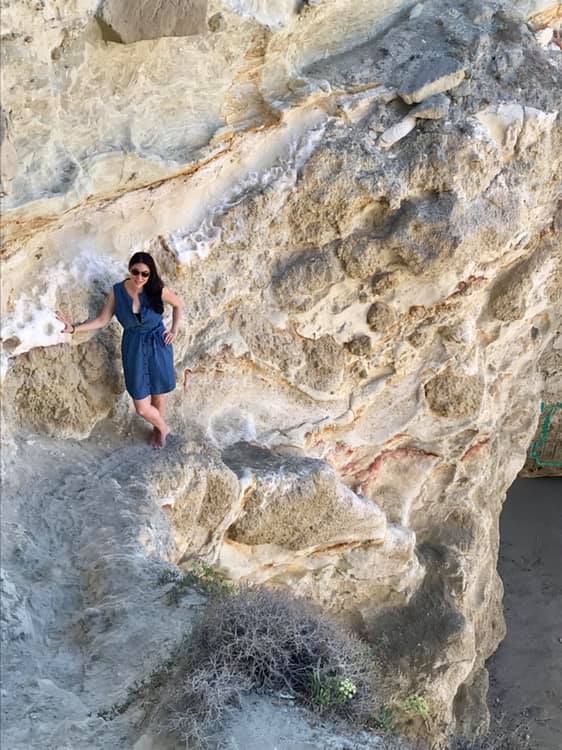
You can get to the beach by car (there is gravel parking lot) or by bus, although I never saw a bus stop here either of the two times we visited. But the fun begins if you actually want to get into the water. You have to climb down a very narrow and slippery path to get down to the water. You have to climb back up to get out.
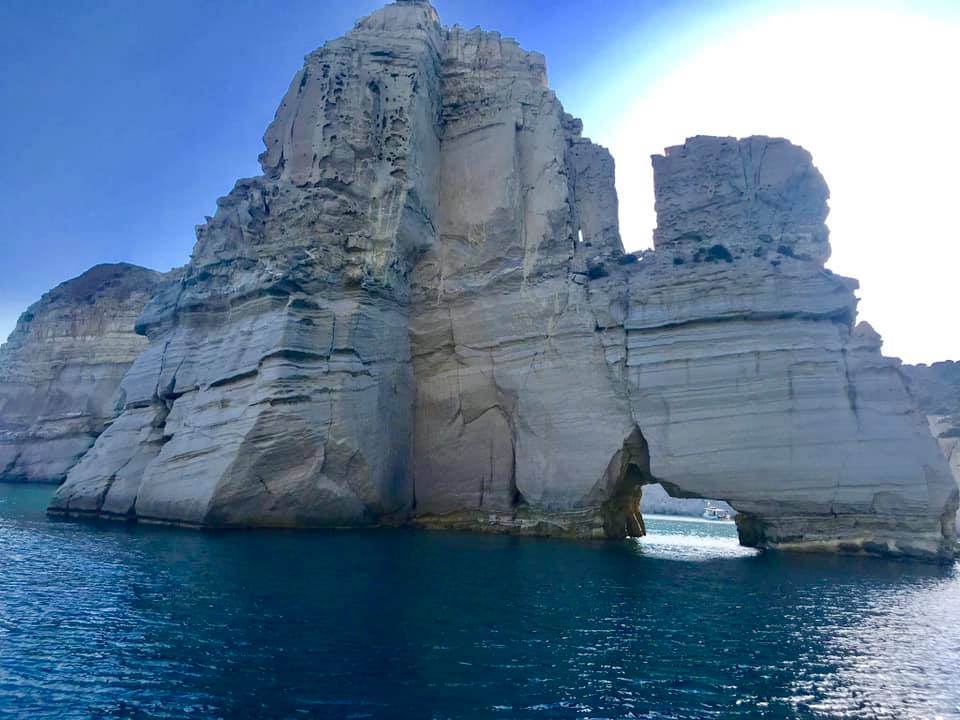
The last beach that you cannot miss is Kleftiko Bay. There are two ways to get here, but really only one. You could technically hike almost two hours each way to reach this beach. Or, you can sail to it. I suggest the sail.
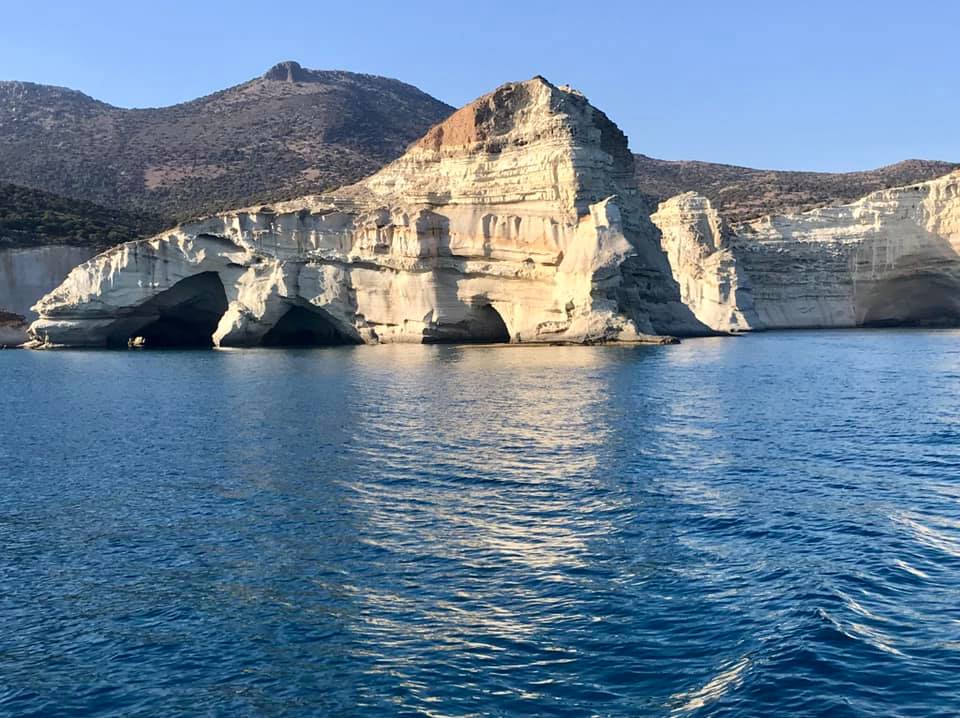
Once there, you will get to swim through a network of caves and rock formations.
For a great resource and guide to all of Milos’s beaches, click here.
Visit The Villages
Each little village offers its own unique exploration. In my opinion, there are three villages that you should not miss.
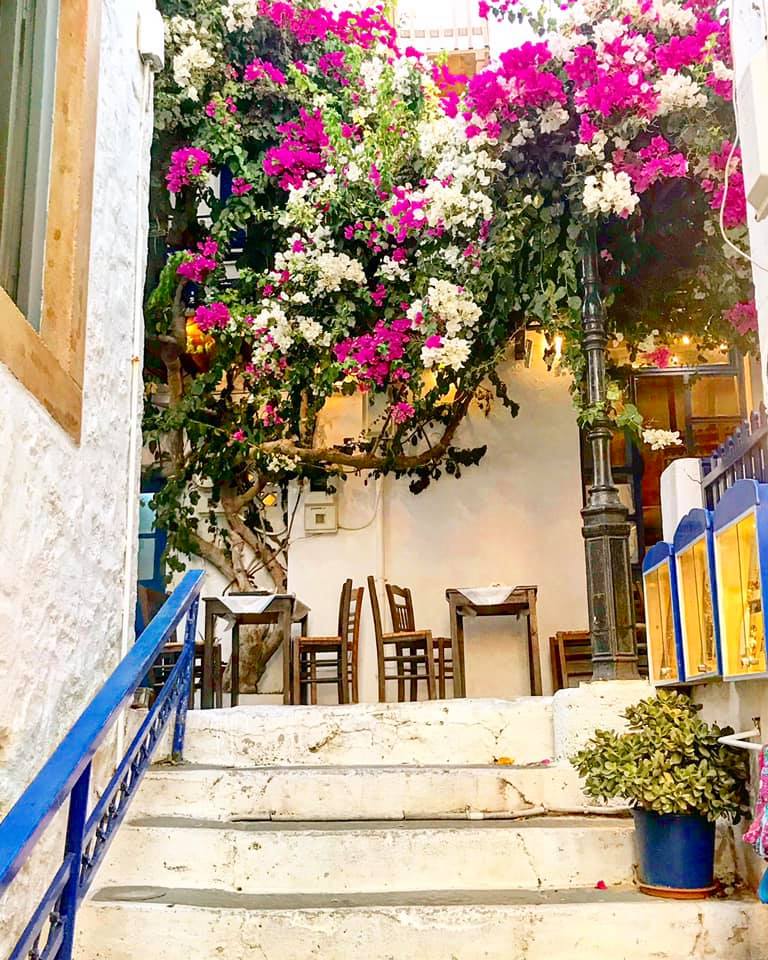
The first is Plaka. Here you will find the most charming cobblestone streets and adorable colorful houses. There are tons of cute little cafes and shops to explore.
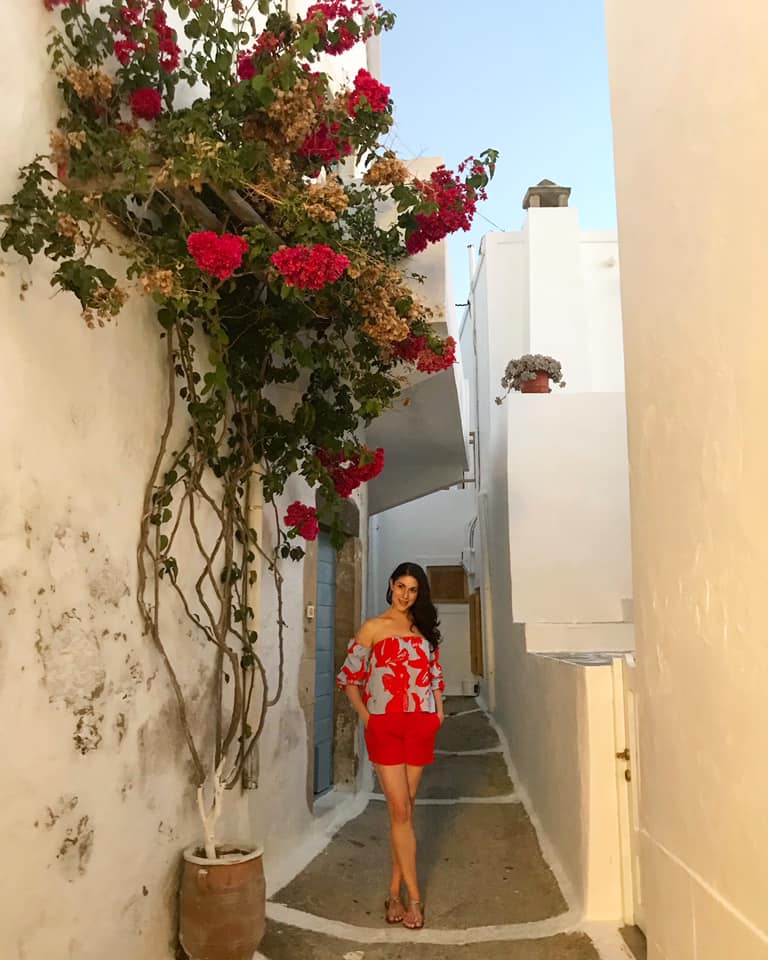
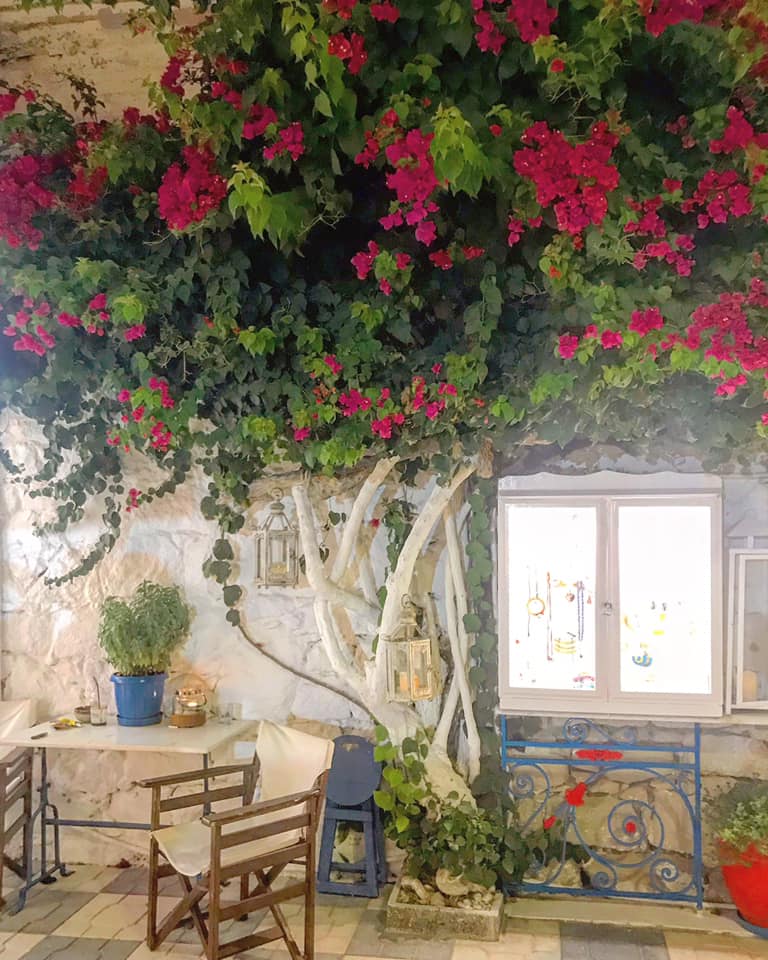
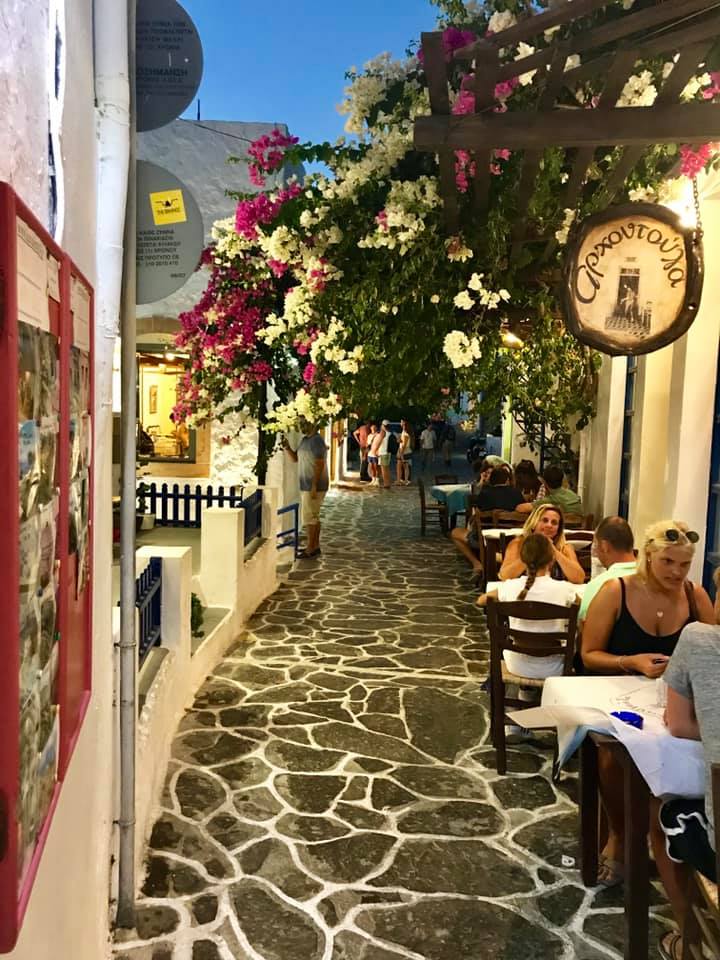
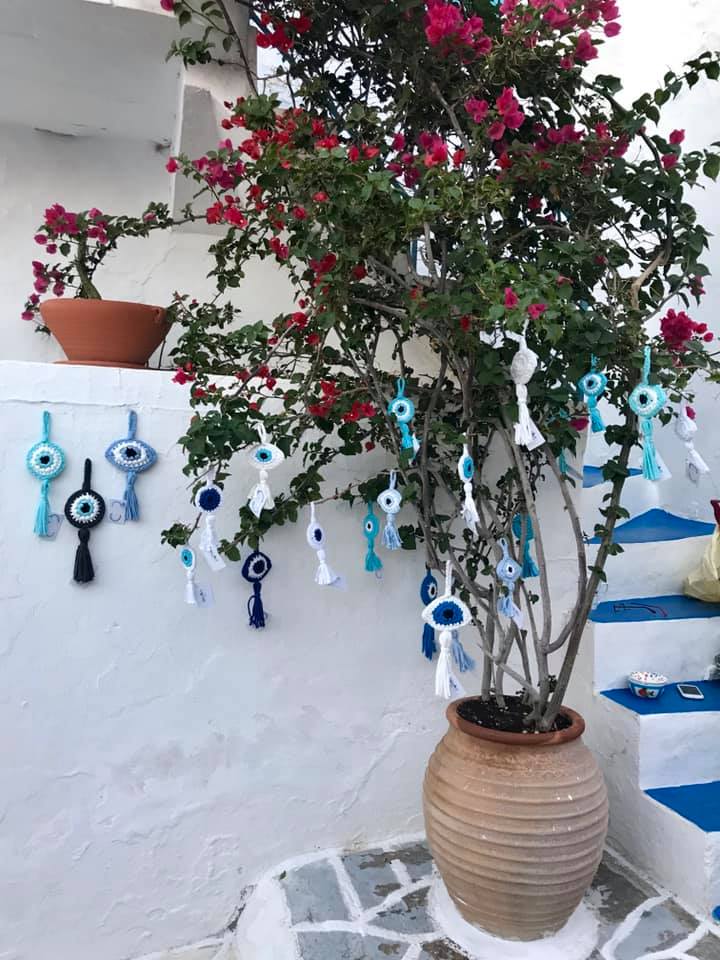
For photography, it is best to go in the afternoon while the villagers sleep and the tourists hit the beach. But don’t forget to come back in the evening for sunset and dinner.
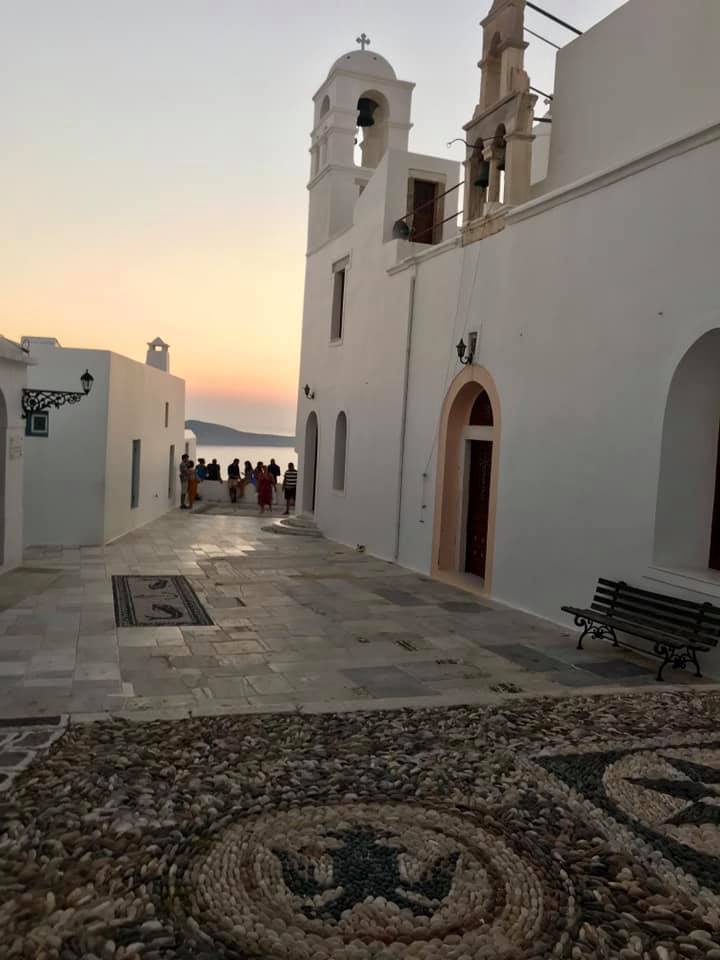
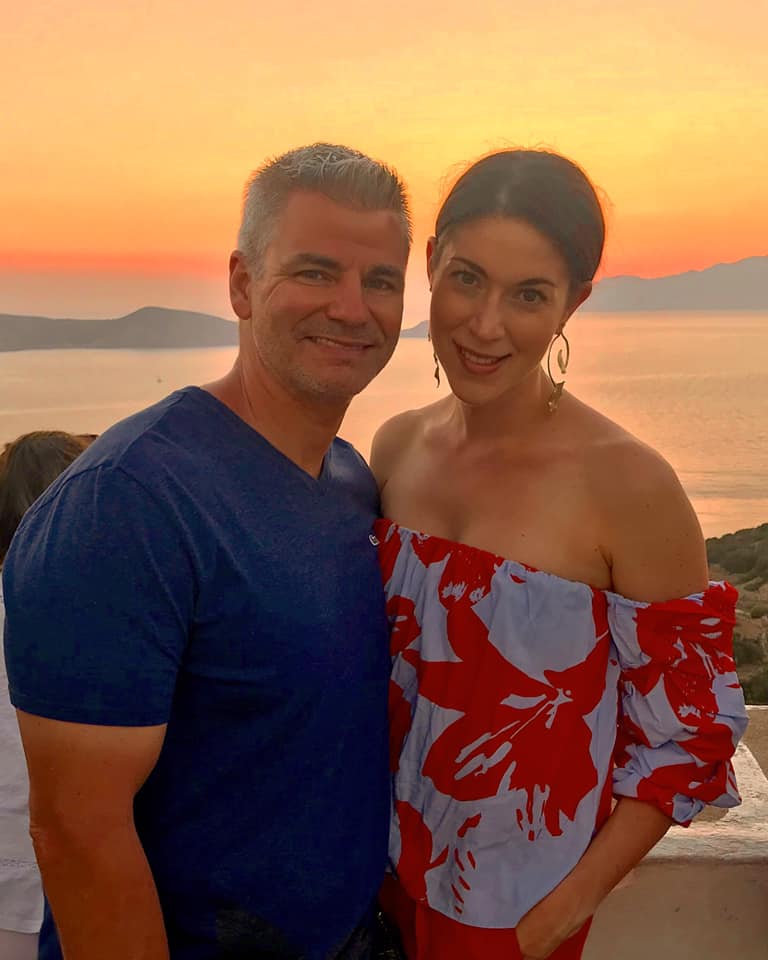
The best place to see the sun is either from the church or from Utopia Cafe.
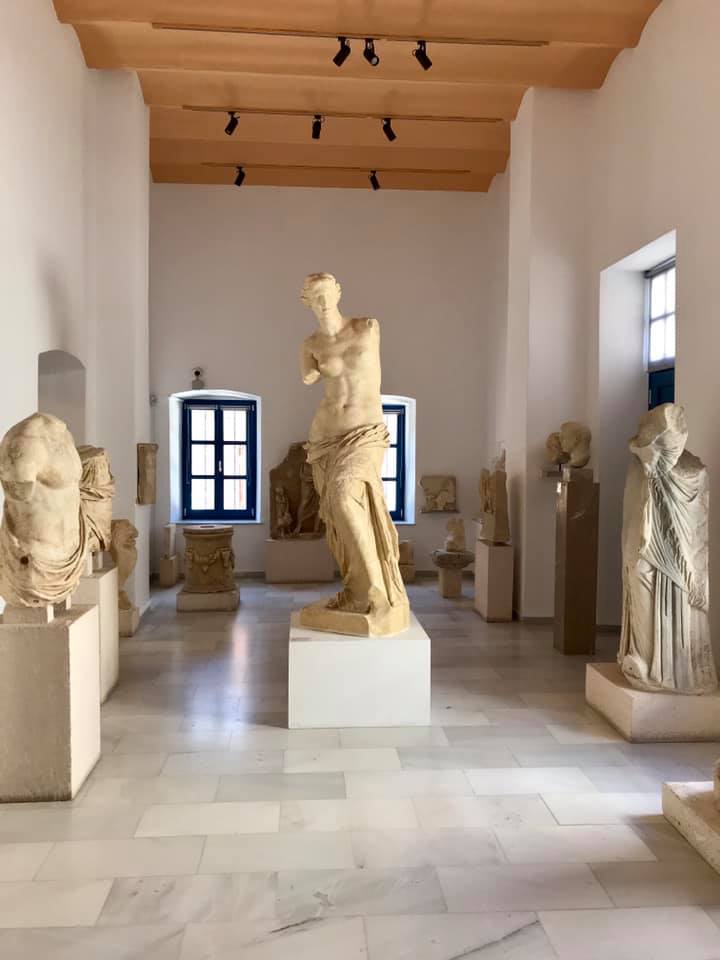
While you are in Plaka, you can visit four of the seven museums on the island, including the Archaeological Museum where you can see a copy of the Aphrodite of Milos statue which was found close to the Ancient Theater of Milos, but now resides in the Louvre. There is a campaign to bring the Venus de Milo home by 2020, which you can learn more about here.
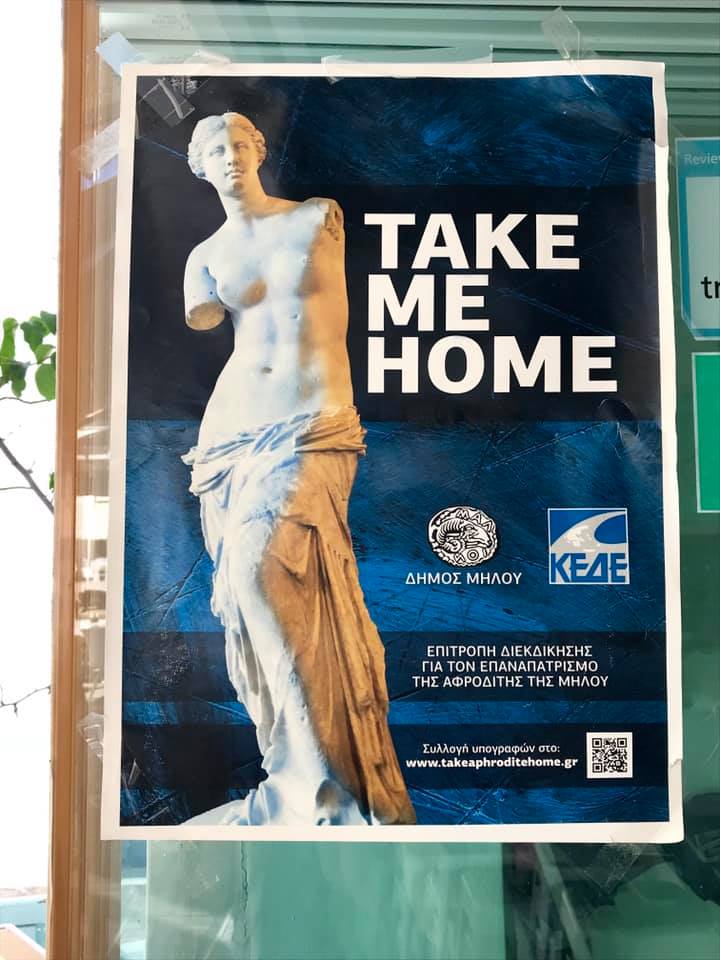
Plaka is about a five minute drive away from the Ancient Theater of Milos and the nearby catacombs. Both are worth a visit.
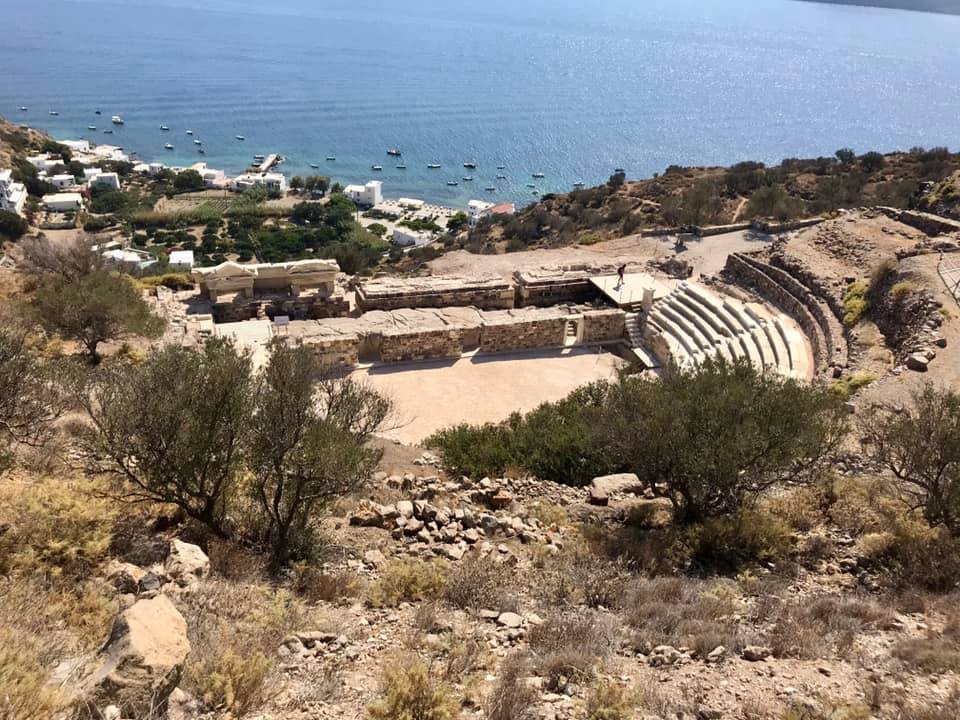
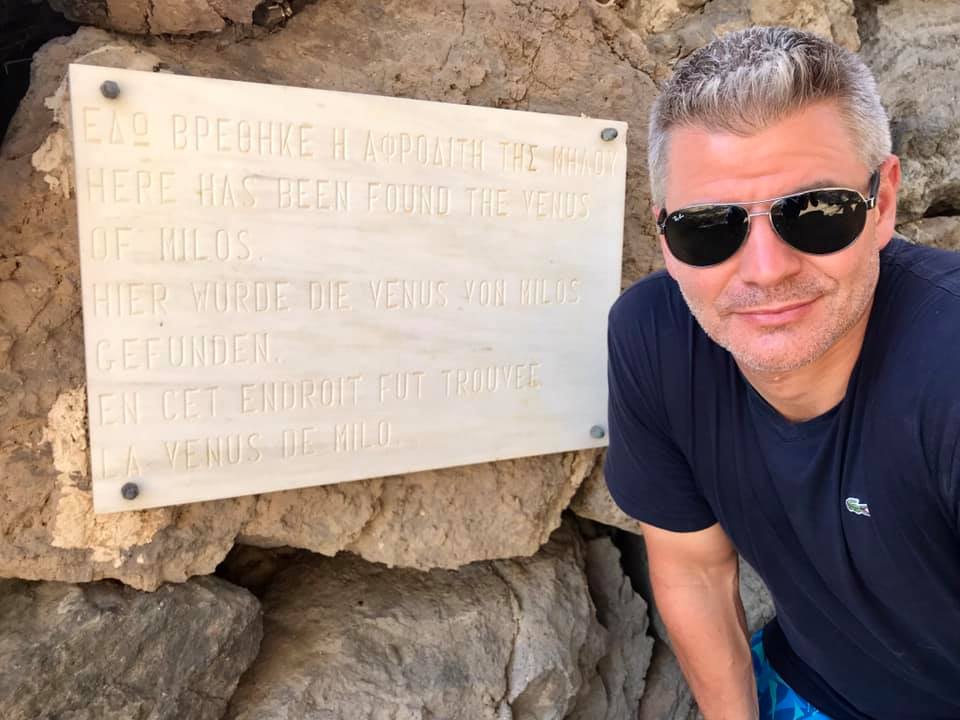
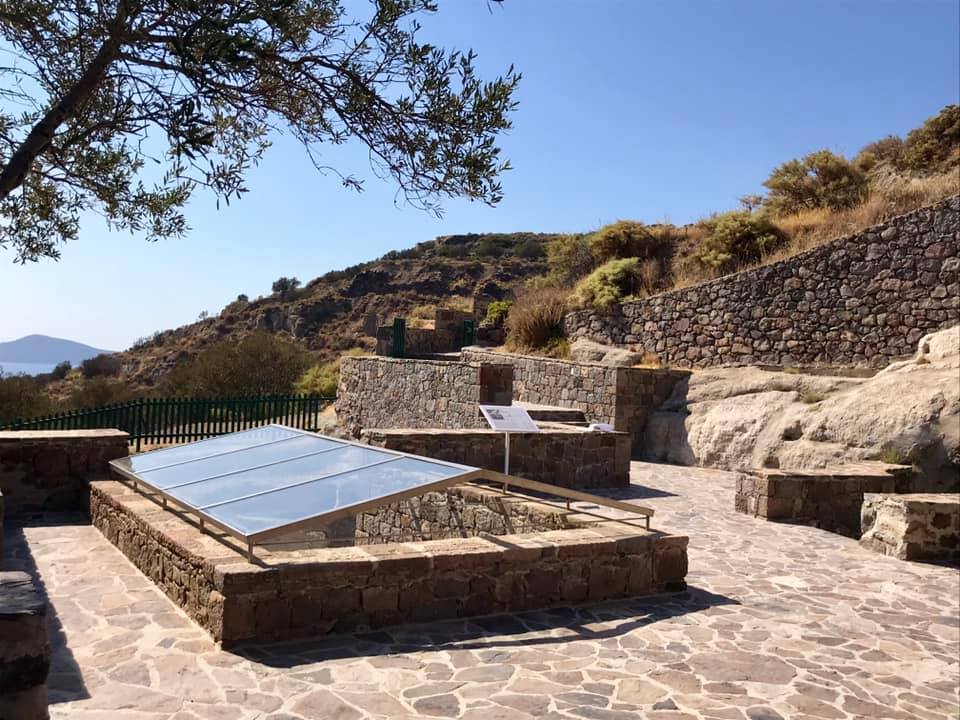
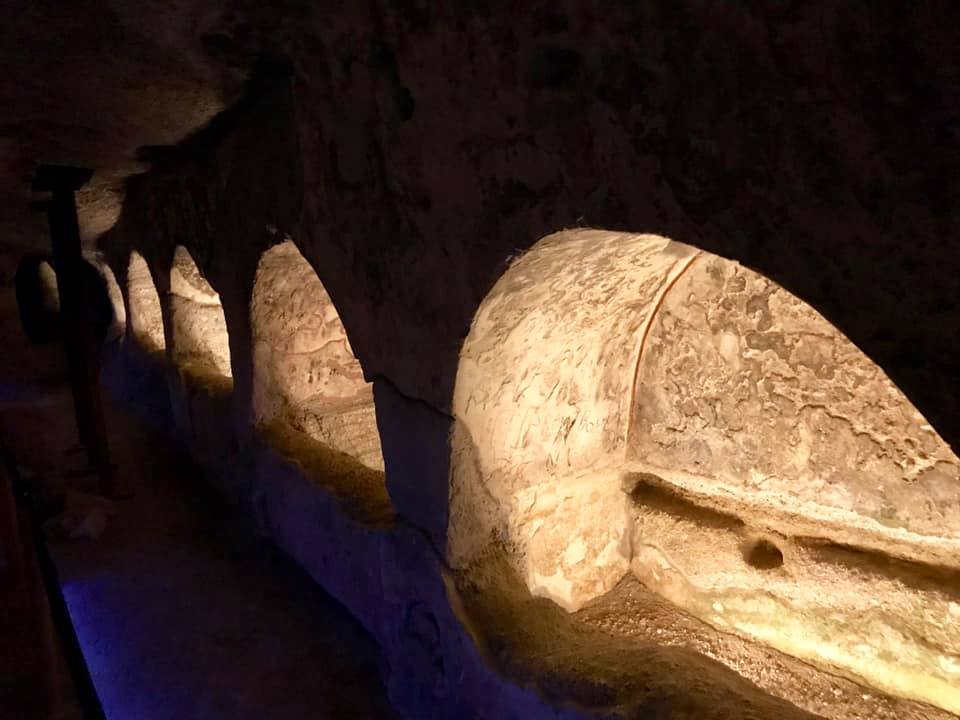
No visit to Milos would be complete without a visit to the colorful littler fisherman houses that this island is famous for. There are two villages that deliver on that front: Klima and Mandrakia.
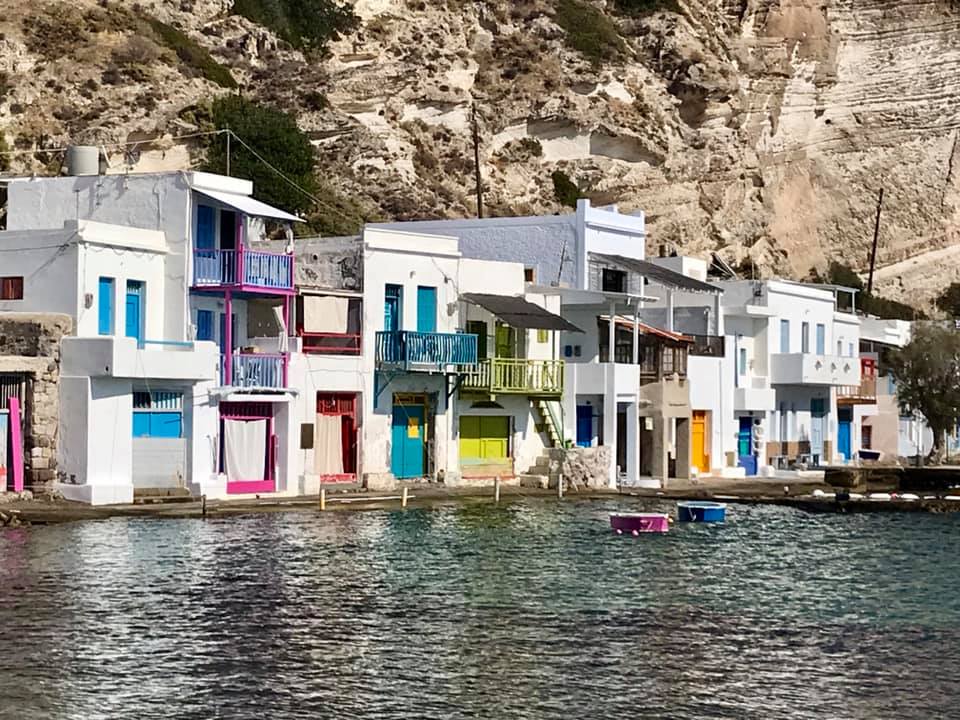
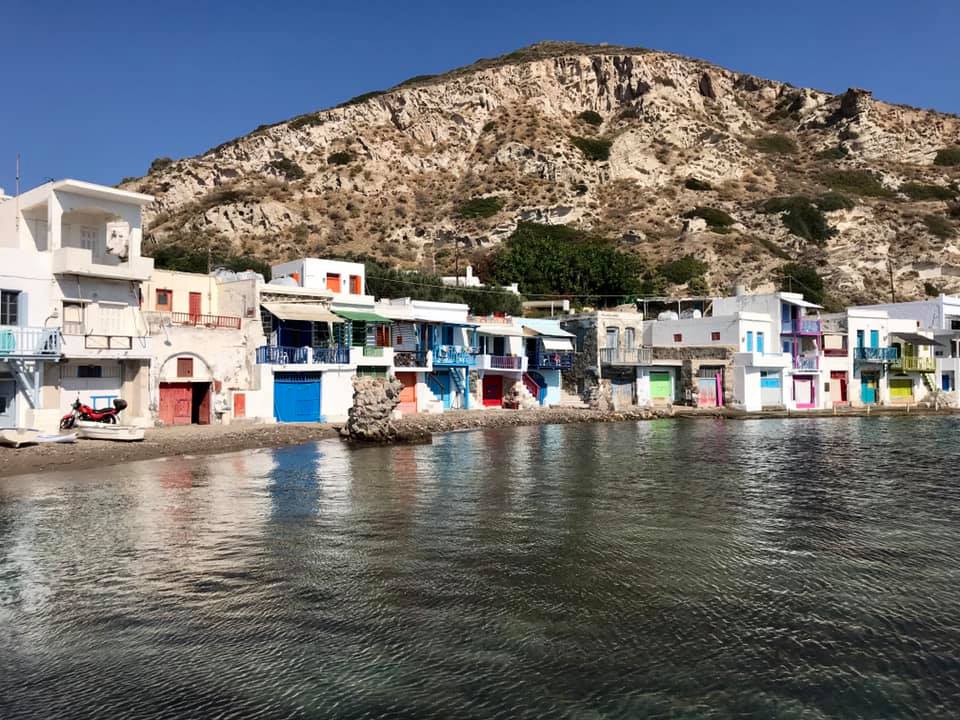
The more famous of the two is Klima. Here you will find two long rows of traditional multi-colored houses. This is really just a photo stop, as there is nothing else to really do here. You can catch a pretty nice sunset here as well.

Mandrakia is the other place to see these pretty, colorful houses. There is also a charming seaside church here that has great views.
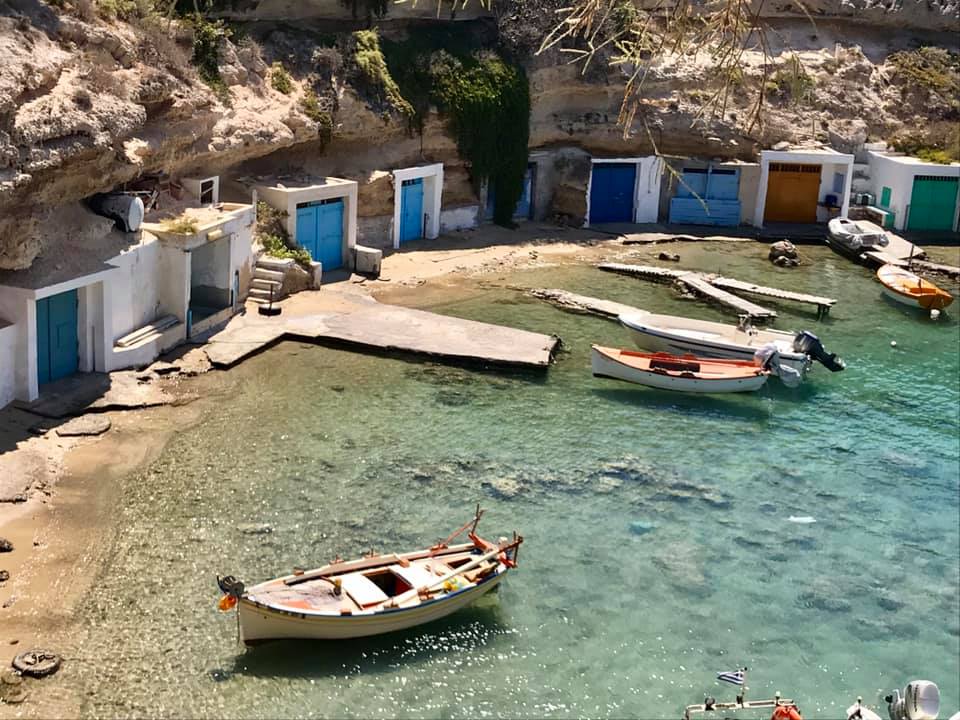
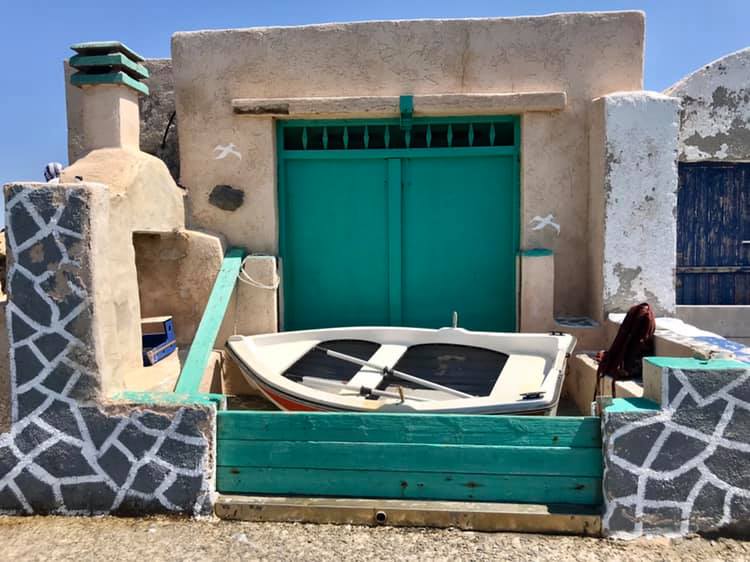
Unlike Klima, Mandrakia has more to offer. There are some fantastic views.
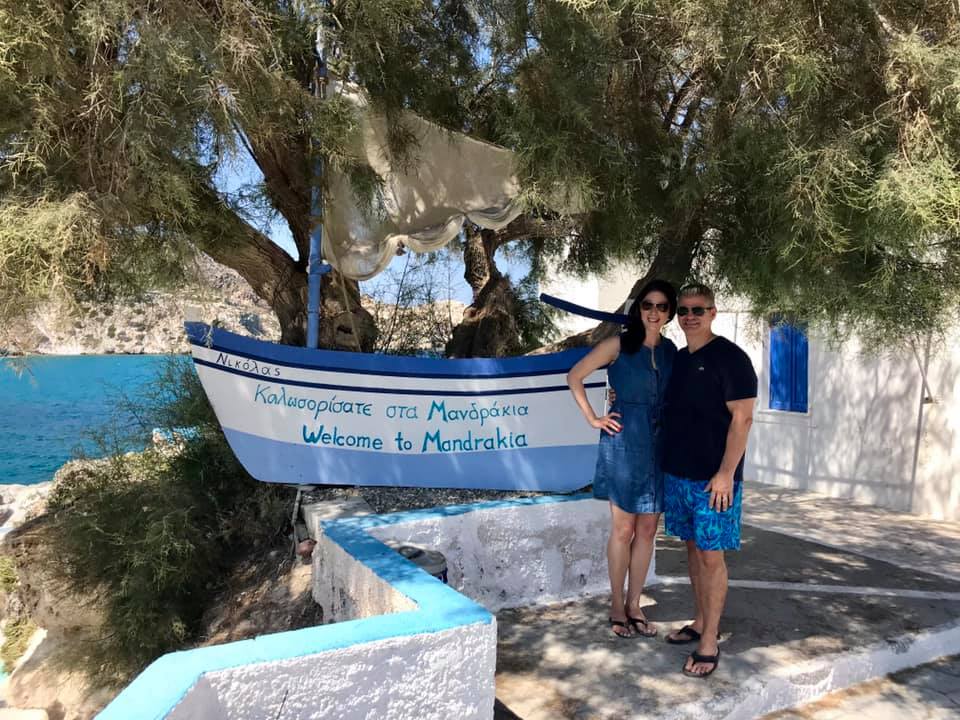
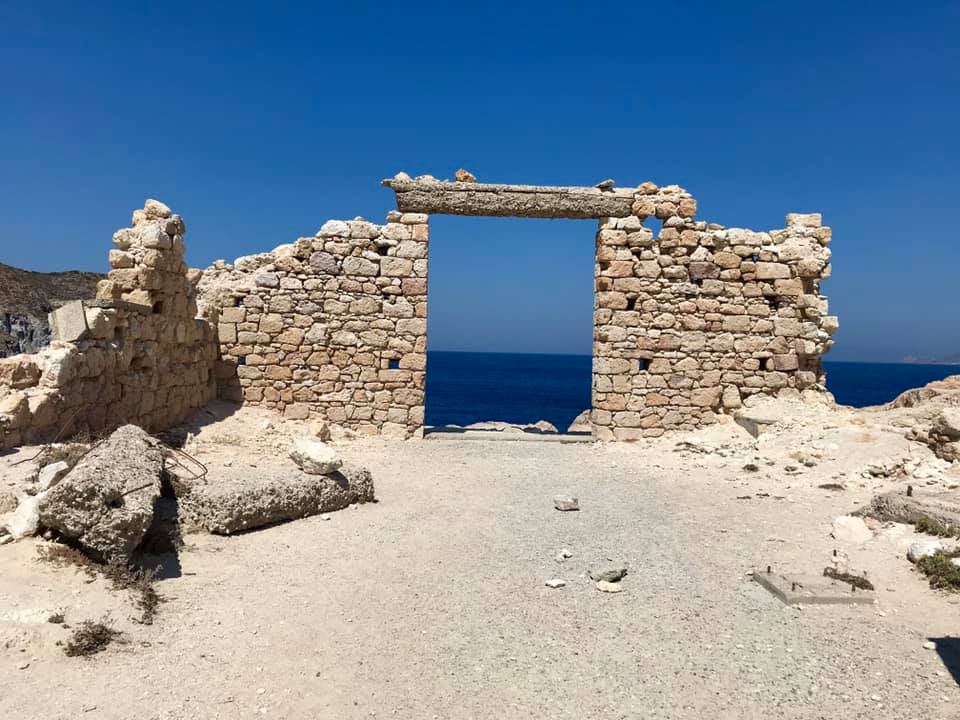
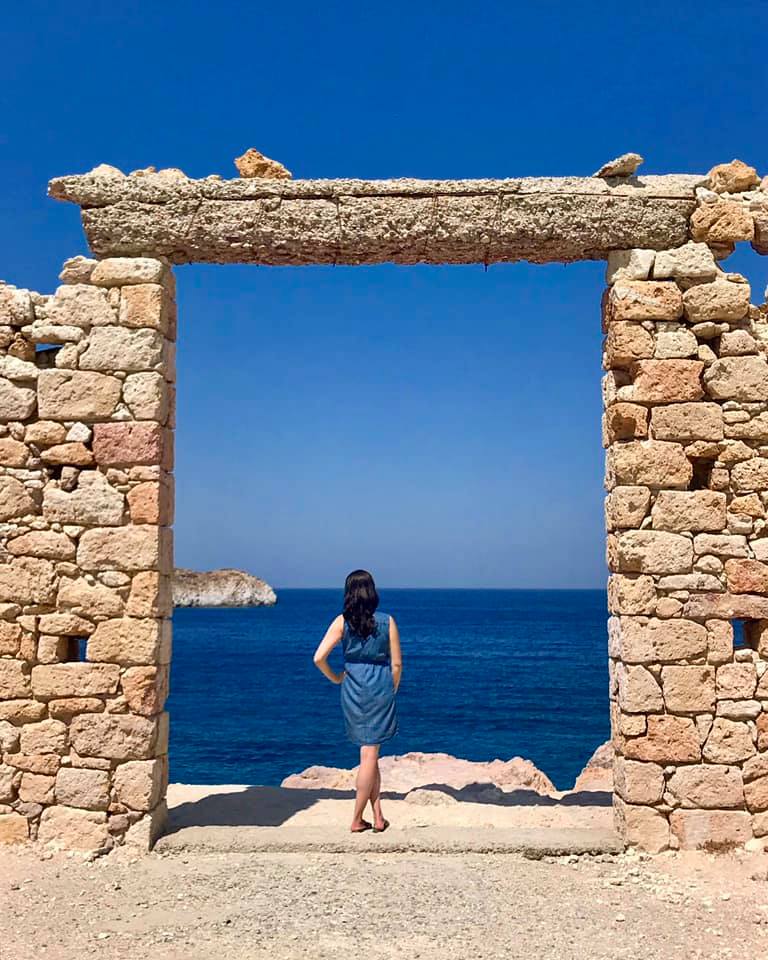
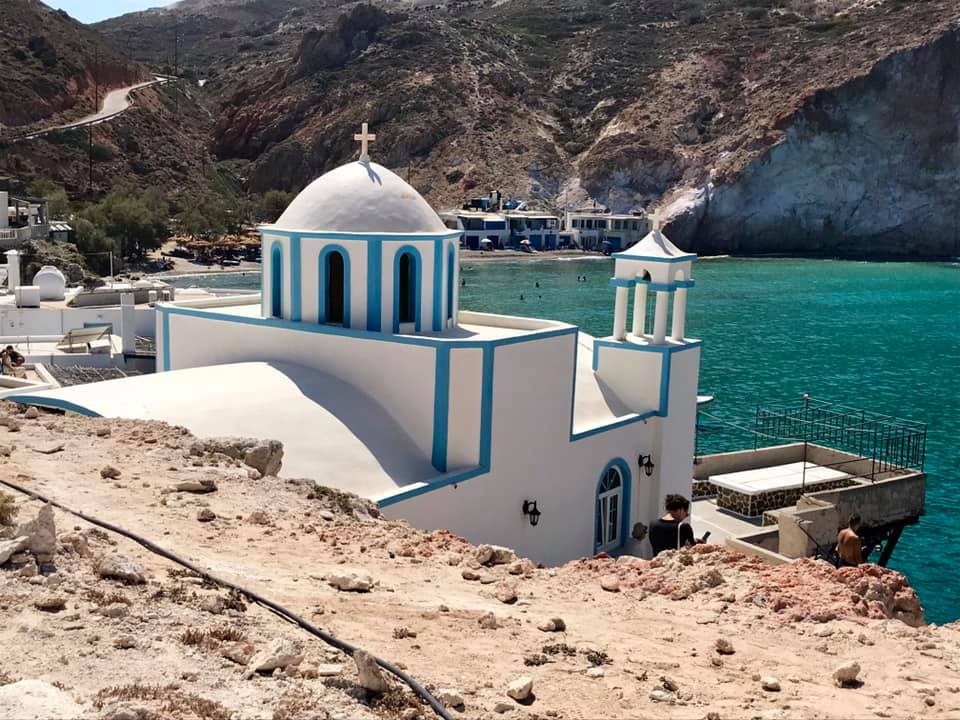
A pretty nice beach area.
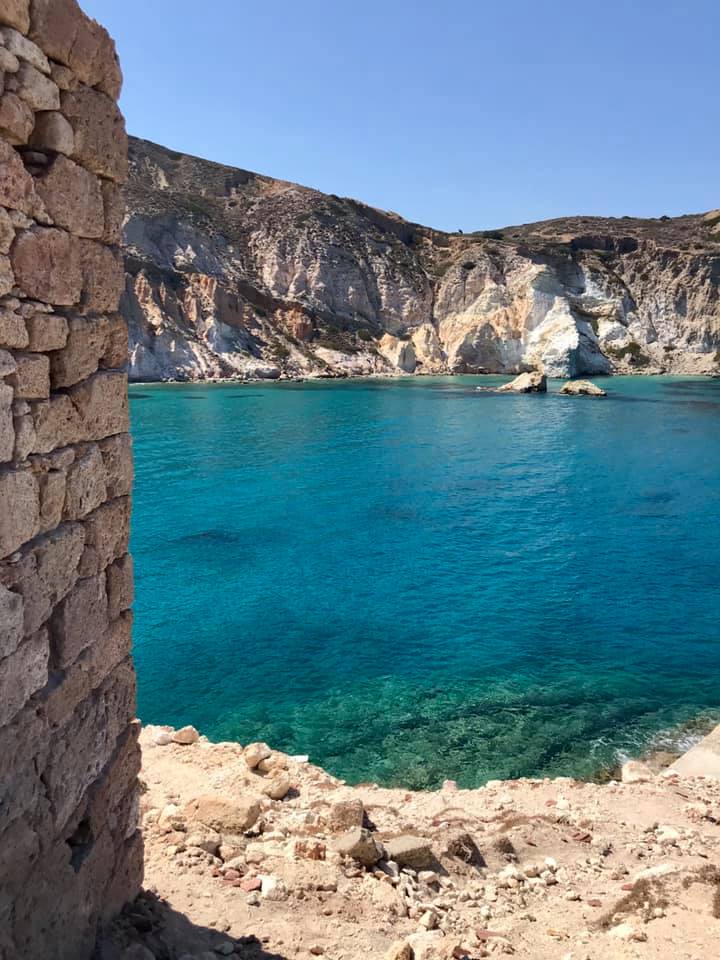

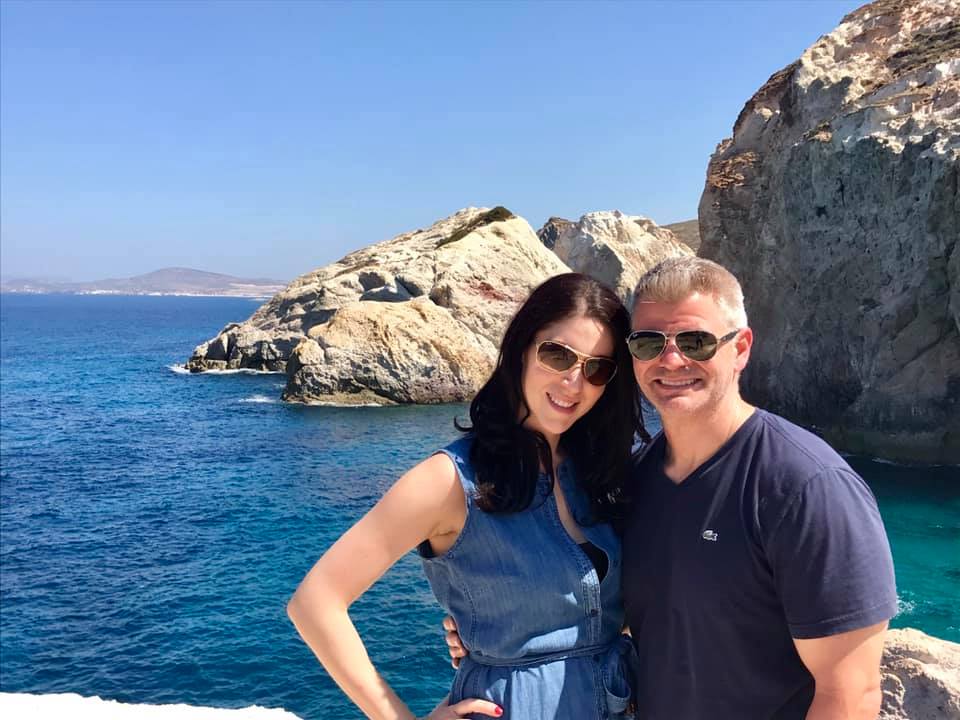
And a fresh and delicious seaside tavernas to enjoy.
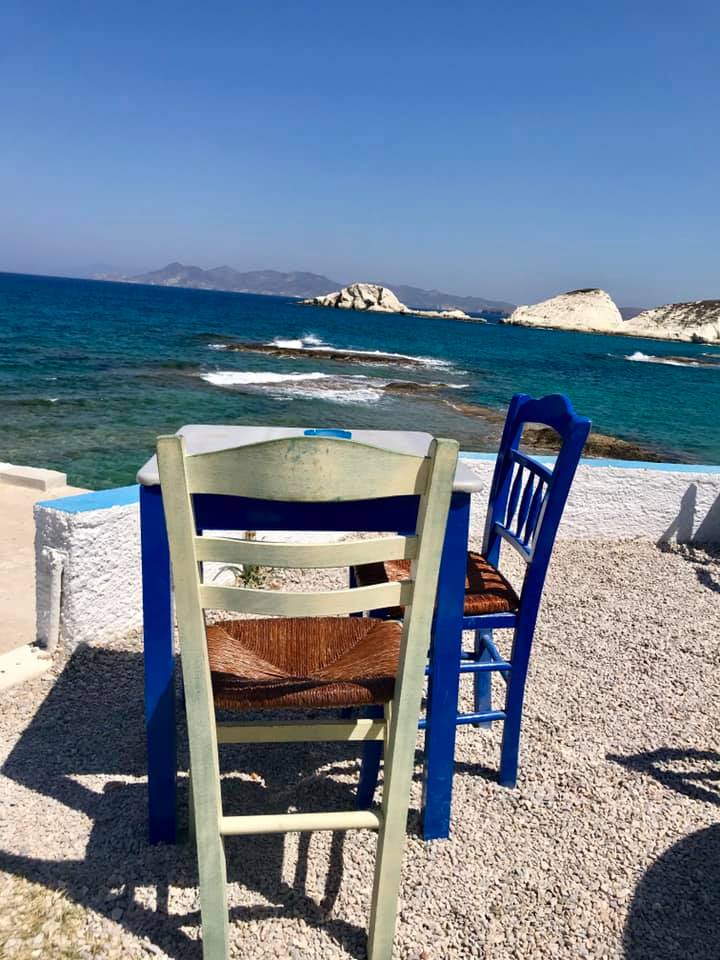
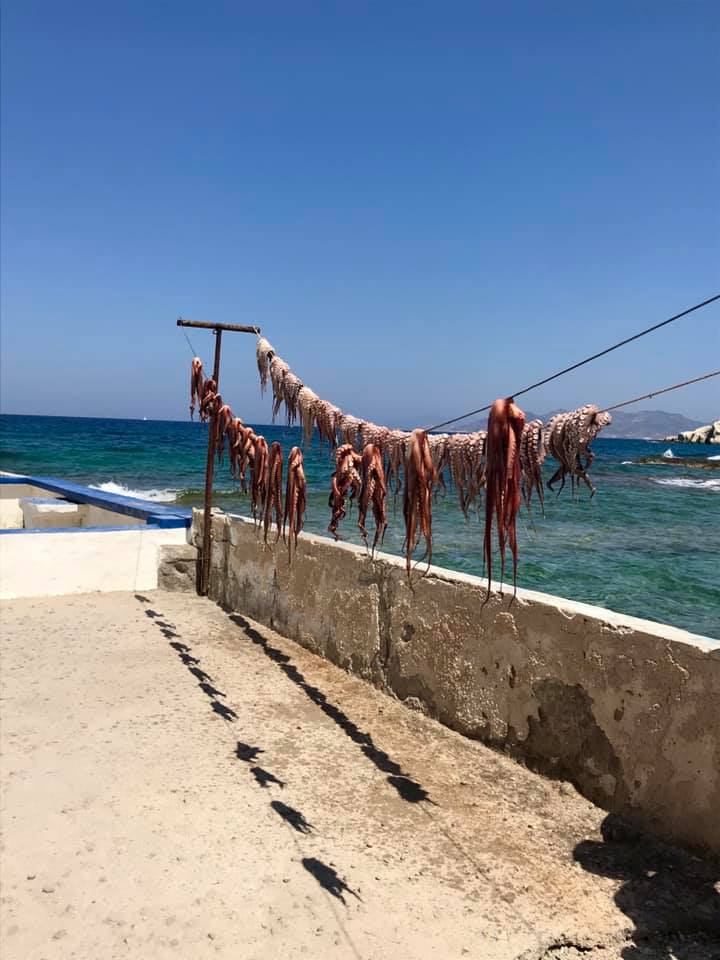
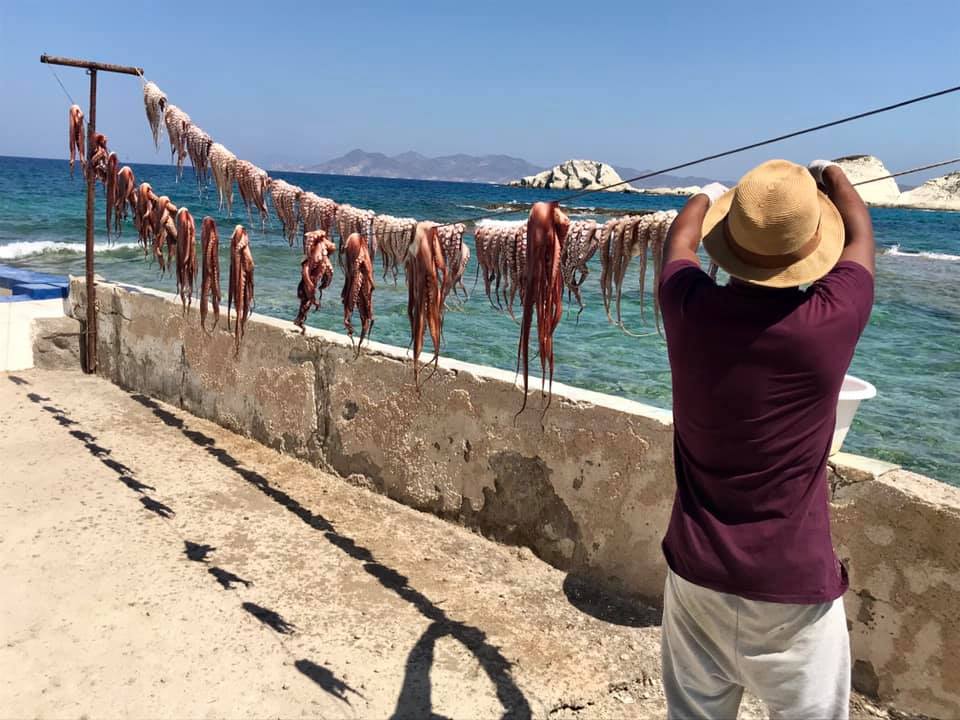
Spend A Day At Sea
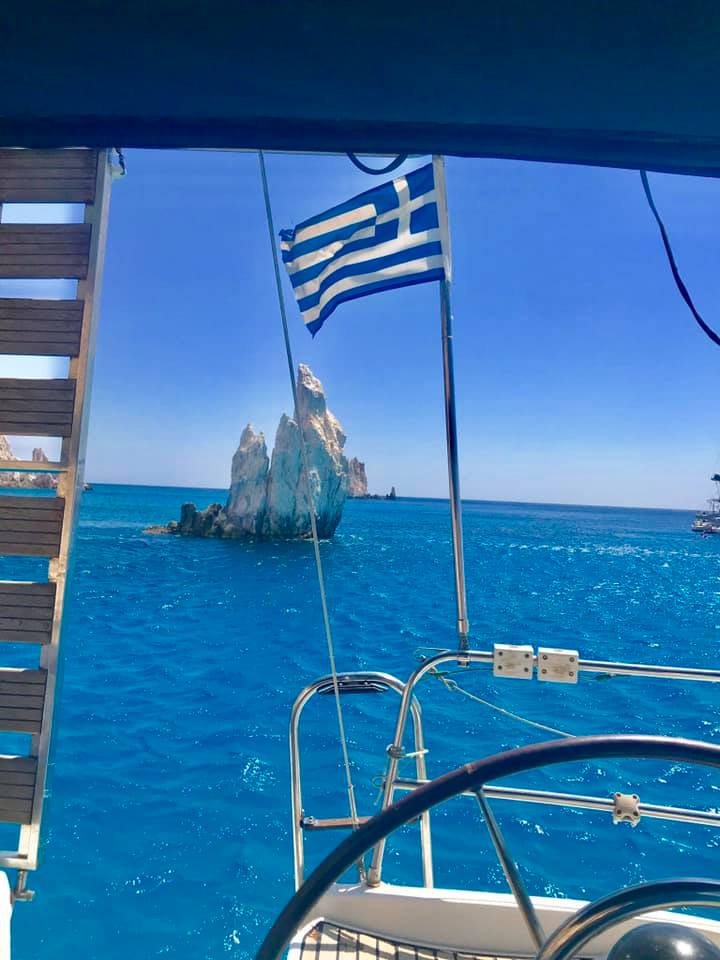
One of the most memorable things you will do in Milos is a day cruise around the island. That is because there are many places in Milos that are only accessible by boat. We chose to do a private tour with Aquatta Yachting. It was hands-down the best thing we did on the island.
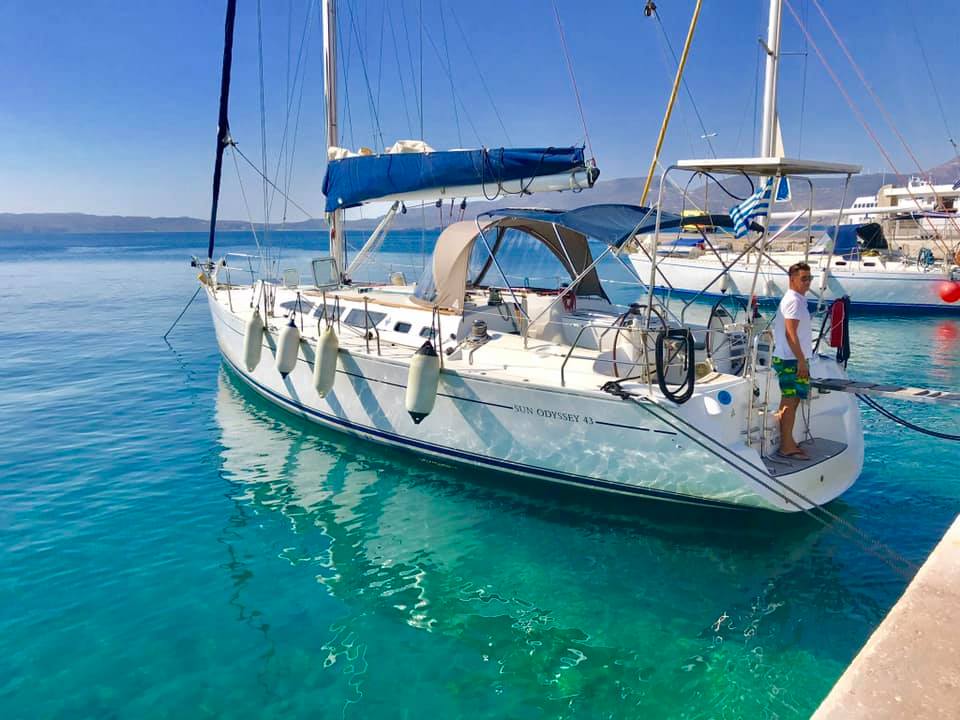
We boarded the boat early from the port in Adamas.
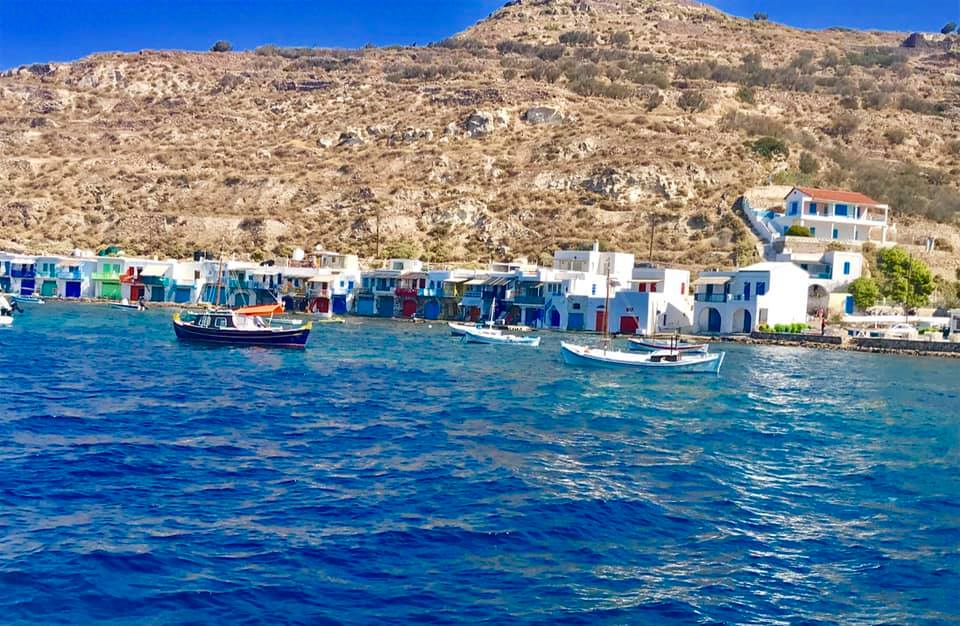
Our route took us past the fishing villages of Skinopi, Klima, Areti, and Fourkovouni, from where we could see the colorful little houses from the sea.
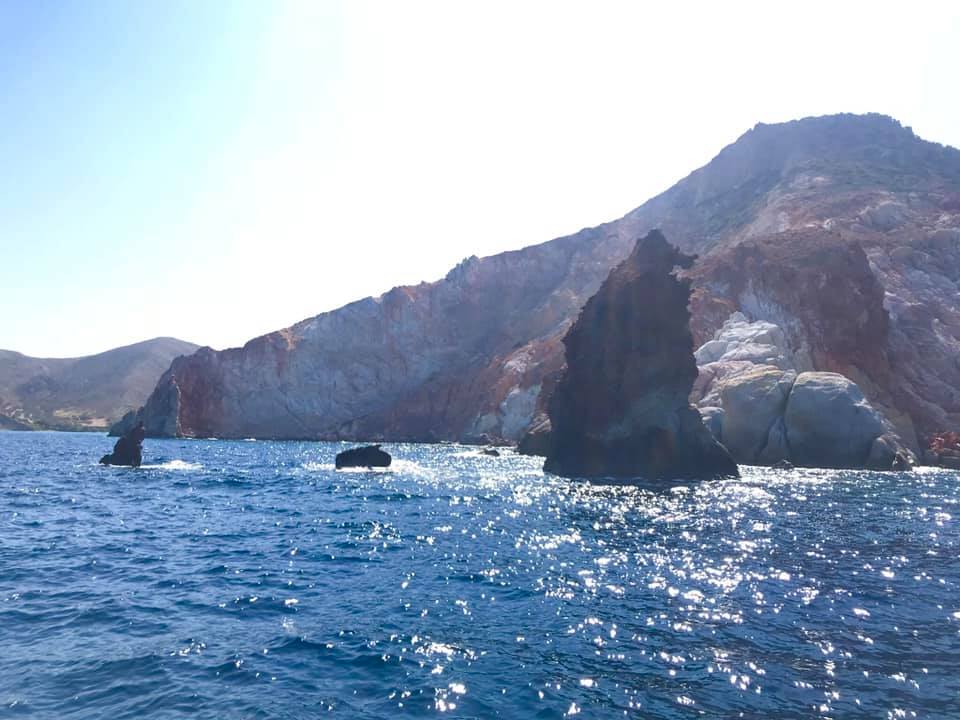
Our next stop was at Arkoudes, which are two rock formations in the middle of the water. One of them resembles a bear while the other, a rabbit.
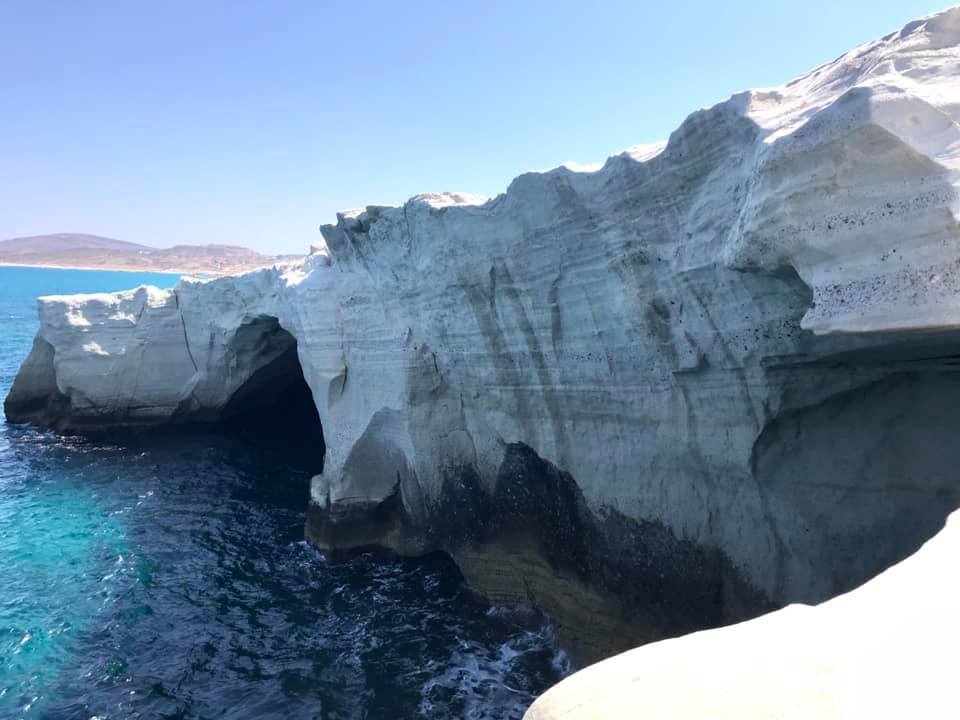
We sailed past Firopotamos Beach, Sarakiniko Beach, and Glaronisia, and made our first stop at Polyegos island. It is here that Chad dove off the boat and right into the water for a swim and some snorkeling.
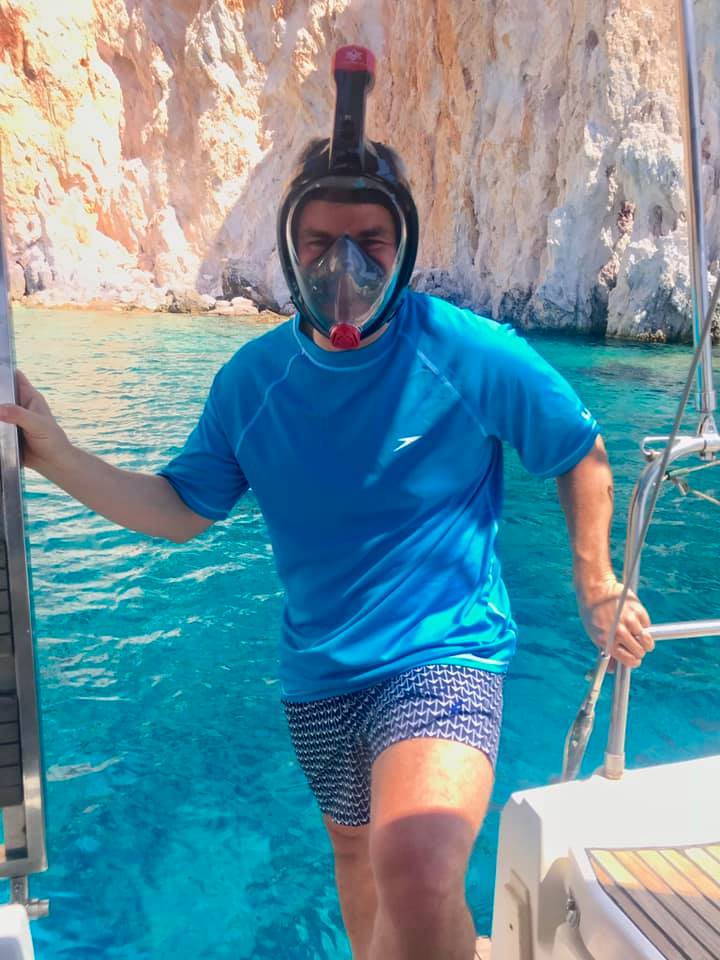
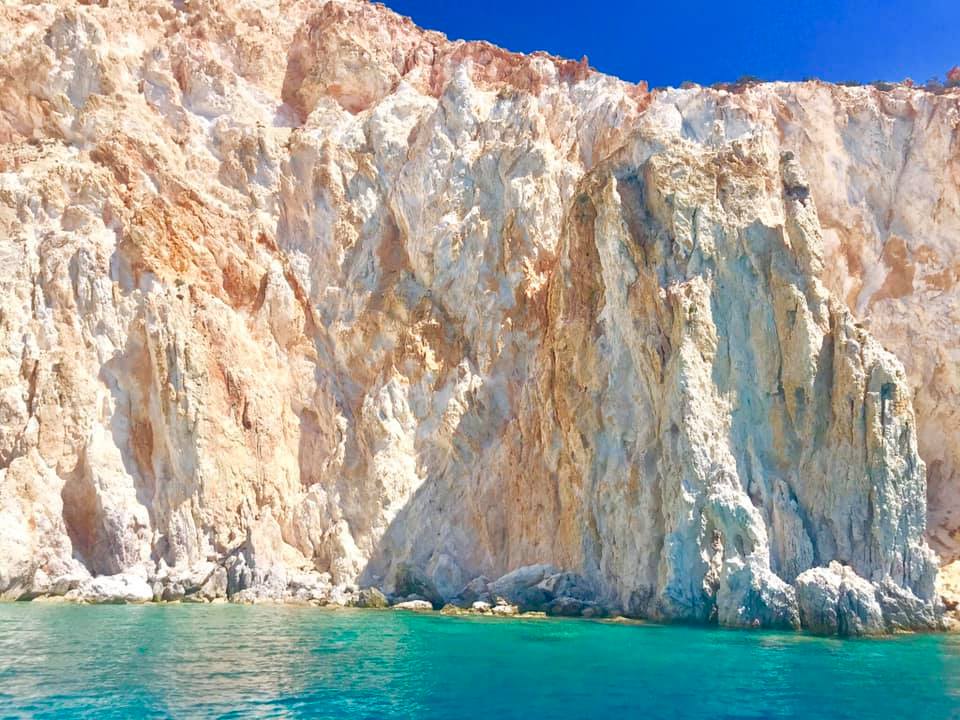
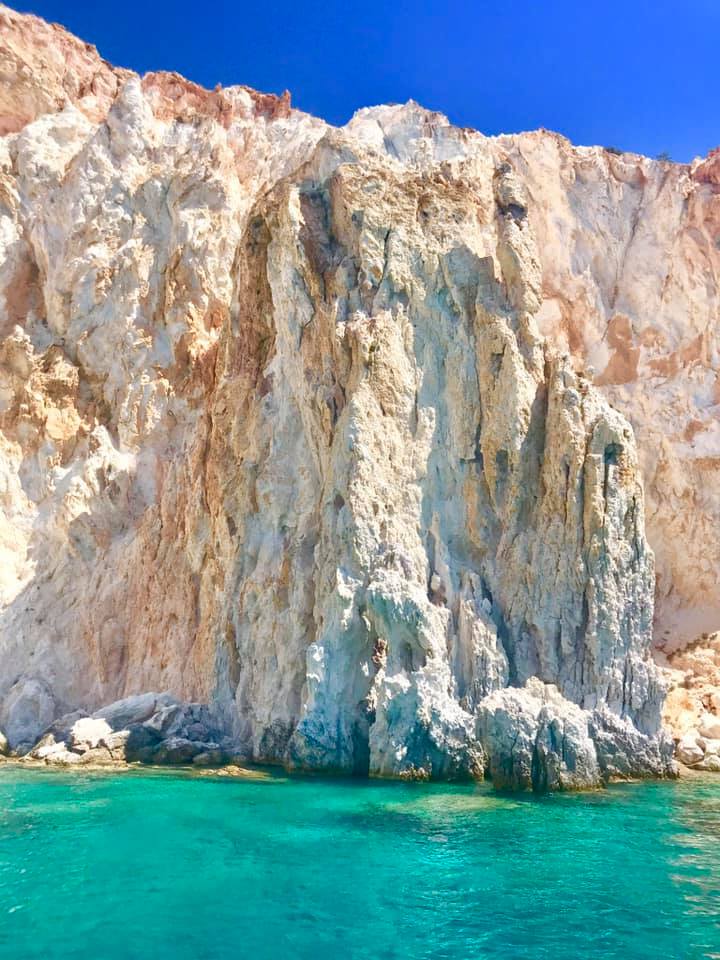
Up next was Thiorichio and Paliochori, where we passed by the ruins of an old abandoned sulfur mine.
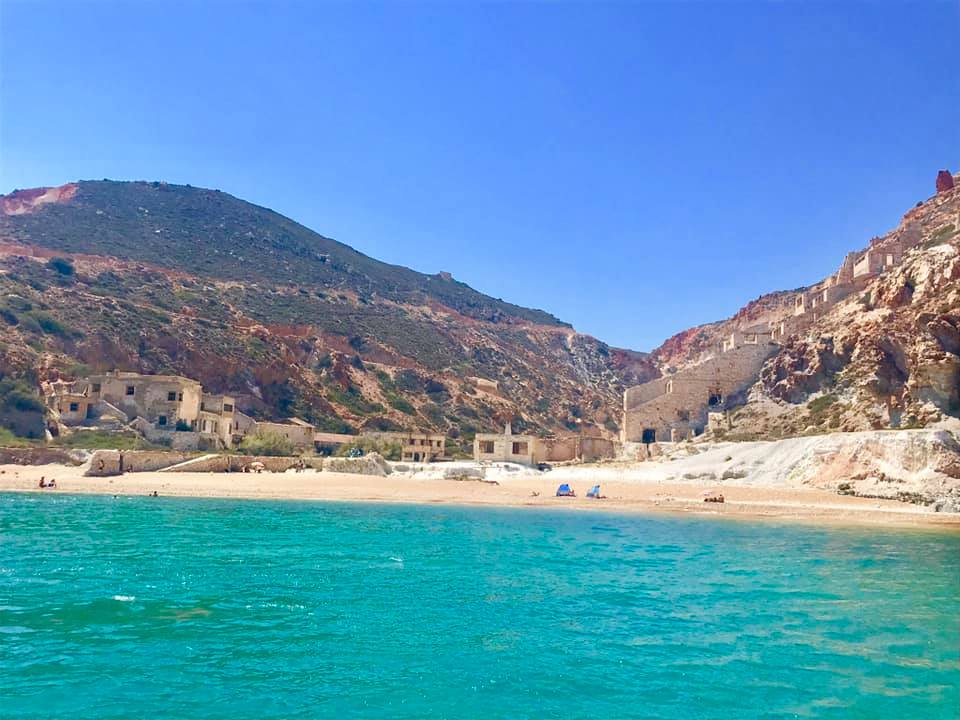
Lunch was prepared for us on-board and was combined with a stop at Gerakas Beach.
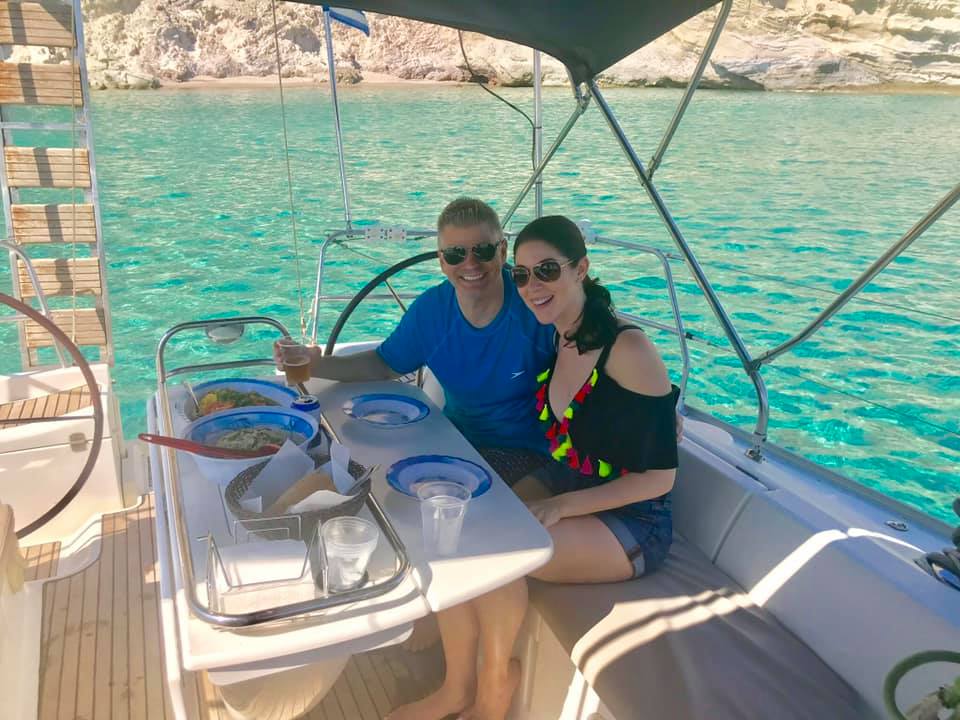
After lunch, we headed to Tsigrado Beach on our way to Kleftiko Bay via Gerontas Beach. We finally made it to Kleftiko Bay, where Chad once again jumped off for a snorkel. Here, you are able to swim through various caves.


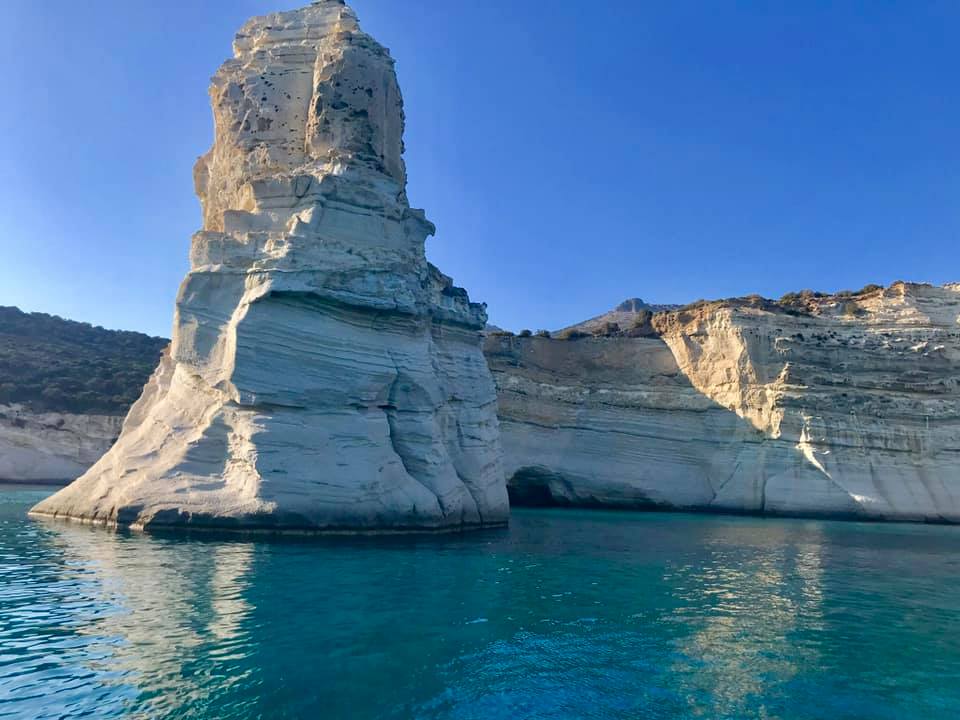
Our last stop was at Sykia Cave.
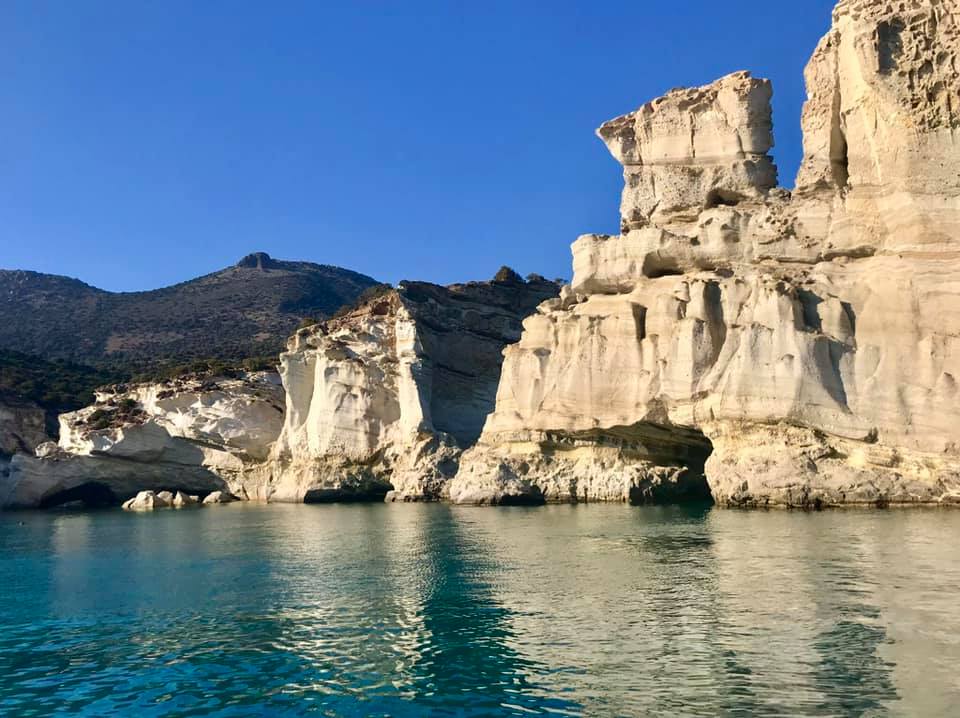
On the way back to Adamas, we enjoyed a home cooked dessert and an incredible sunset!
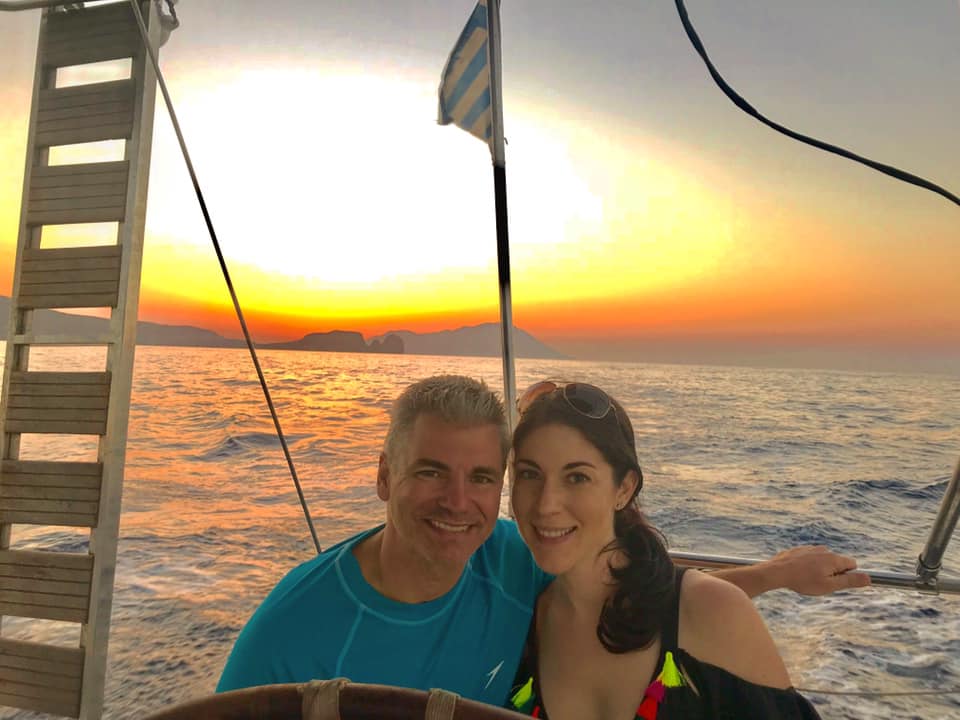
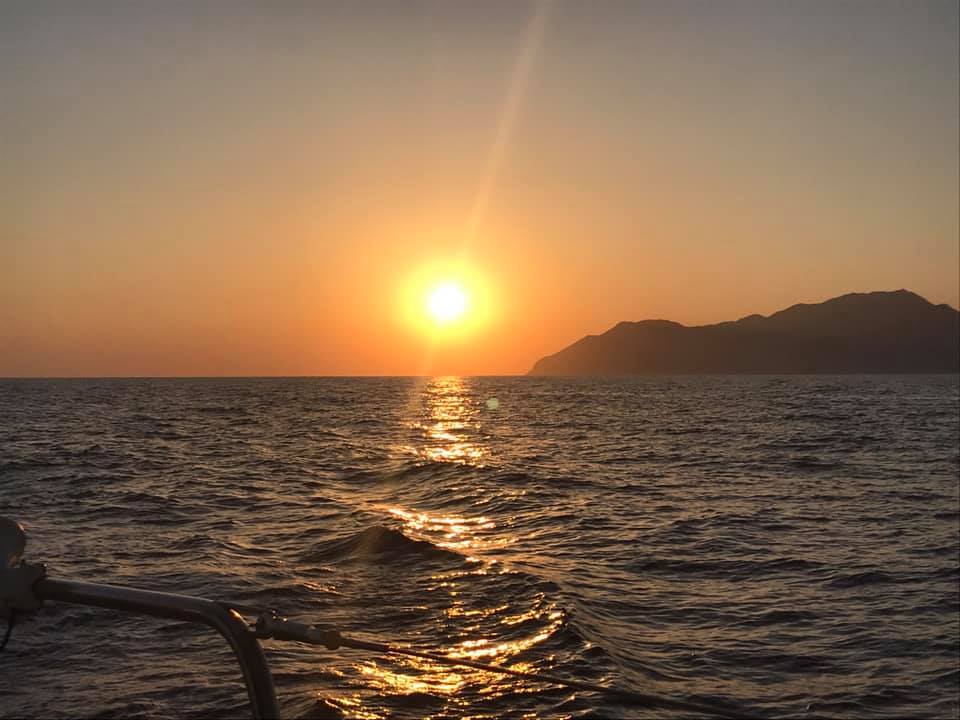
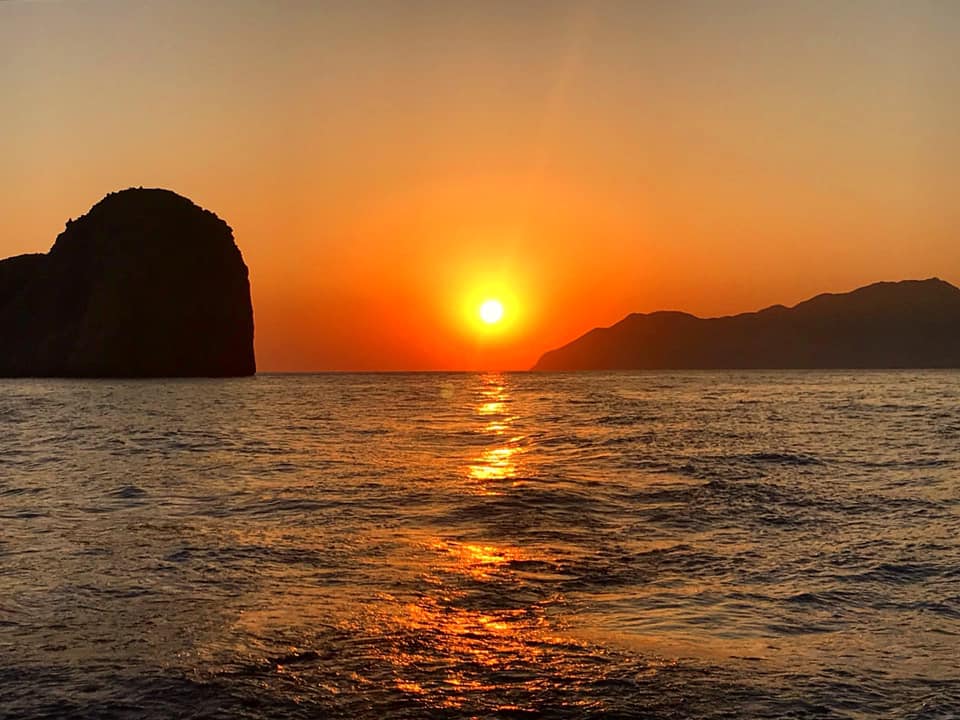
Between our private day tour, our private yacht tour, and the day we spent driving the island on our own, I feel like we saw almost all of beautiful Milos Island. I am not one for crowds, so if you are looking to have a stunning Greek island almost all to your self, come to Milos and come during off season.
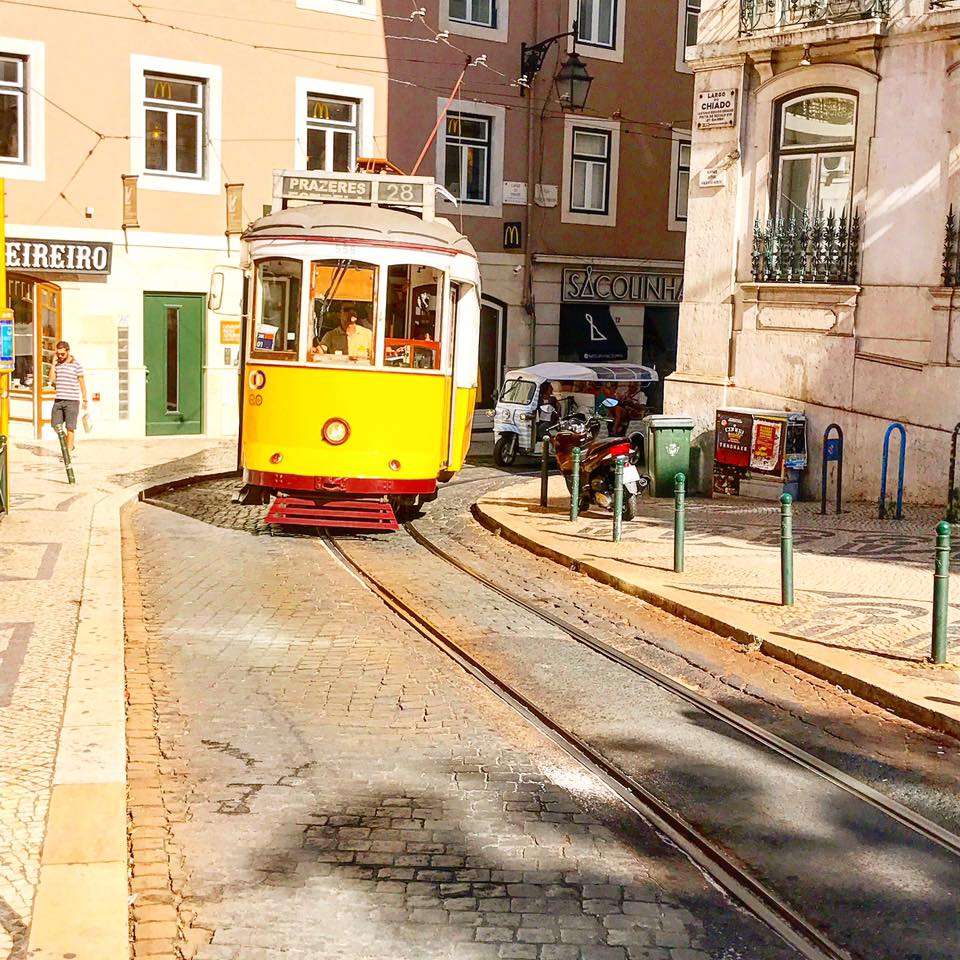
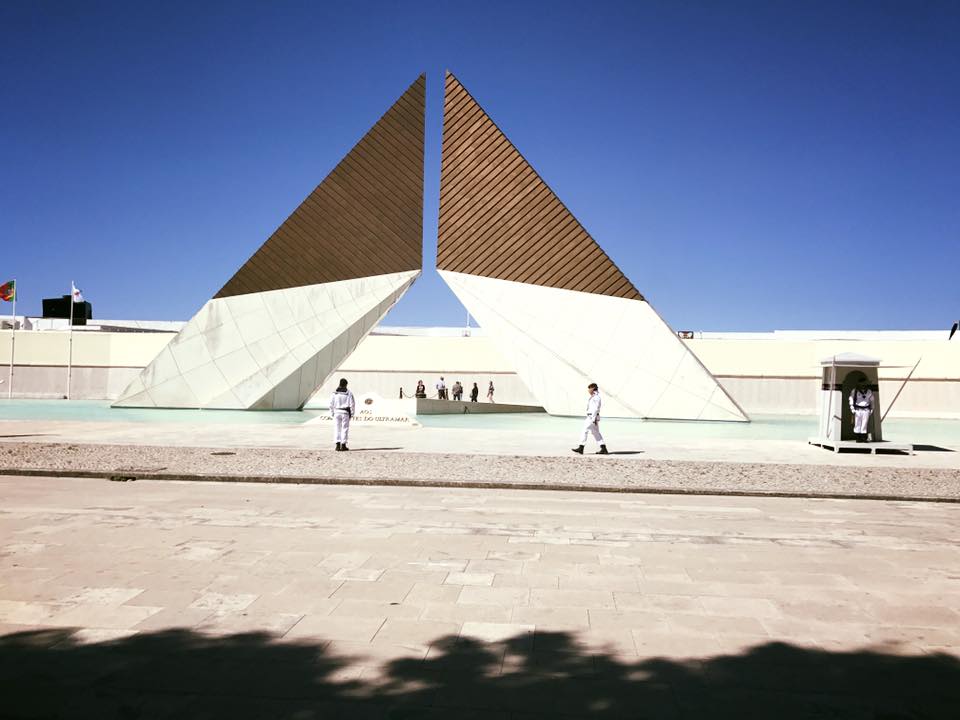
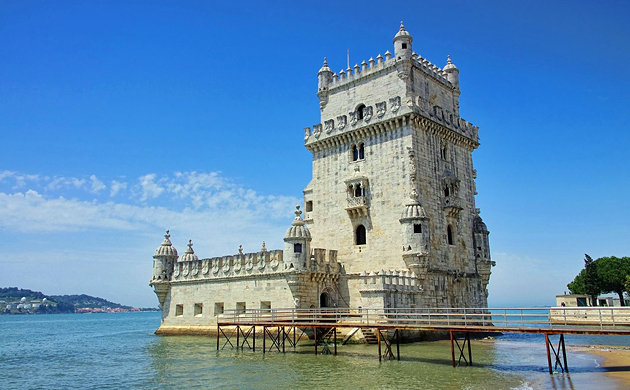
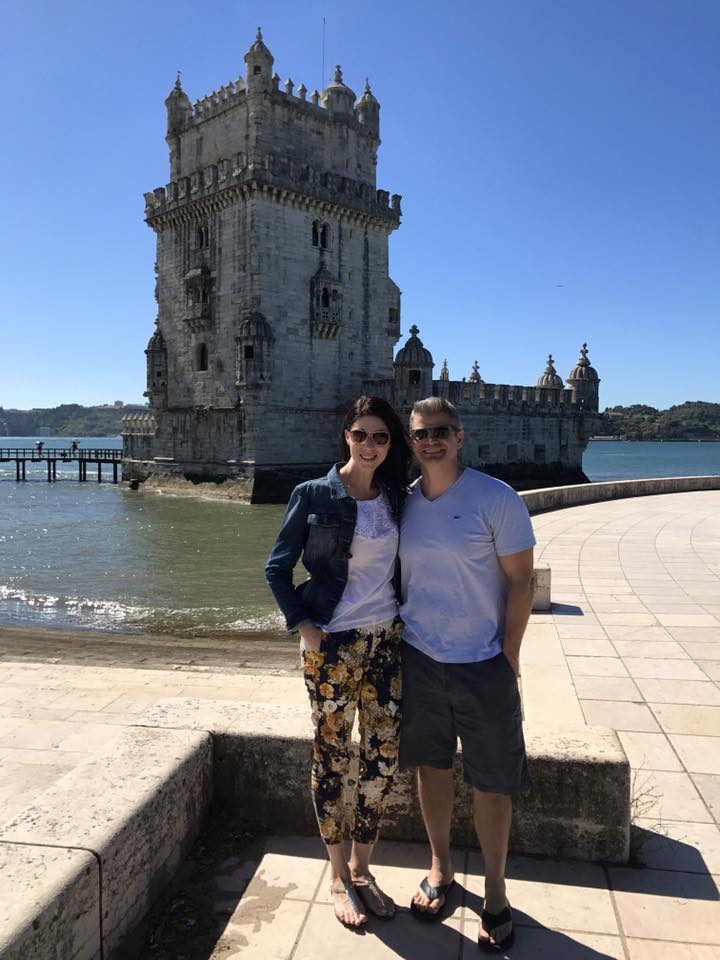
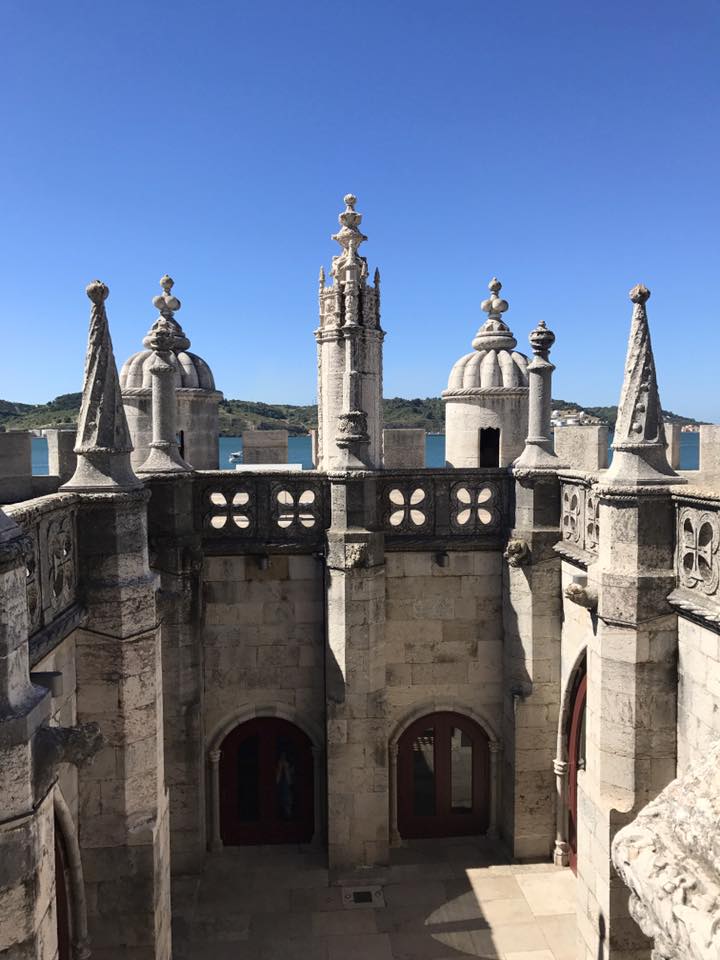
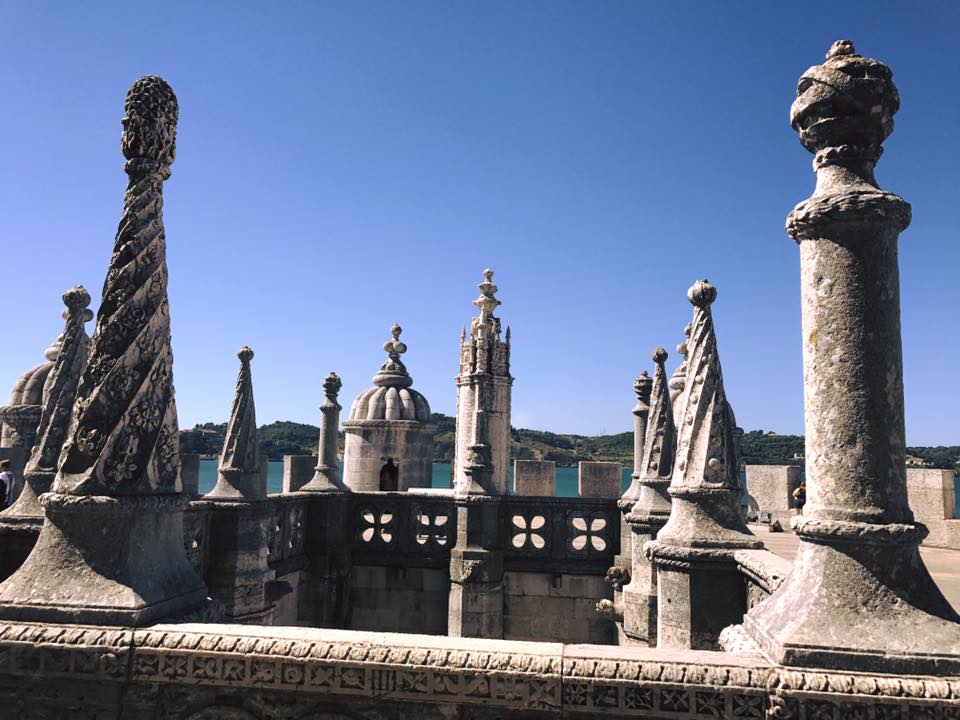
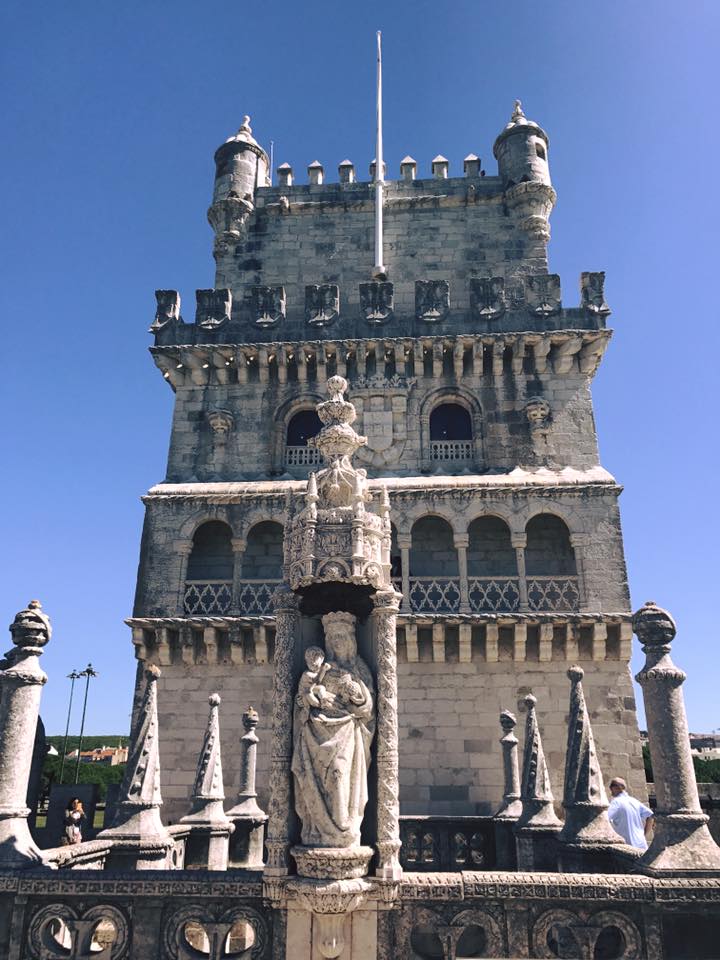
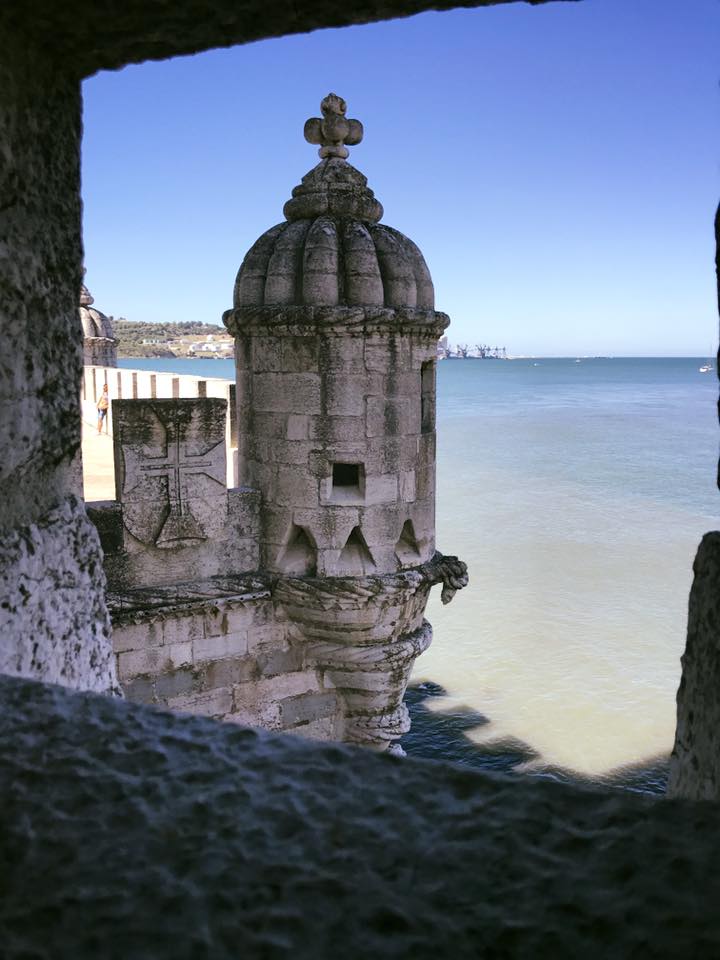
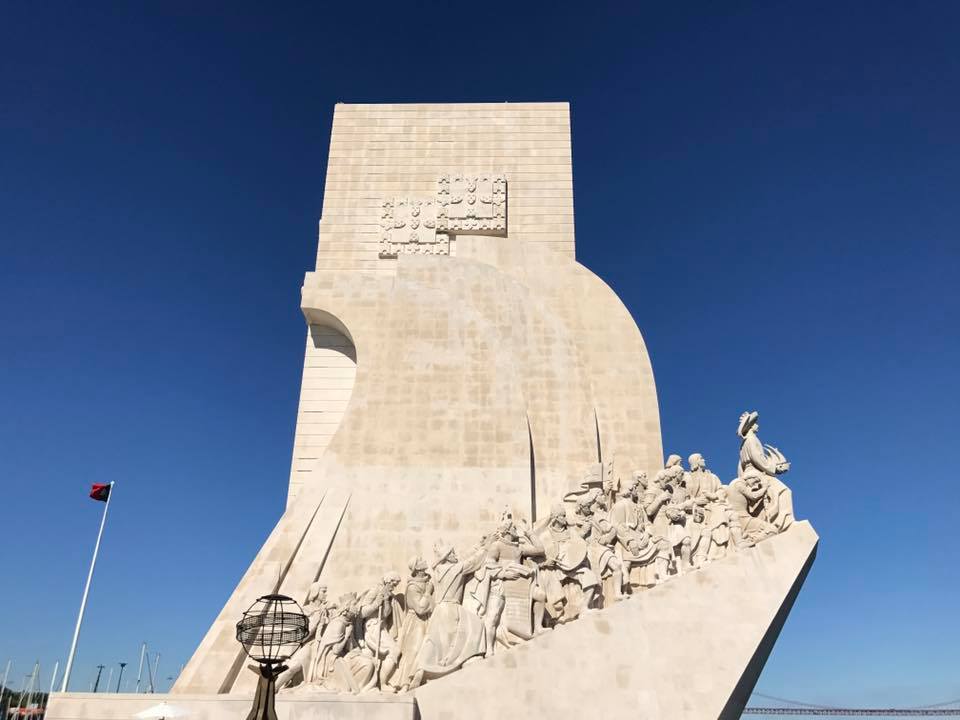
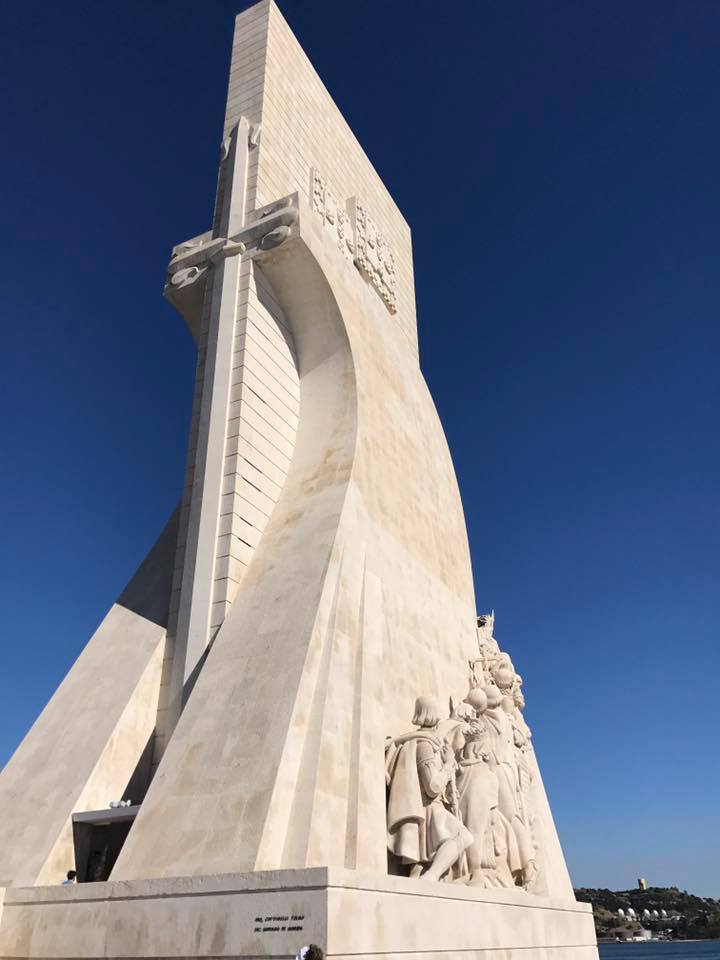
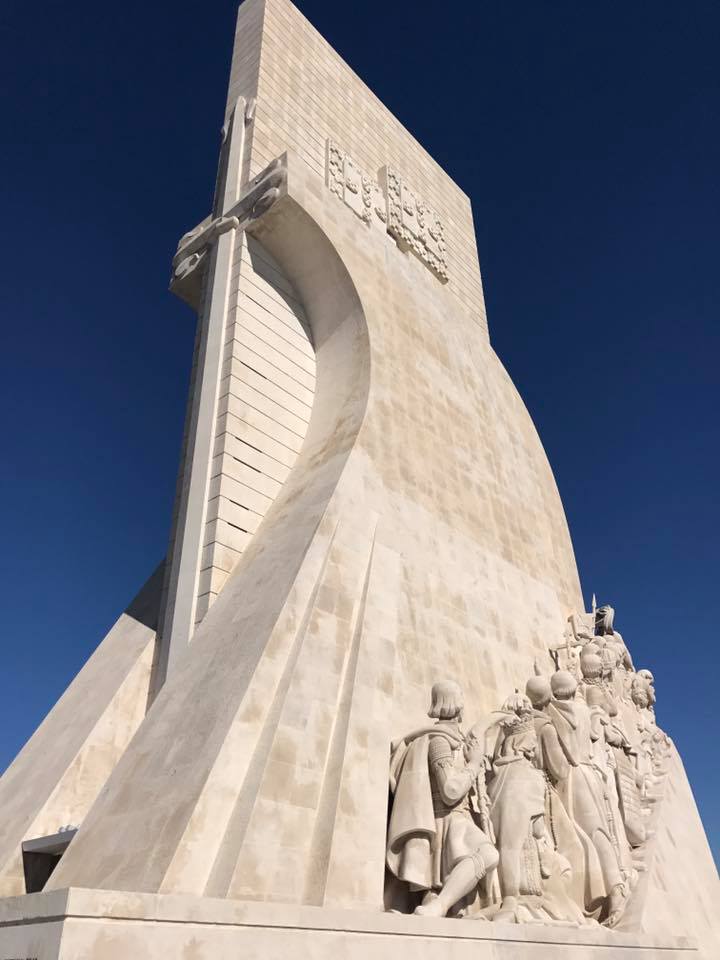
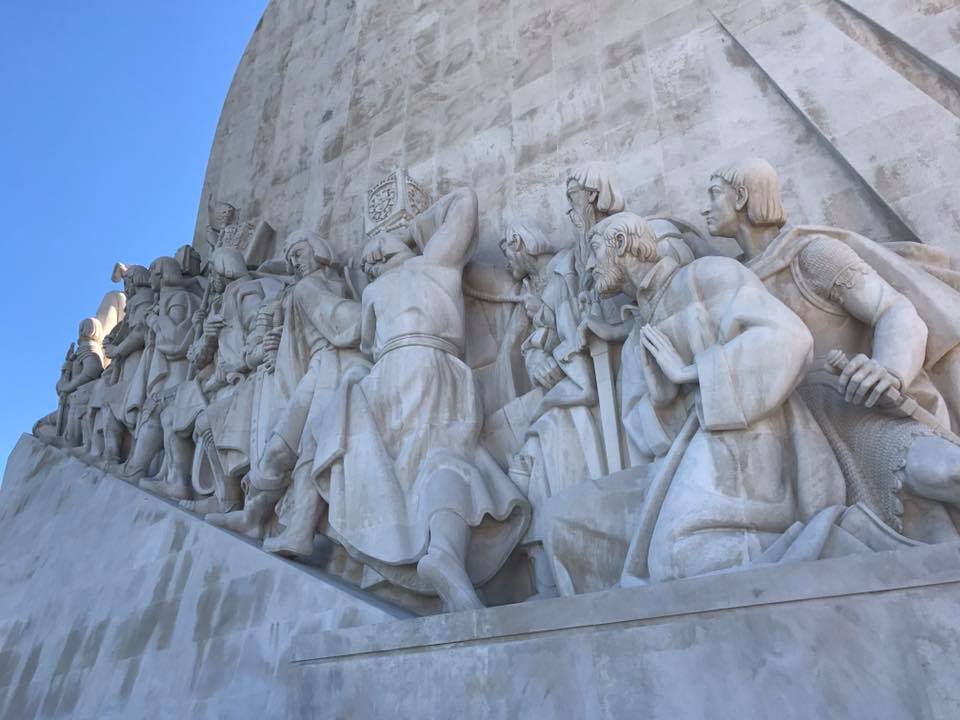
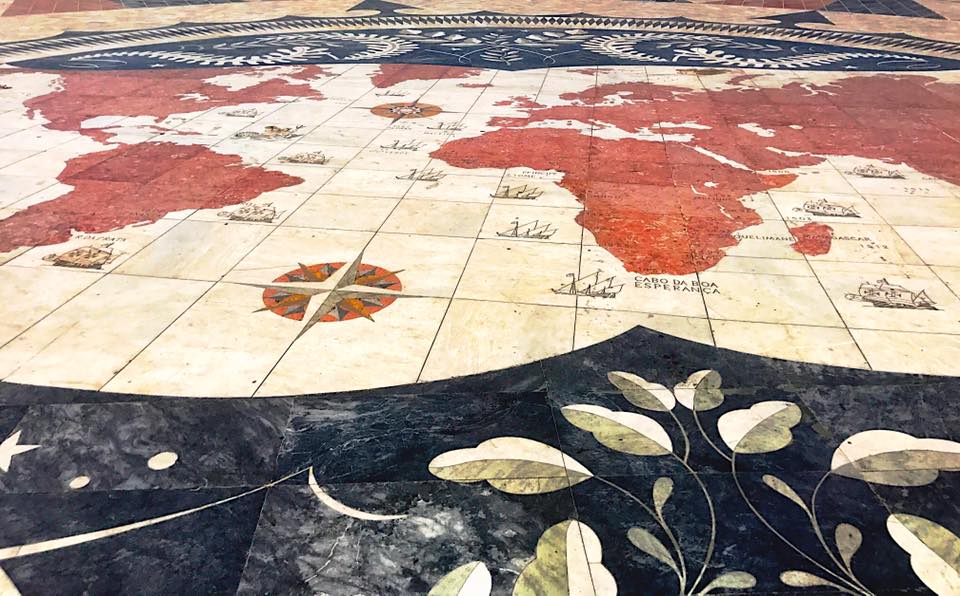
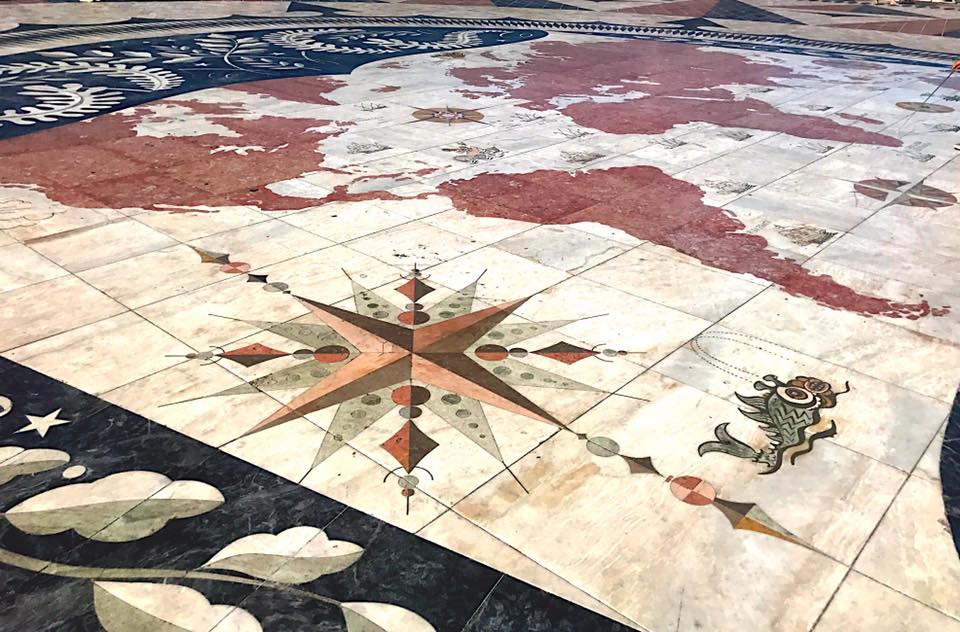
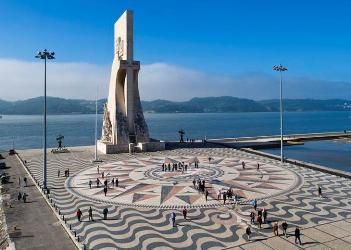
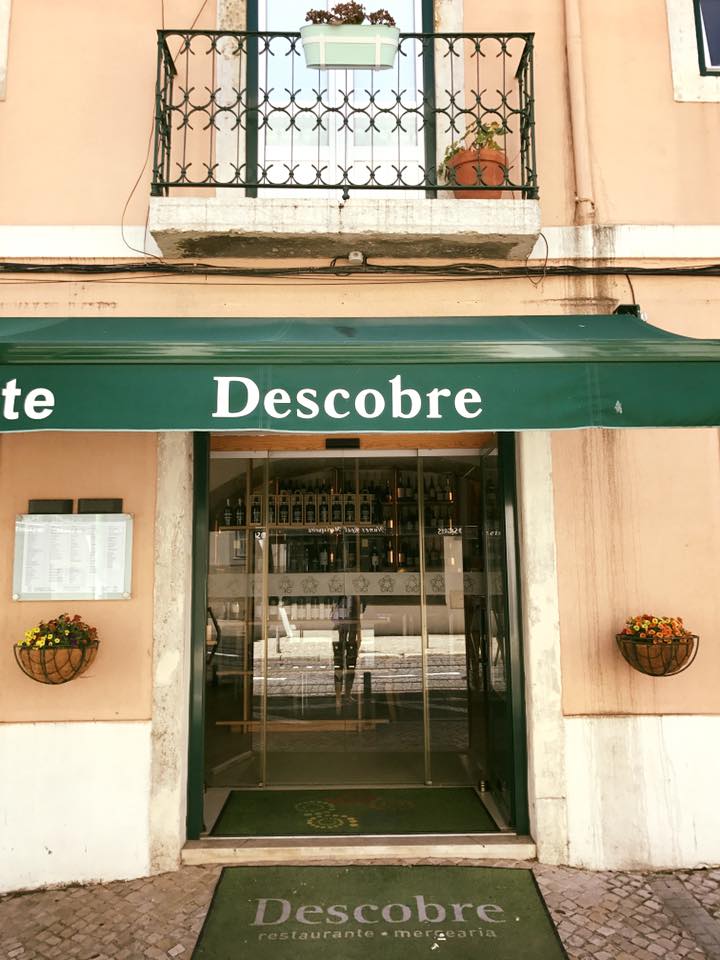
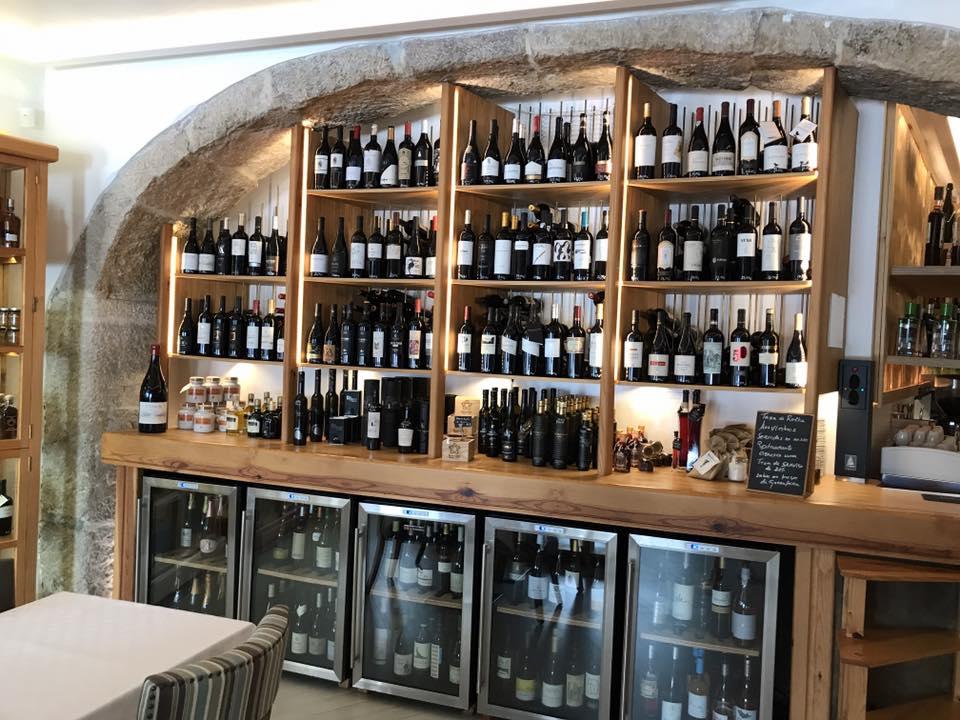
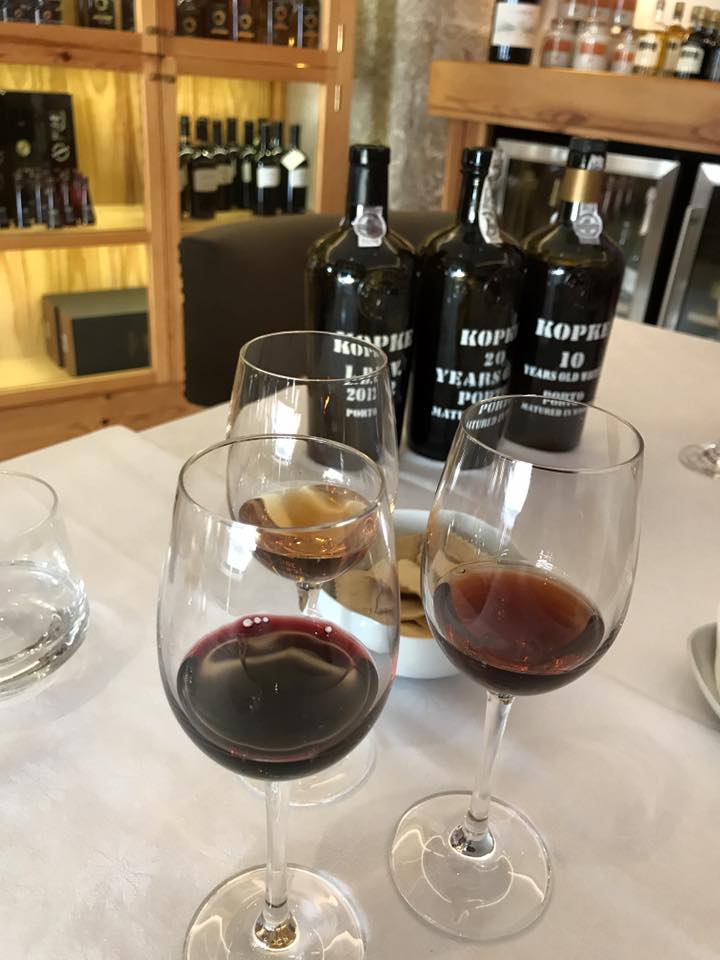
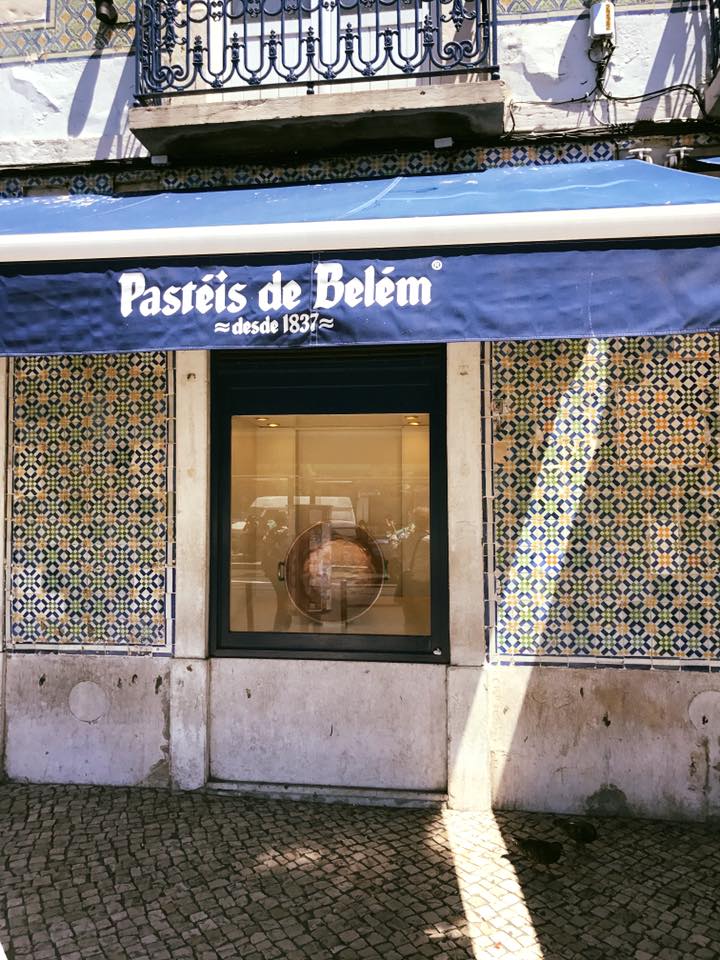
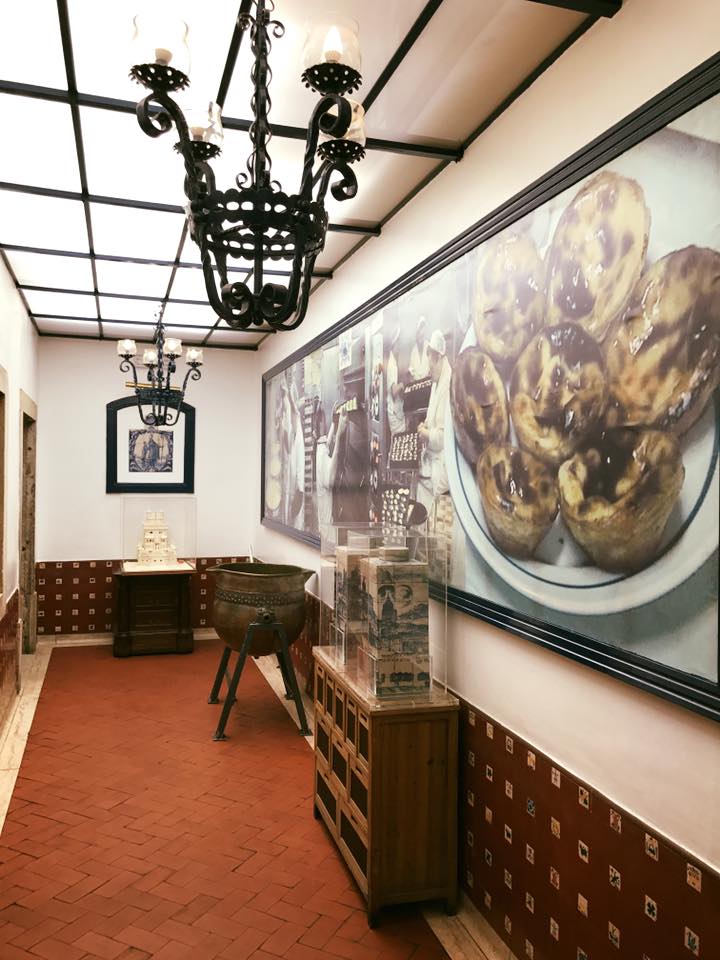
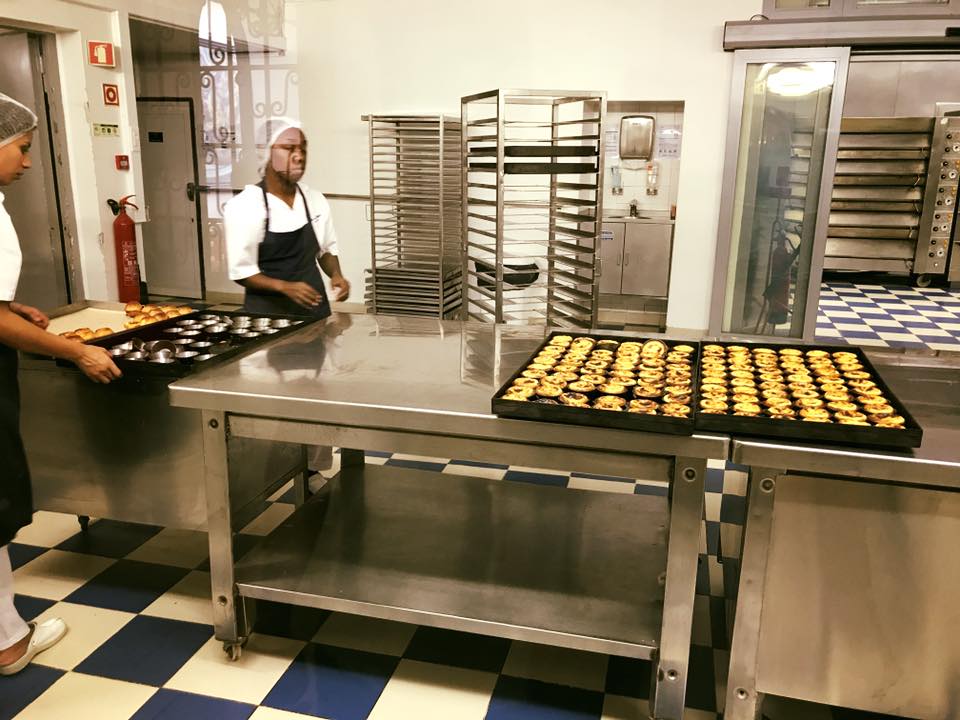
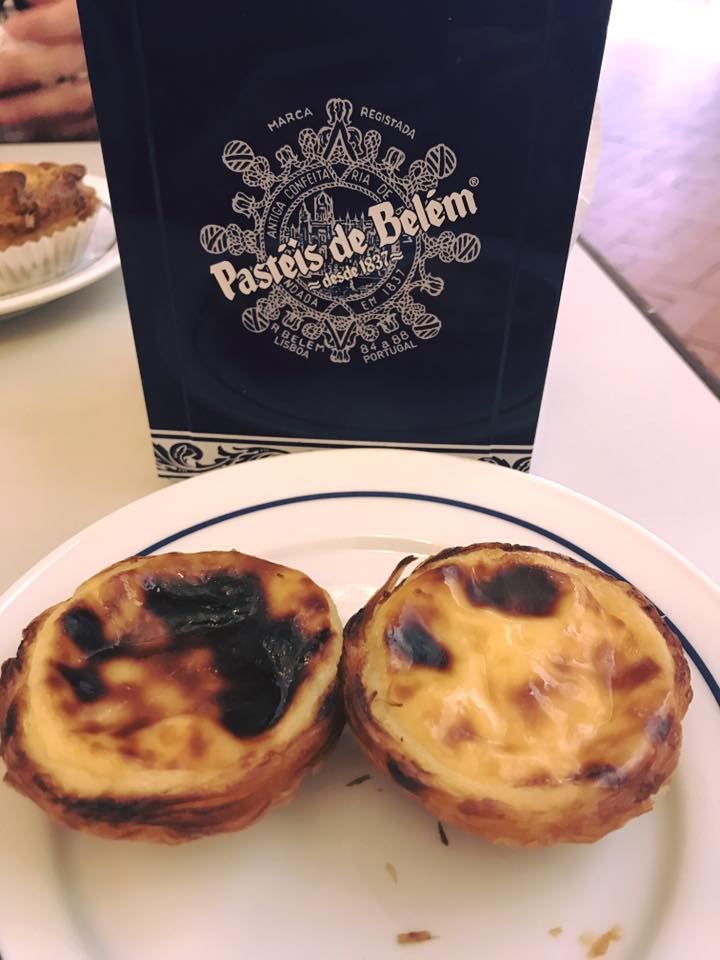
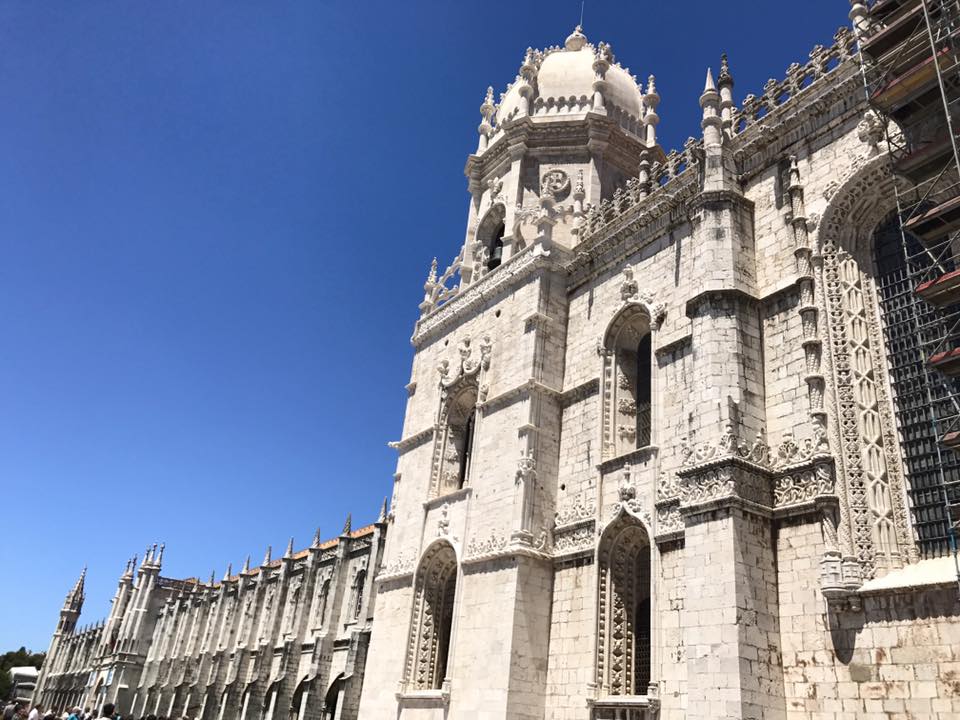
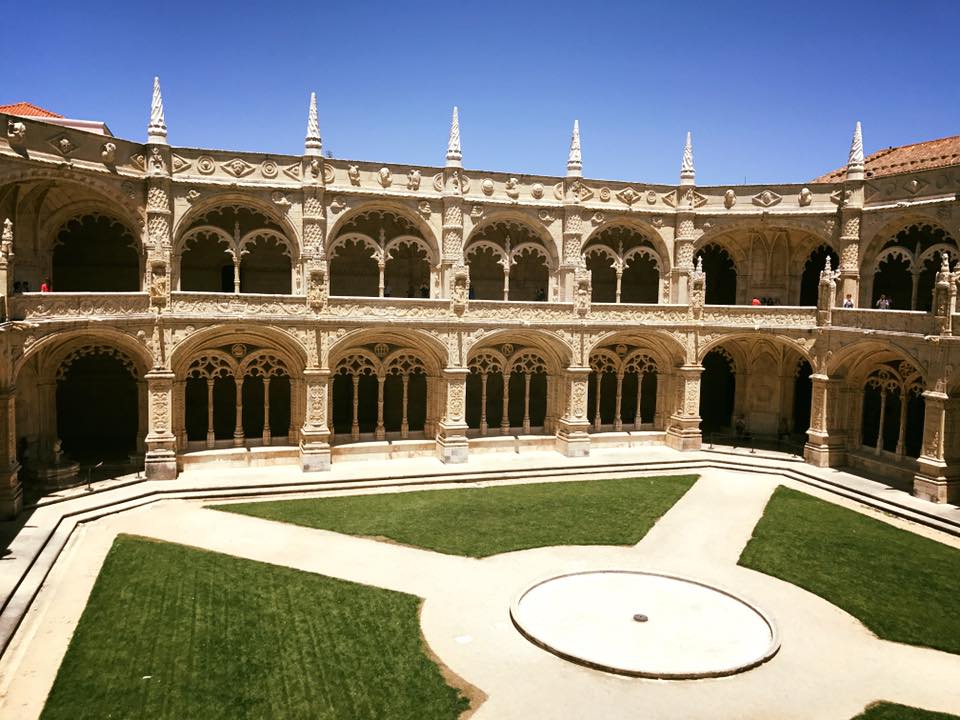
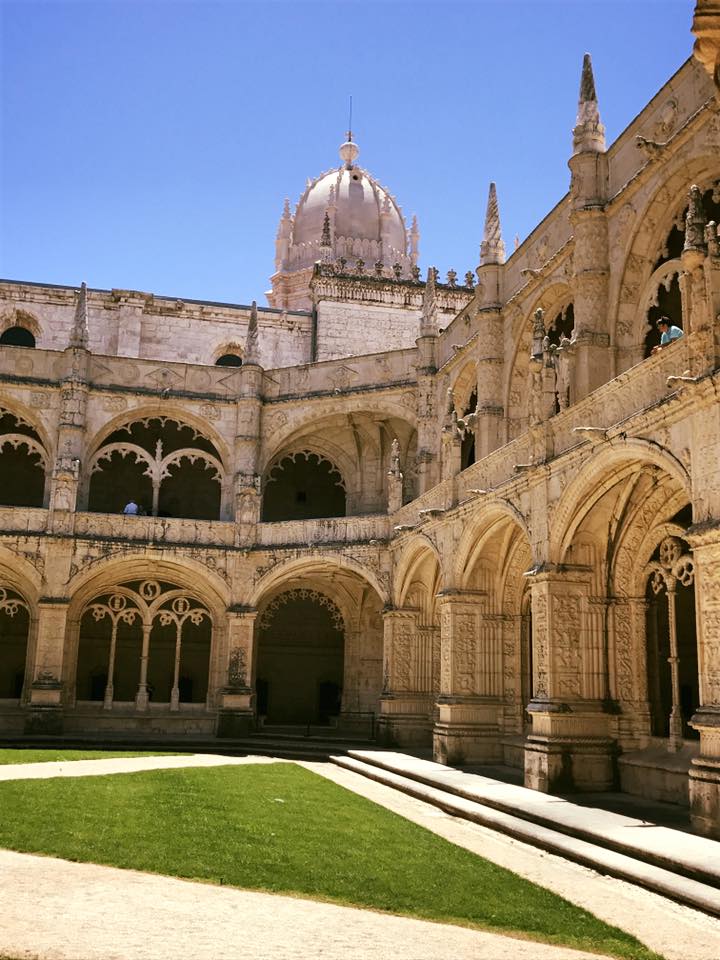
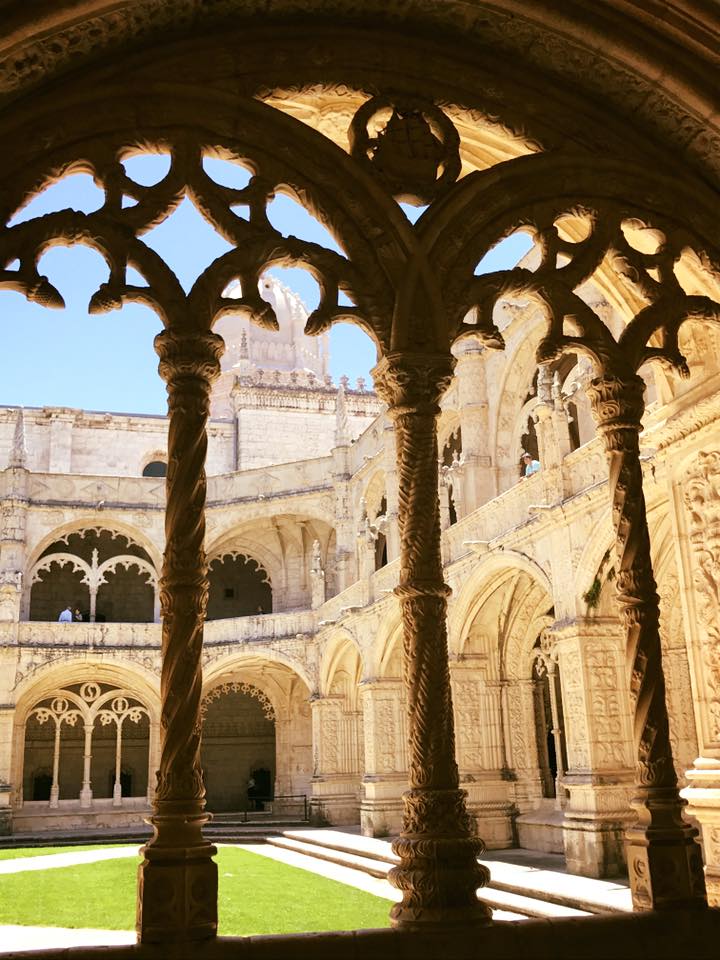
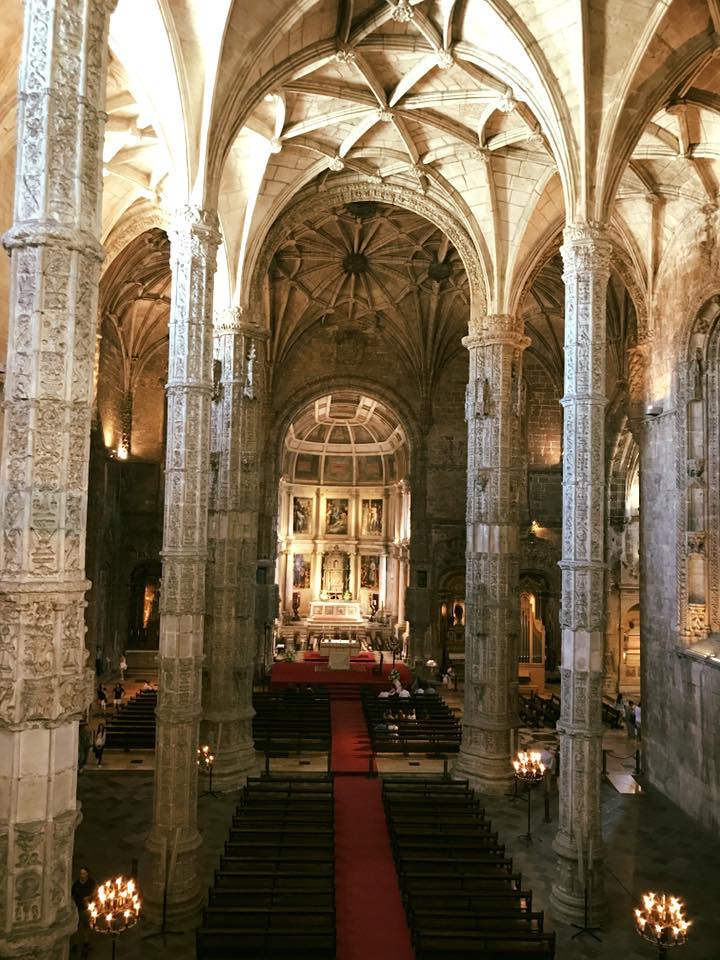
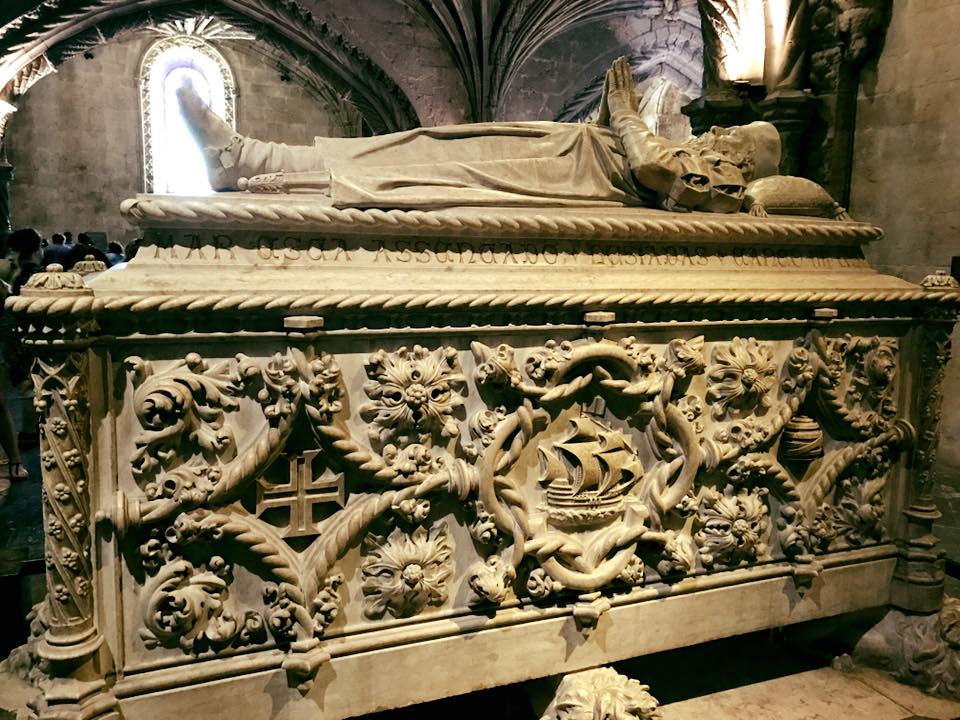
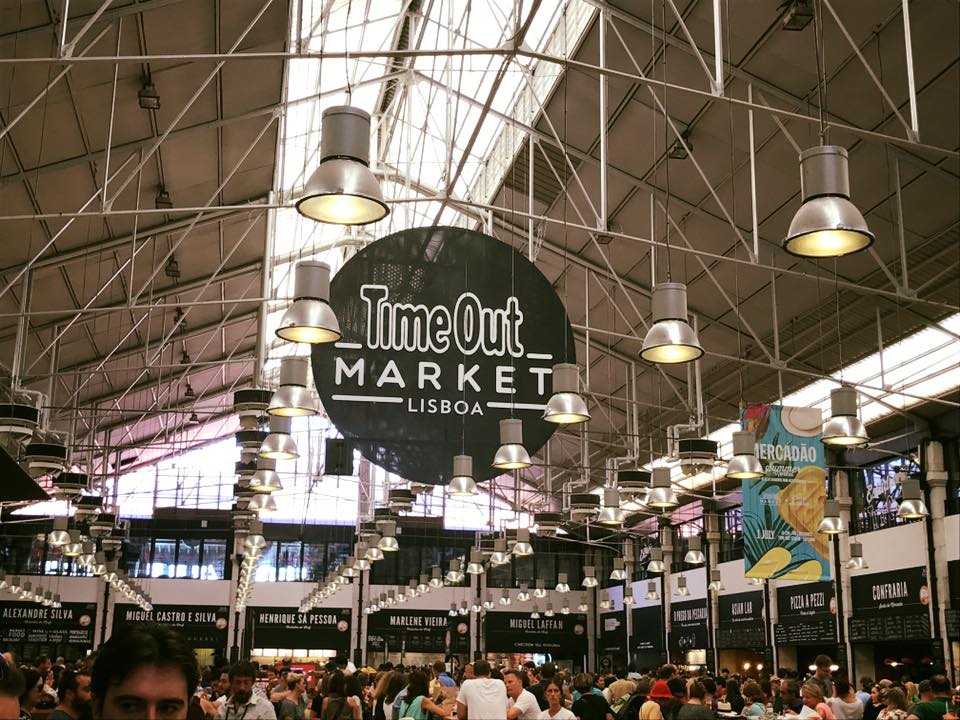
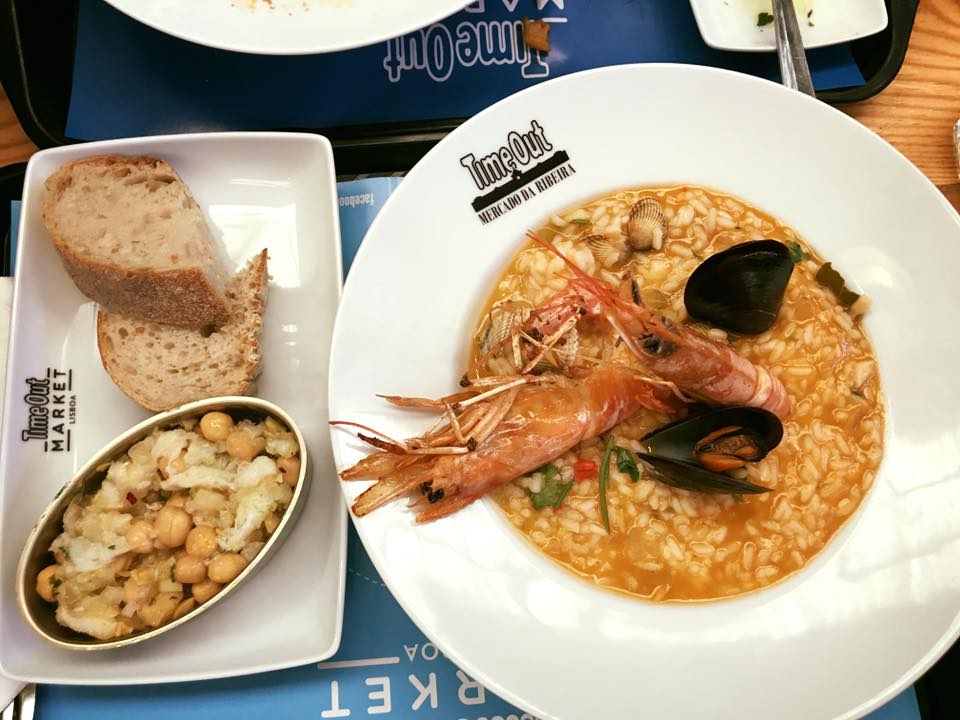
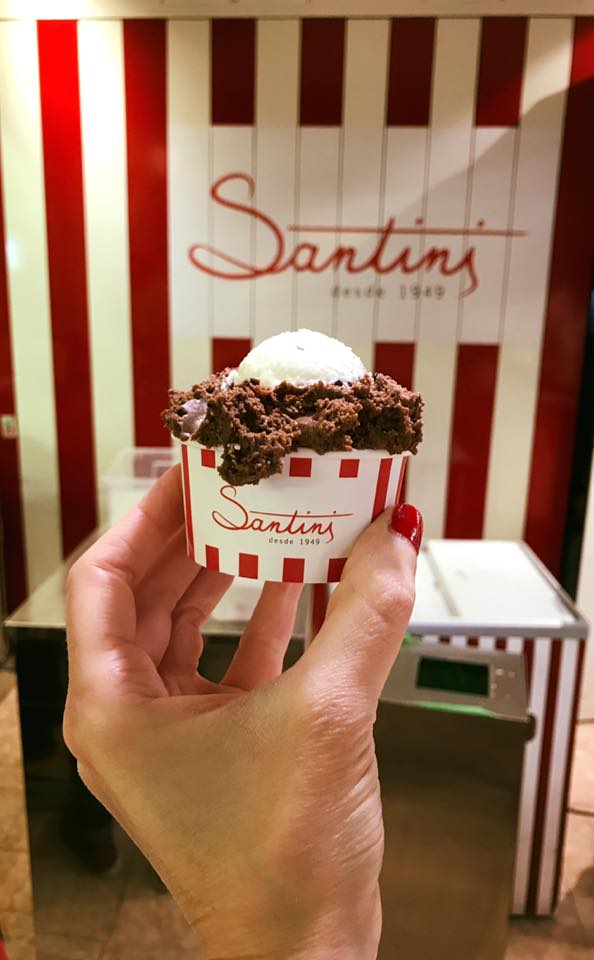
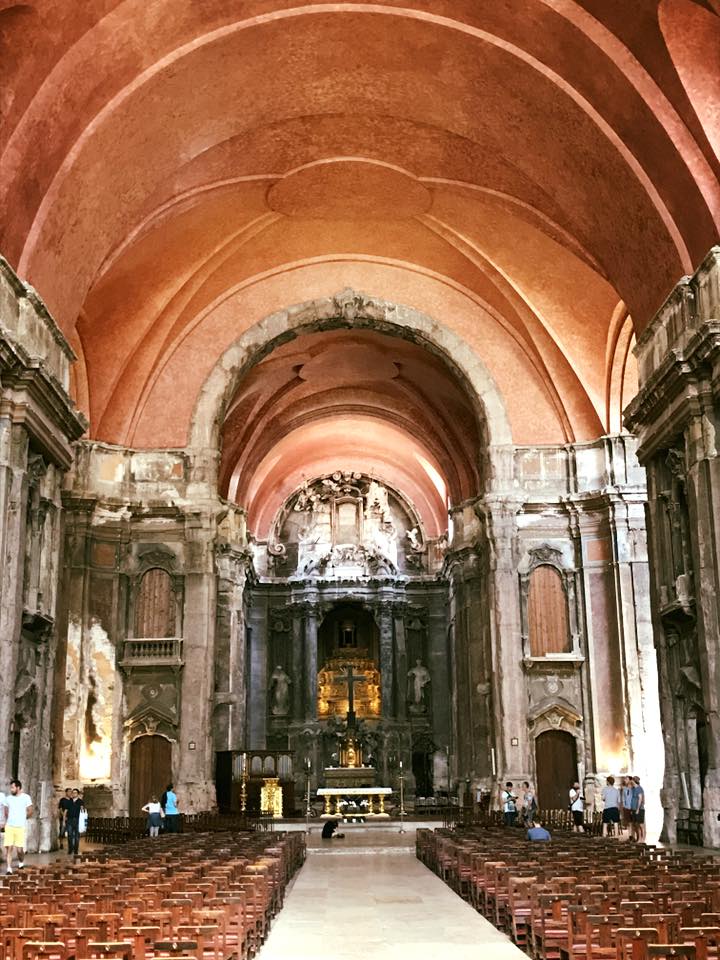
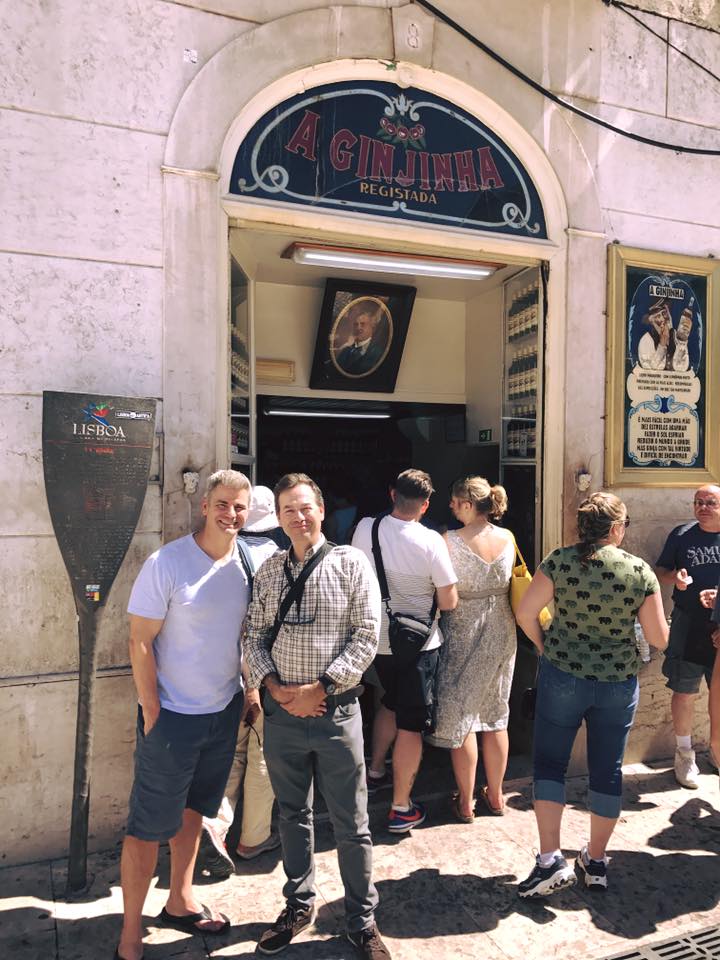
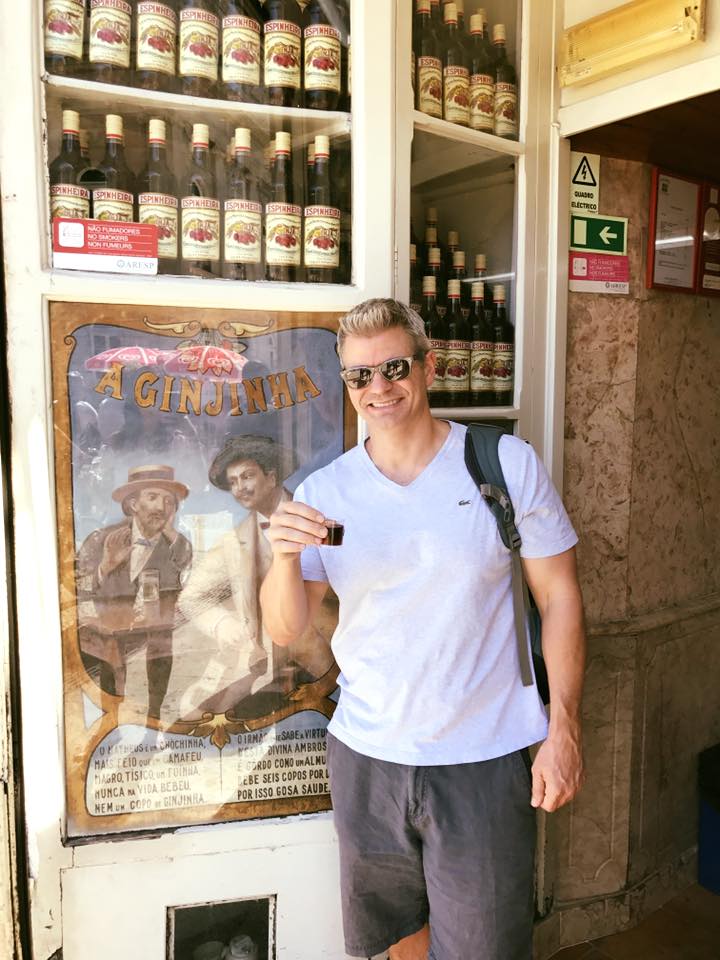
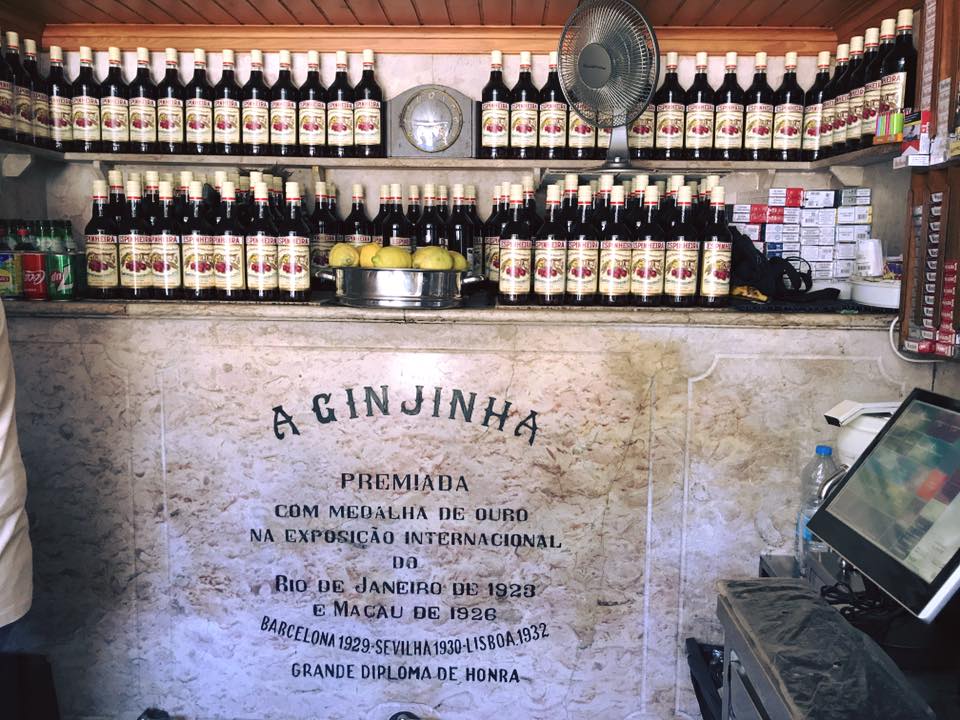
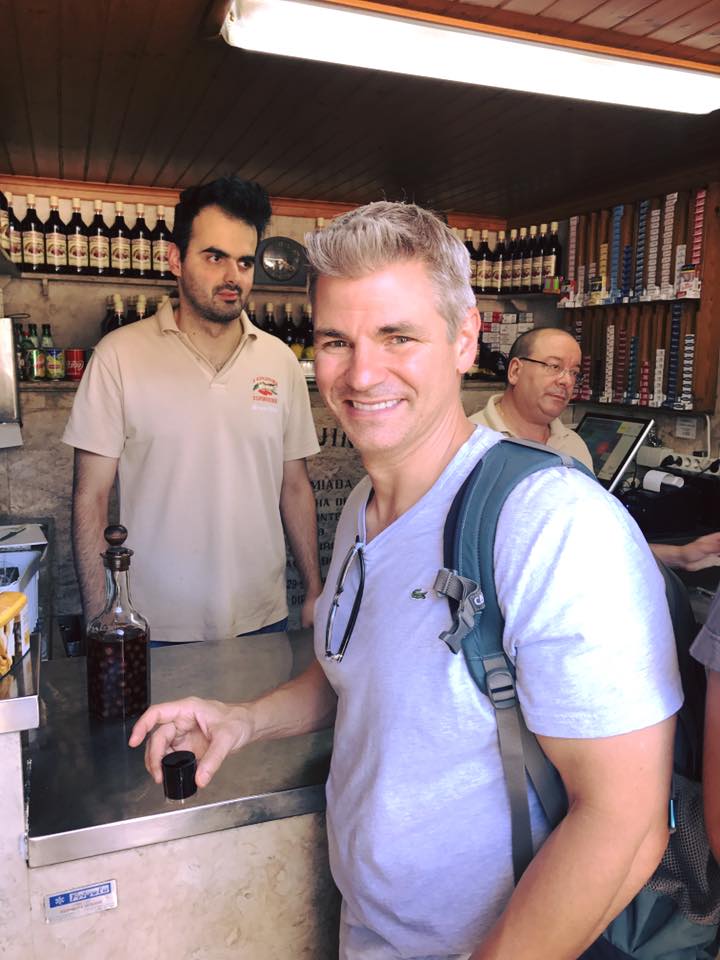
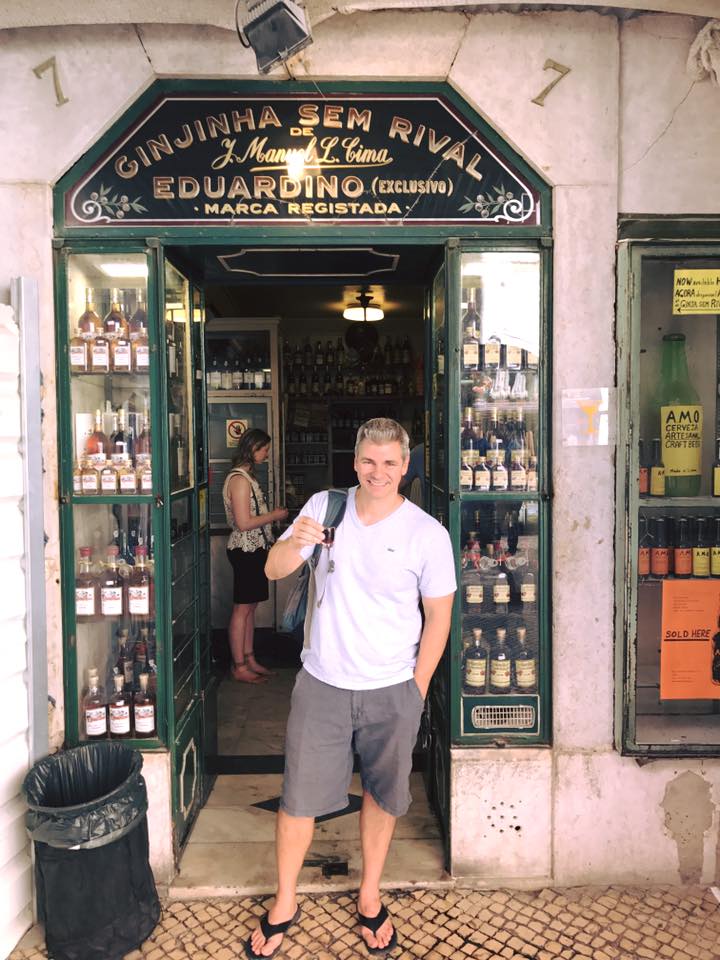
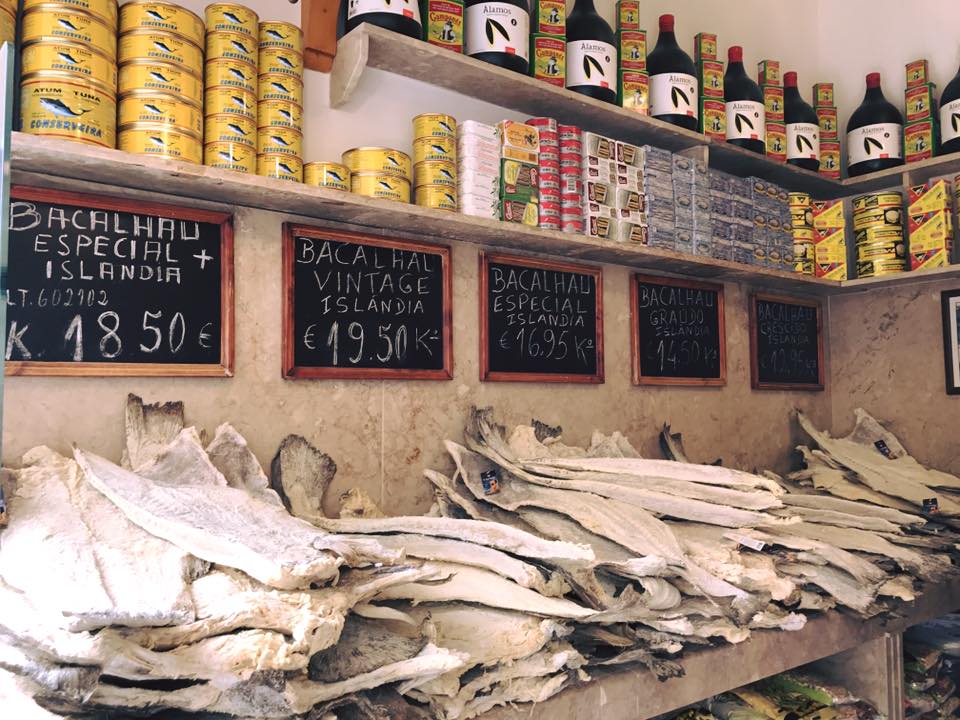
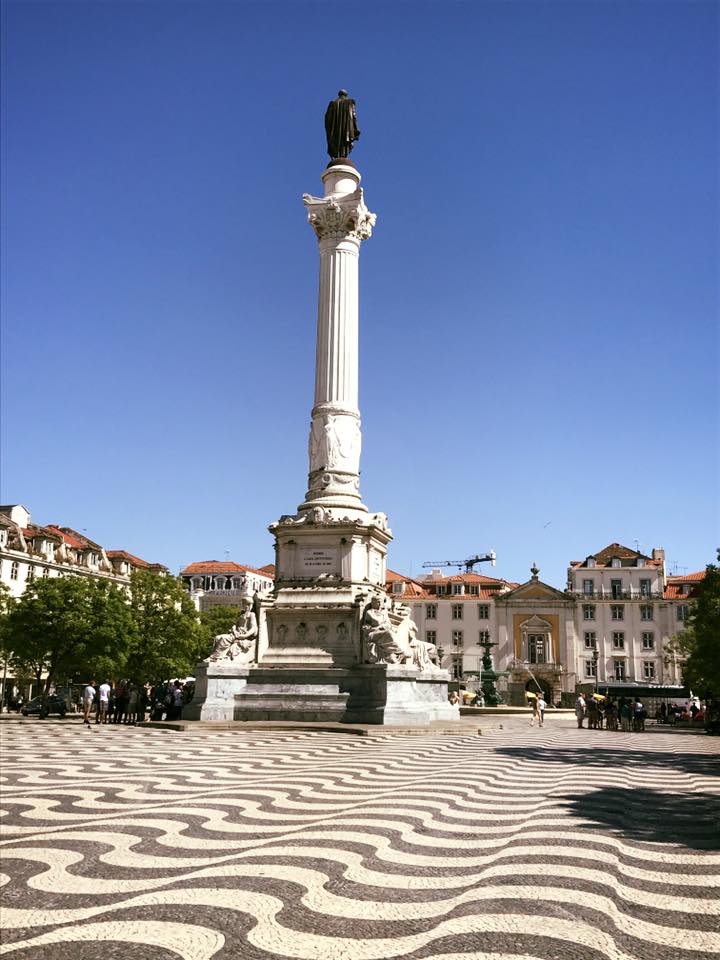
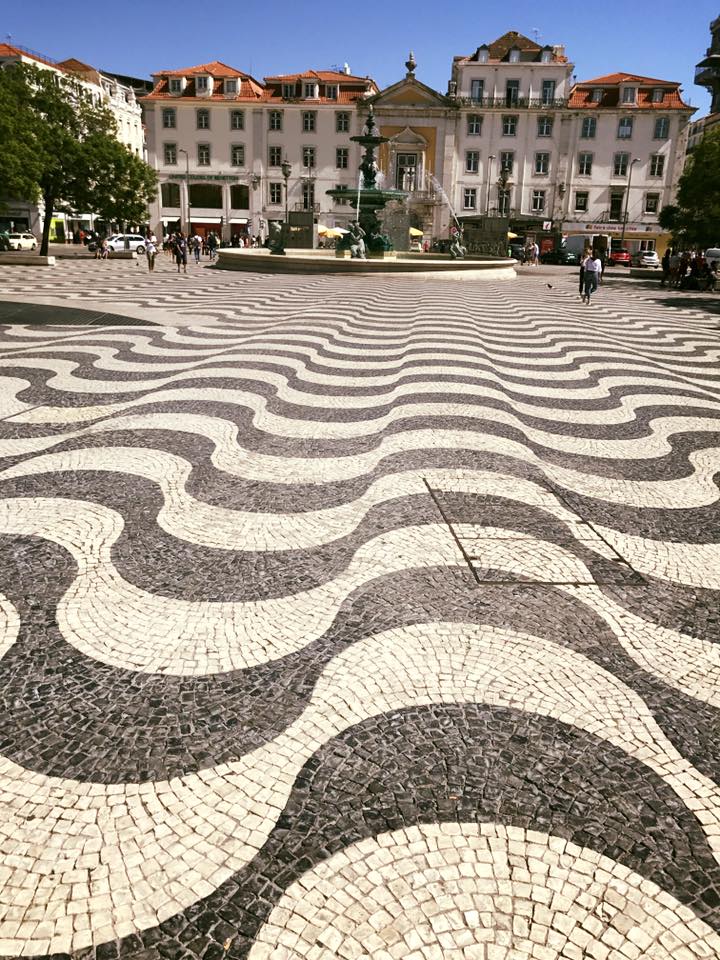
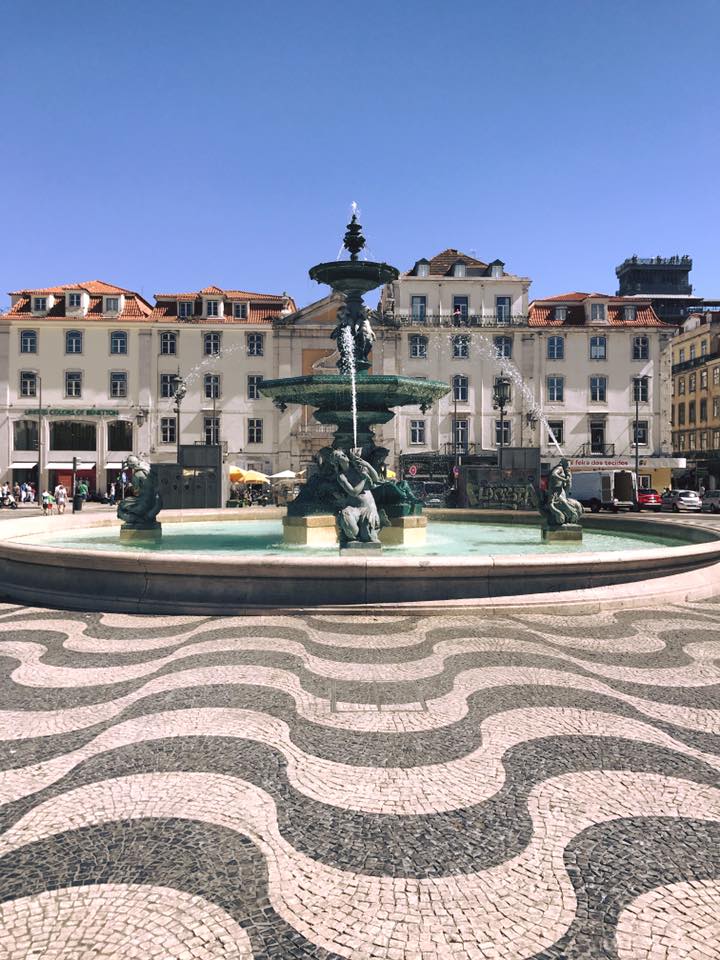
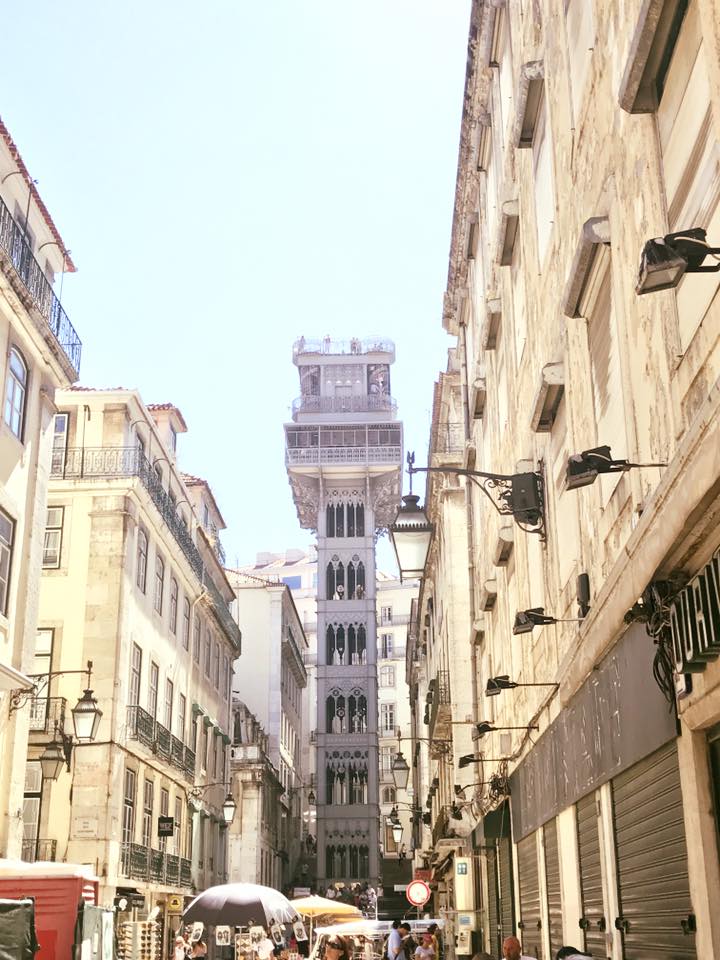
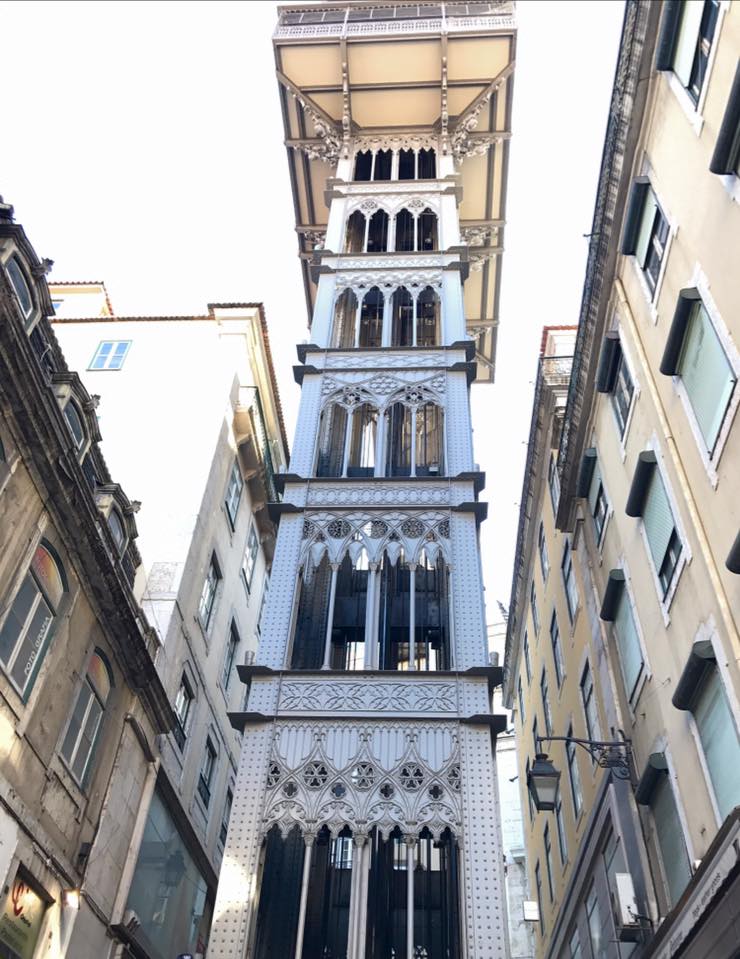
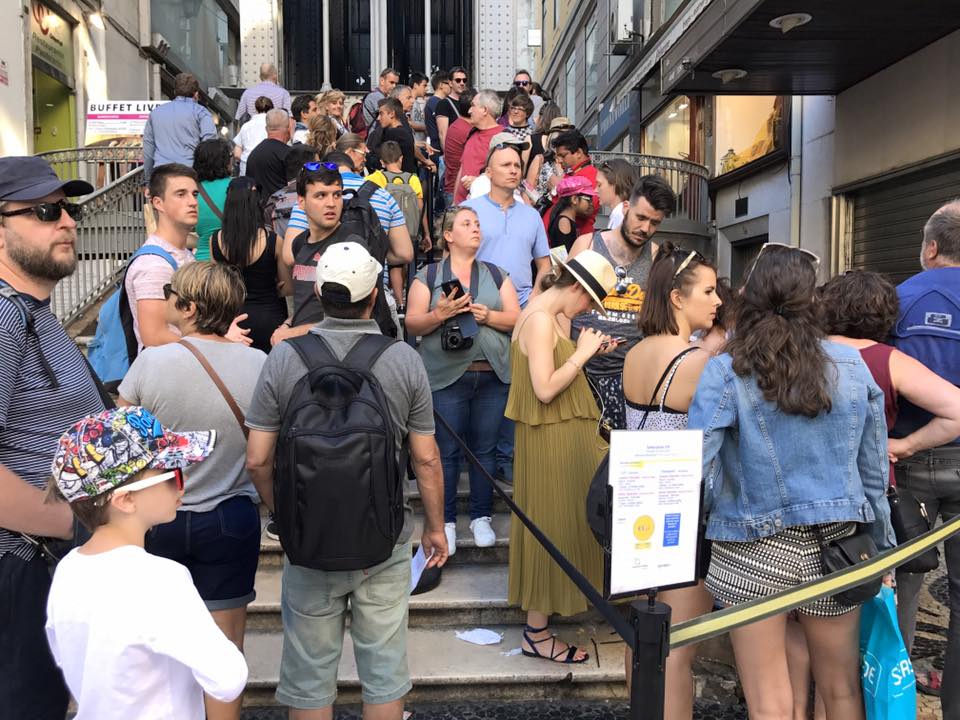
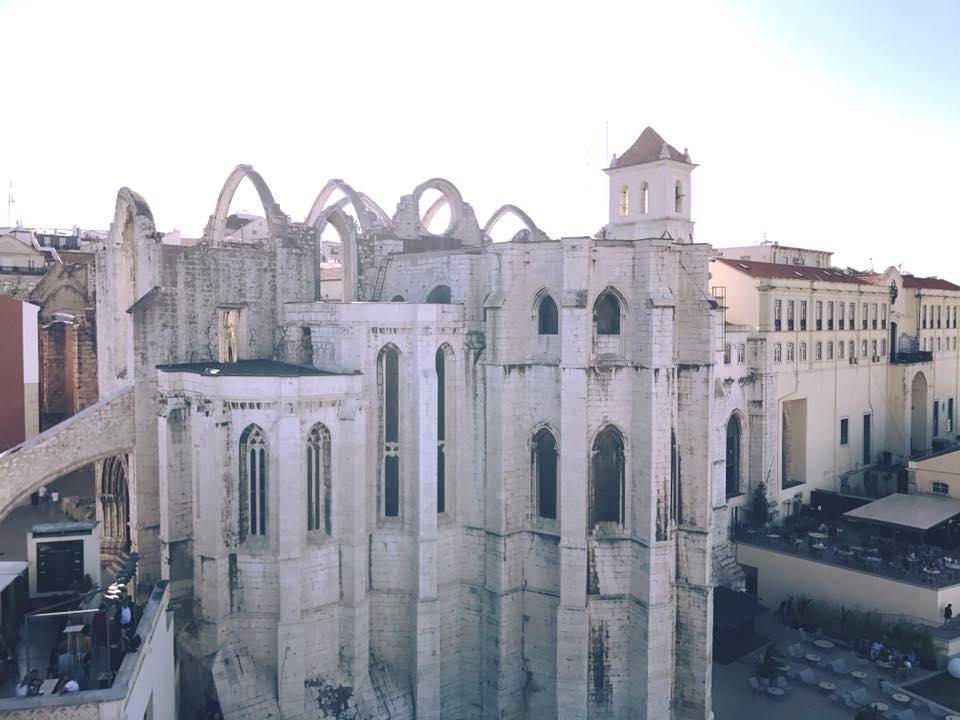
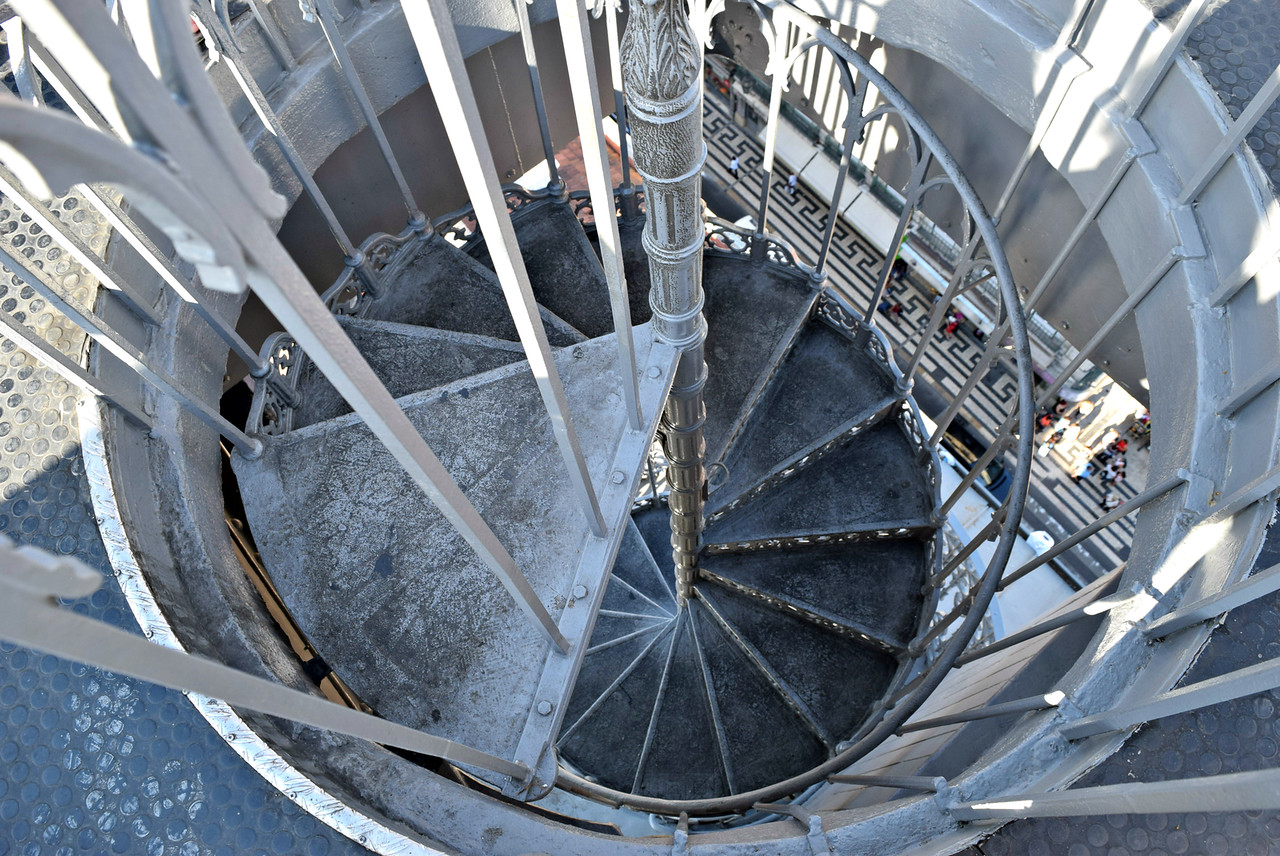
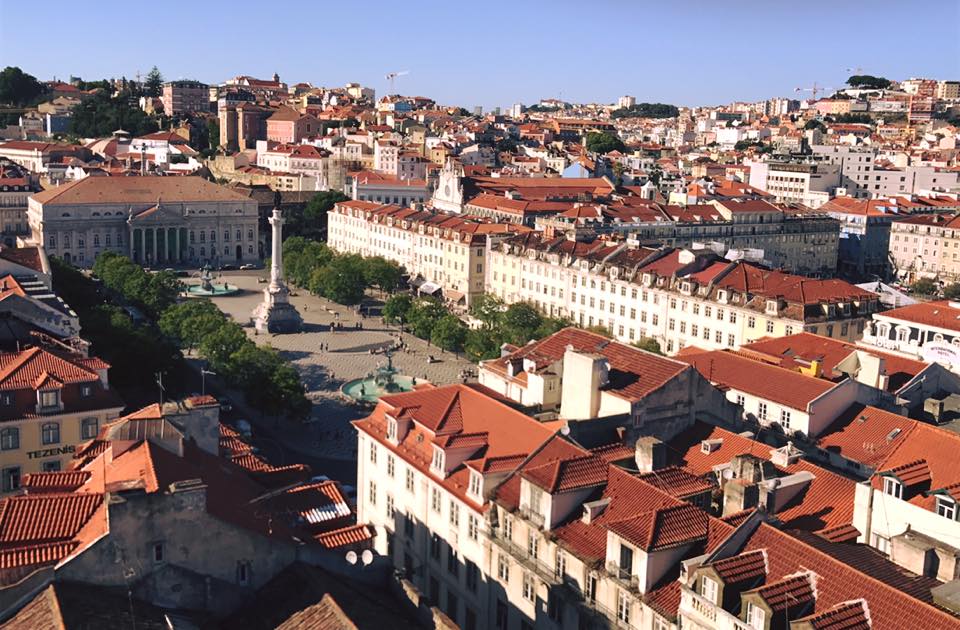
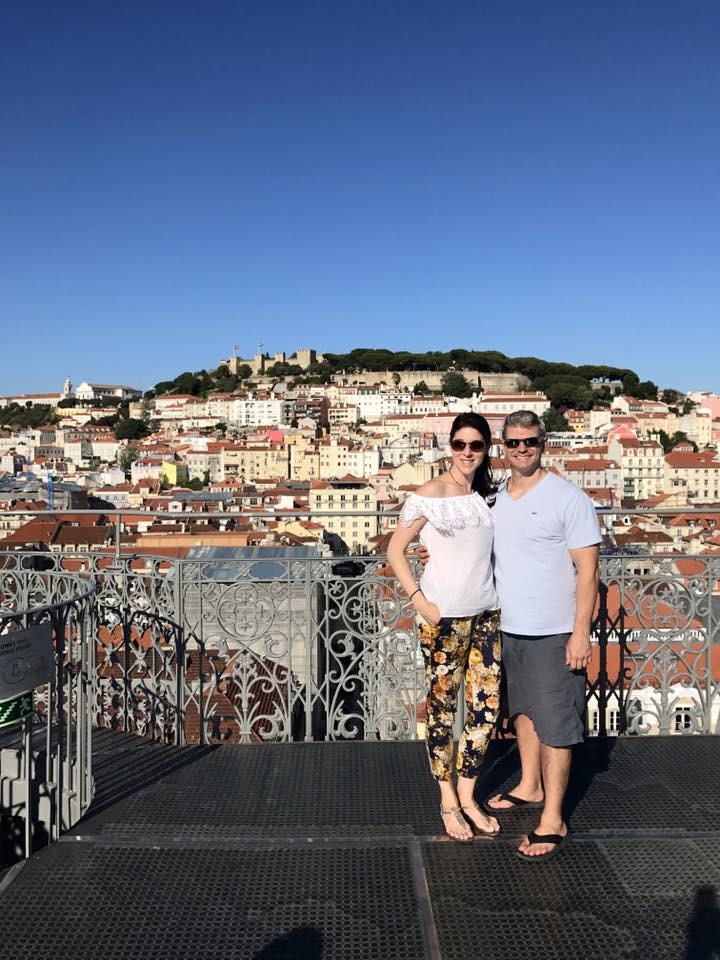
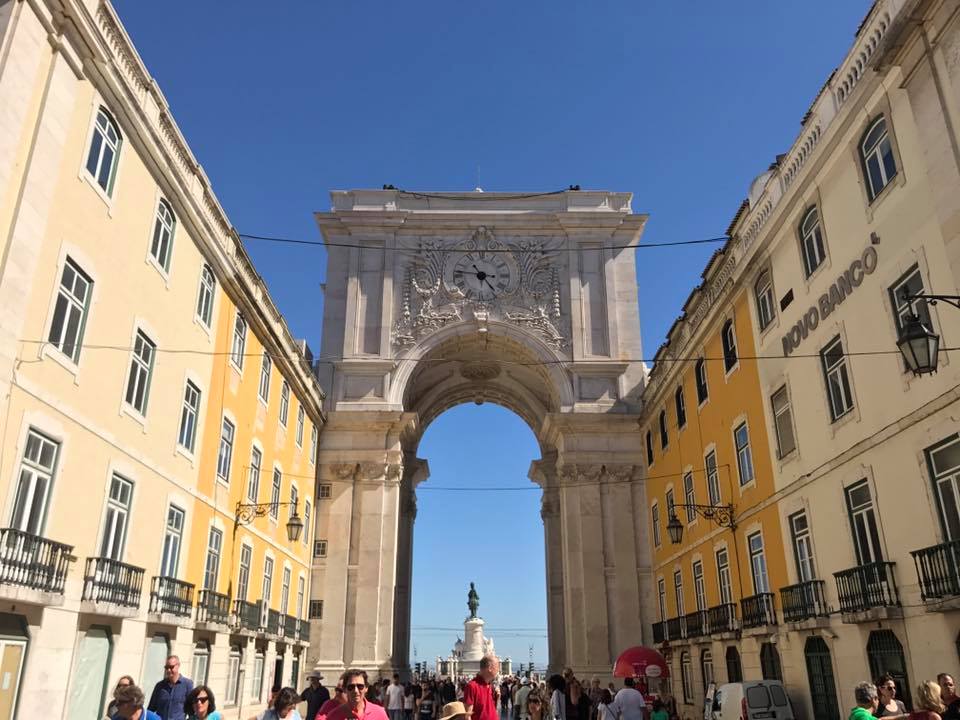
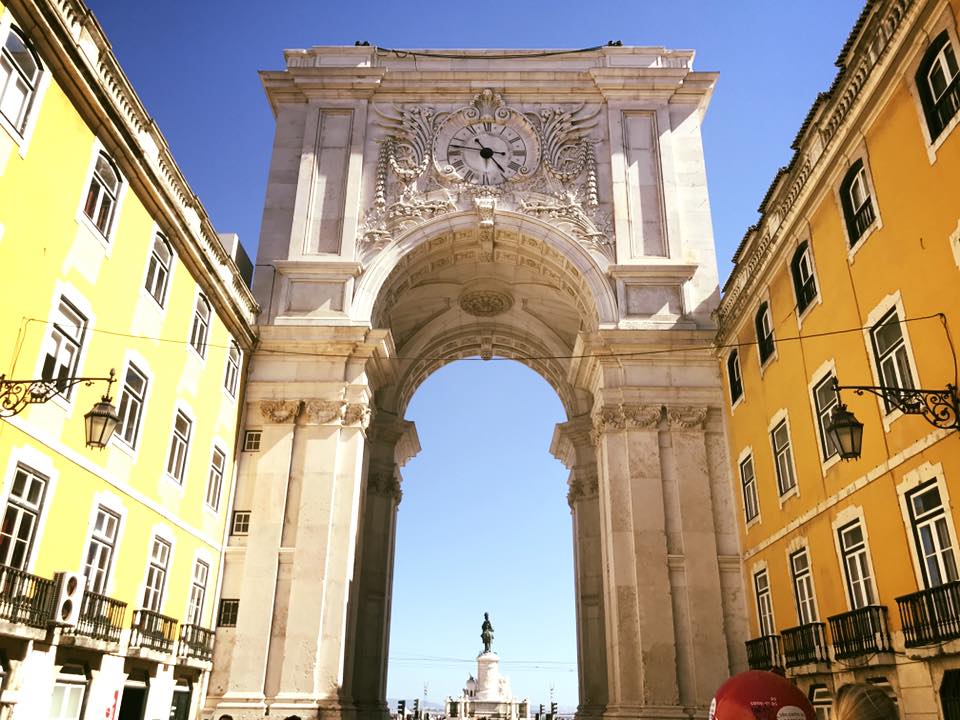
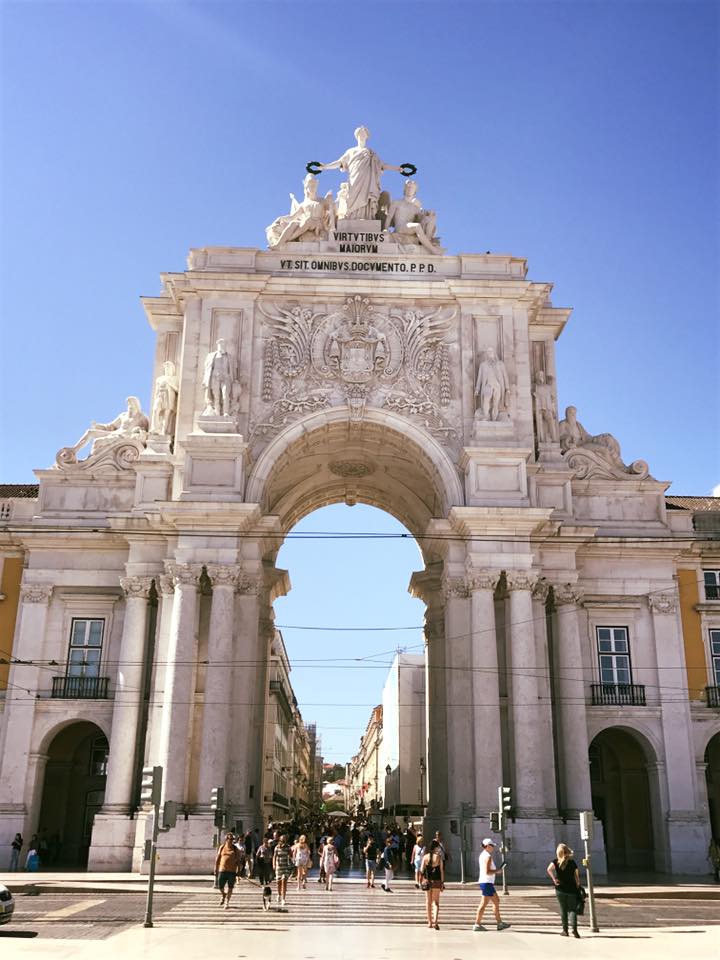
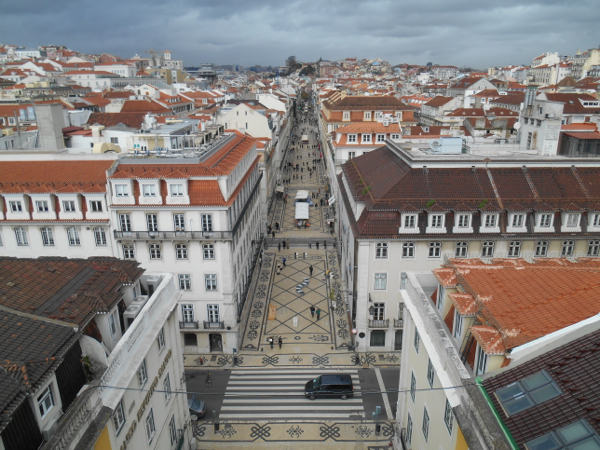
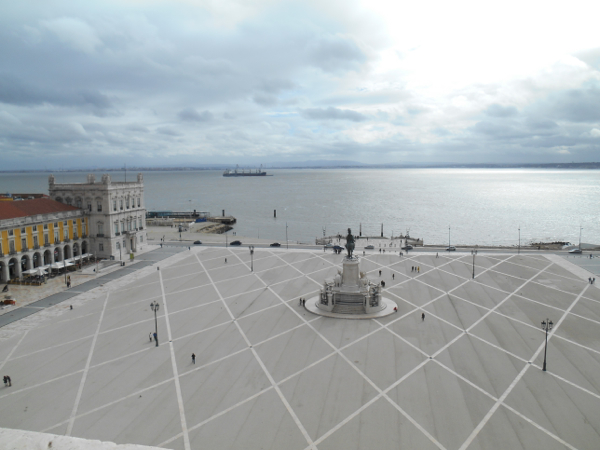
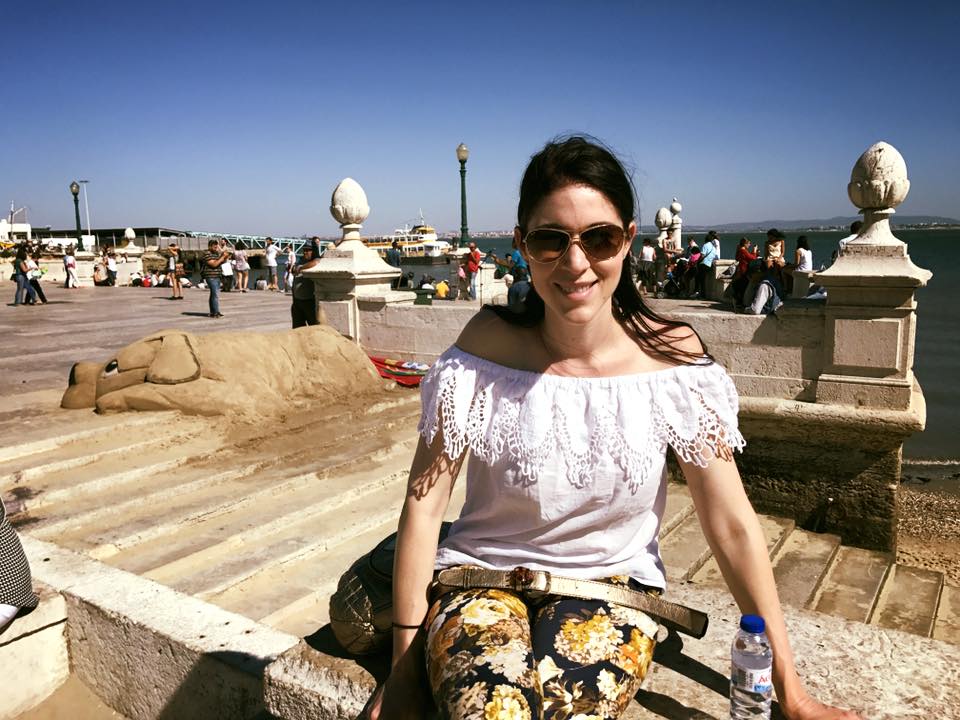
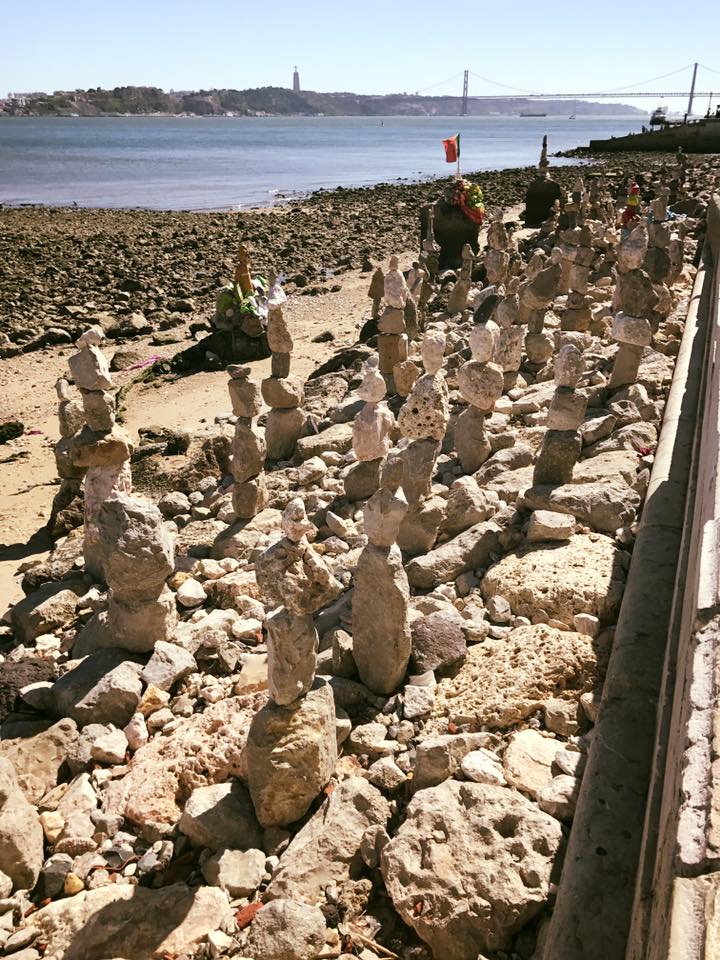
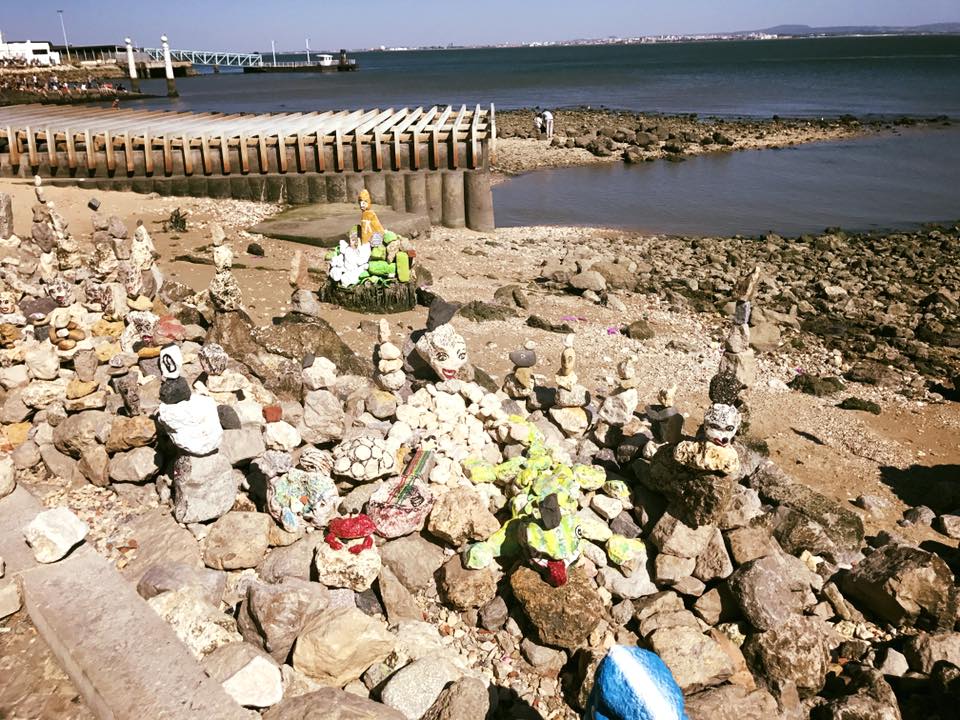
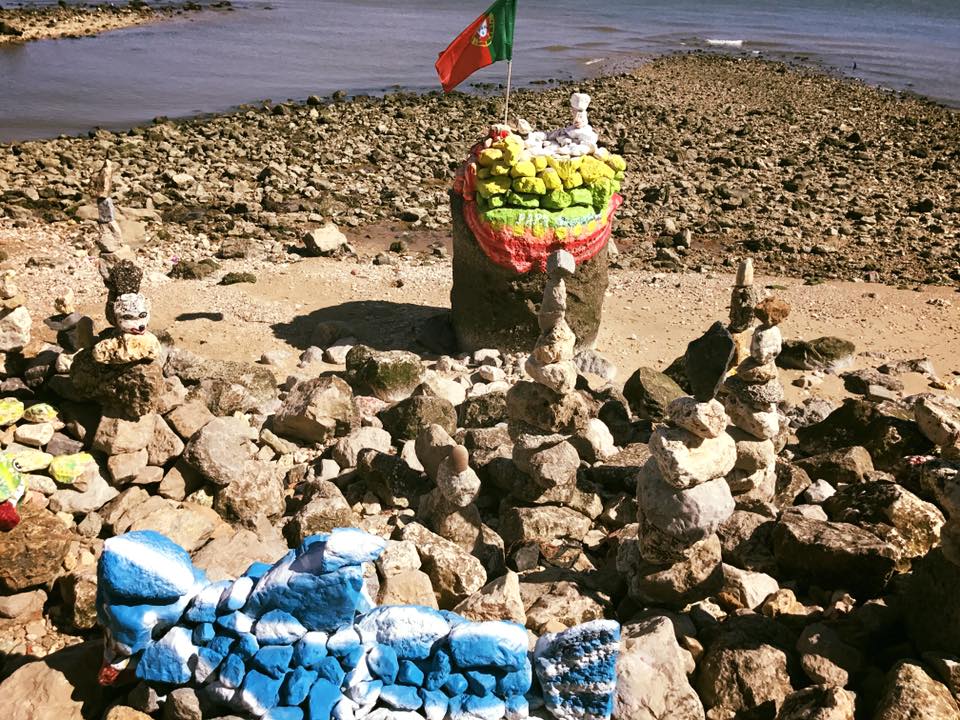
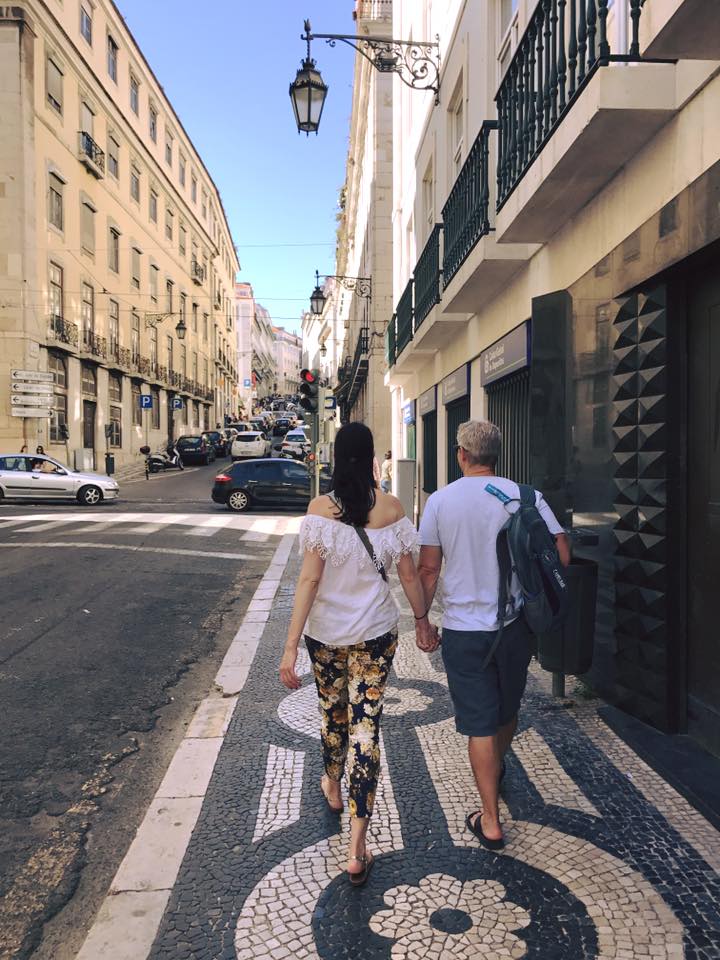
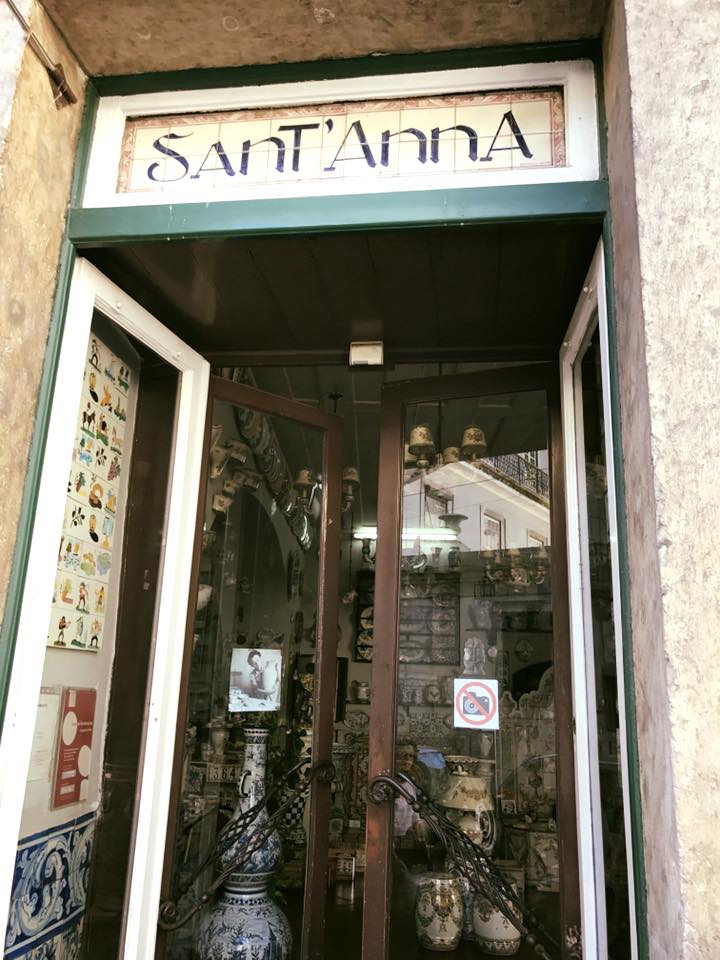
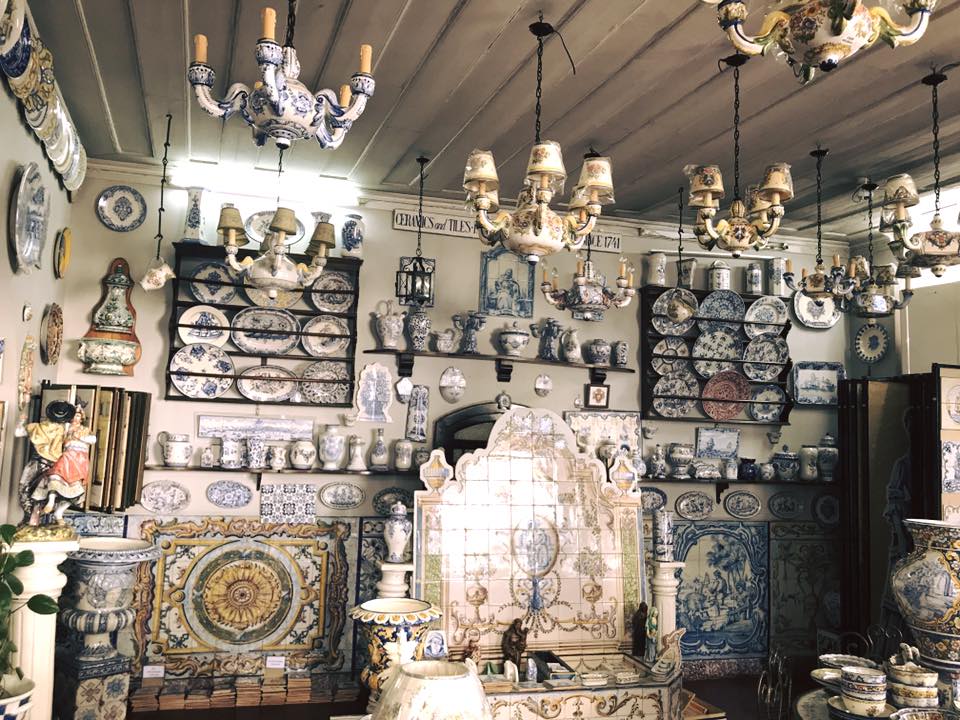
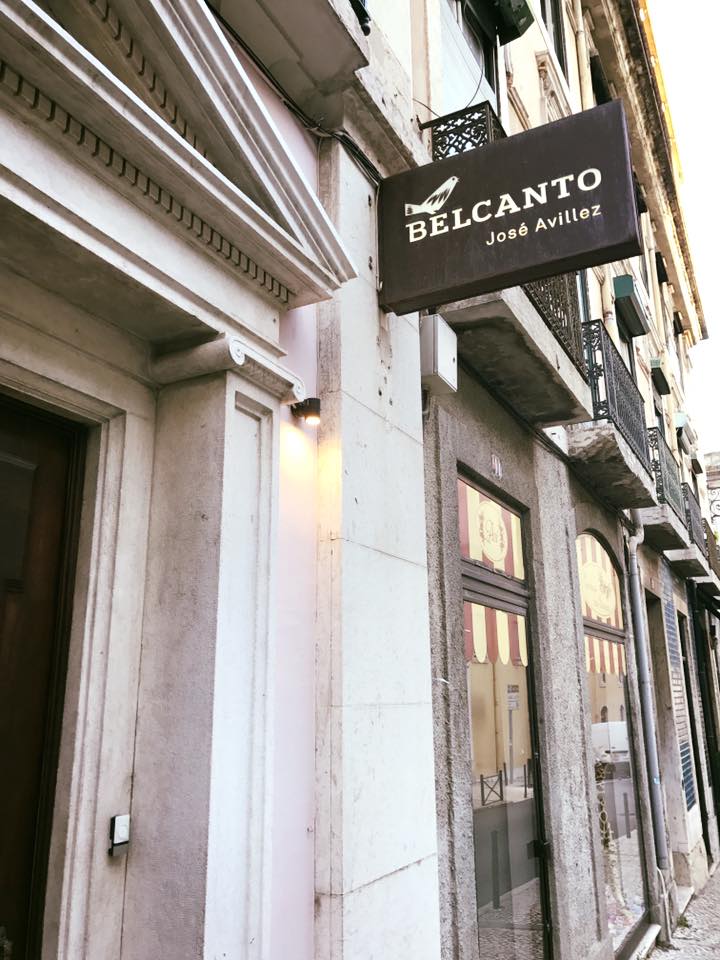
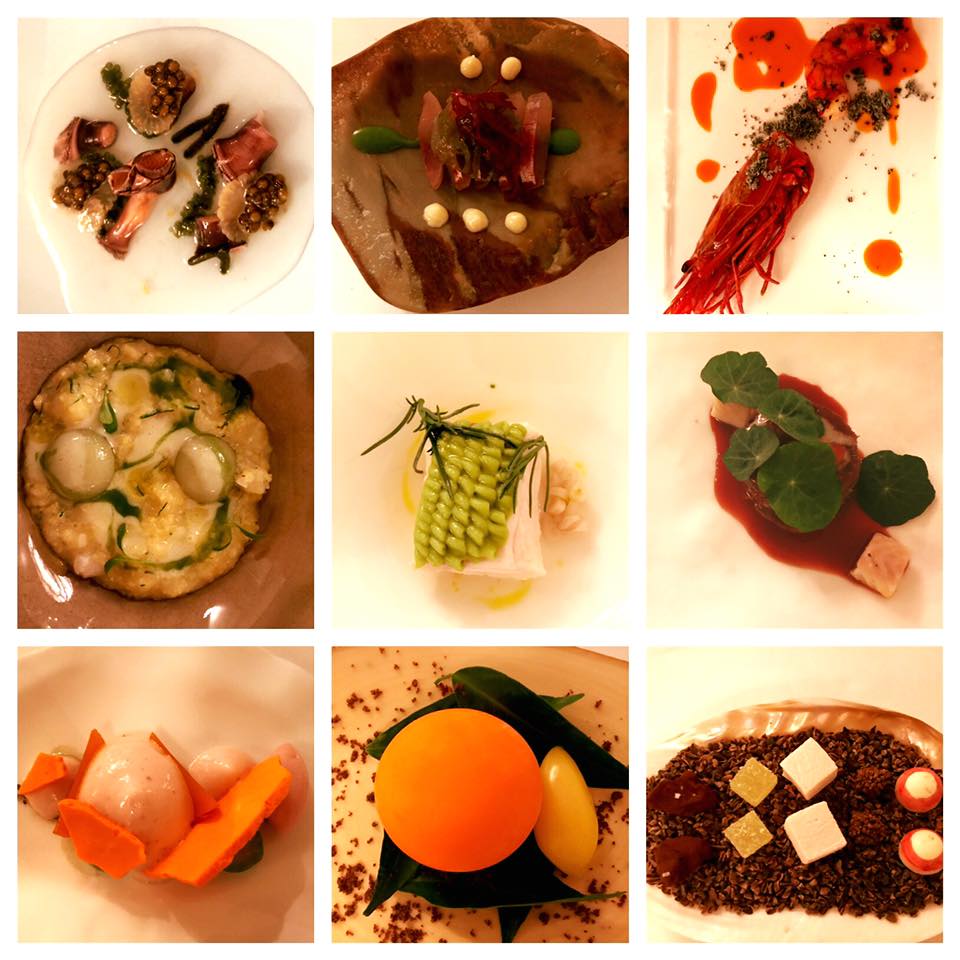
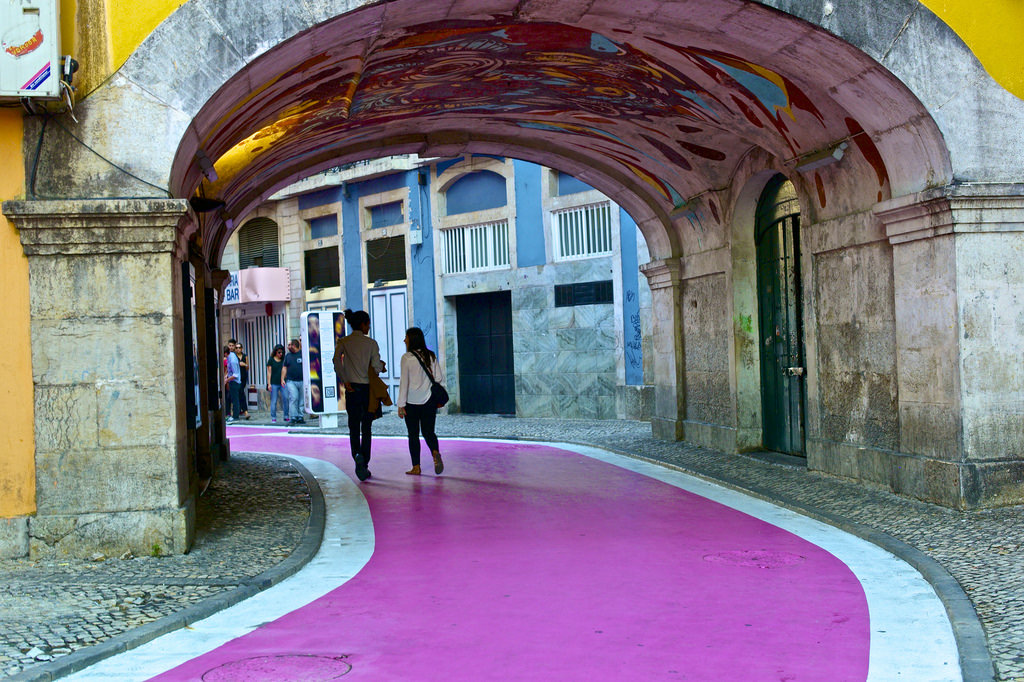
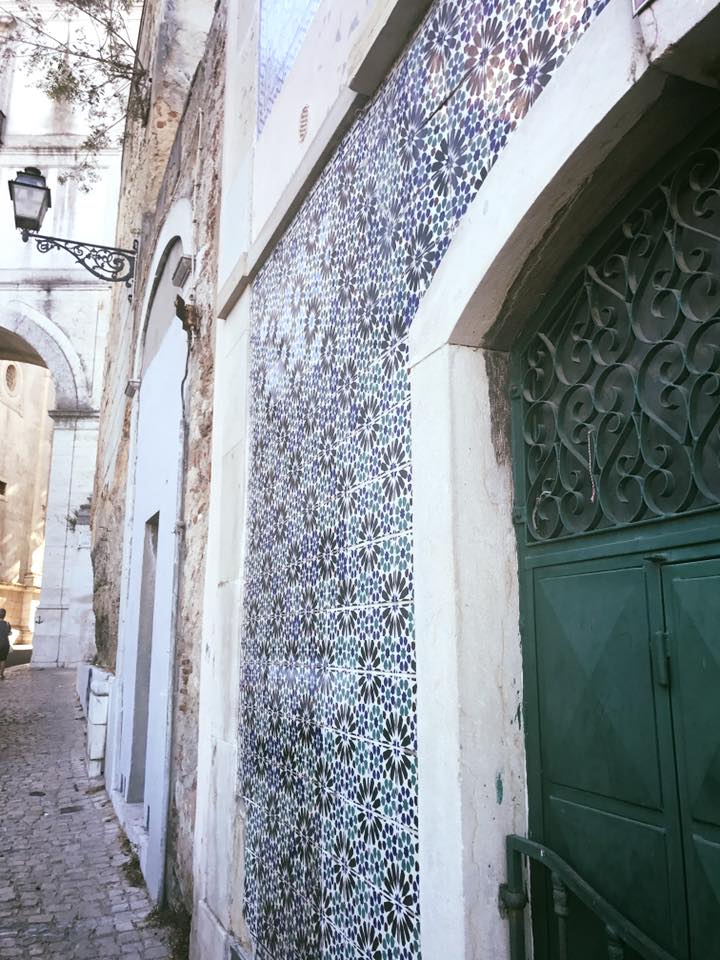

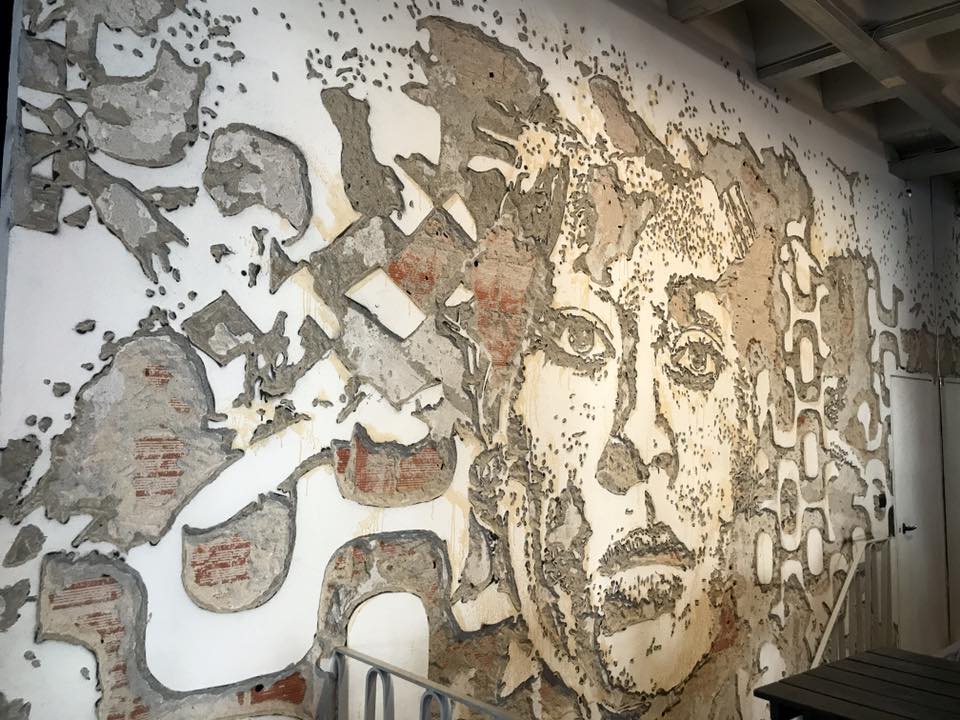
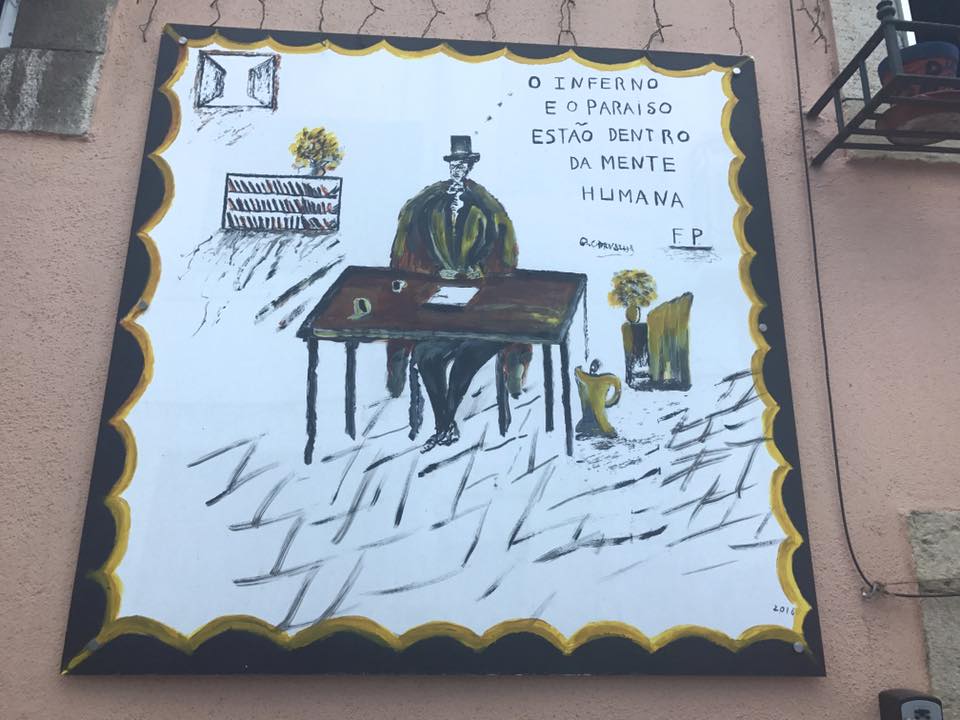
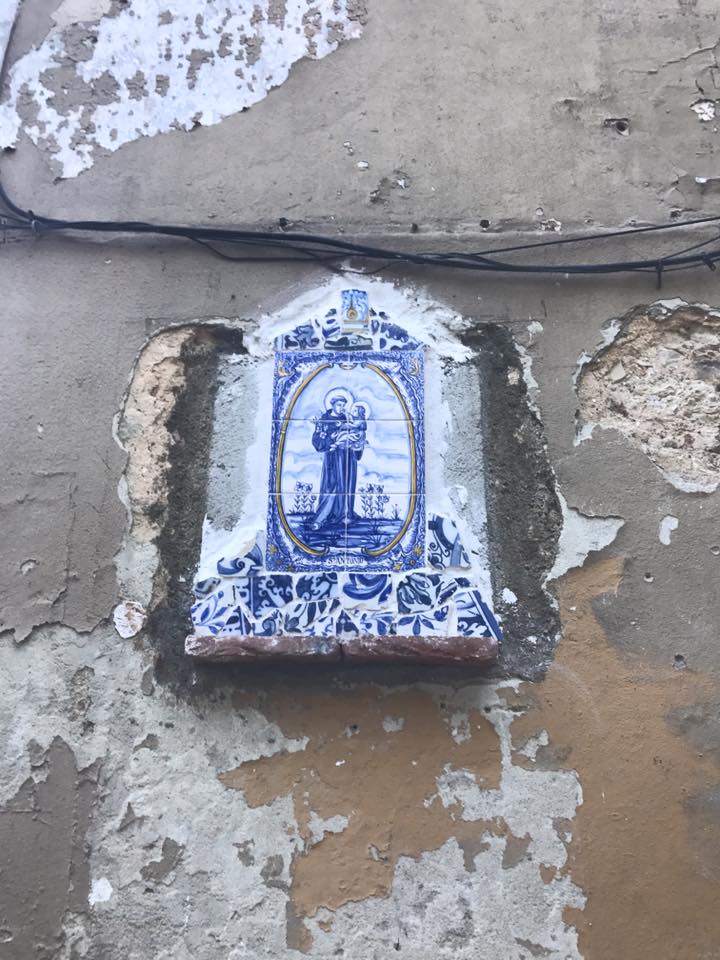
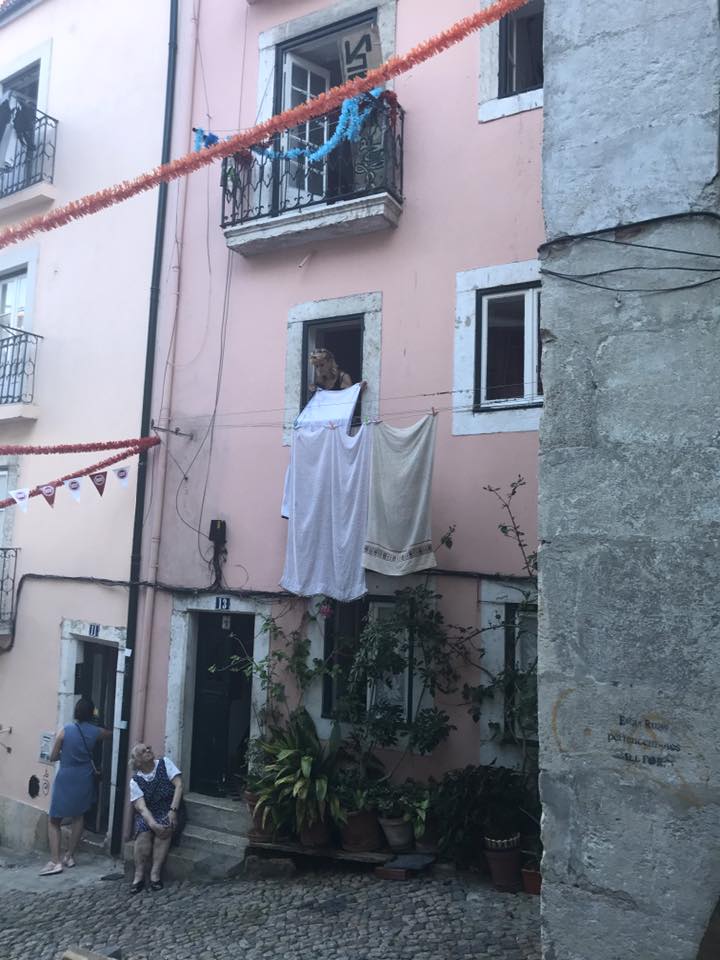
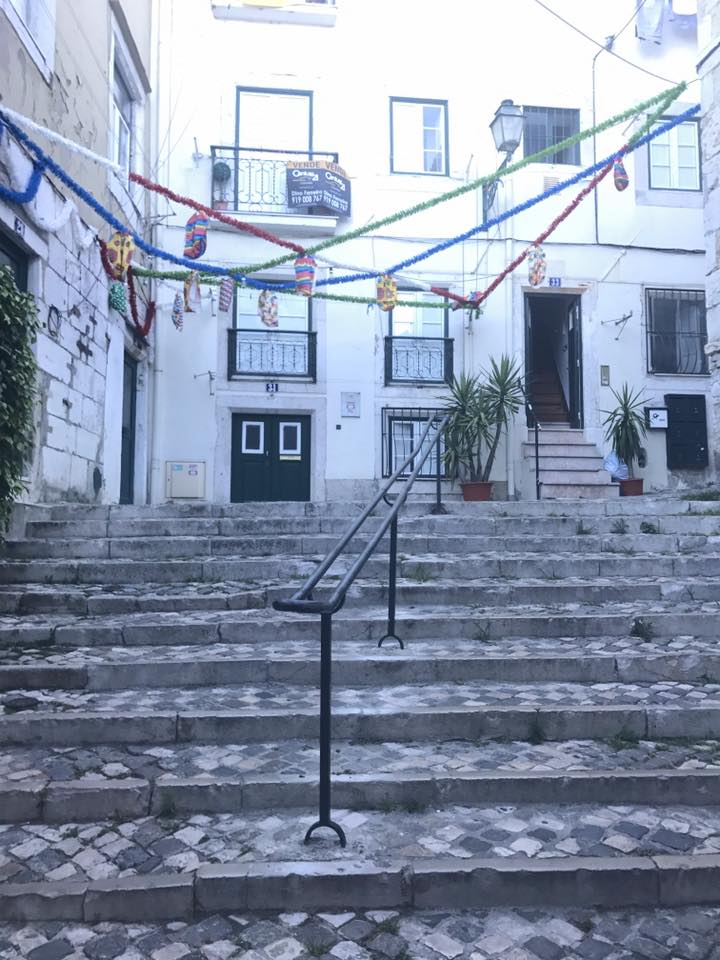
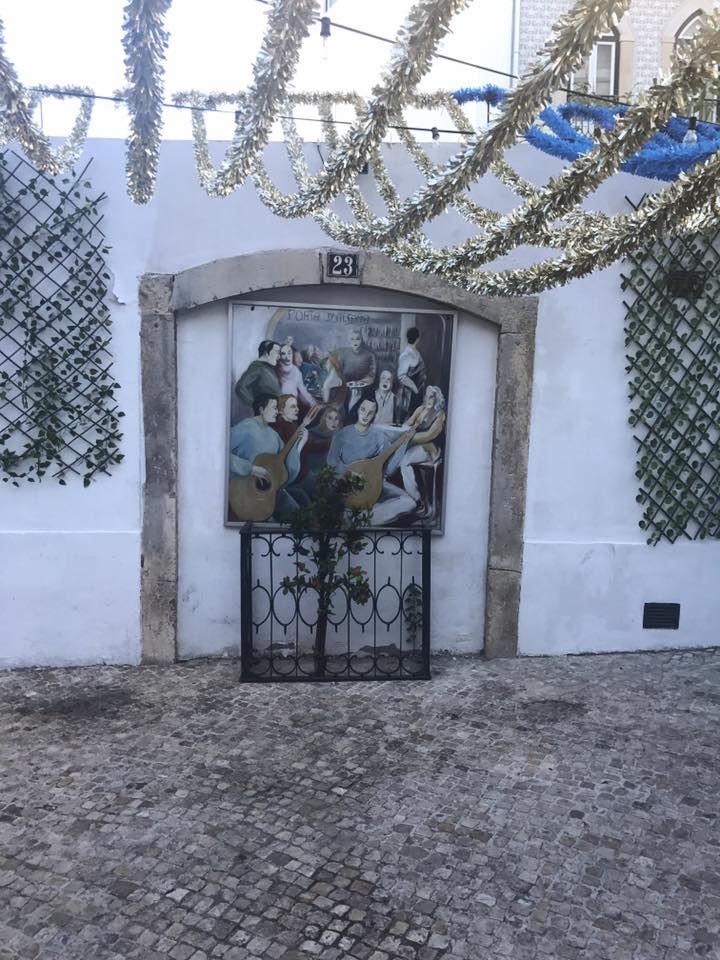
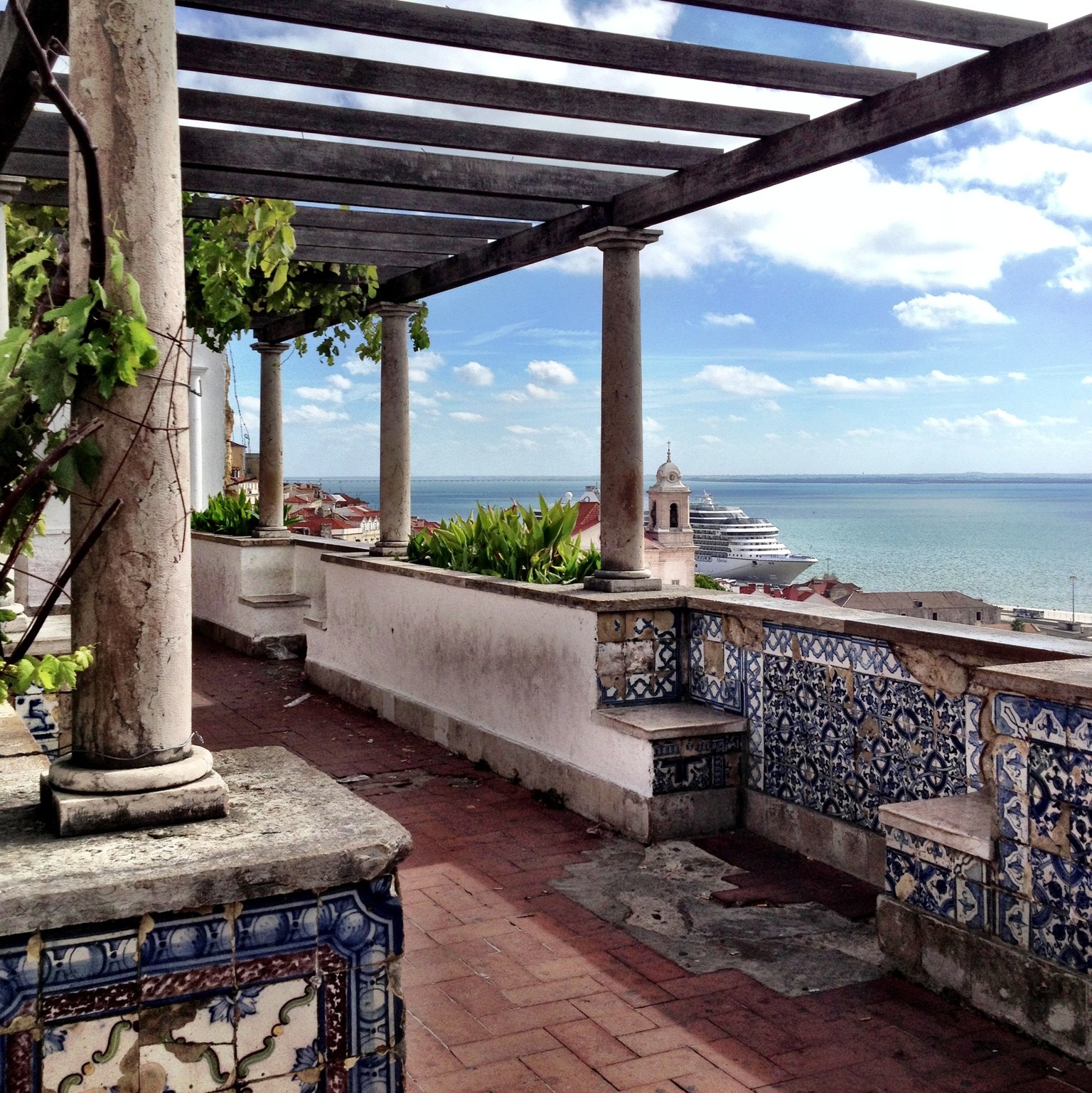
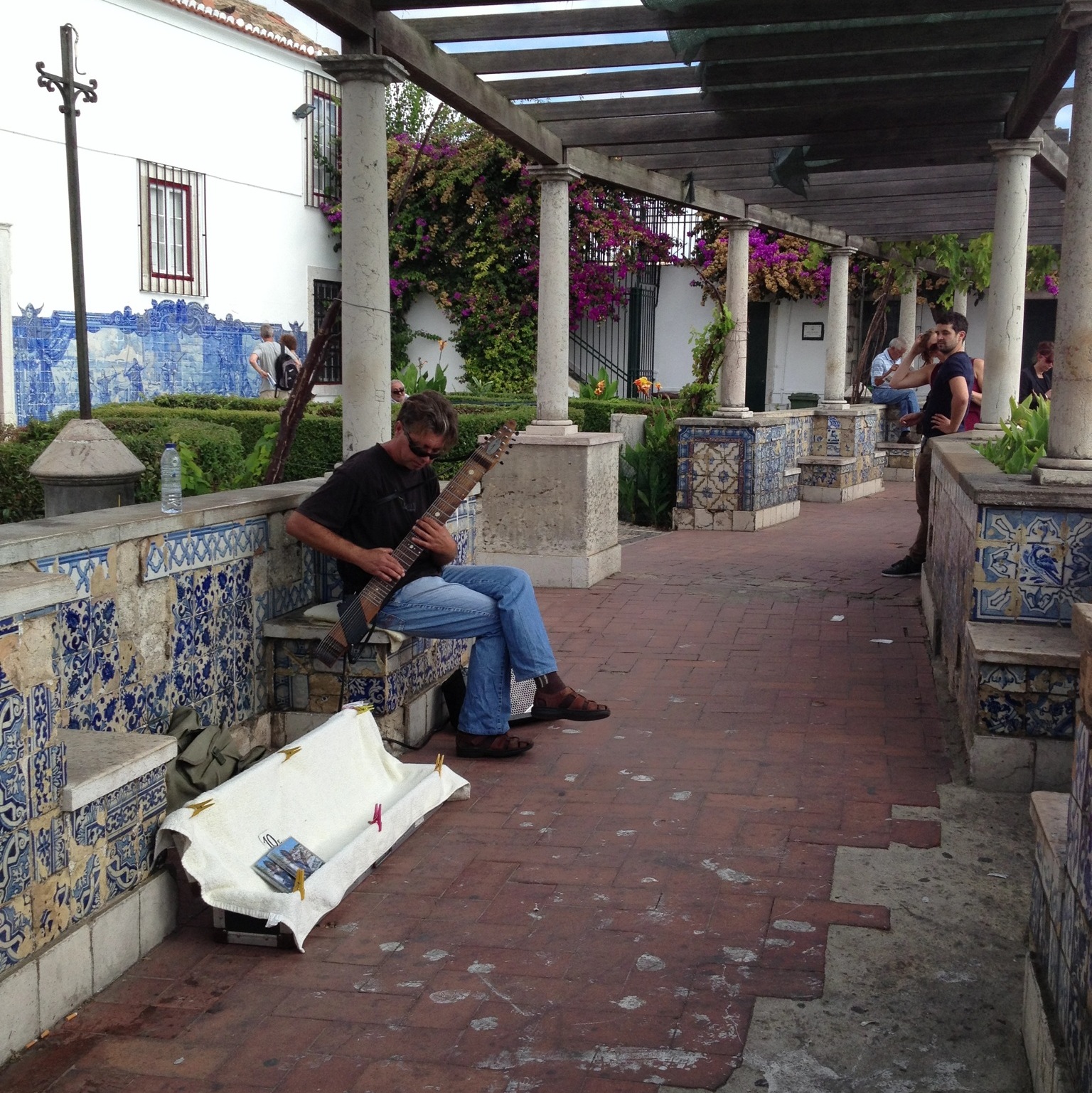
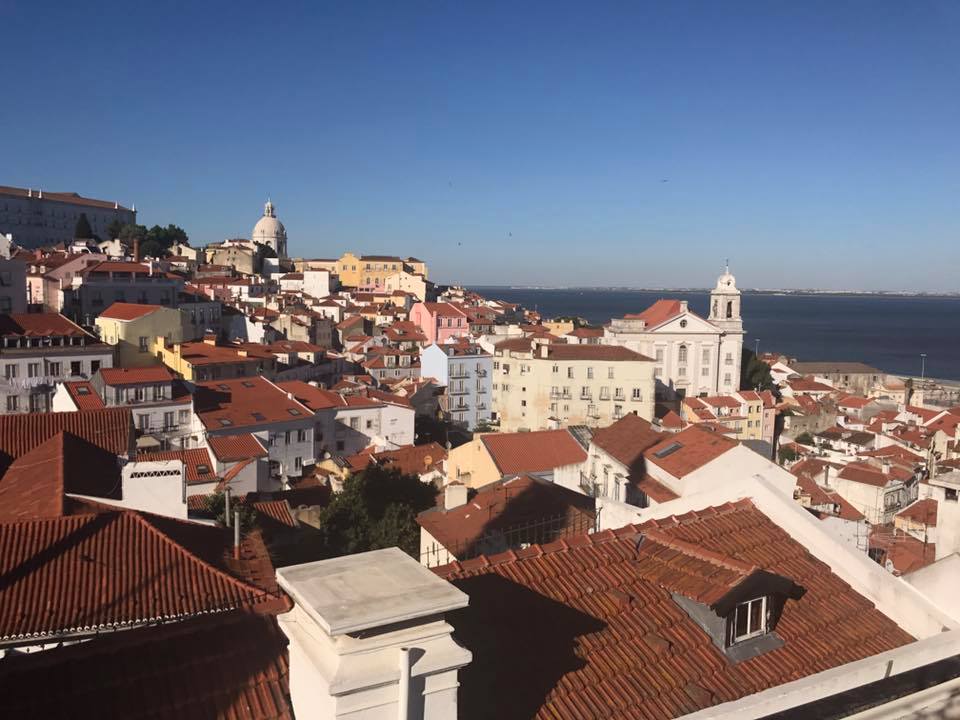
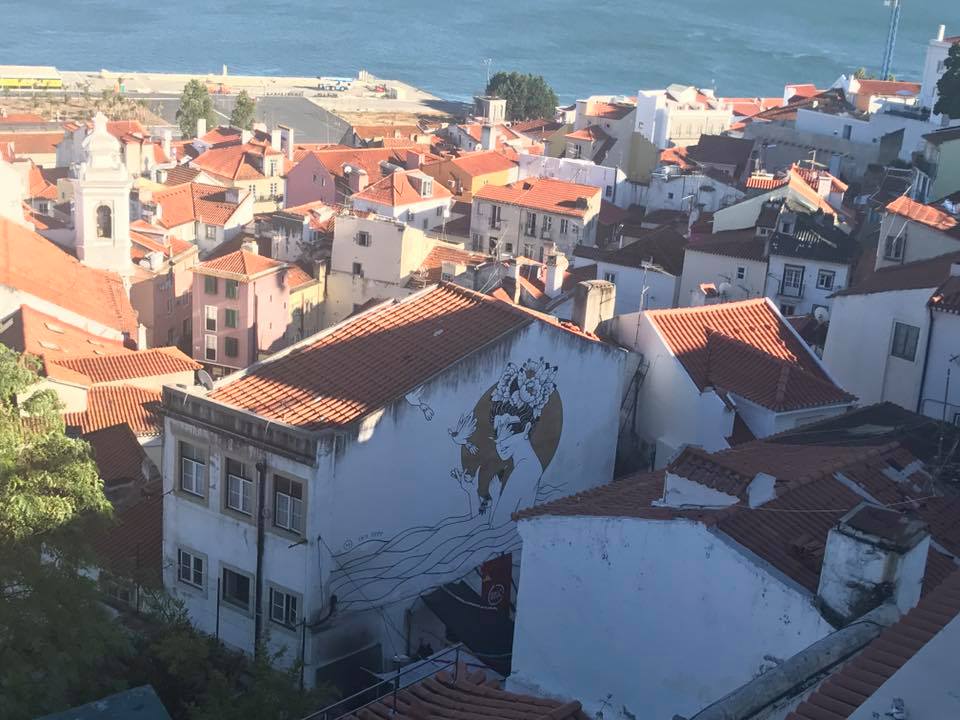
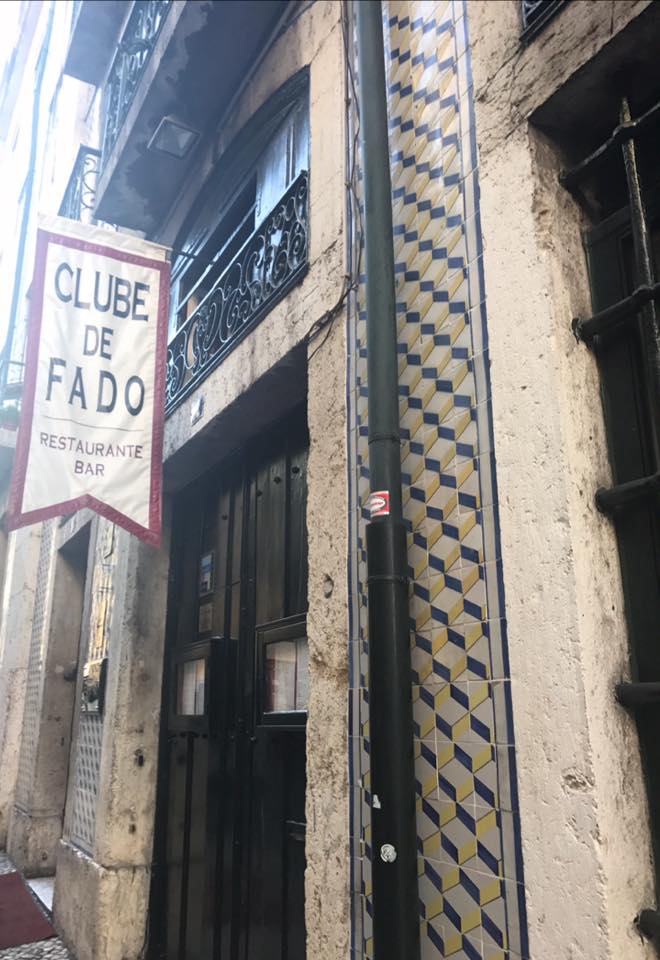
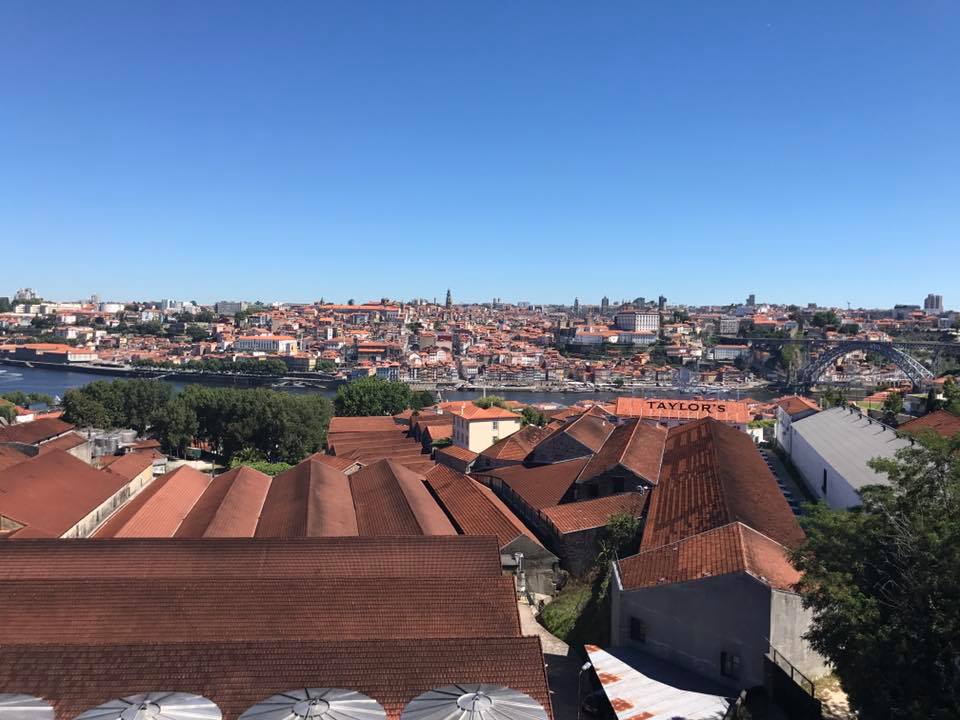 If you have a thing for tiles on the walls and on the floors, love Port wine, or are a foodie, then this is the place for you. Porto, or Oporto as the locals call it, is a modern city with iconic building facades and dynamic gastronomy.
If you have a thing for tiles on the walls and on the floors, love Port wine, or are a foodie, then this is the place for you. Porto, or Oporto as the locals call it, is a modern city with iconic building facades and dynamic gastronomy.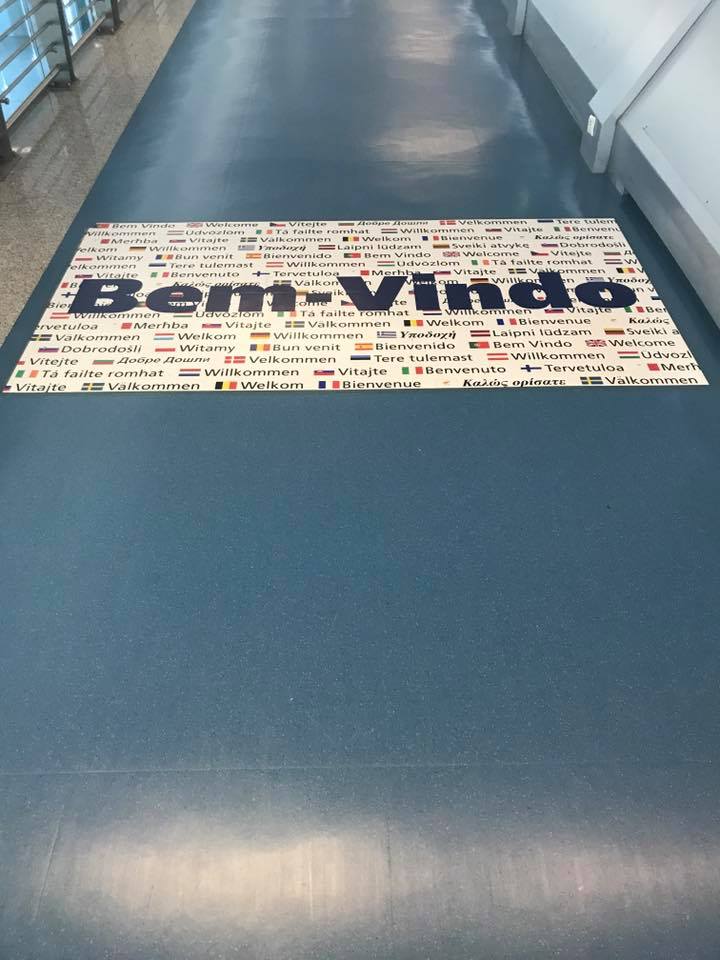
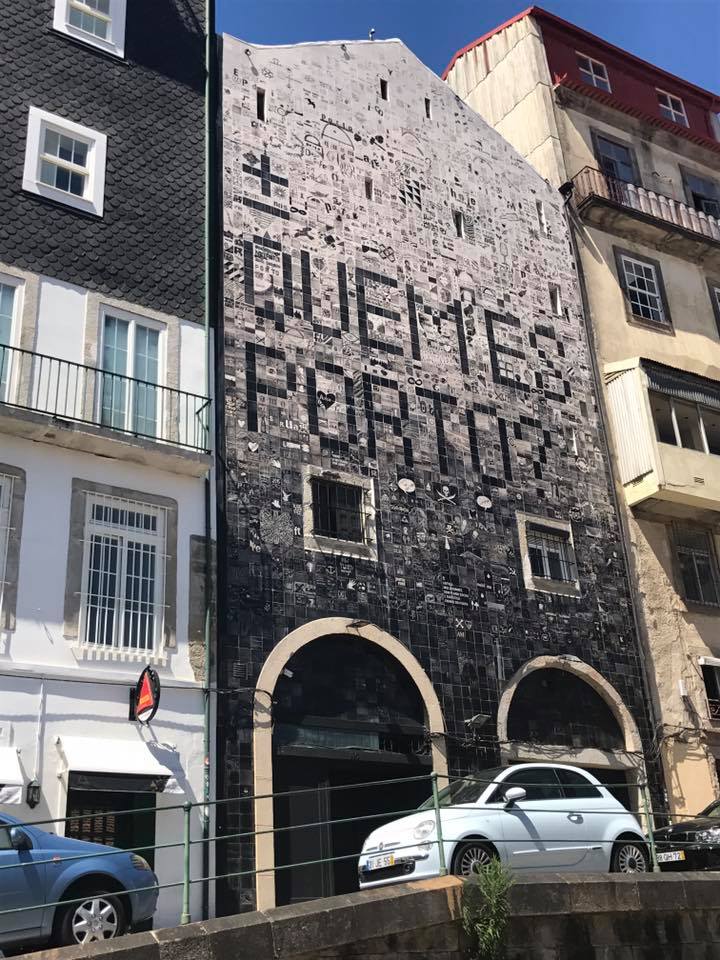
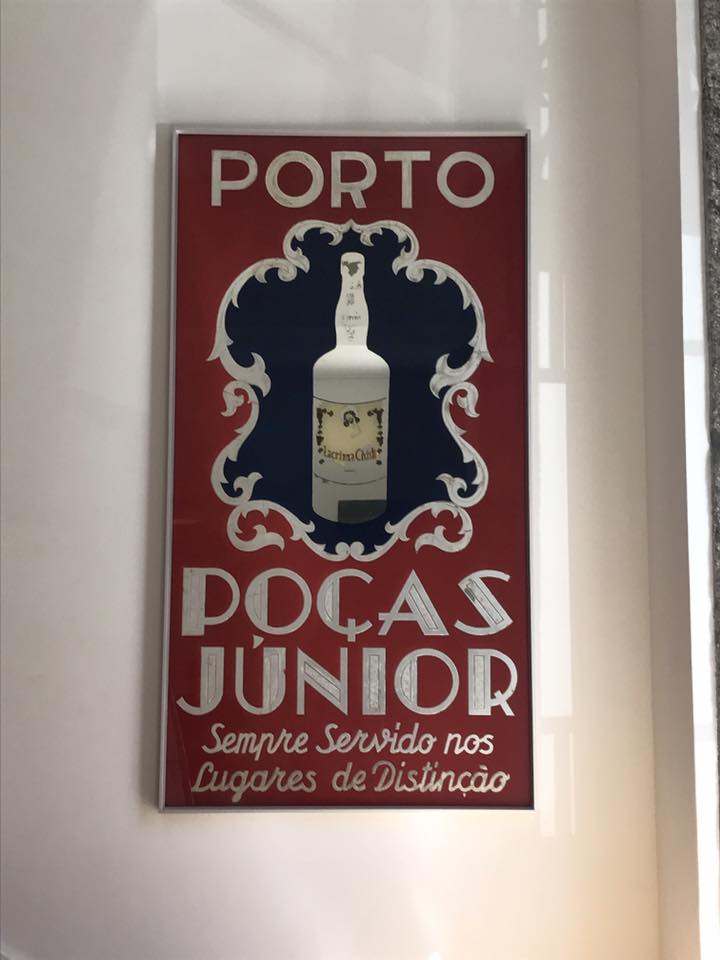
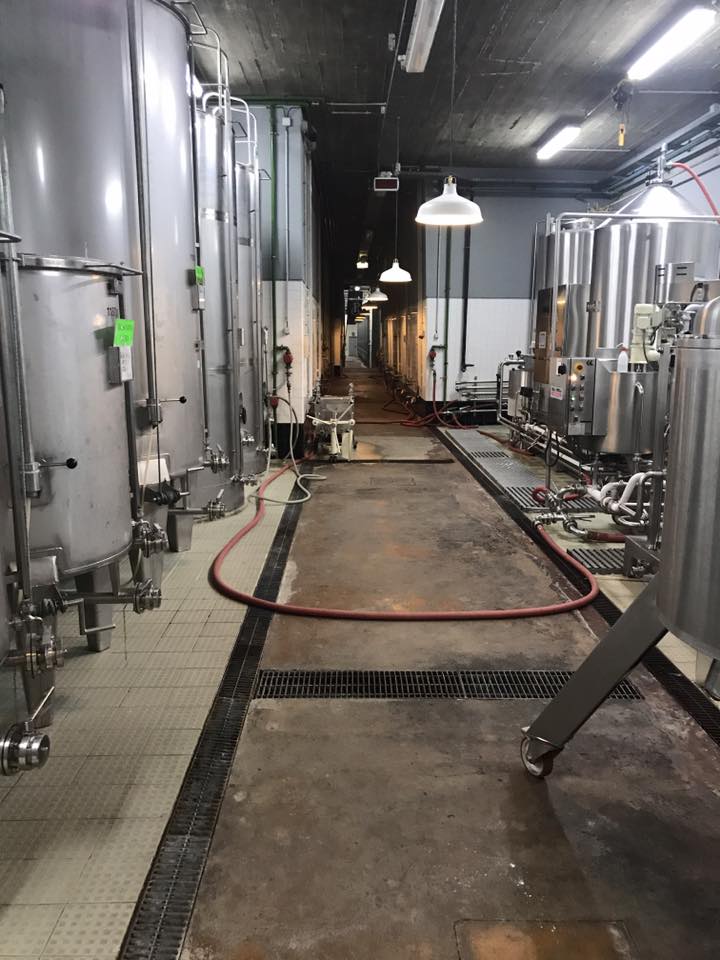 They still use the traditional method of cleaning their wine storage units, which means that someone who is small enough to fit in this hole, climbs in and cleans by hand. They have one dedicated employee for this task!
They still use the traditional method of cleaning their wine storage units, which means that someone who is small enough to fit in this hole, climbs in and cleans by hand. They have one dedicated employee for this task! 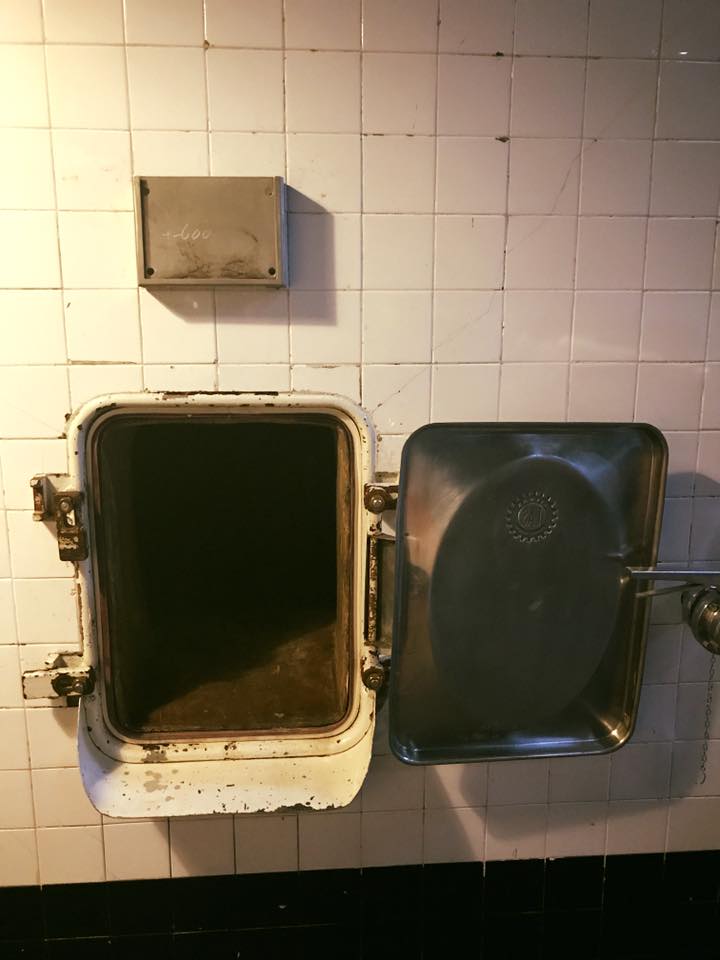 They also have one dedicated employee who hand-makes their wine barrels at this on-site workshop.
They also have one dedicated employee who hand-makes their wine barrels at this on-site workshop.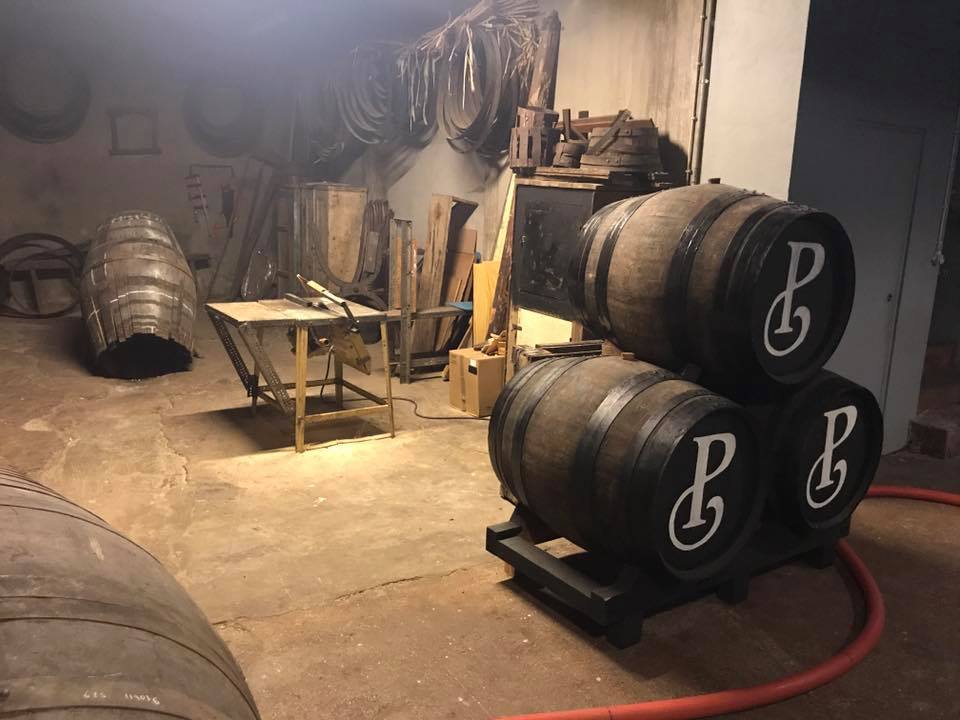
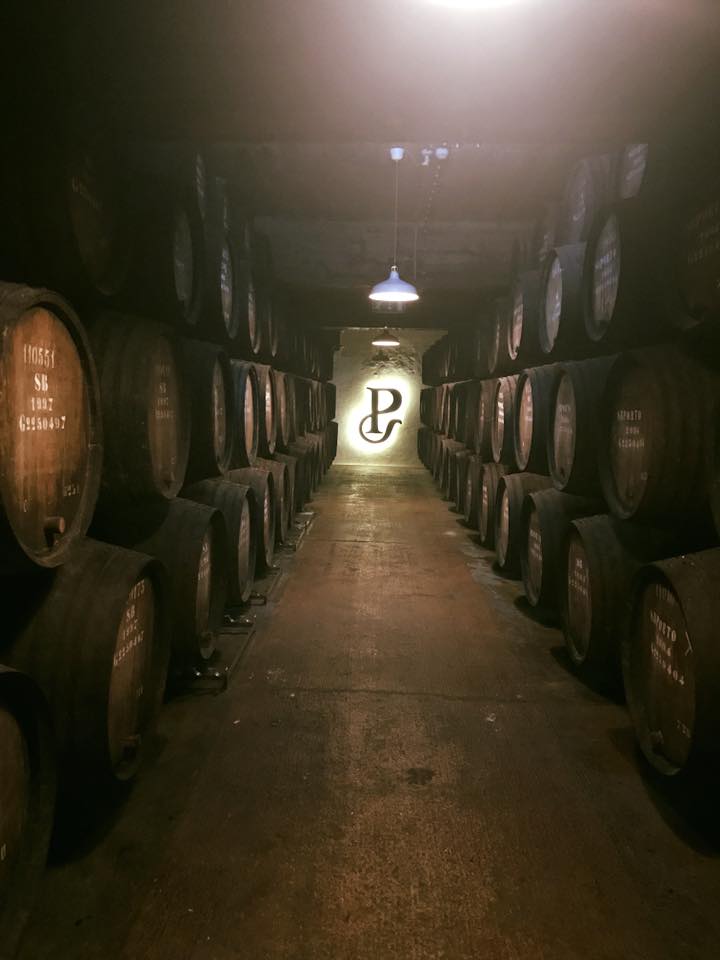
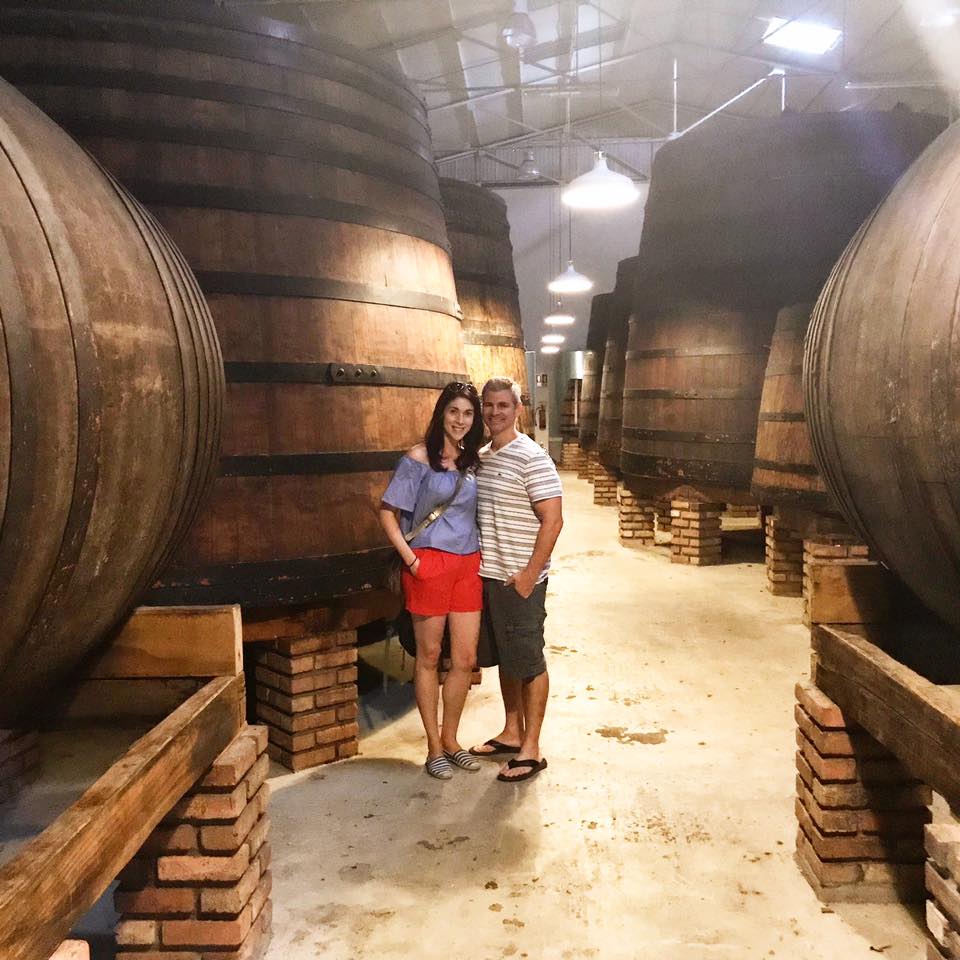 After tasting several varieties of port, including a port rose (there is such a thing and it is splendid!), we were in need of some food, so we headed back over the bridge to sink our teeth into a sandwich for which Porto is famous: the
After tasting several varieties of port, including a port rose (there is such a thing and it is splendid!), we were in need of some food, so we headed back over the bridge to sink our teeth into a sandwich for which Porto is famous: the 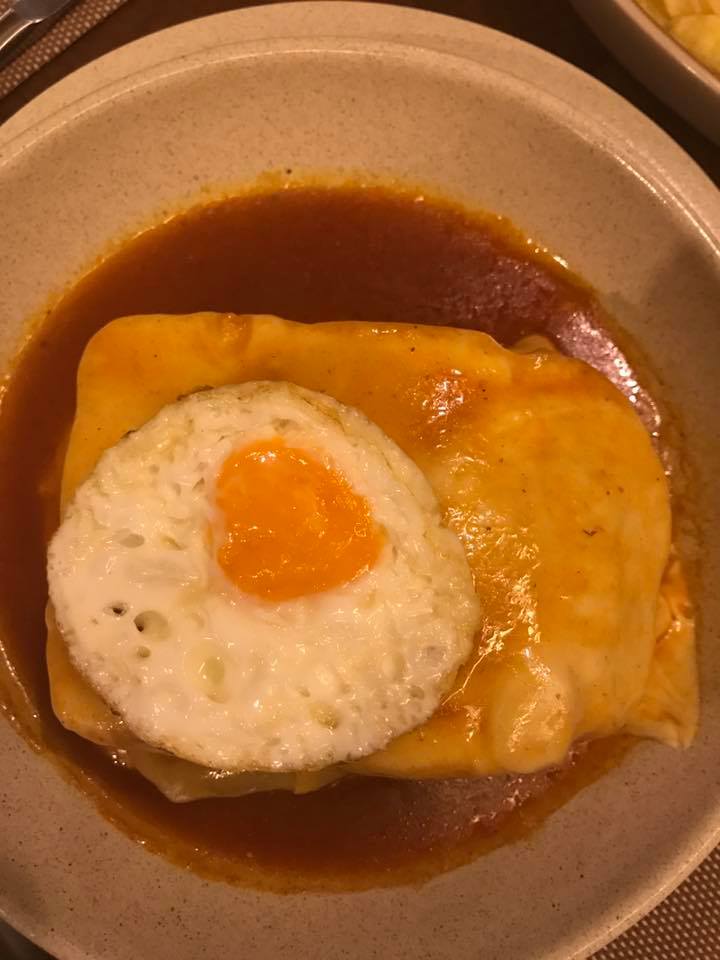
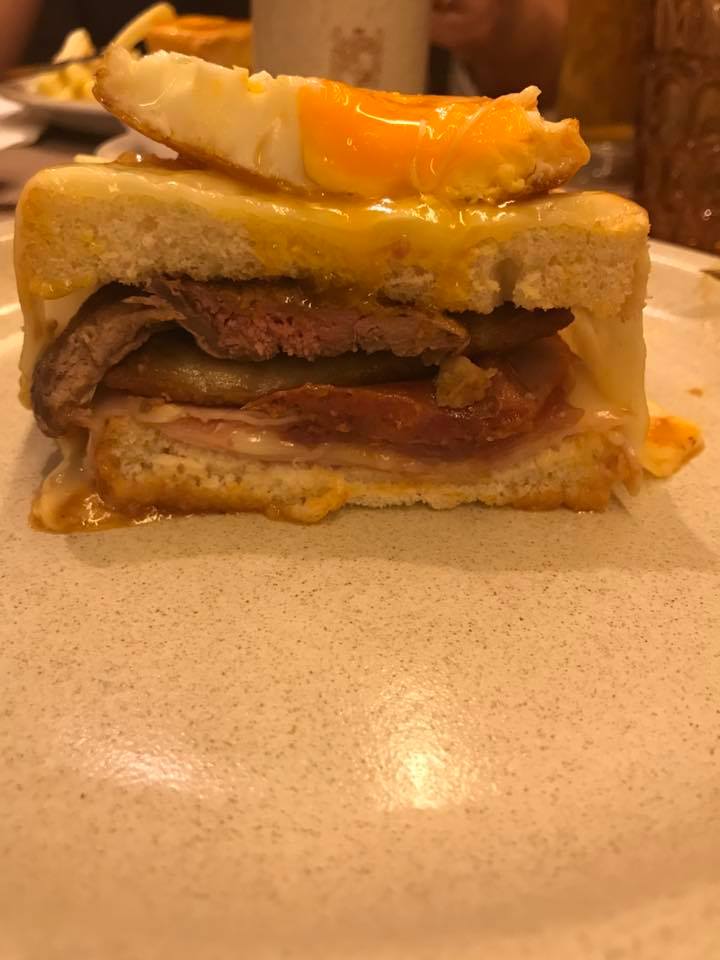
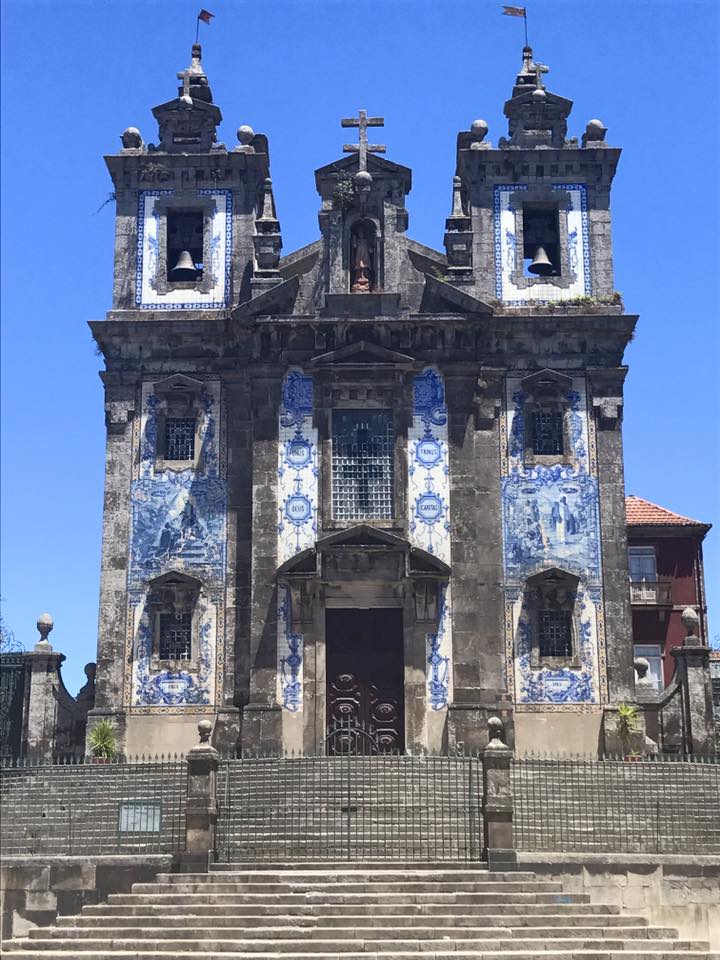
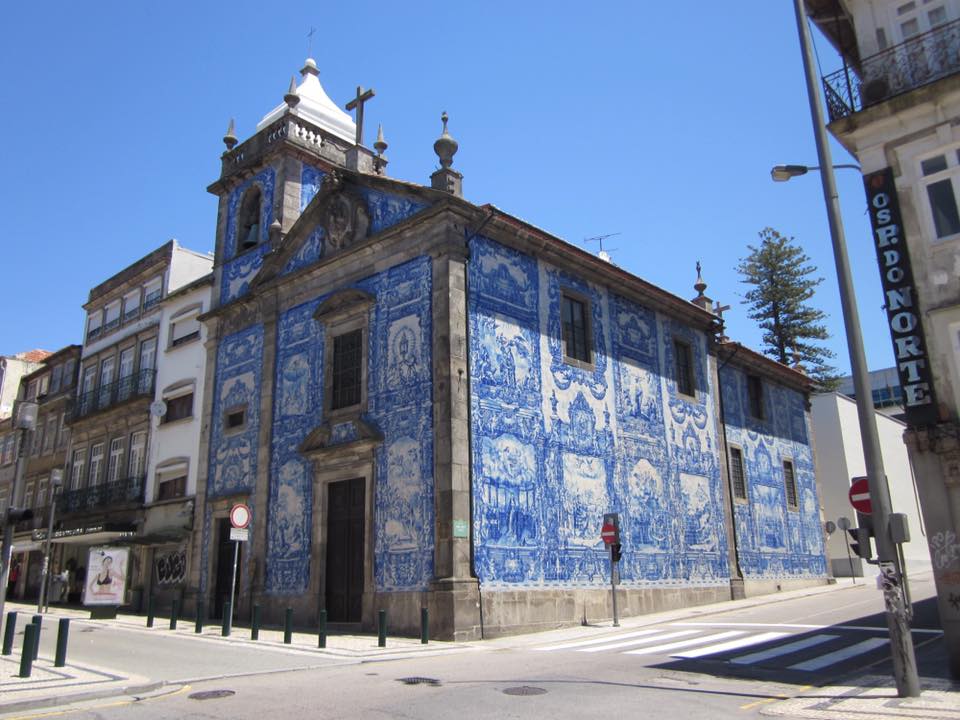
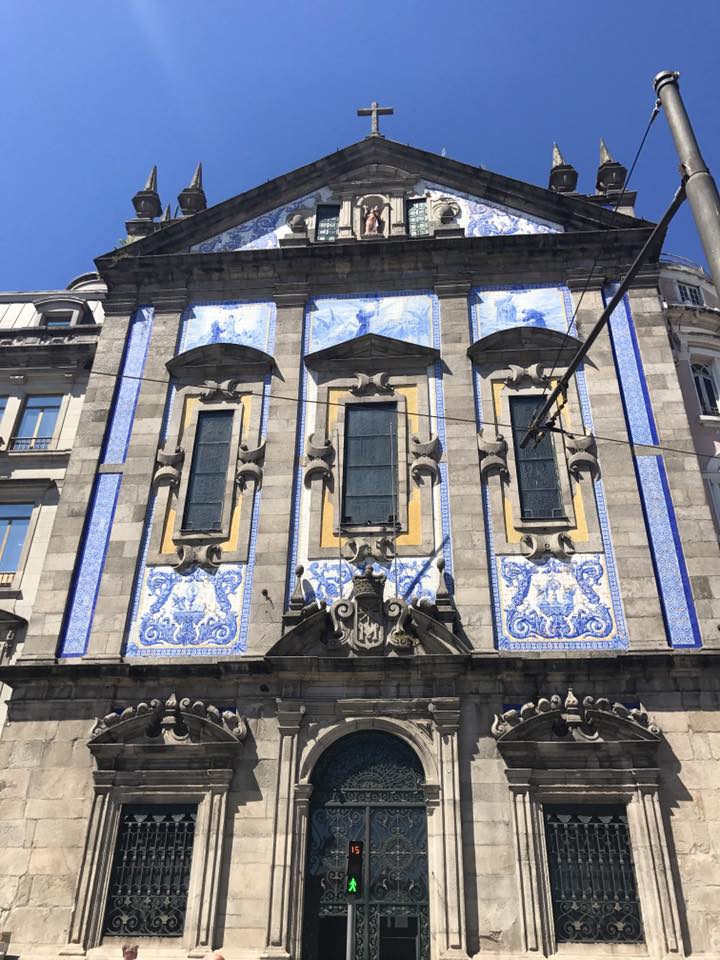
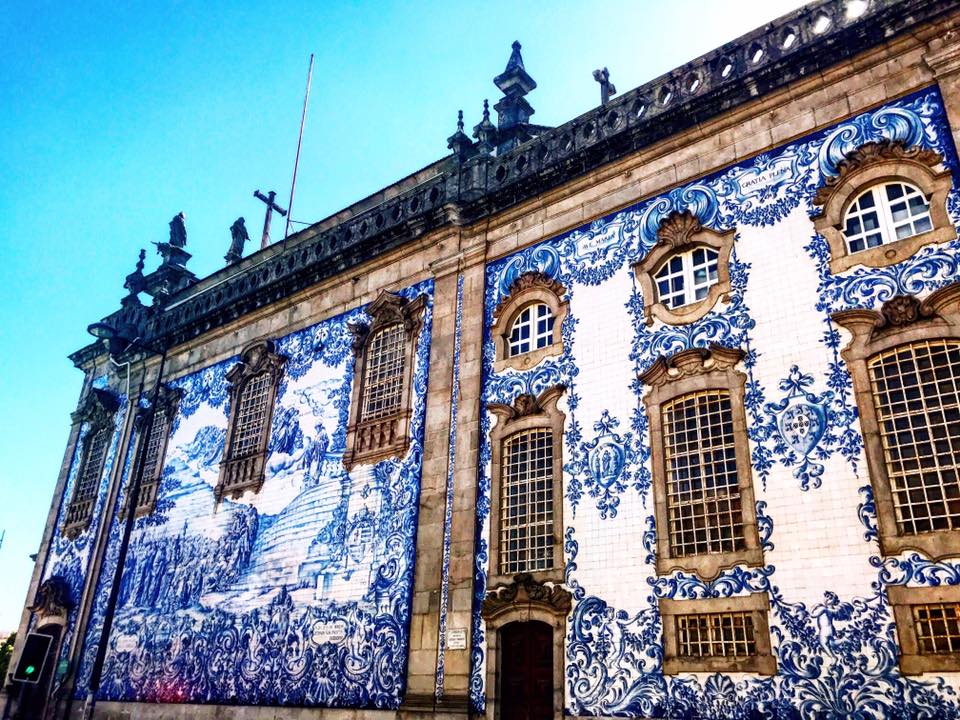
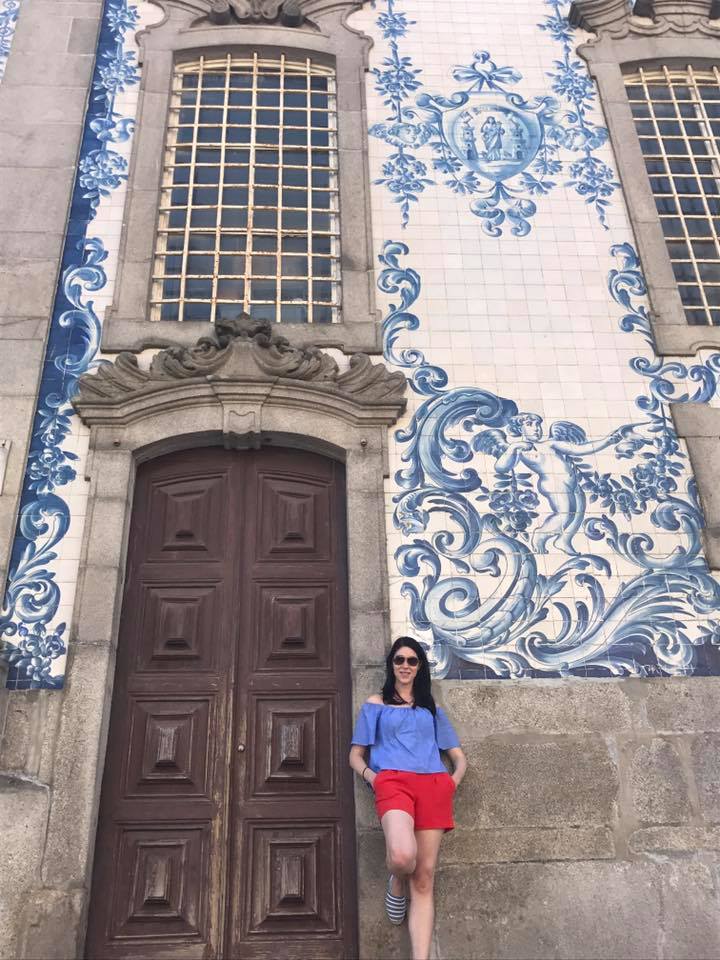
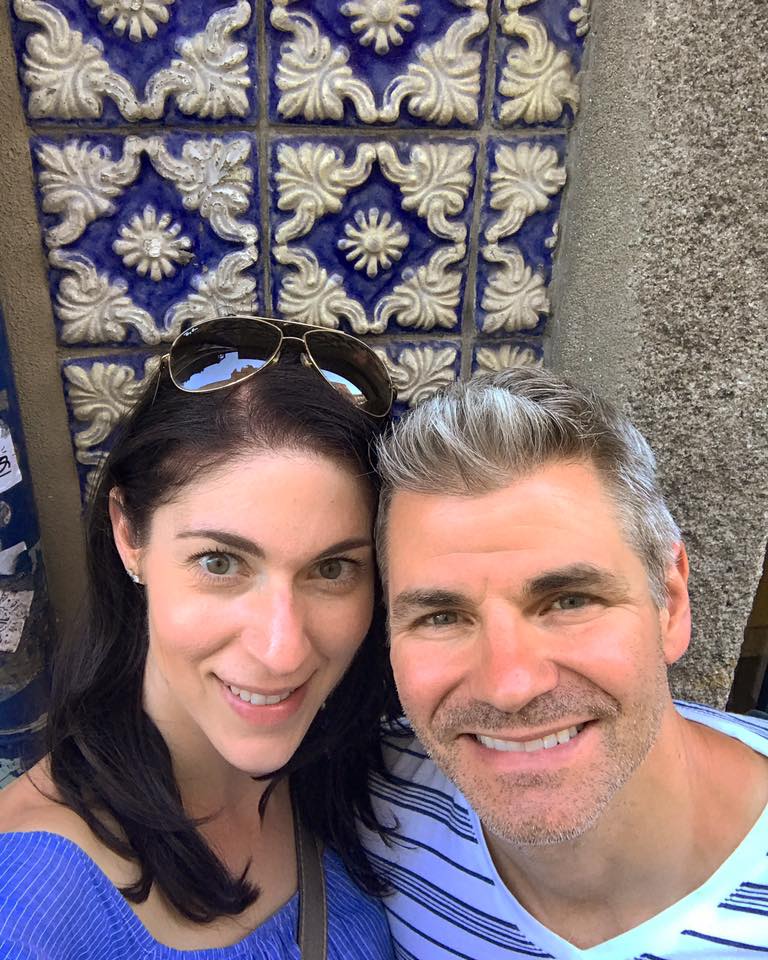
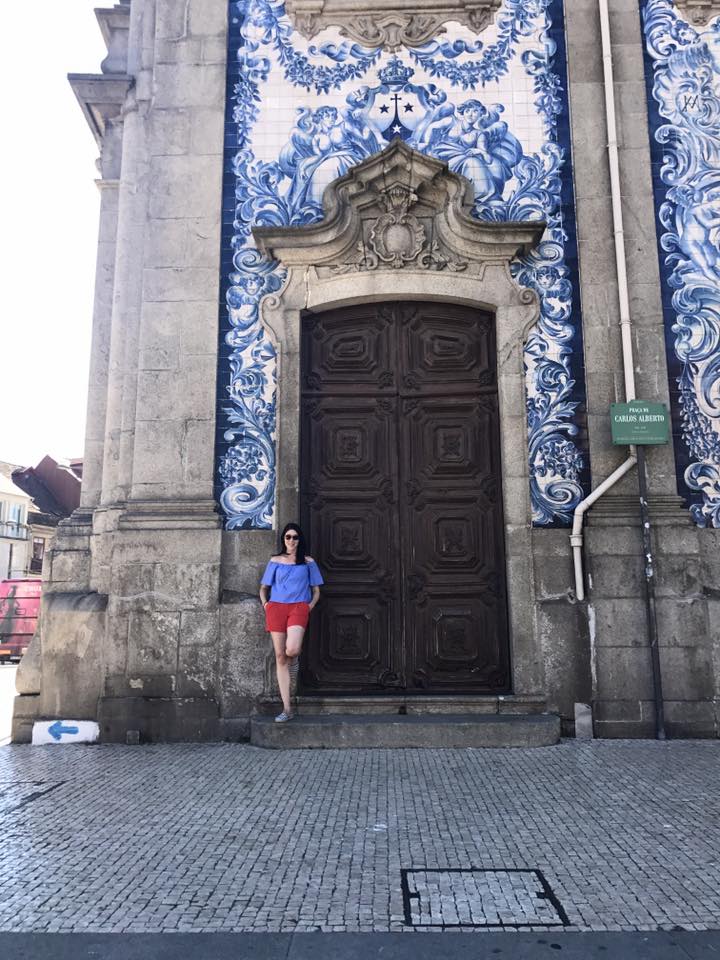
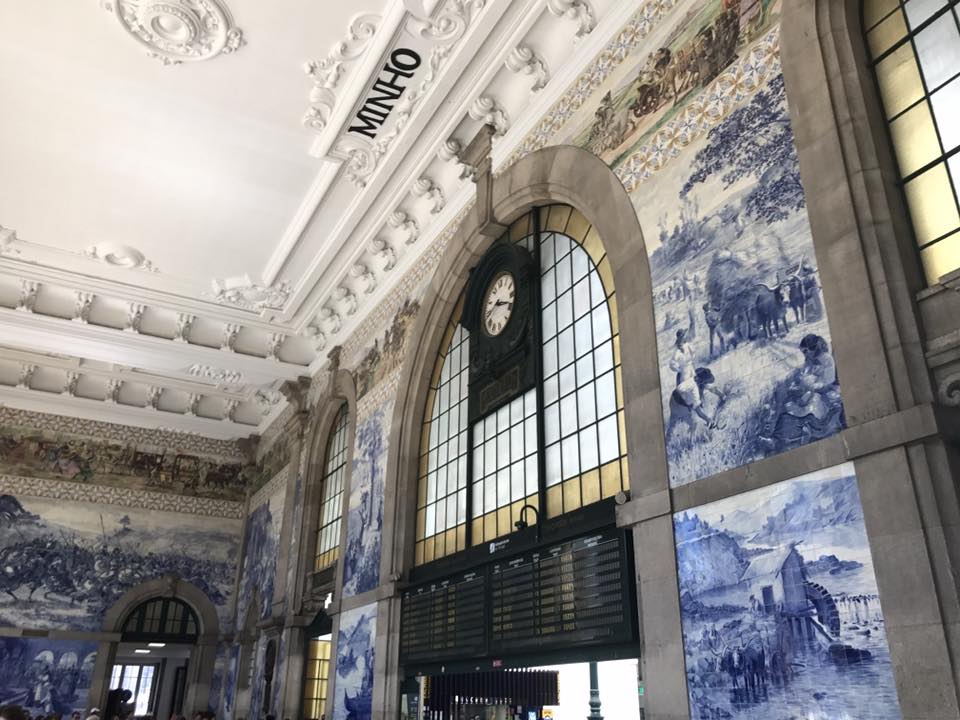 We even went to a tile museum, kind of. This place is a government owned and operated tile cooperative. While it does display all of Porto’s traditional tiles, it also supplies tile. So, if you have building that has traditional tile, and you are missing a few pieces, you come in, they verify that you are legit (as in you own the building and you are restoring it), and then they just give you the tile. As in, for free. They will also take tile if you are remodeling and getting rid of the tile (why you would ever do that is beyond me). They will not, however, sell you tile (trust me, I tried).
We even went to a tile museum, kind of. This place is a government owned and operated tile cooperative. While it does display all of Porto’s traditional tiles, it also supplies tile. So, if you have building that has traditional tile, and you are missing a few pieces, you come in, they verify that you are legit (as in you own the building and you are restoring it), and then they just give you the tile. As in, for free. They will also take tile if you are remodeling and getting rid of the tile (why you would ever do that is beyond me). They will not, however, sell you tile (trust me, I tried).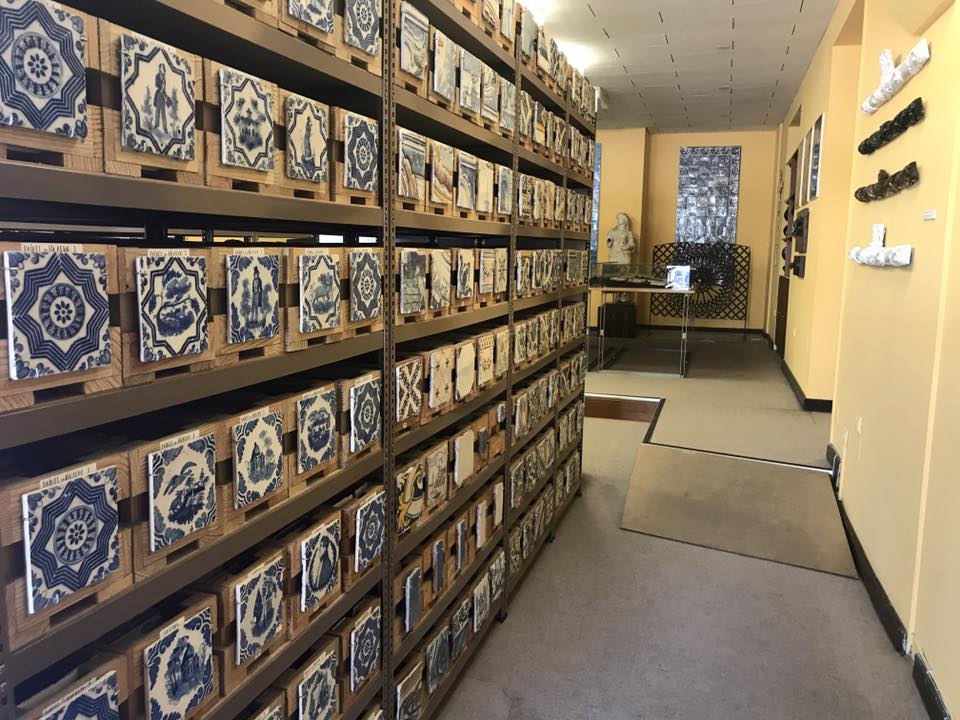
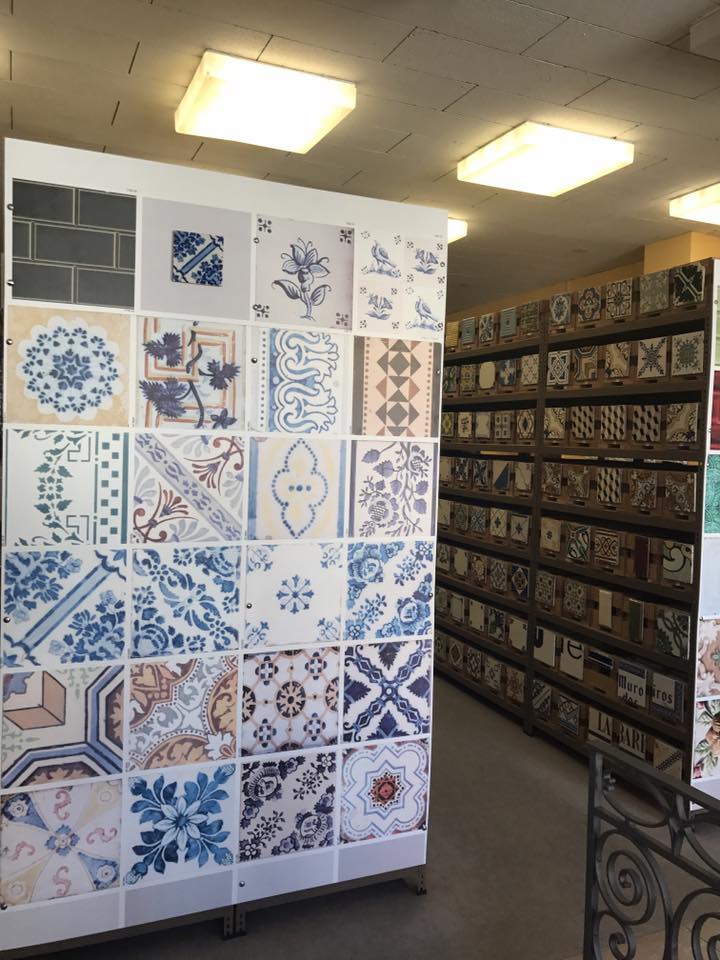
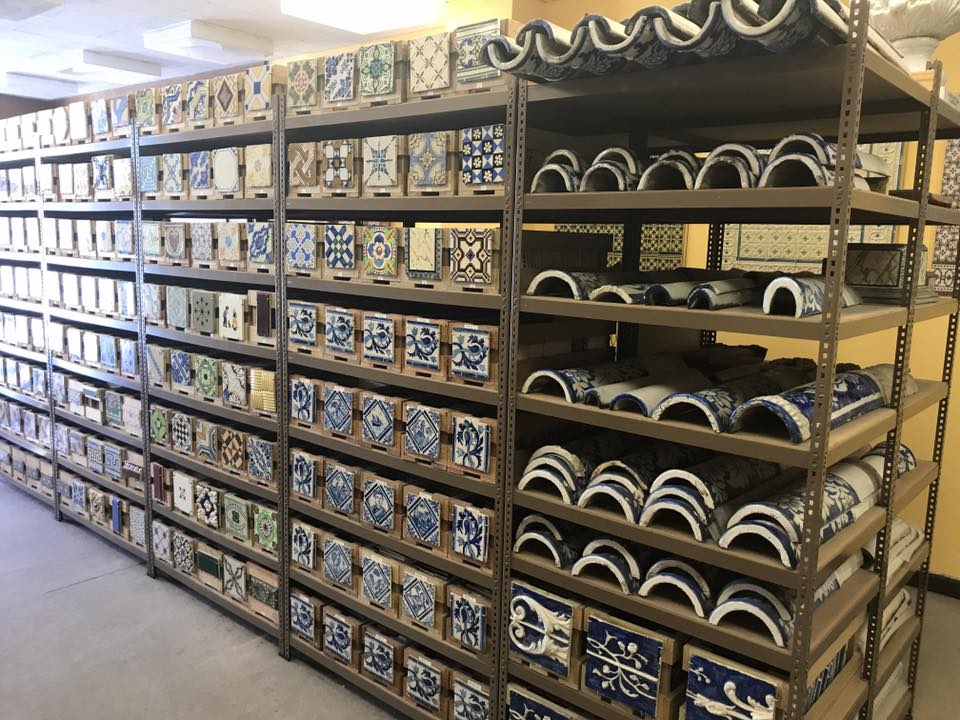 We also visited some of Porto’s most famous food shops. These are legit shops that sell traditional Portuguese products. The most famous among them is
We also visited some of Porto’s most famous food shops. These are legit shops that sell traditional Portuguese products. The most famous among them is 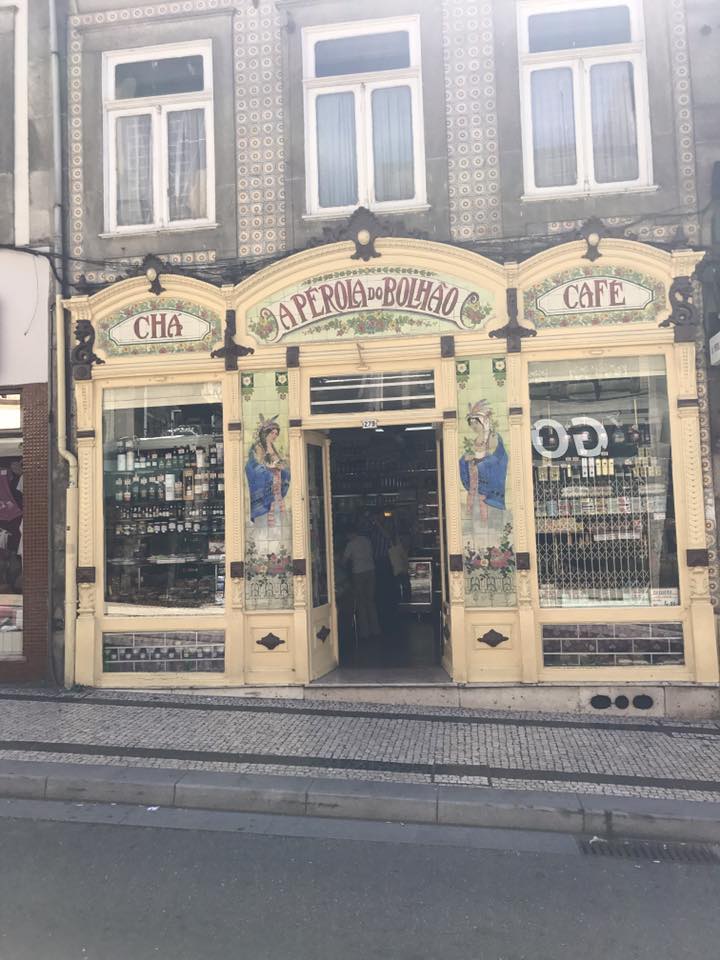
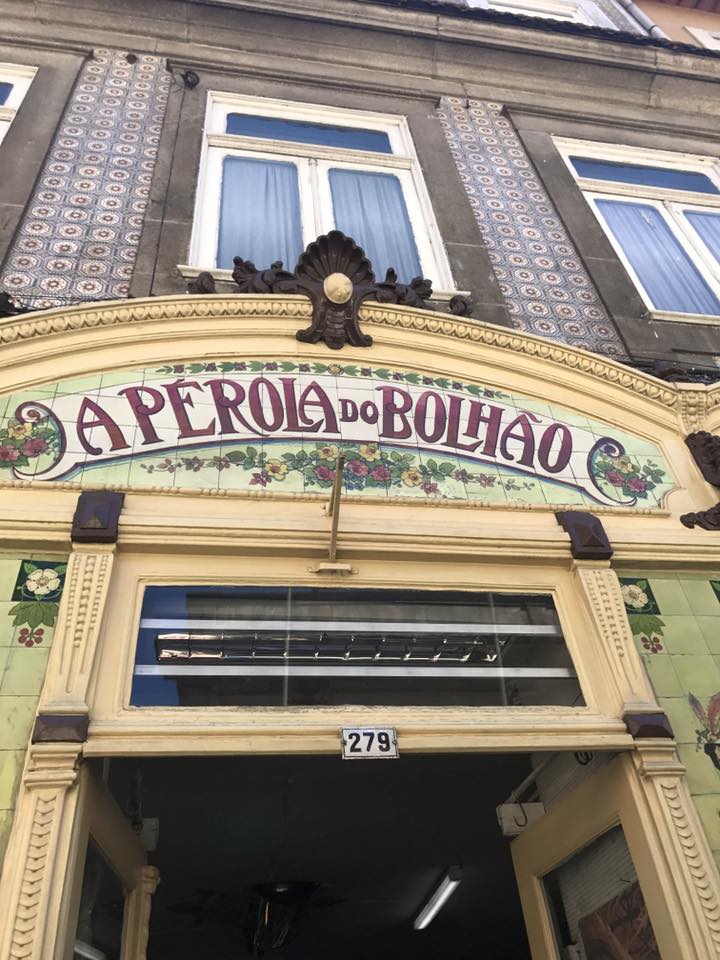
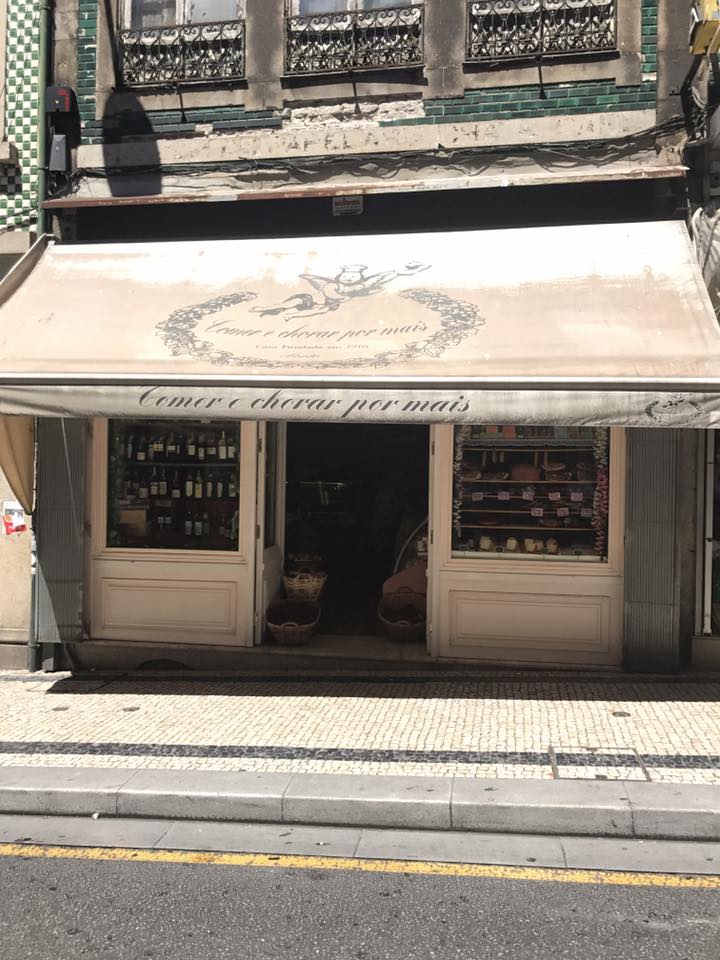


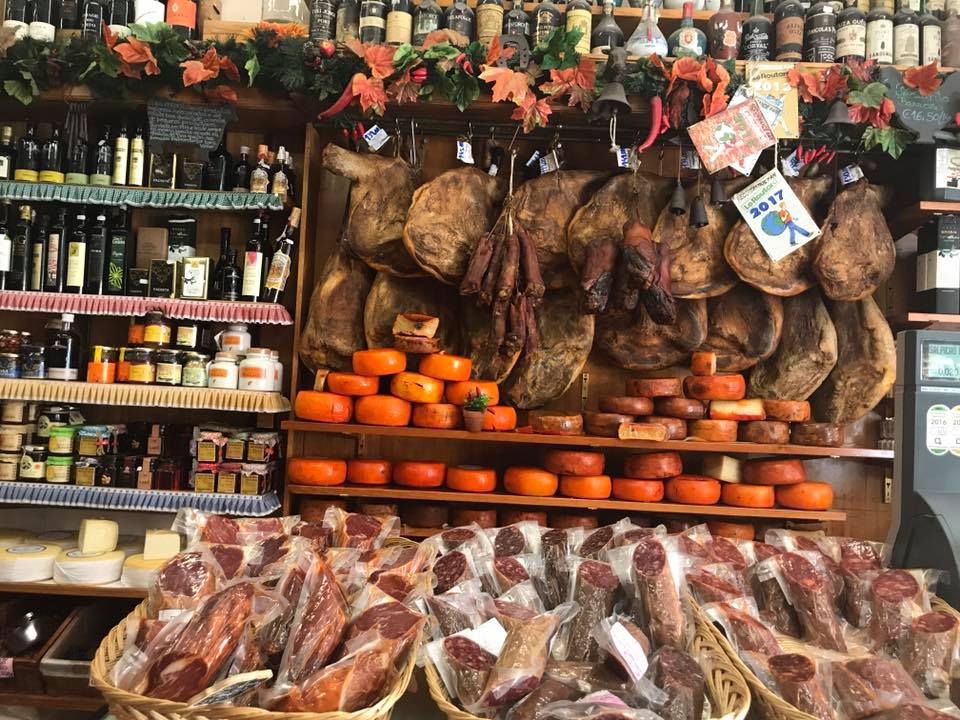
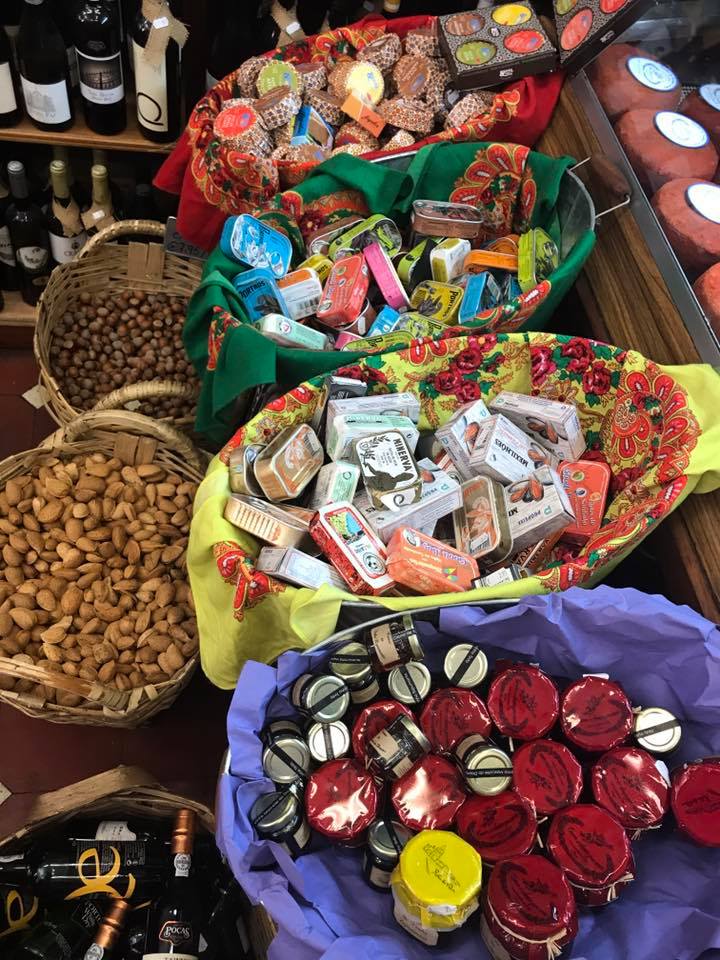
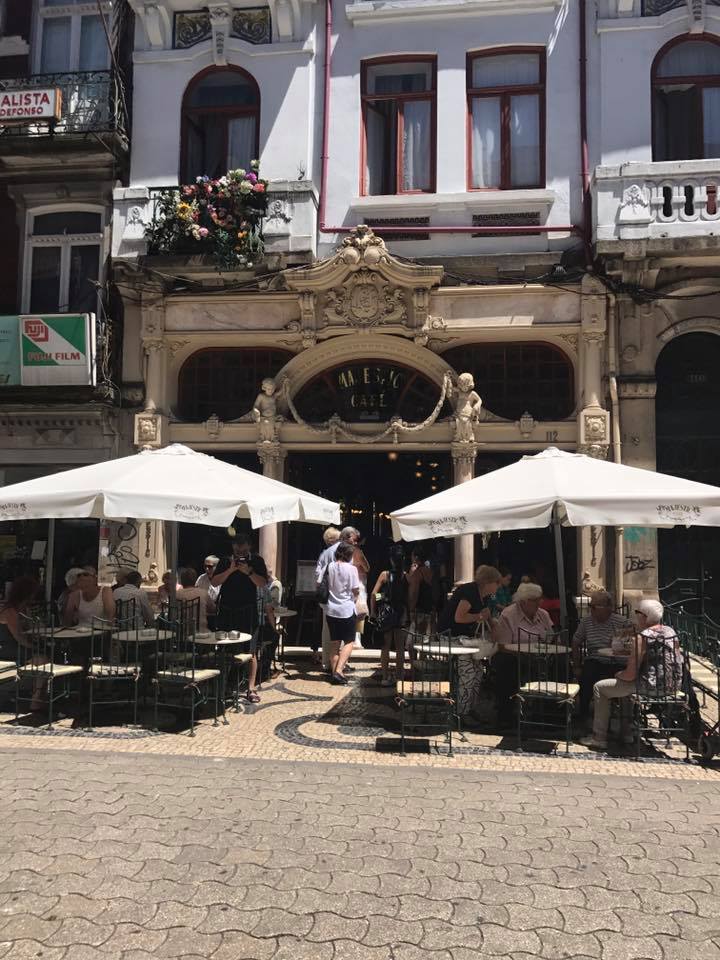
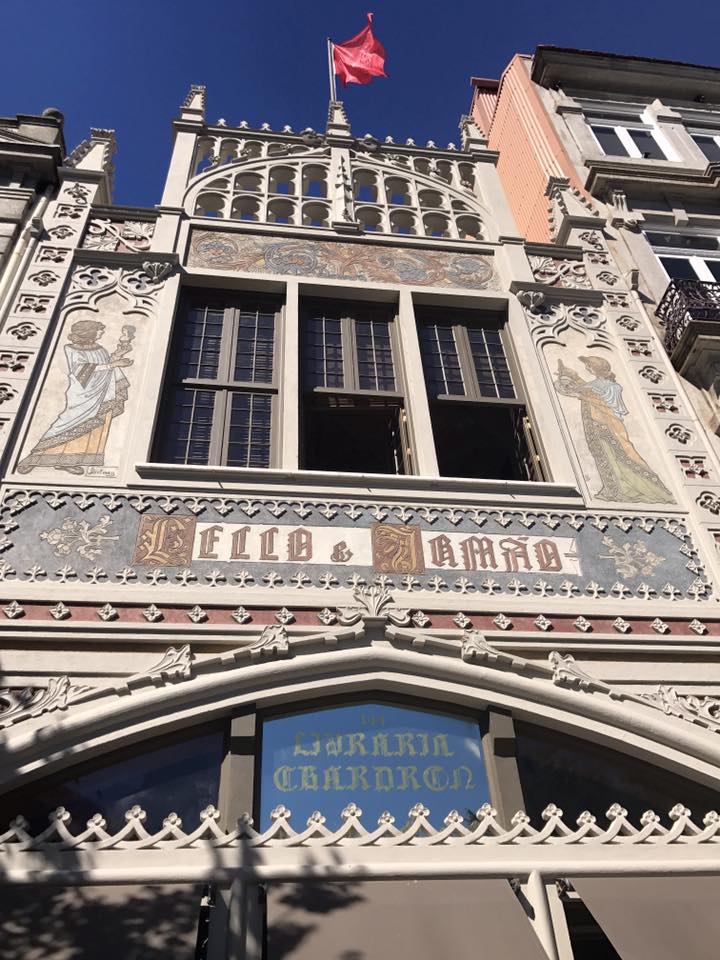
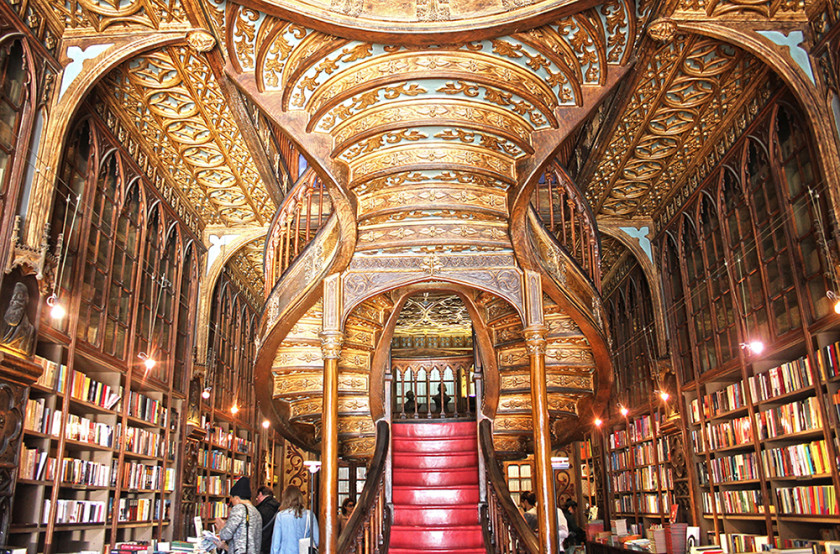
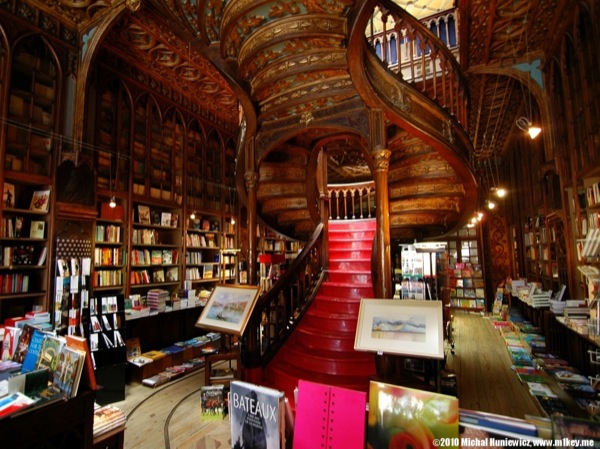
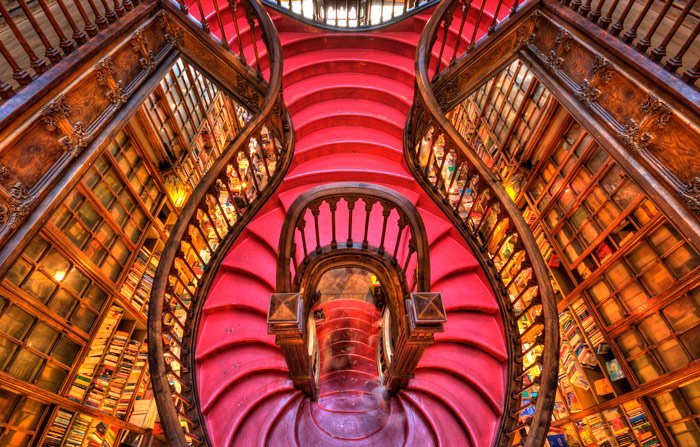
 Alas, our day in Porto was coming to an end. We headed back to the airport with full bellies and achy feet; but it was worth every minute (and every calorie)!
Alas, our day in Porto was coming to an end. We headed back to the airport with full bellies and achy feet; but it was worth every minute (and every calorie)!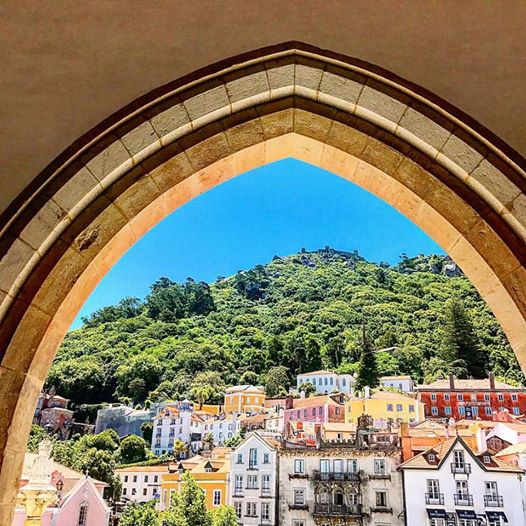
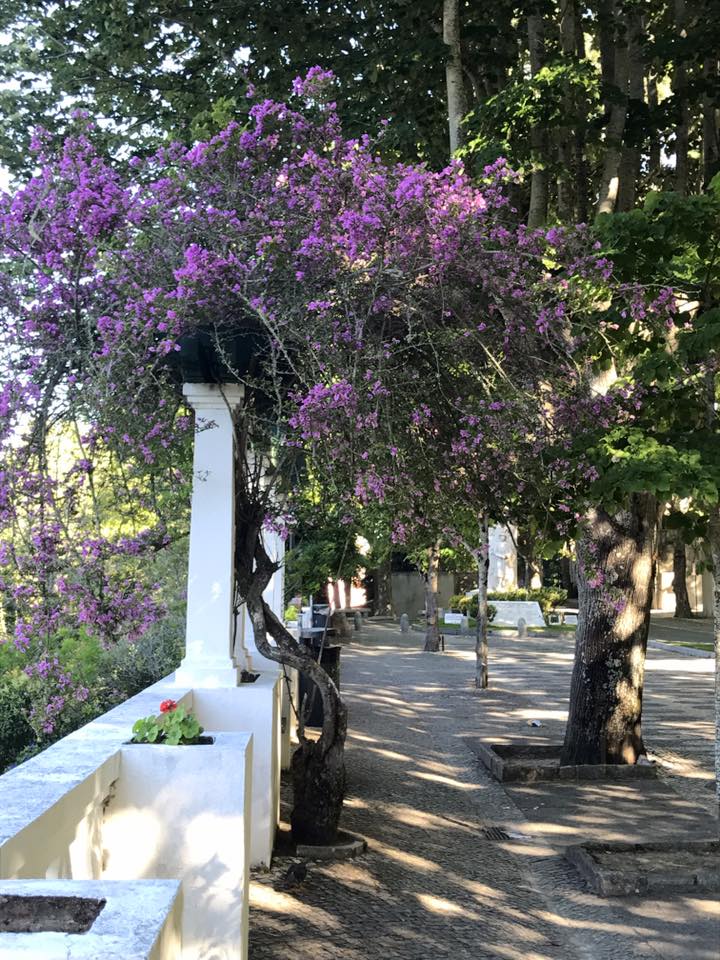
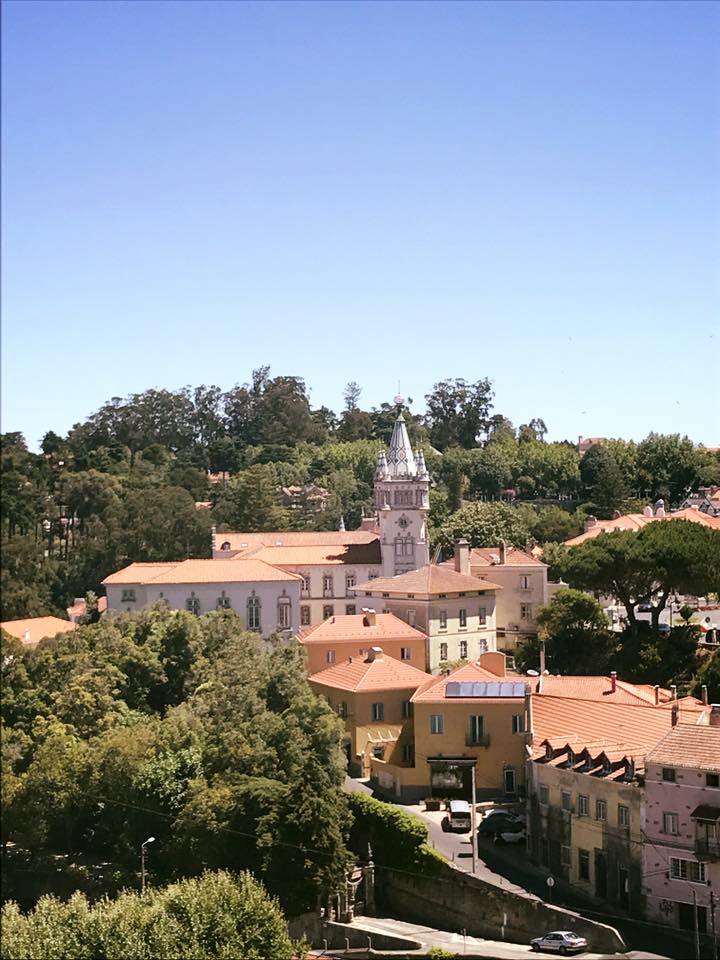
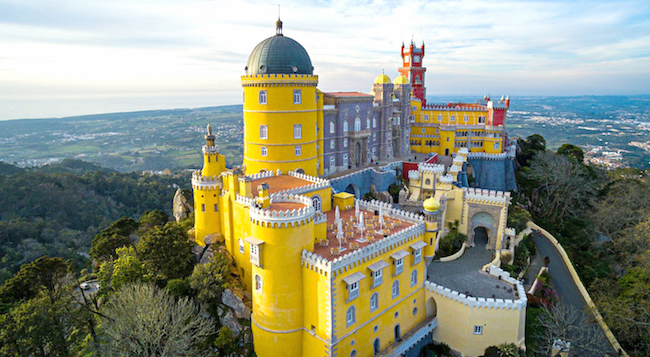
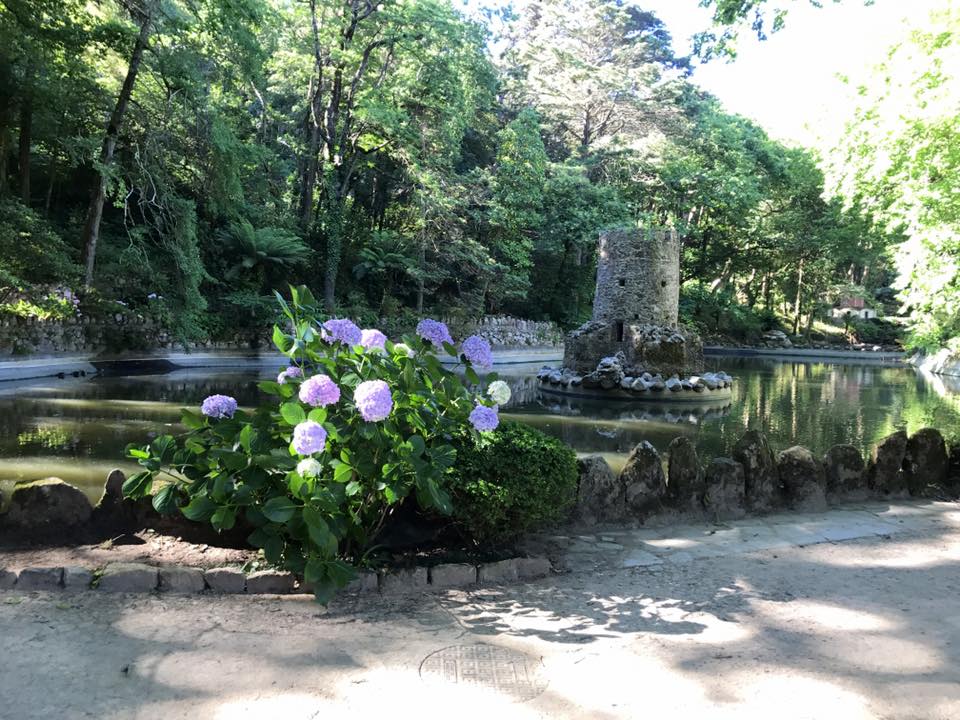
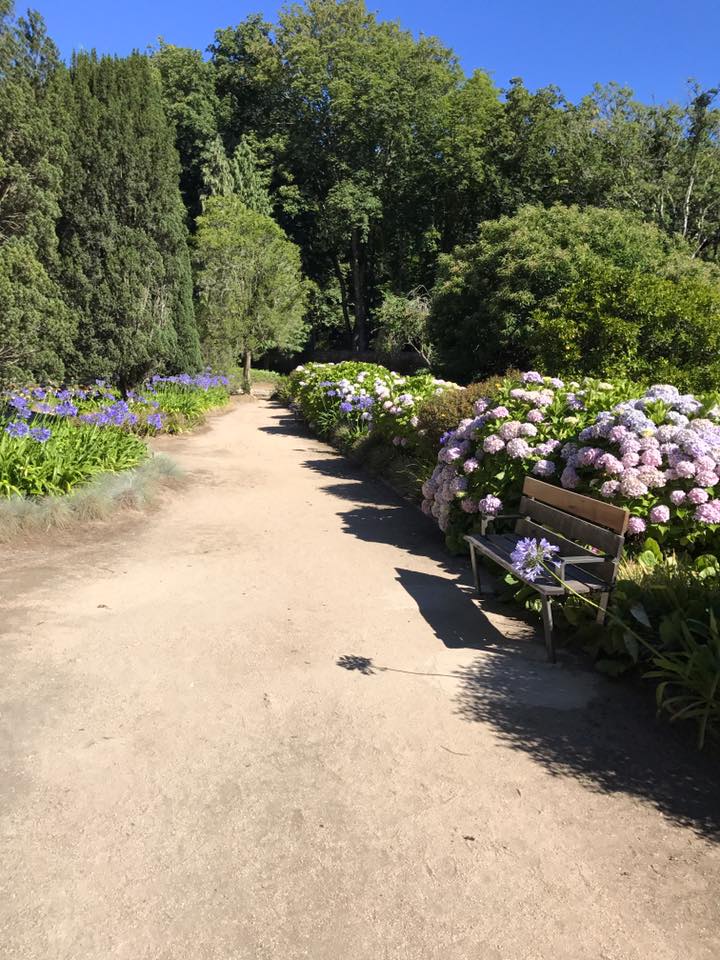
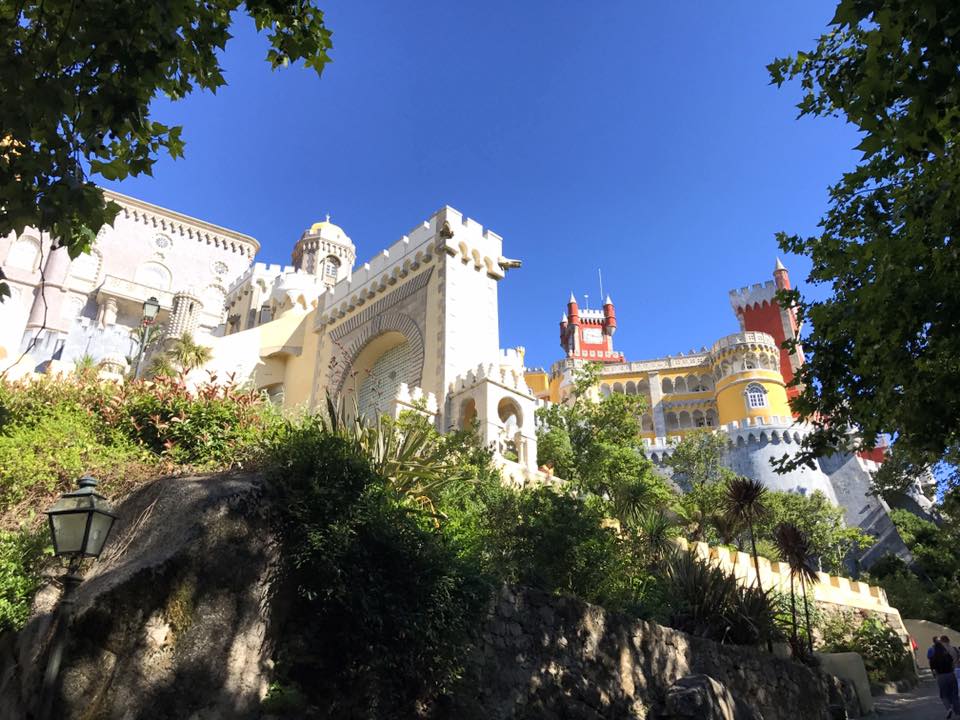
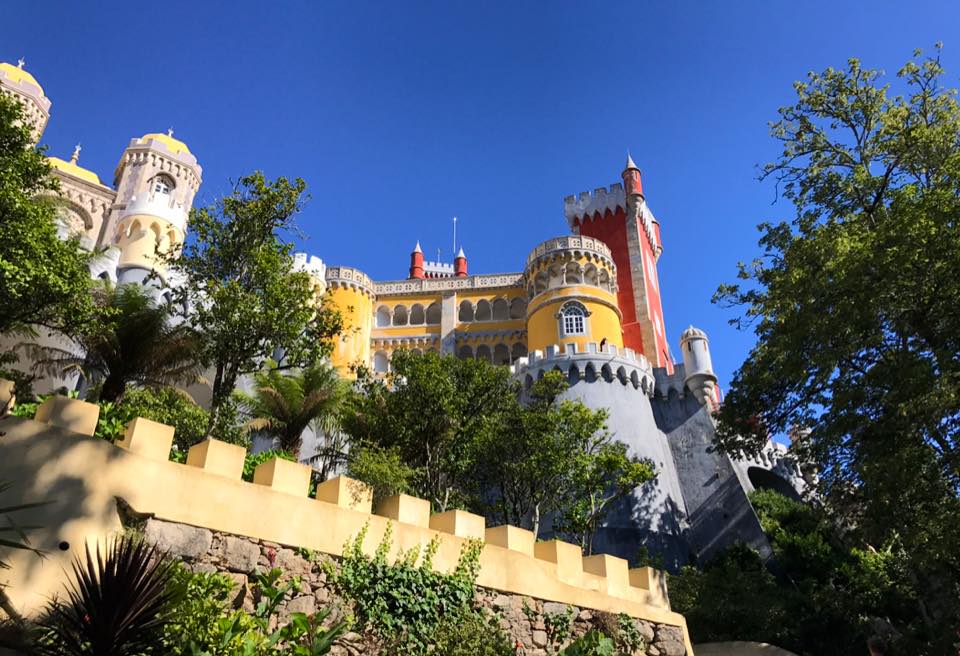
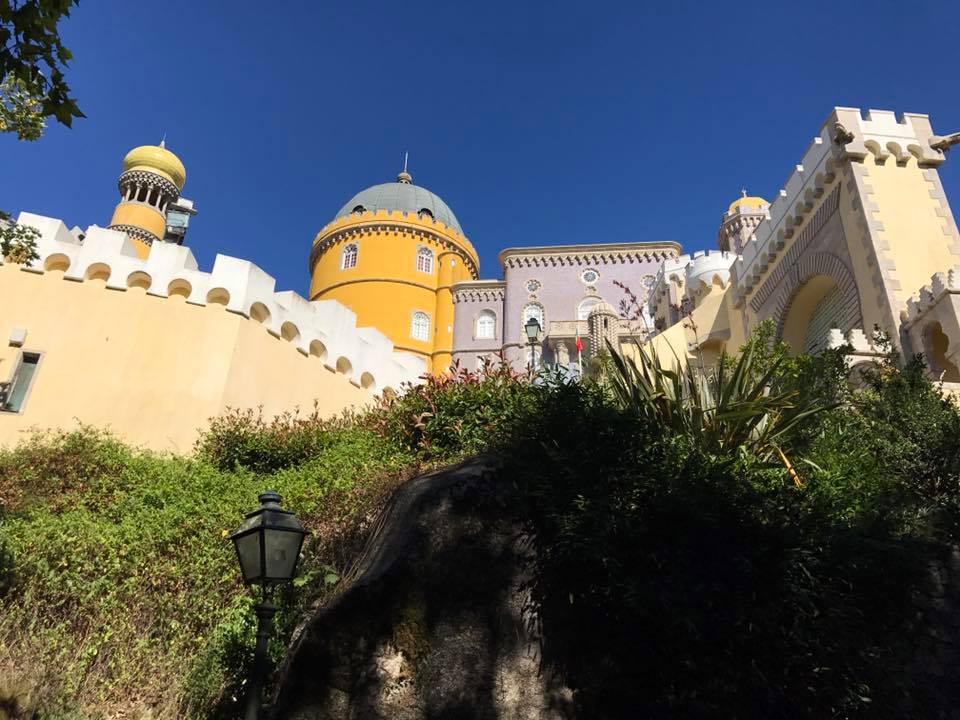
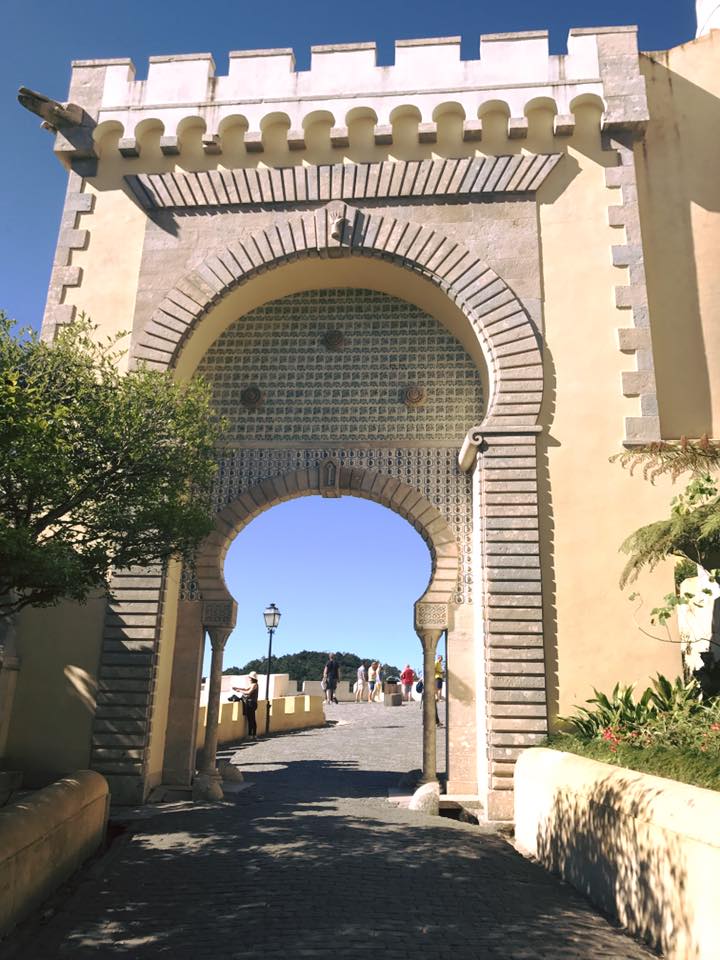
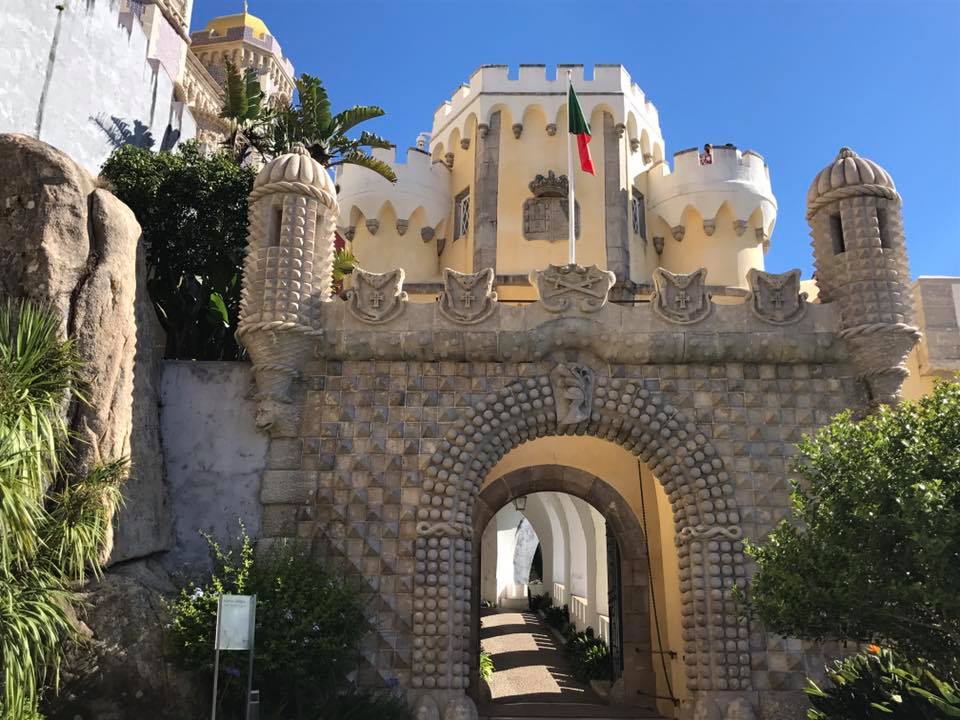
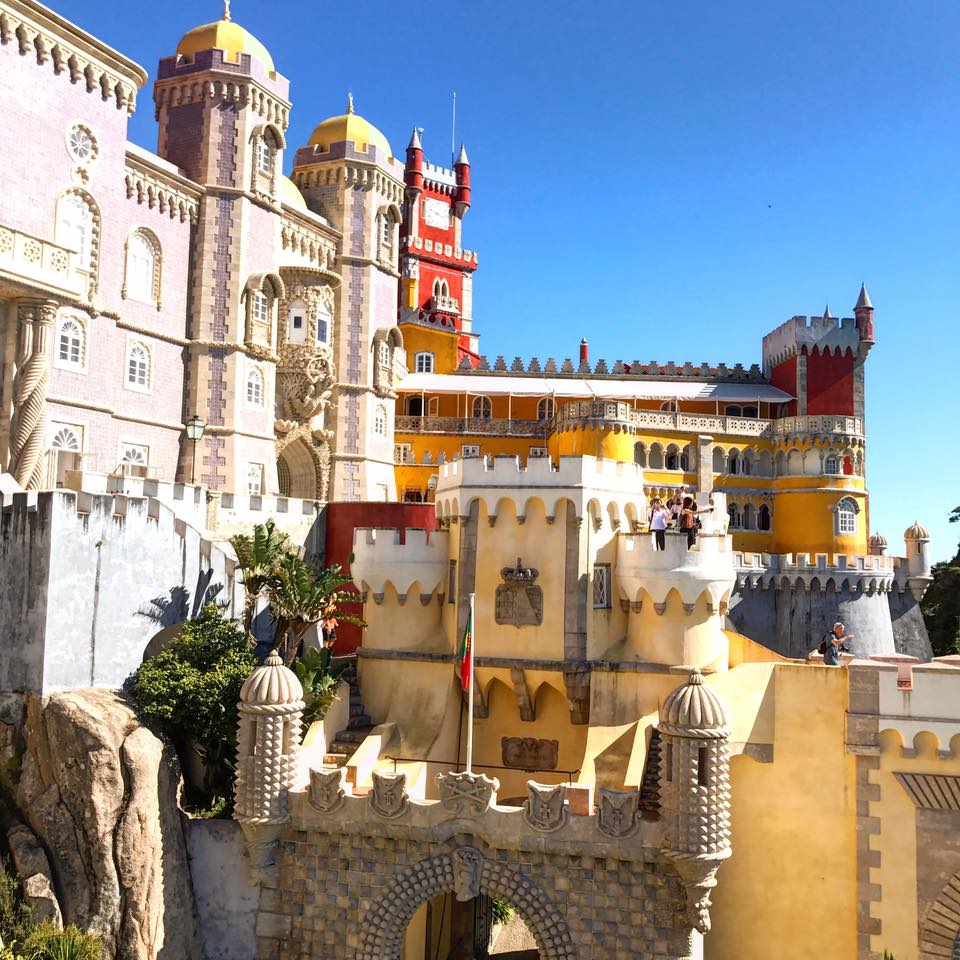
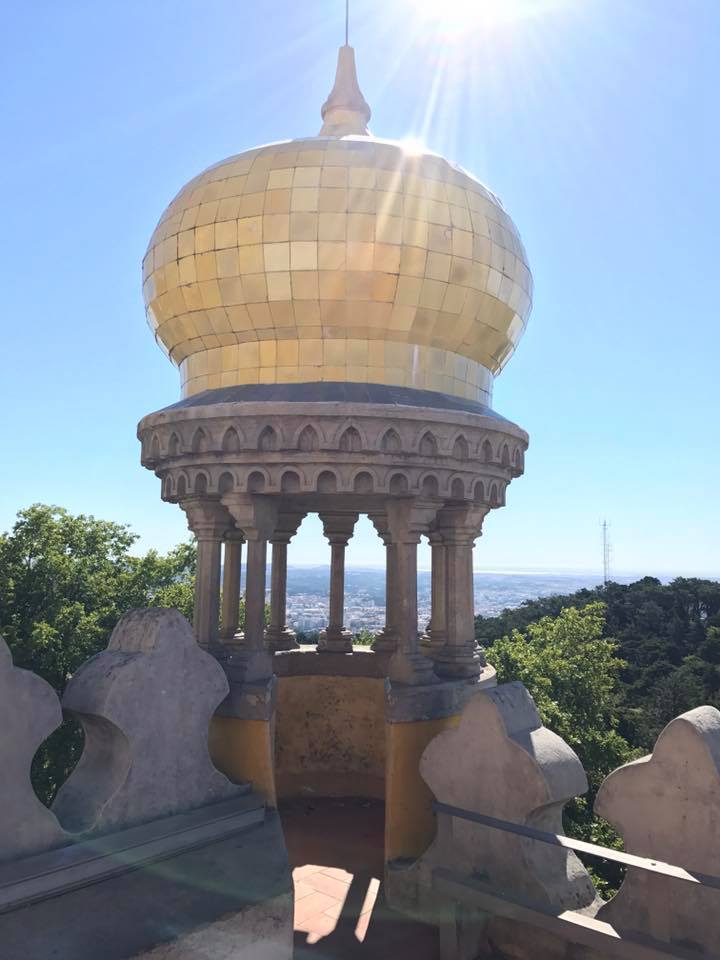
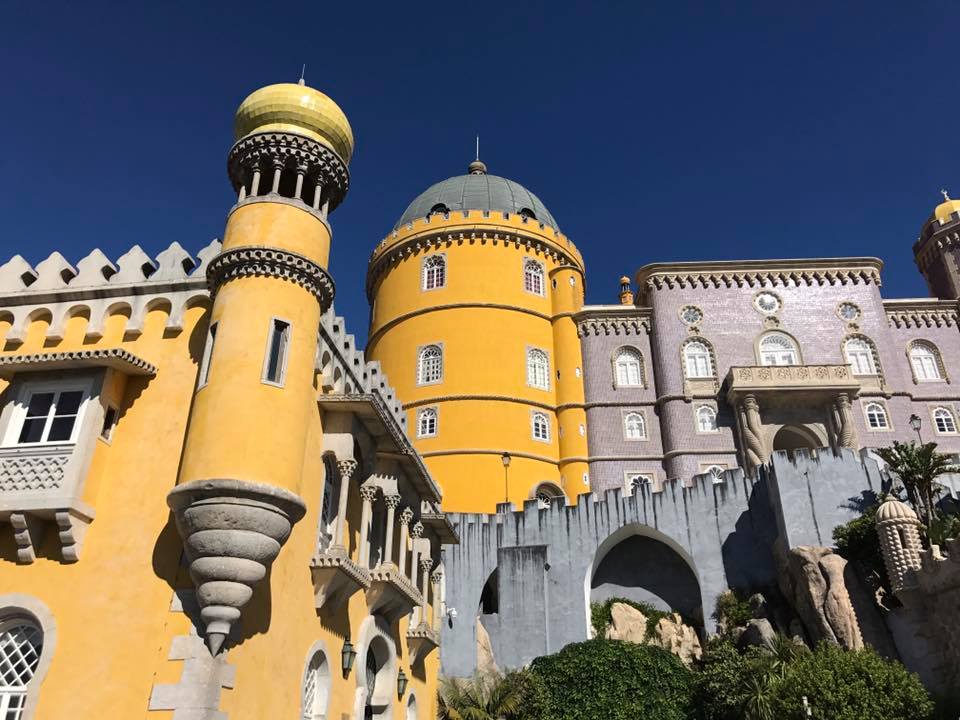
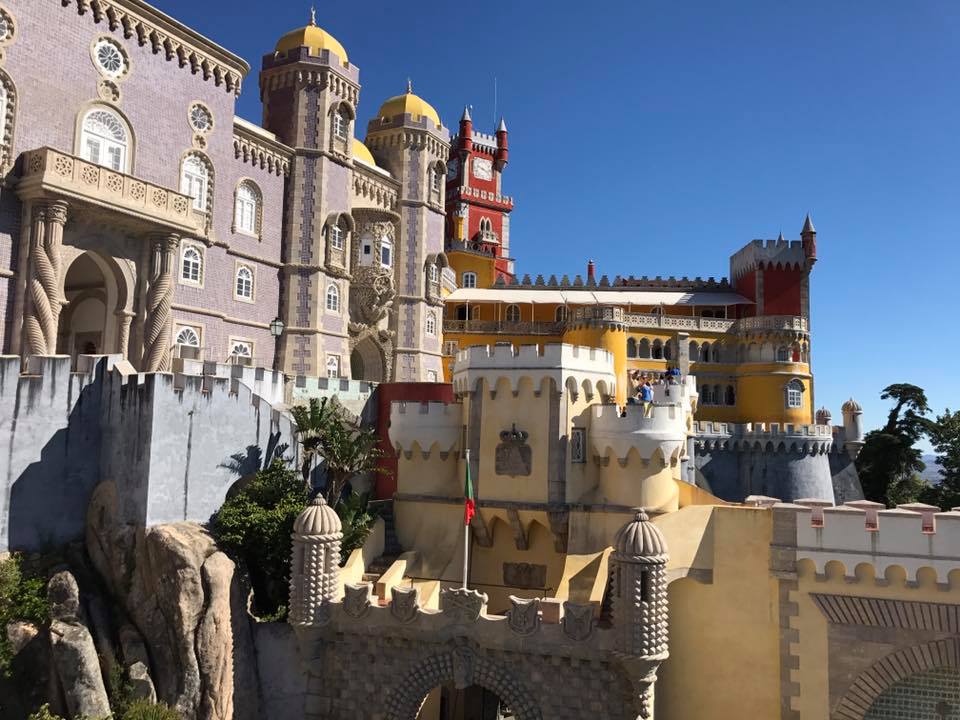
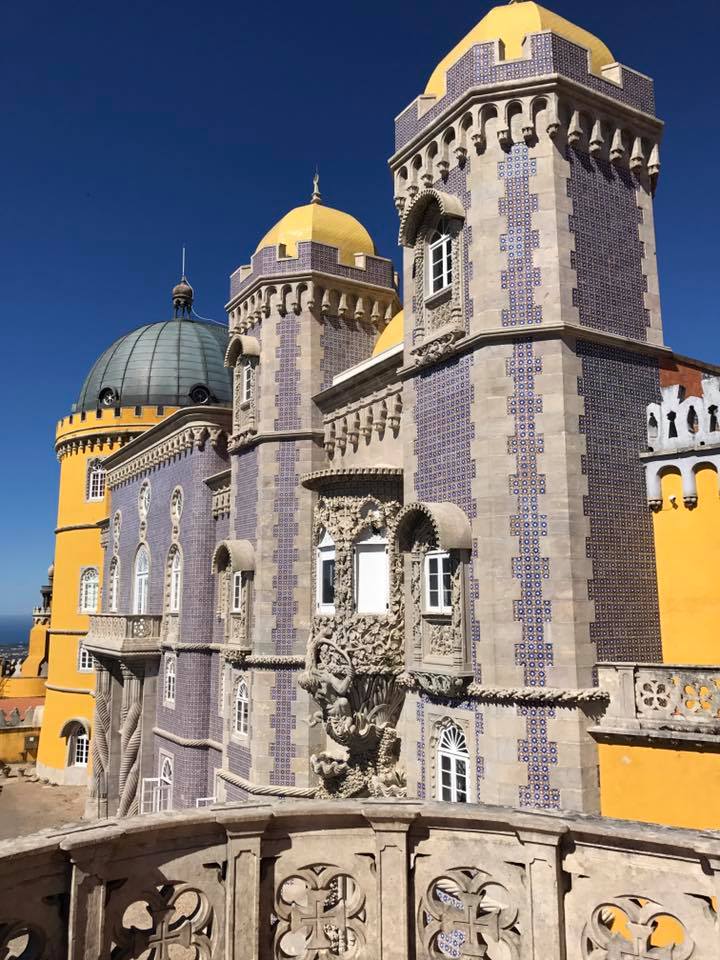
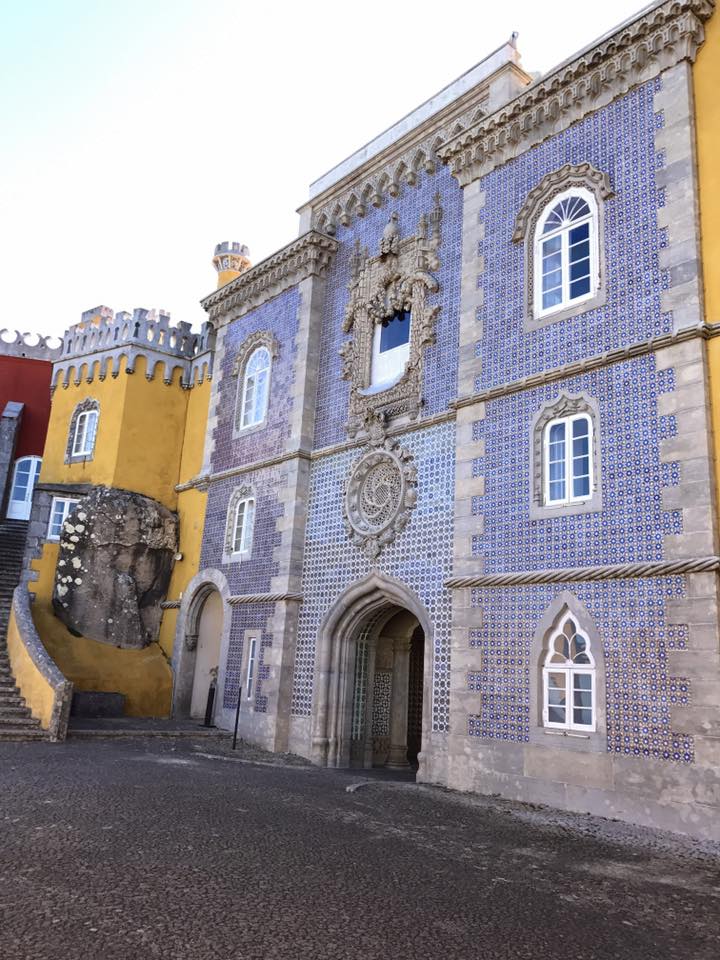
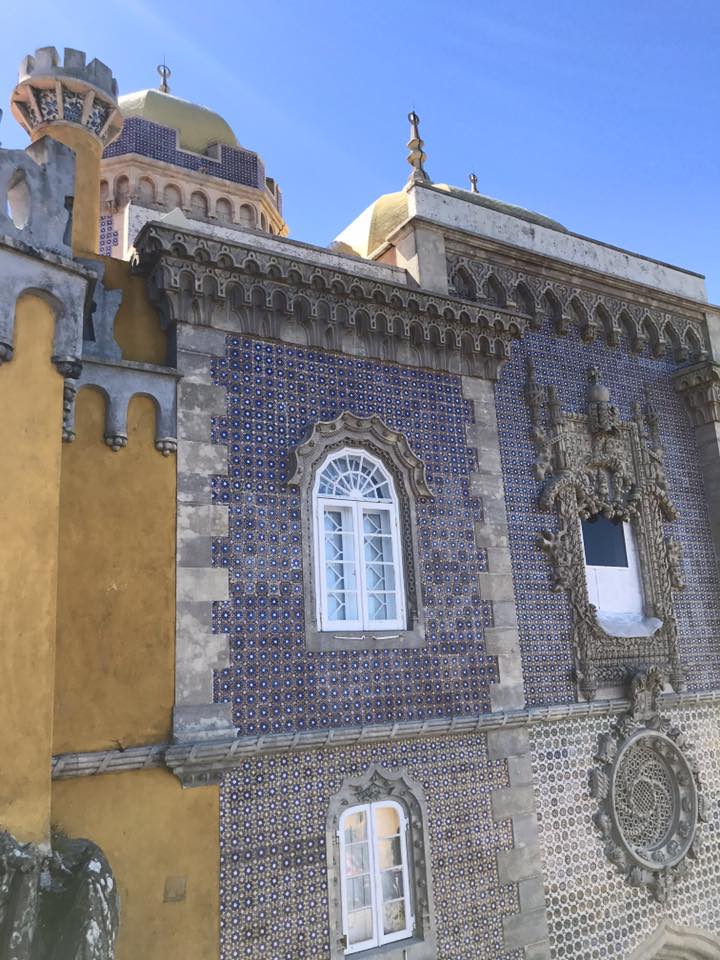
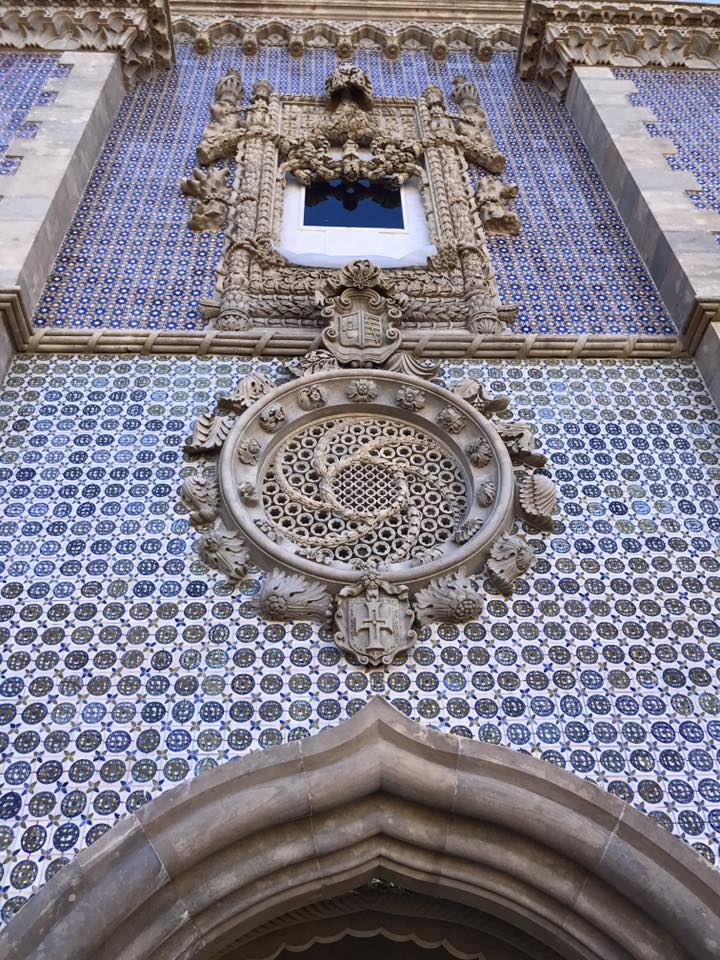
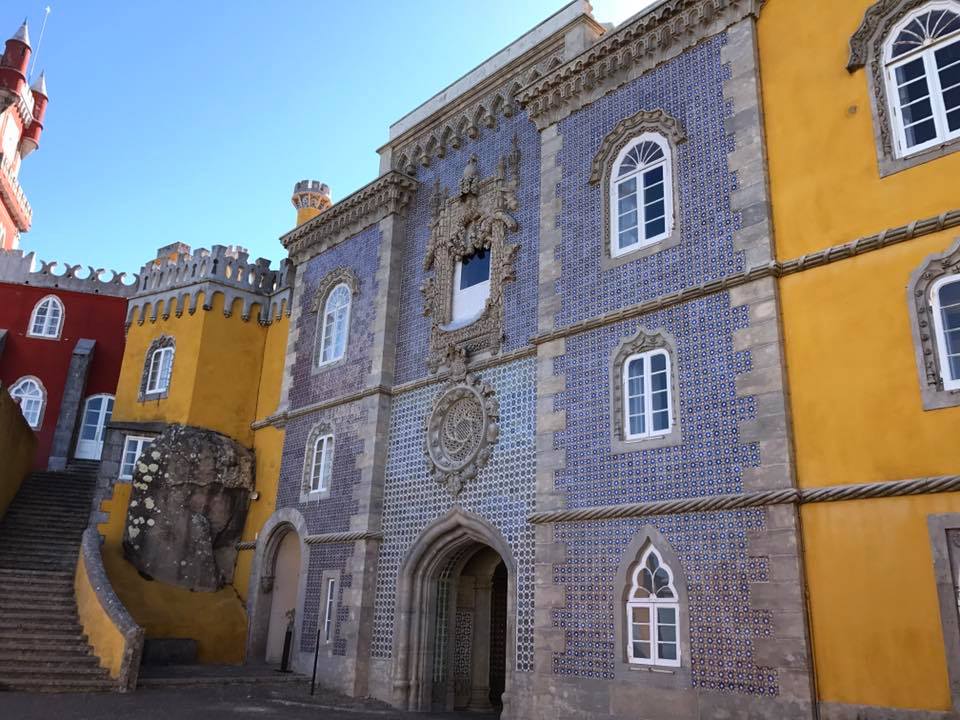
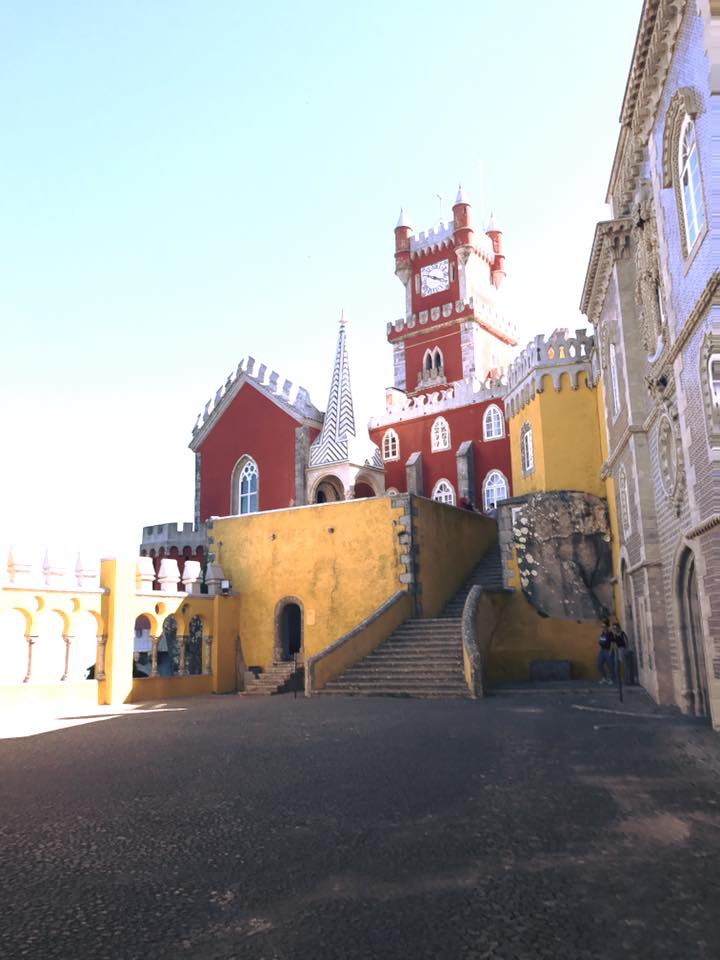
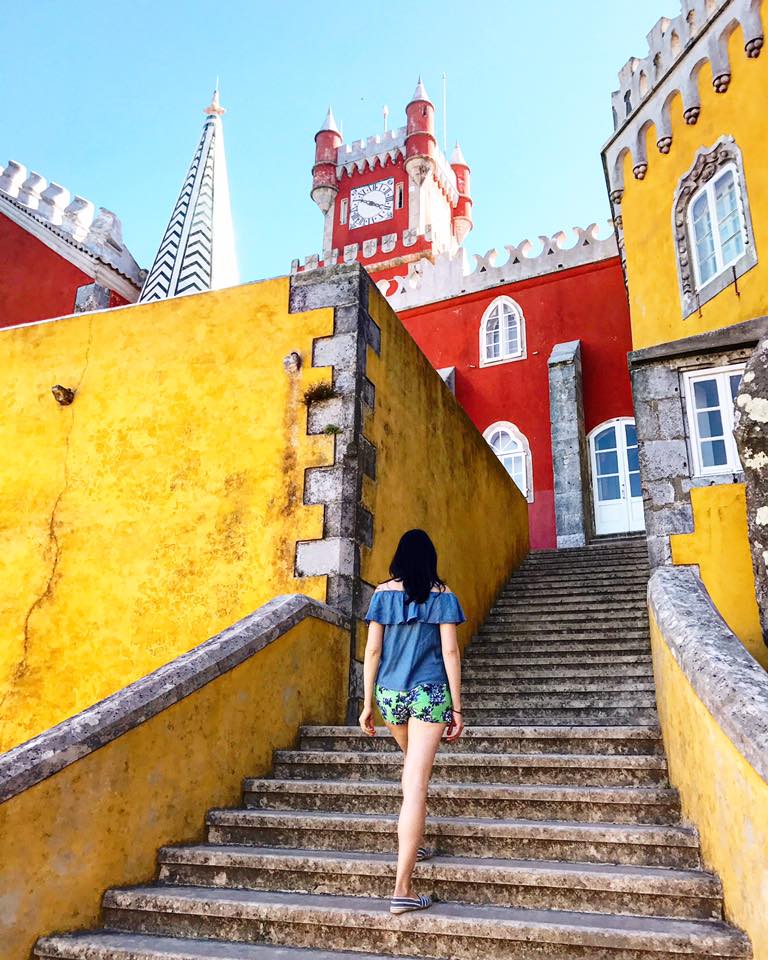
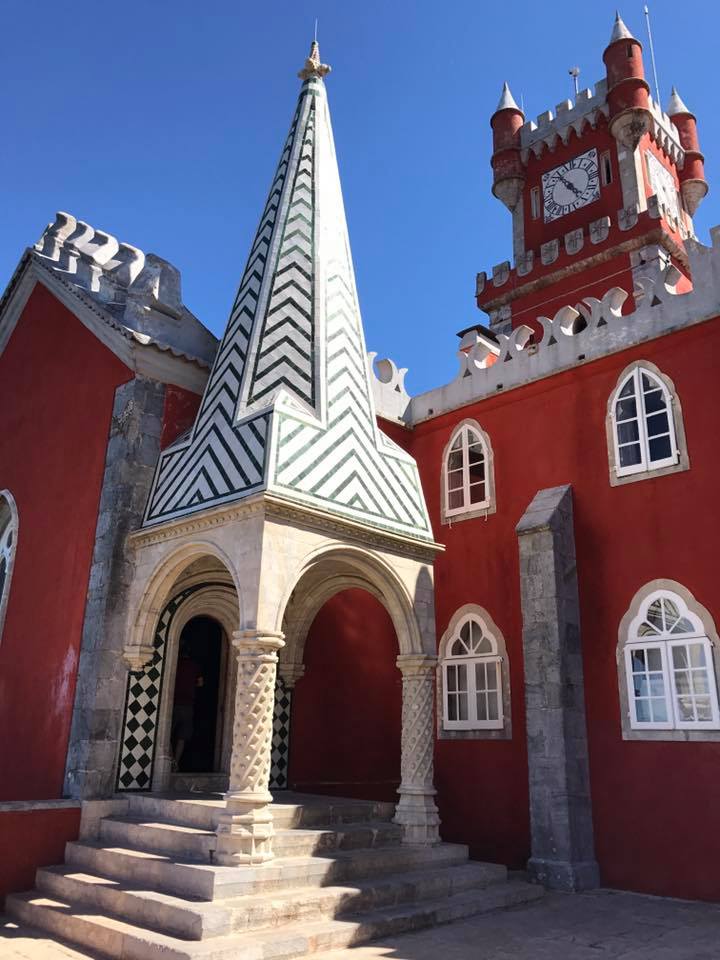
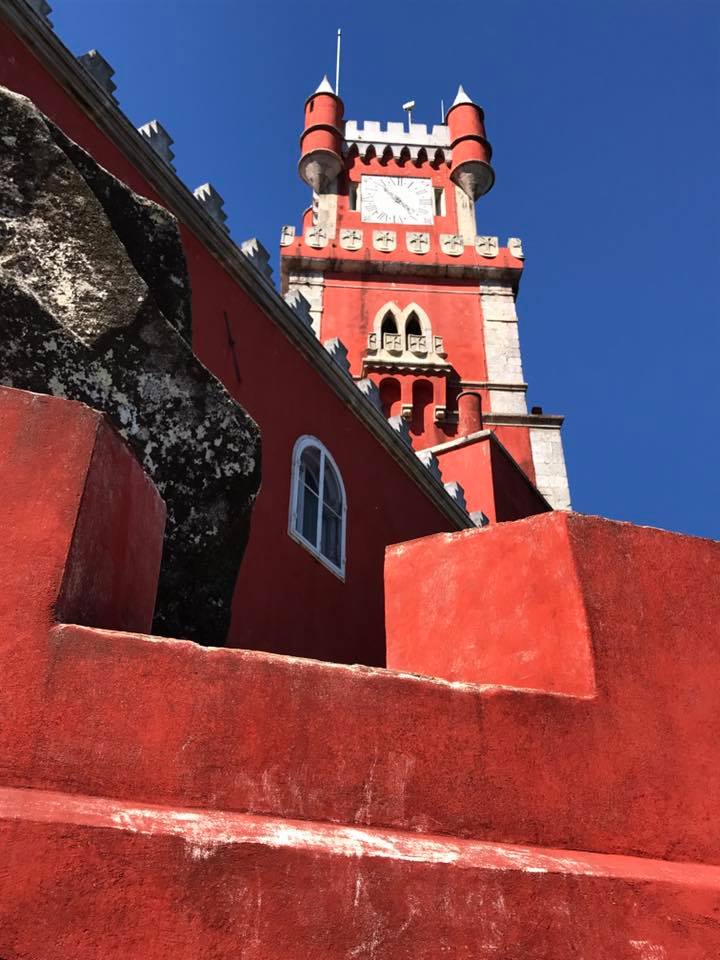
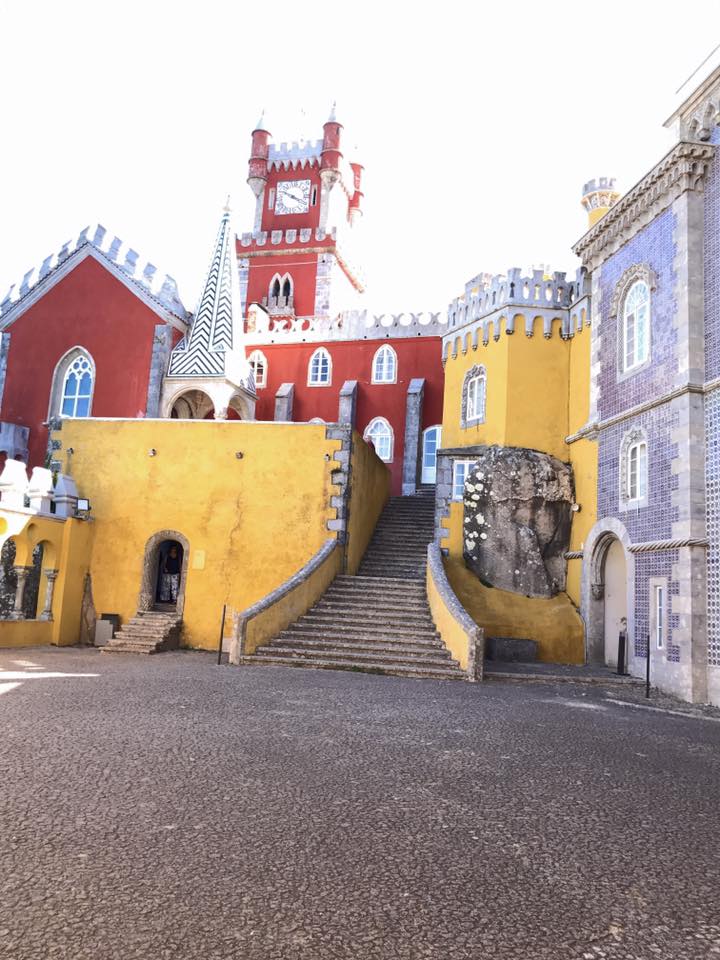
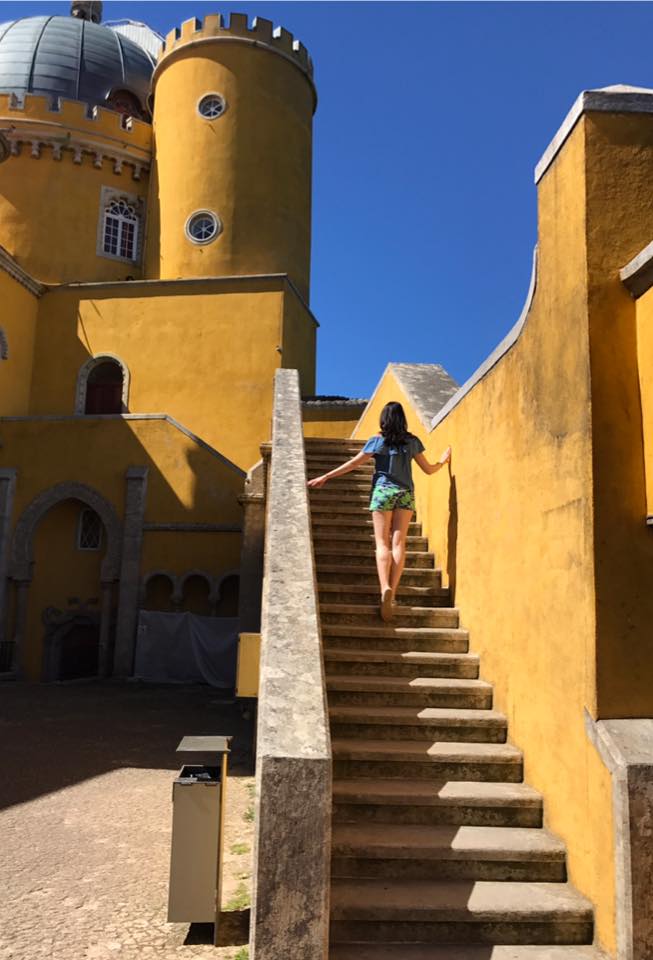
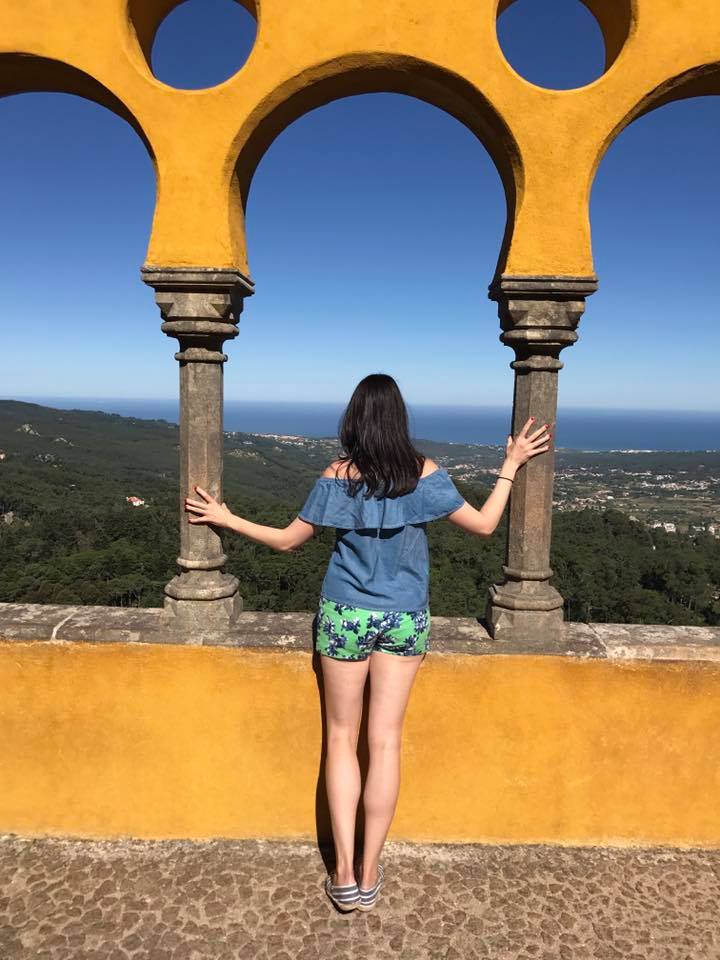
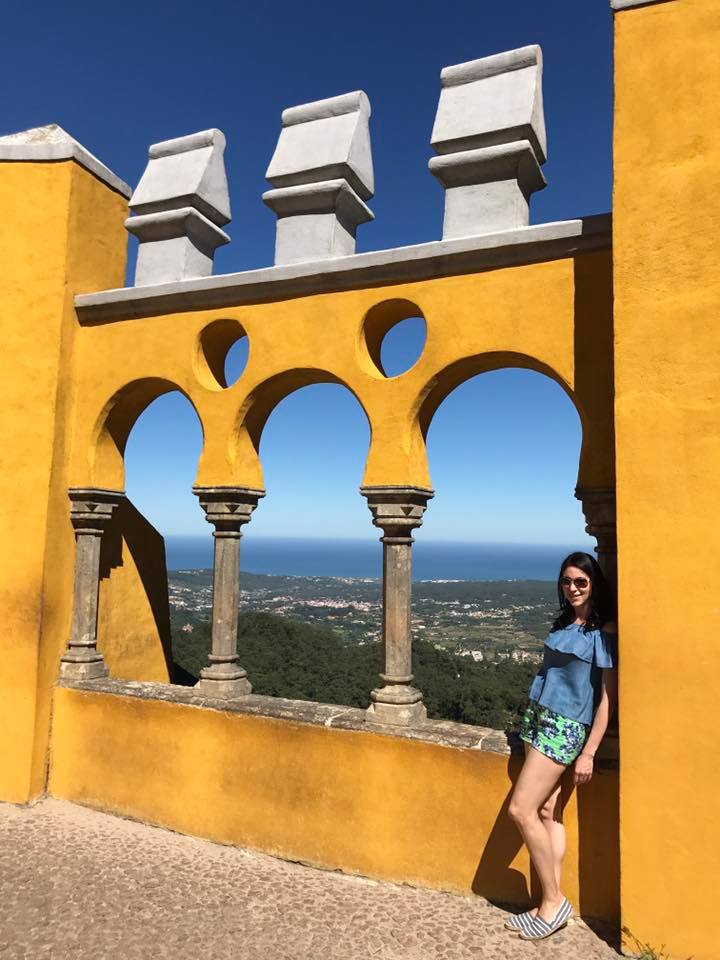
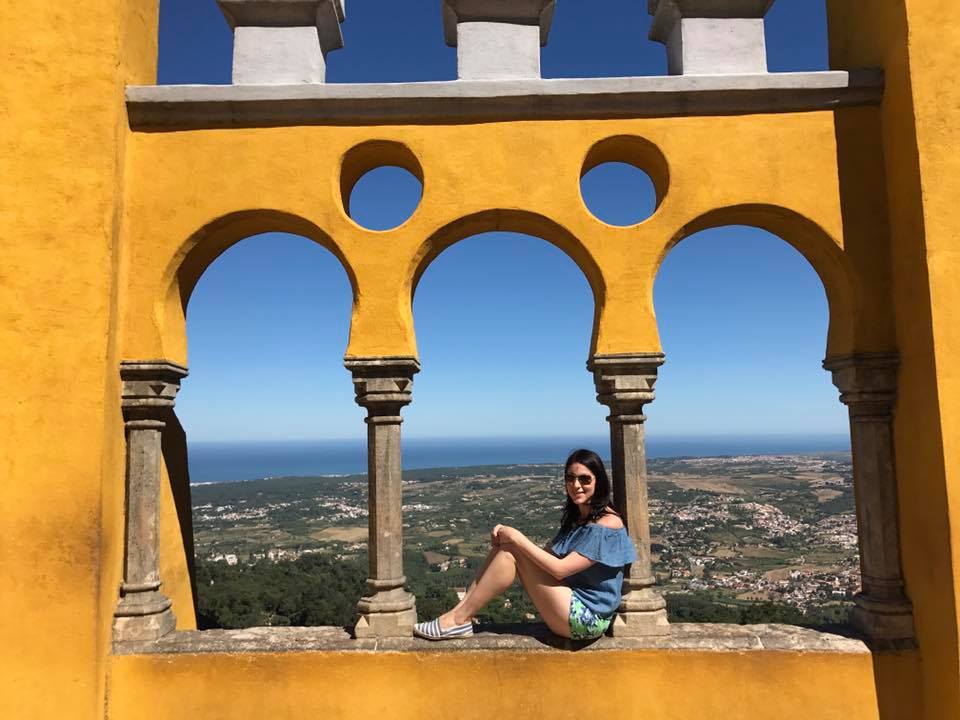
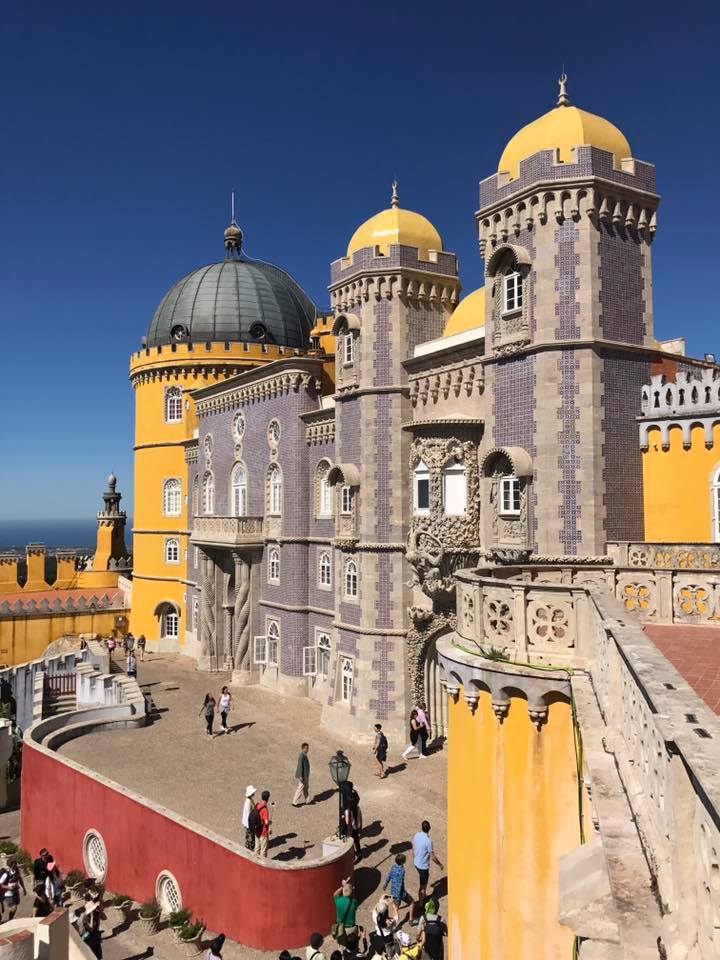
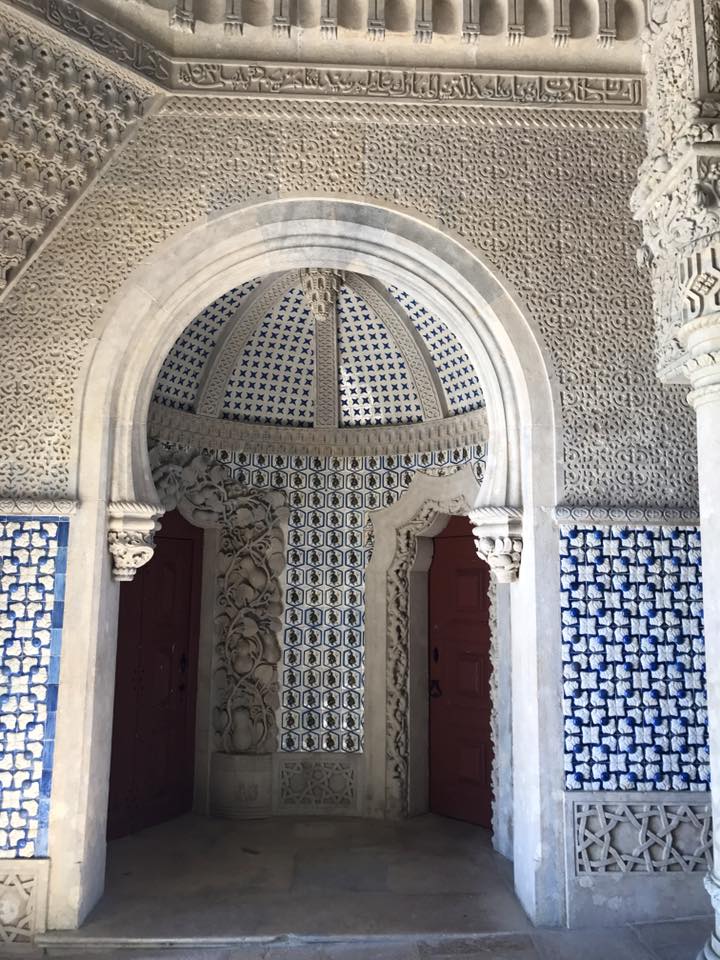
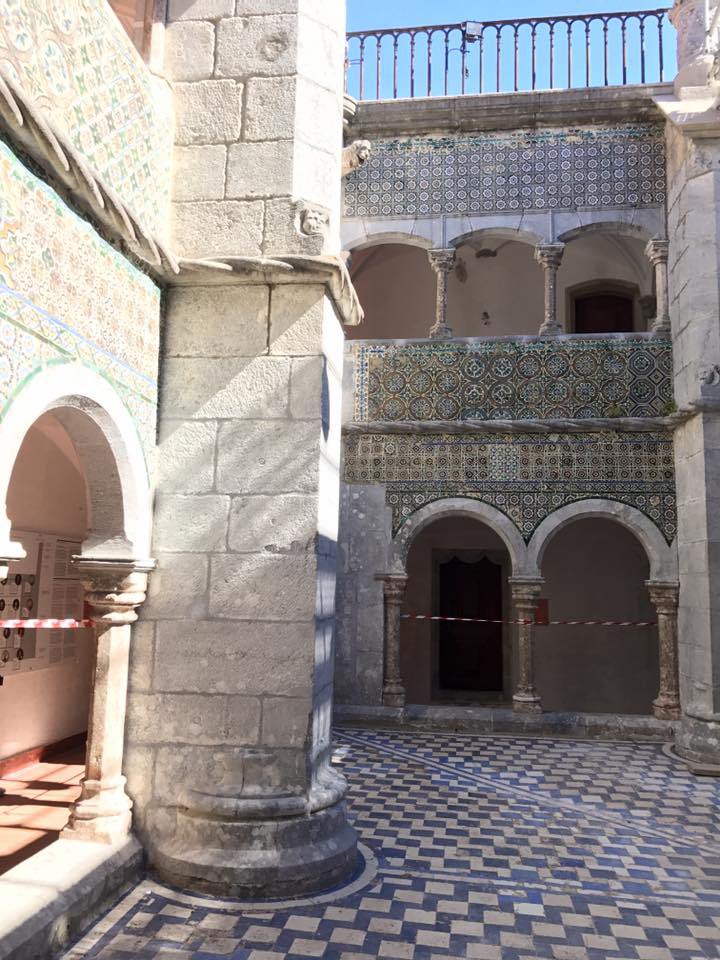
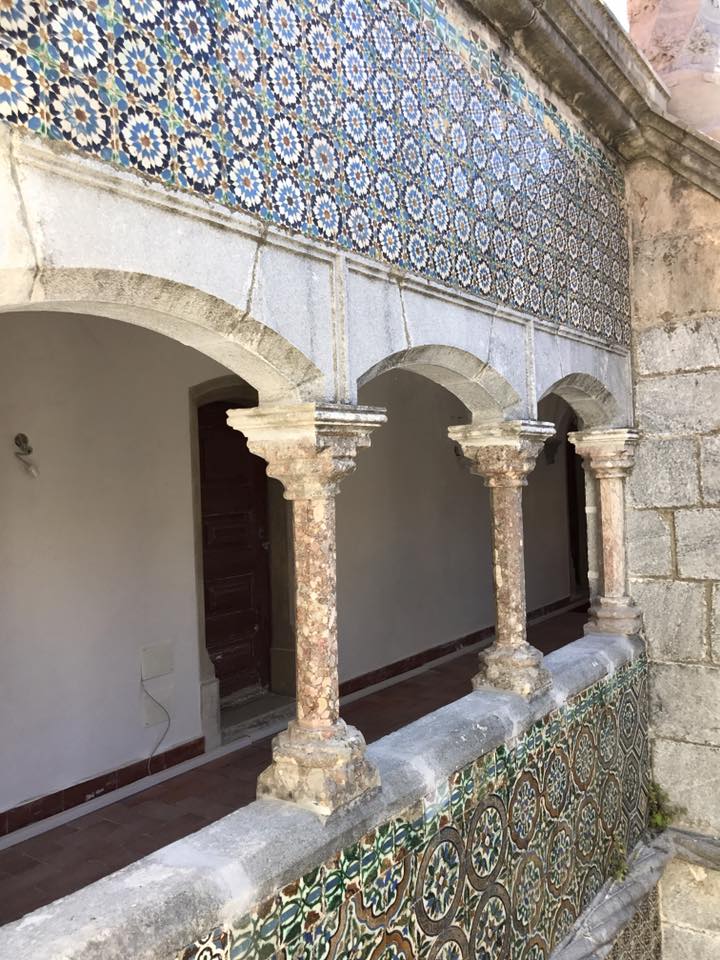
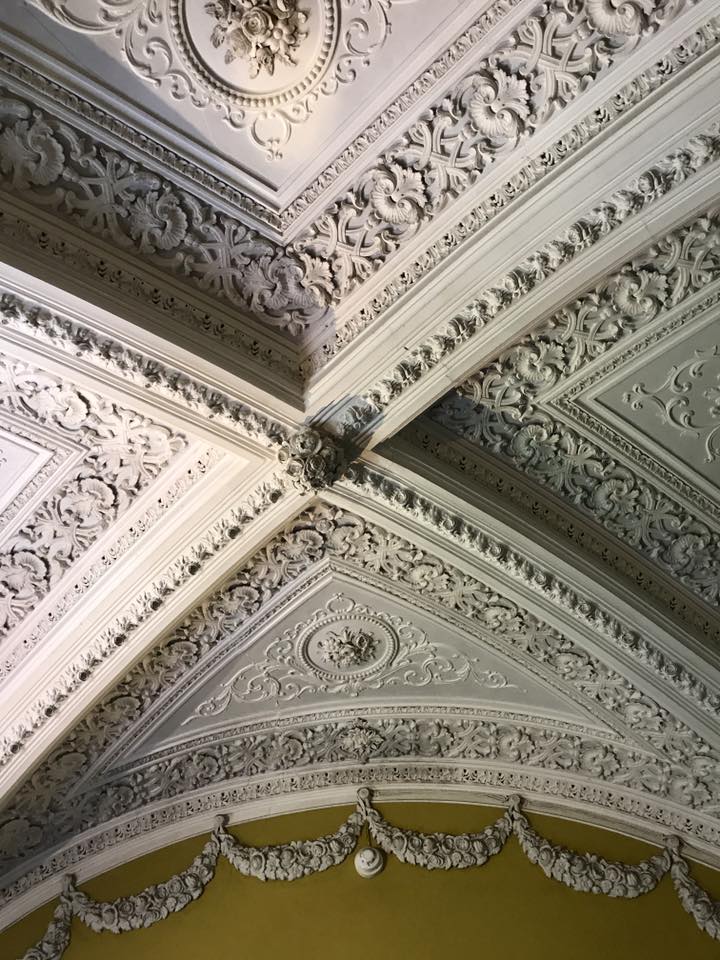
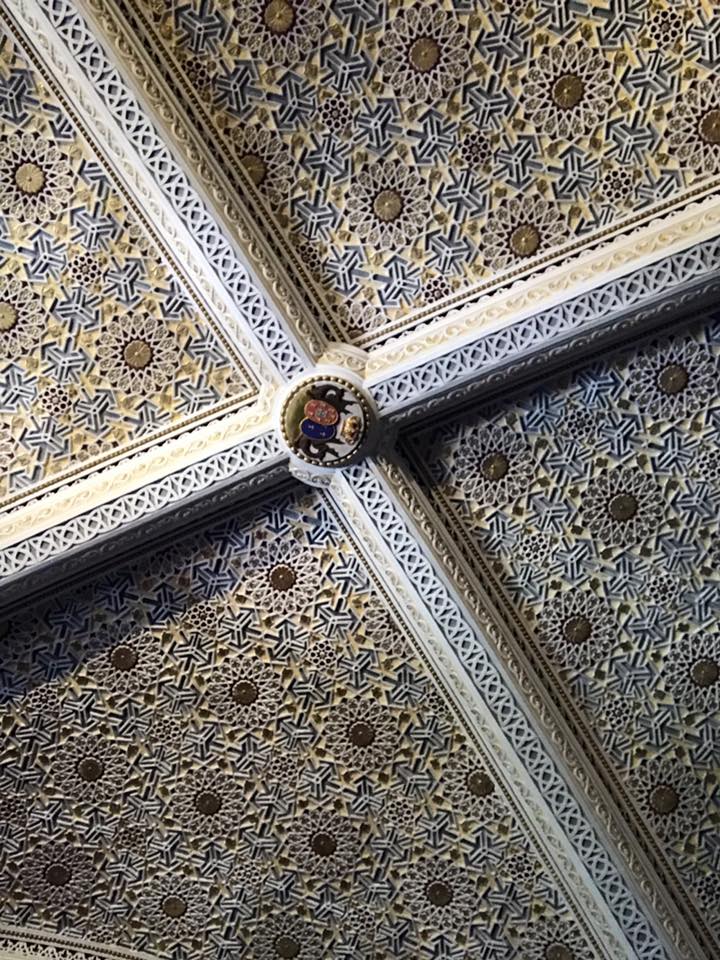
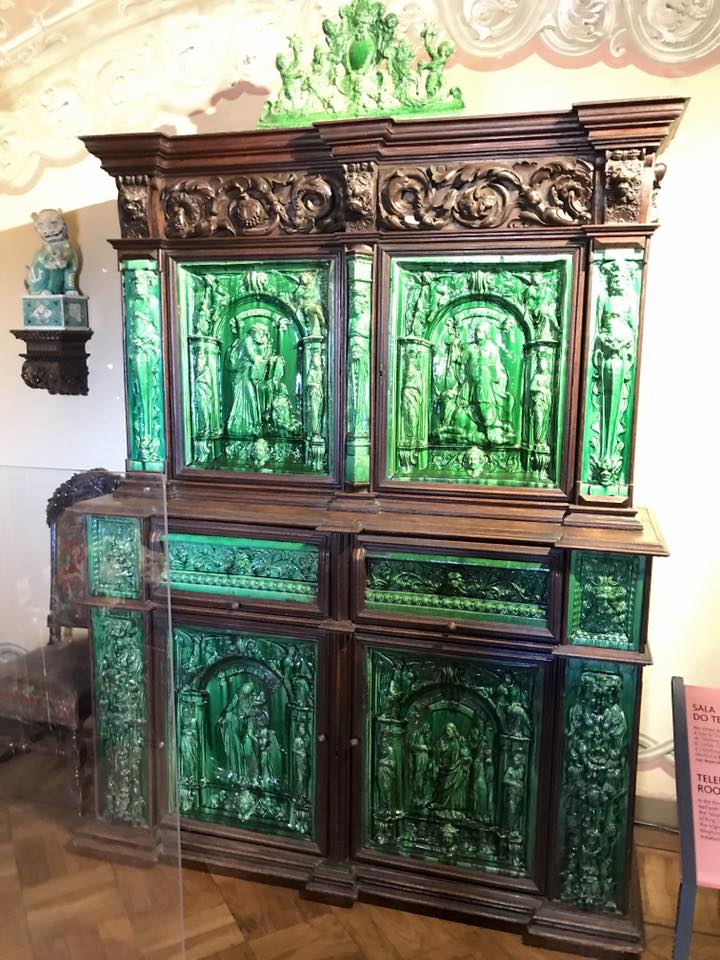
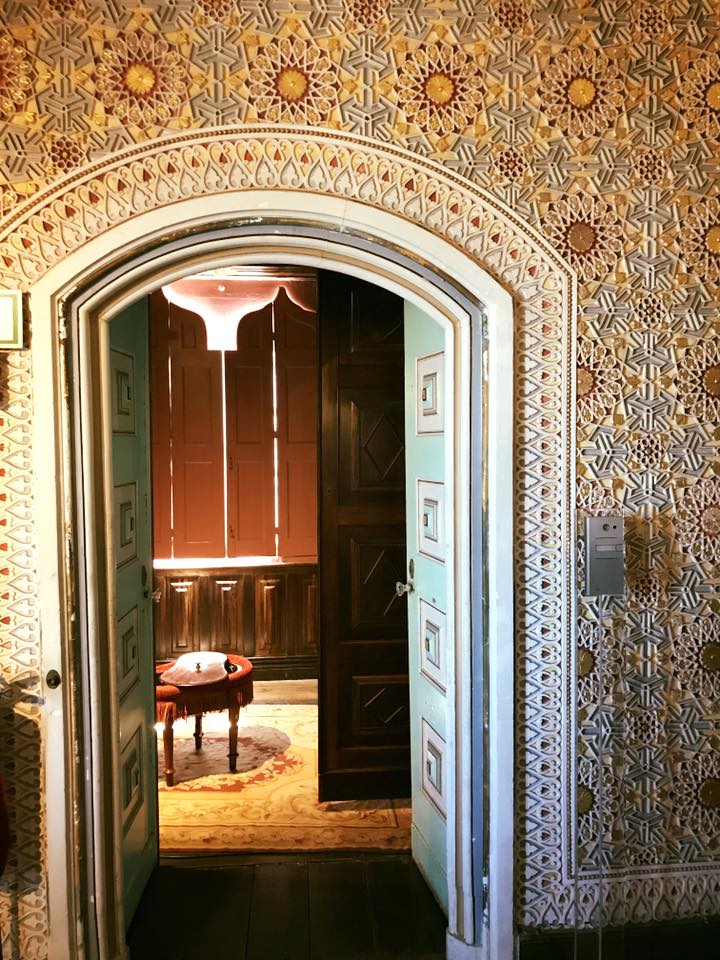
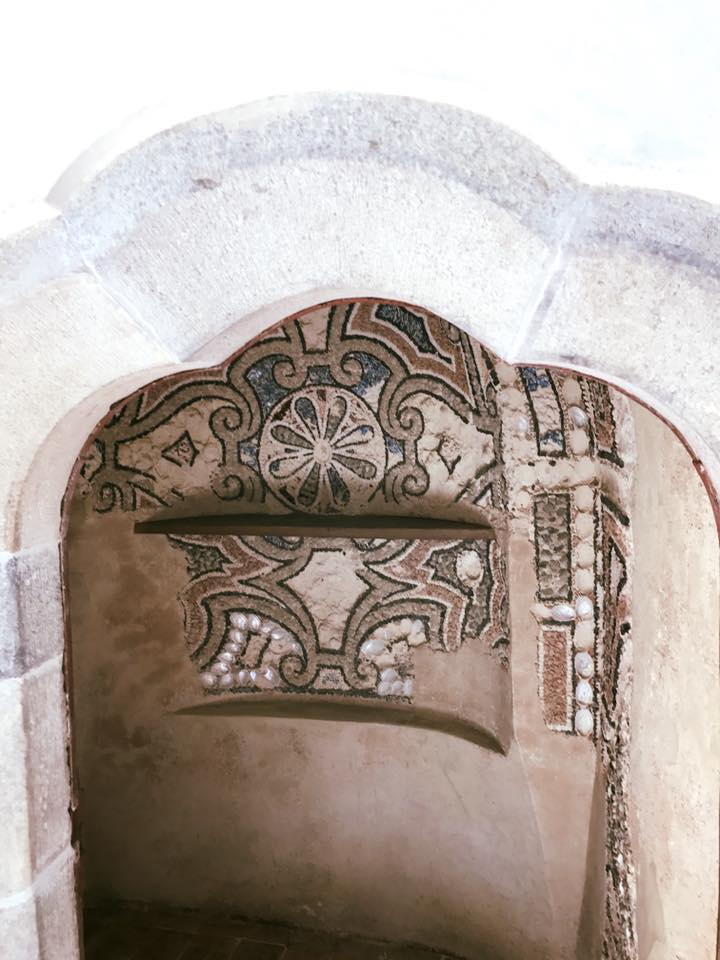
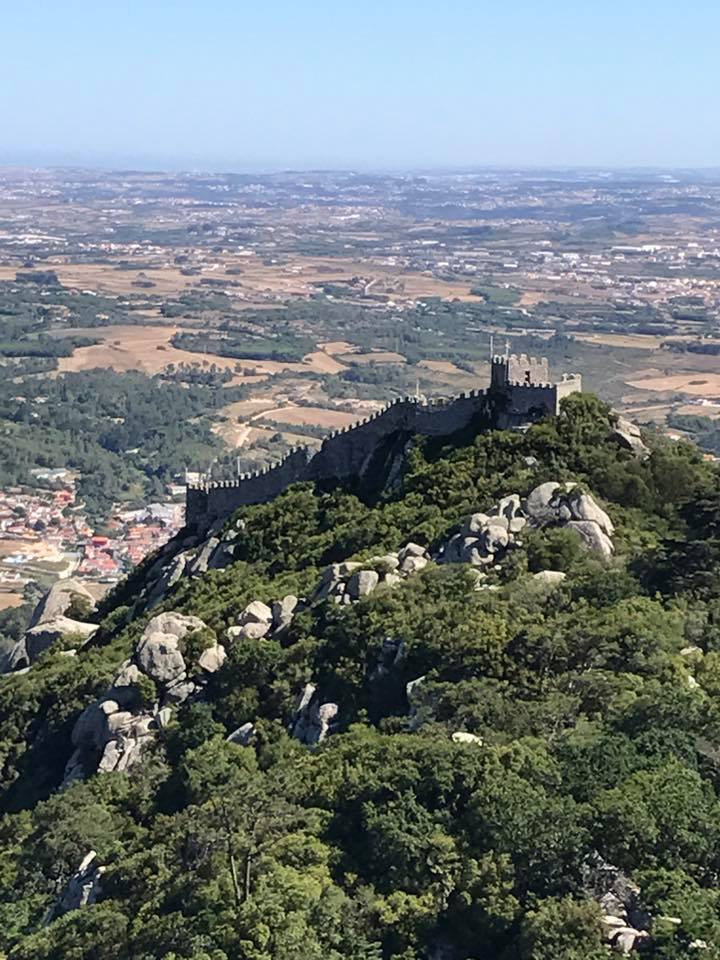
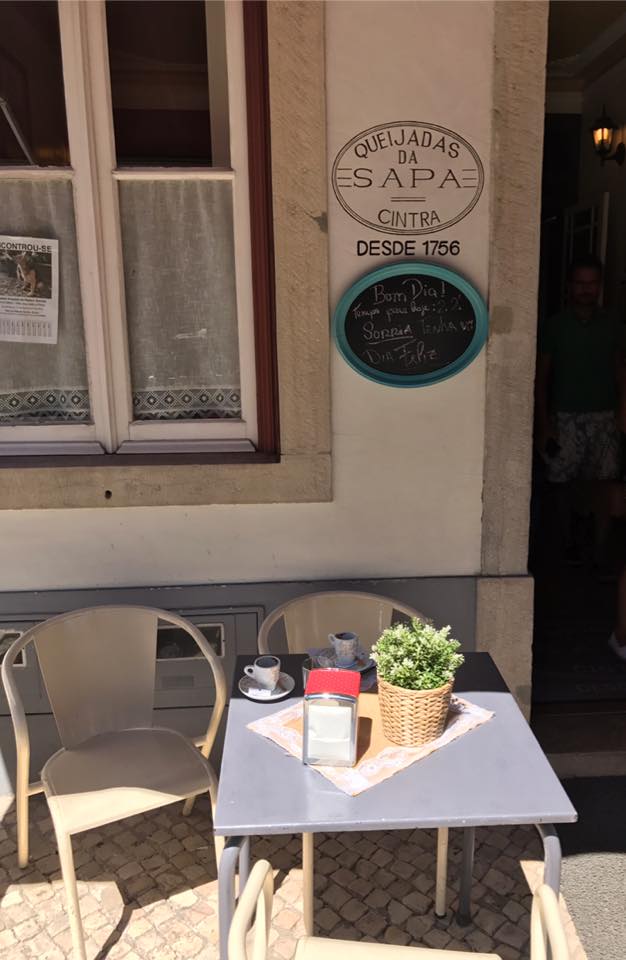
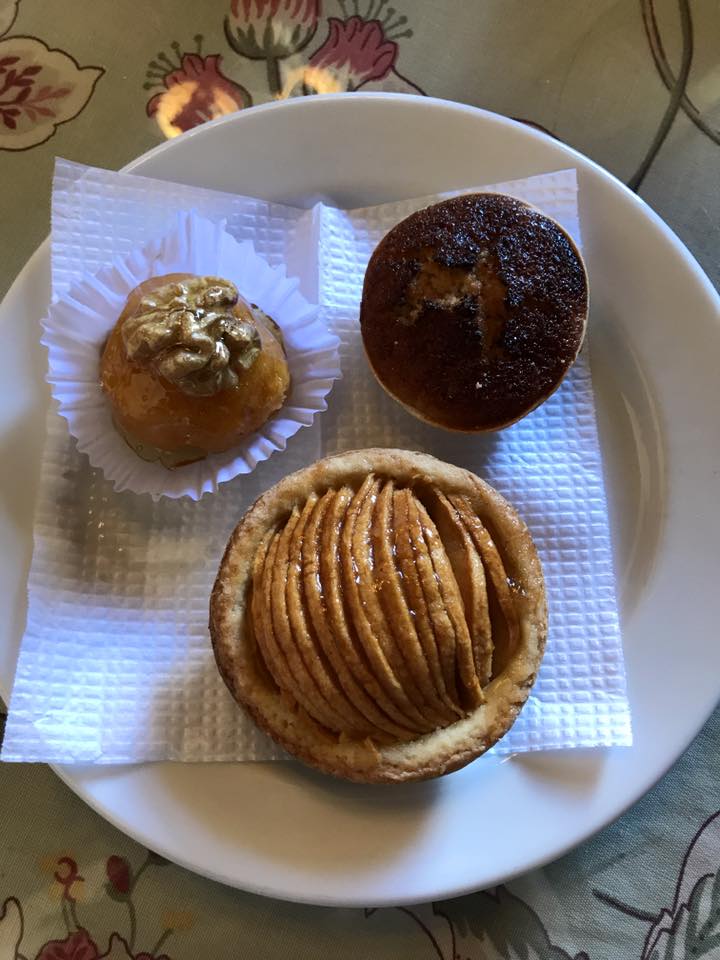
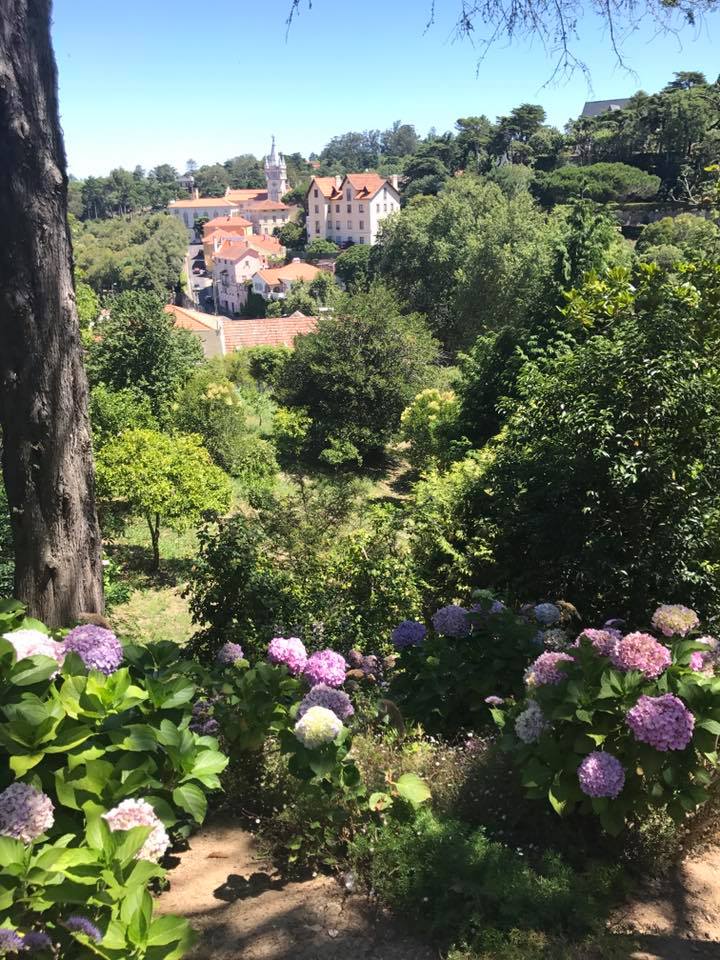
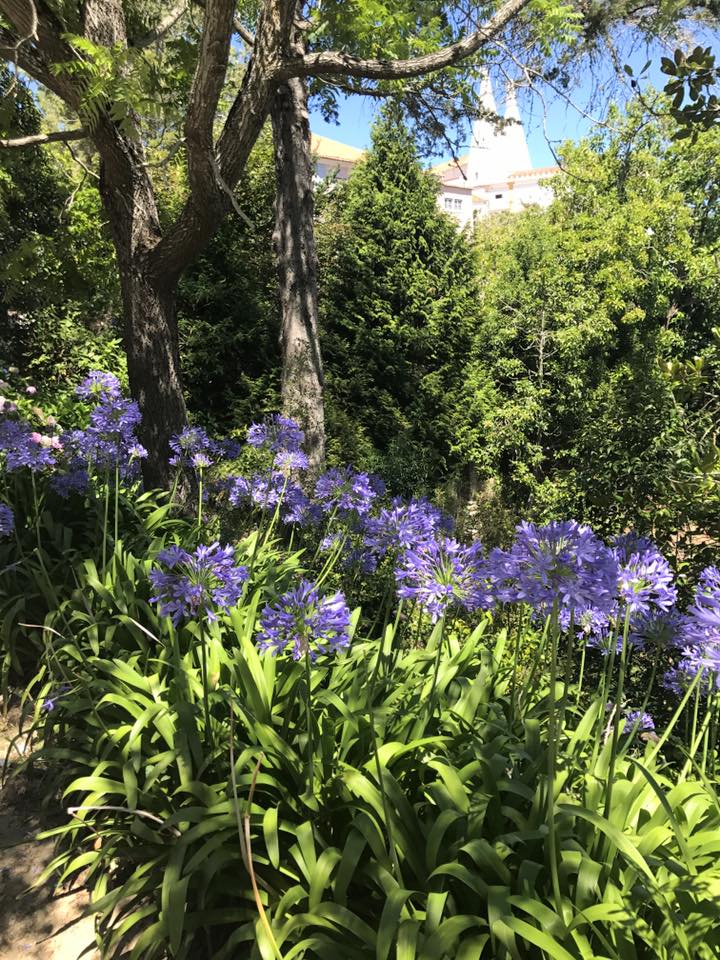
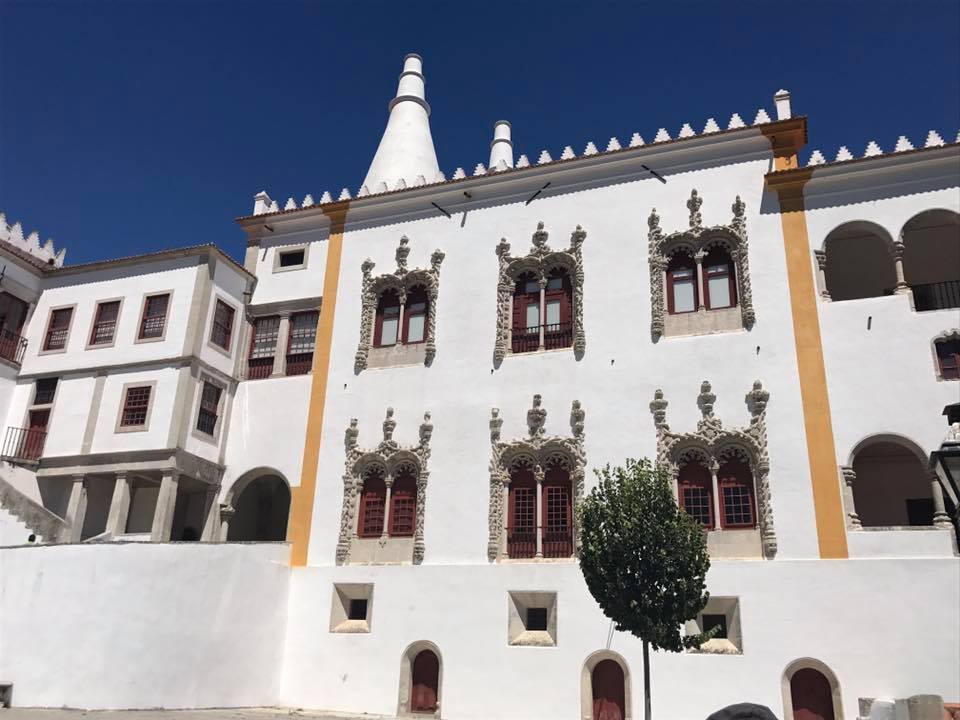
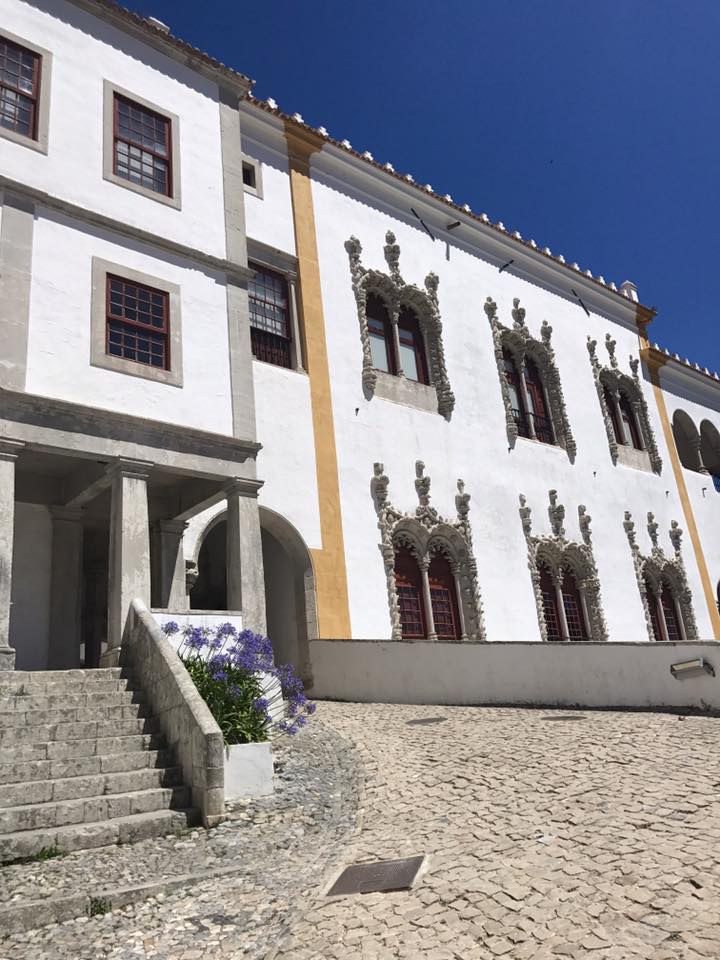
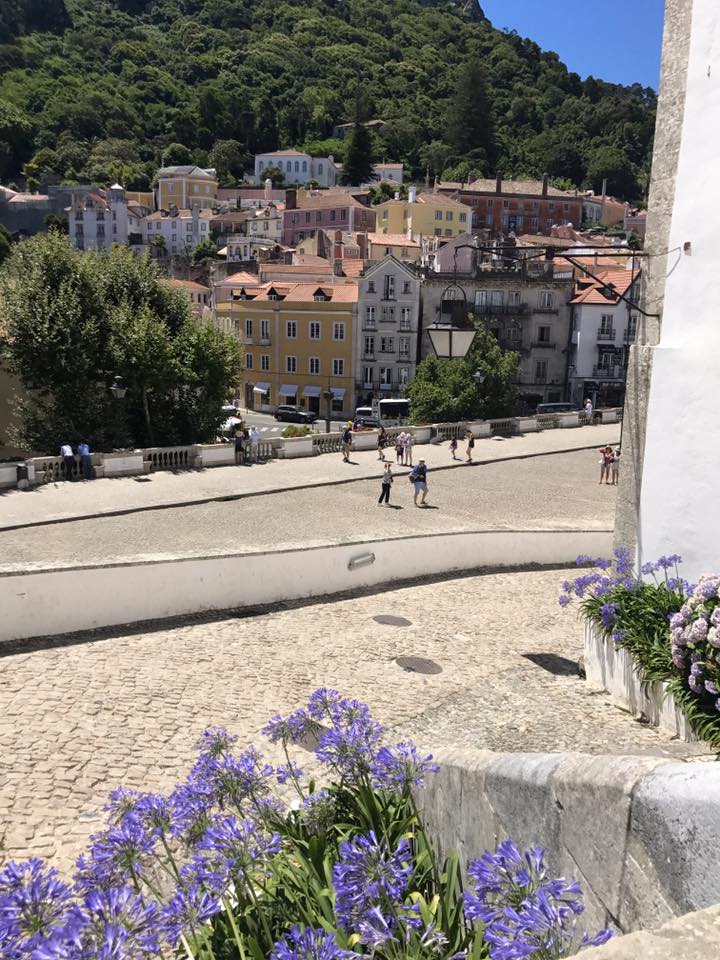
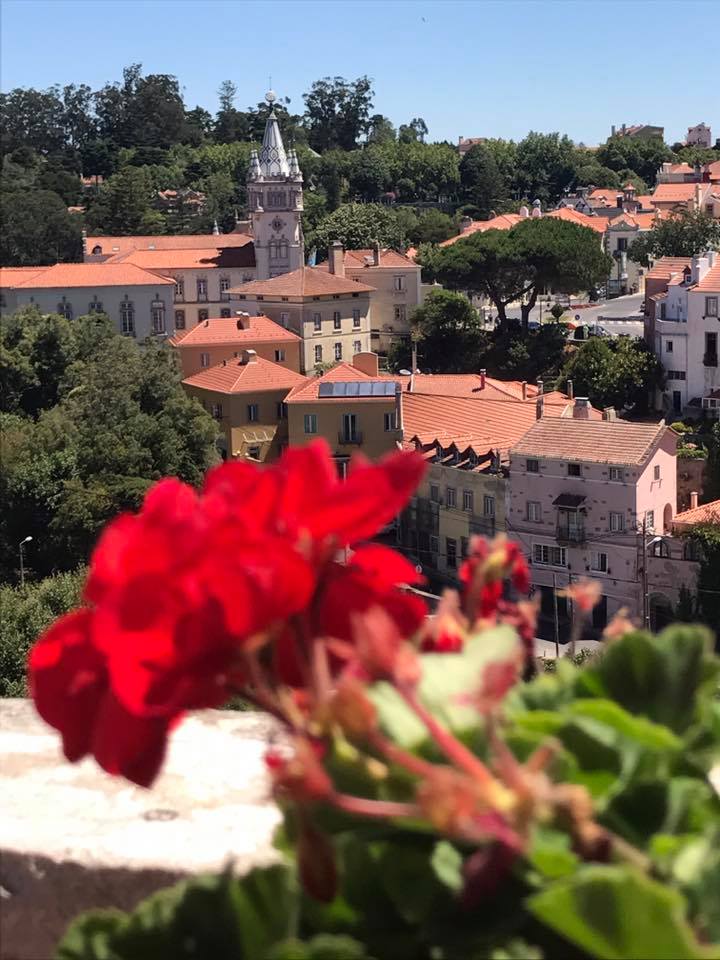
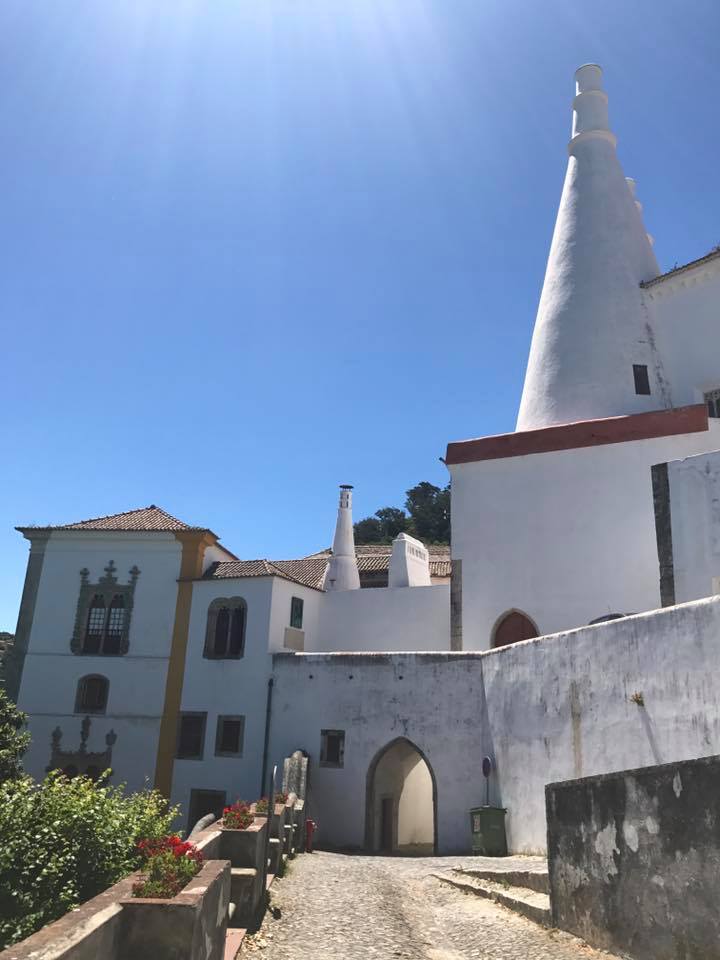
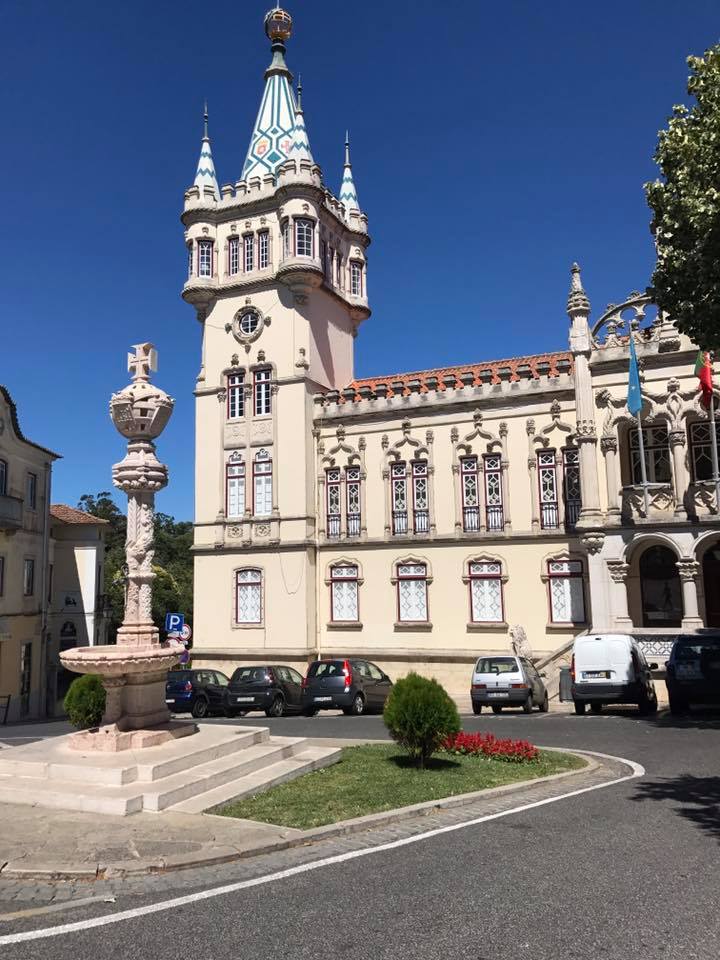
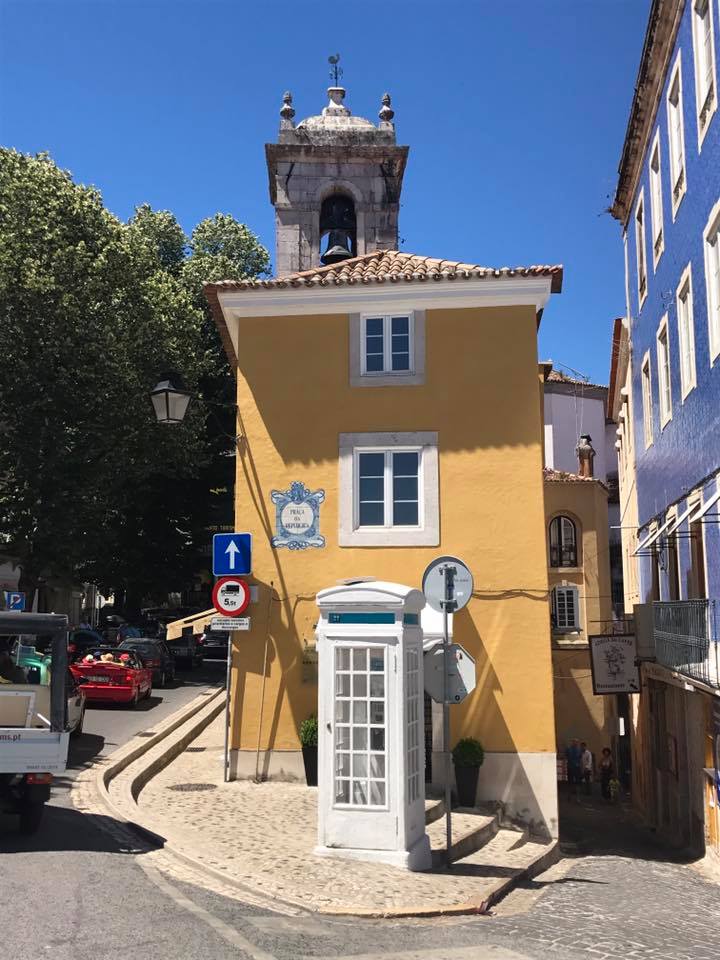
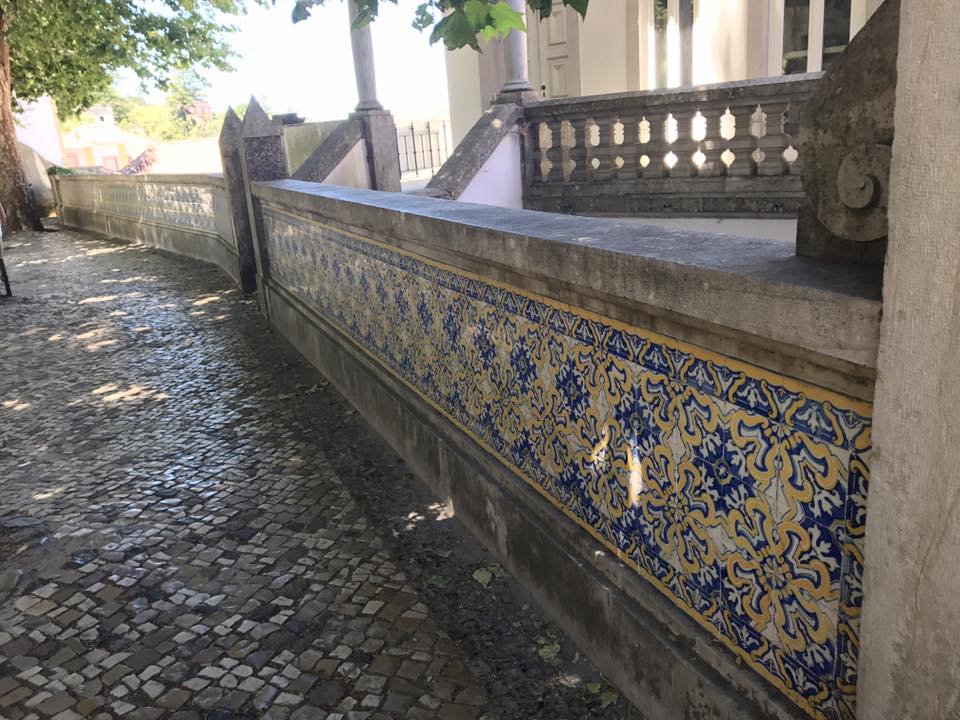
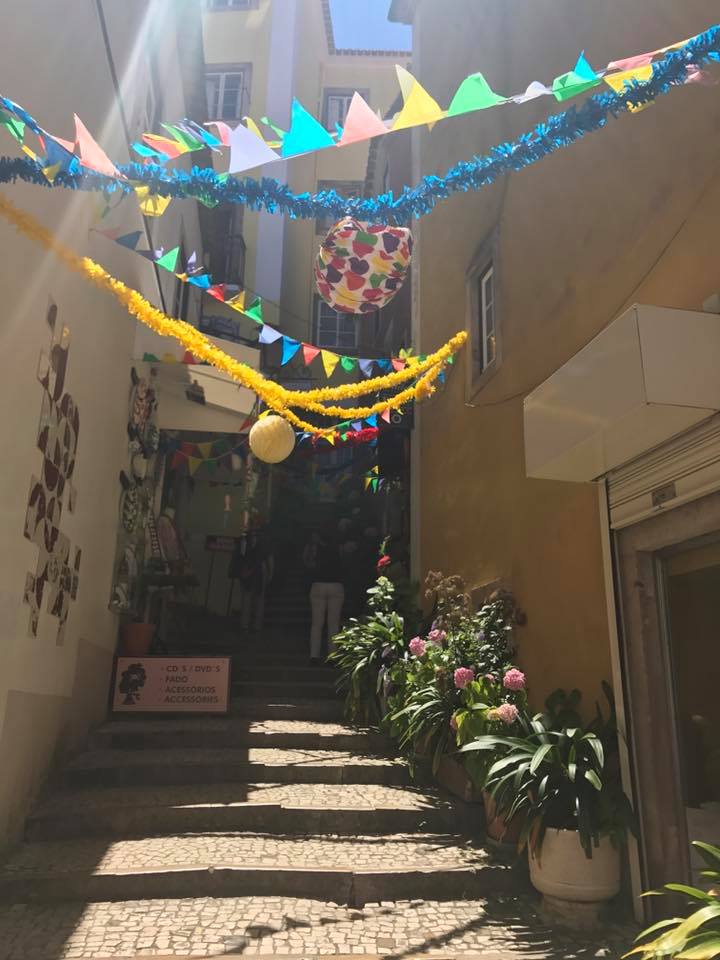
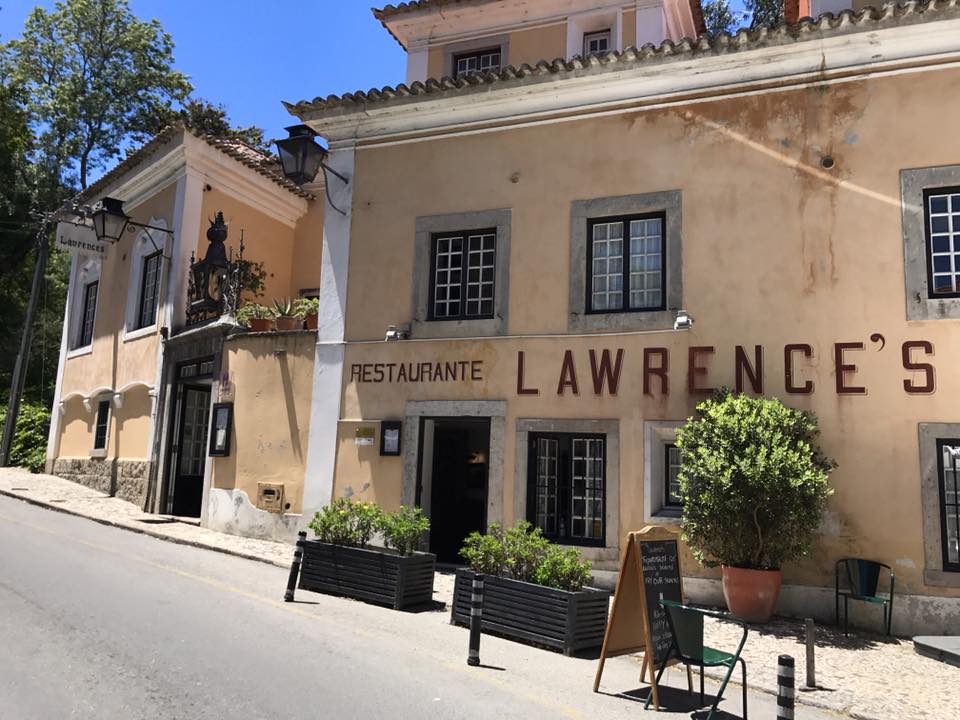
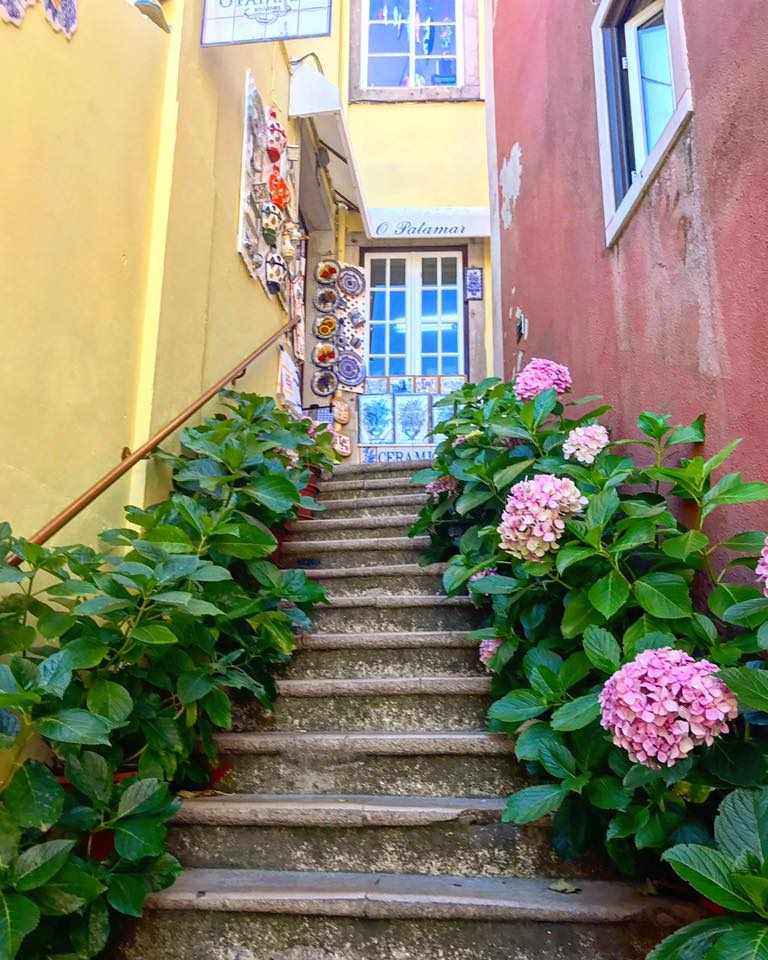
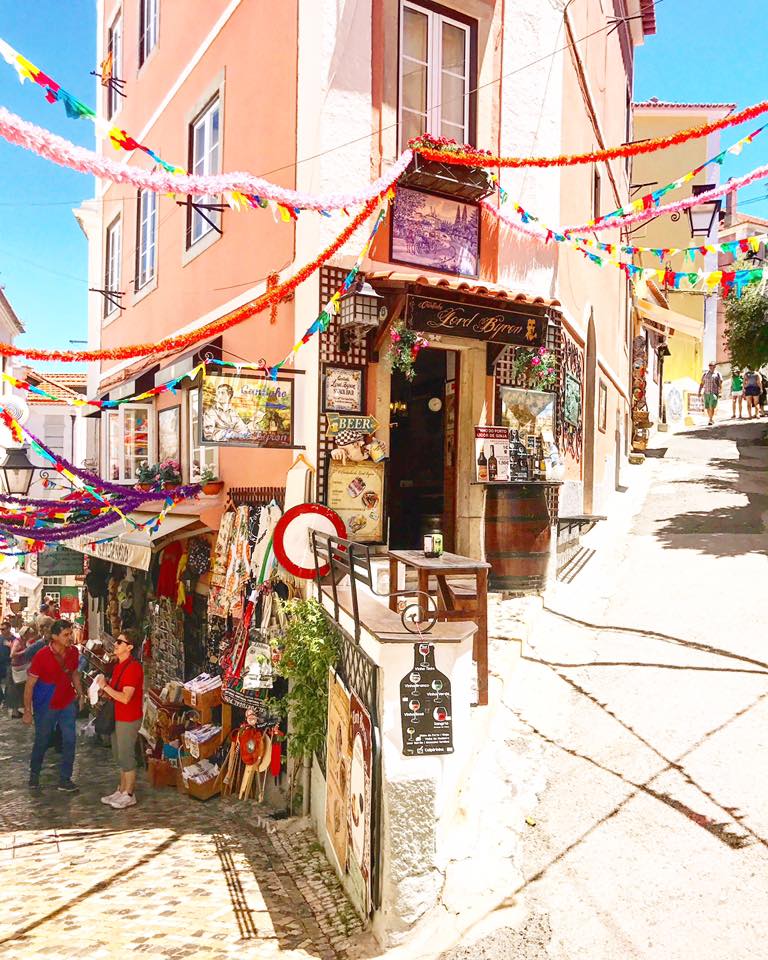
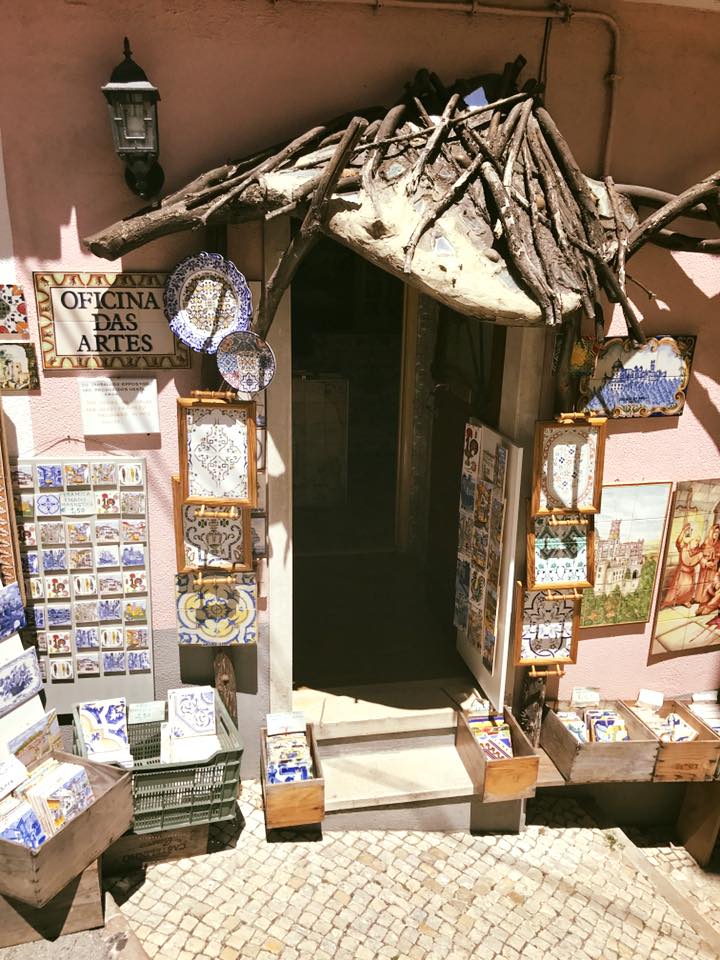
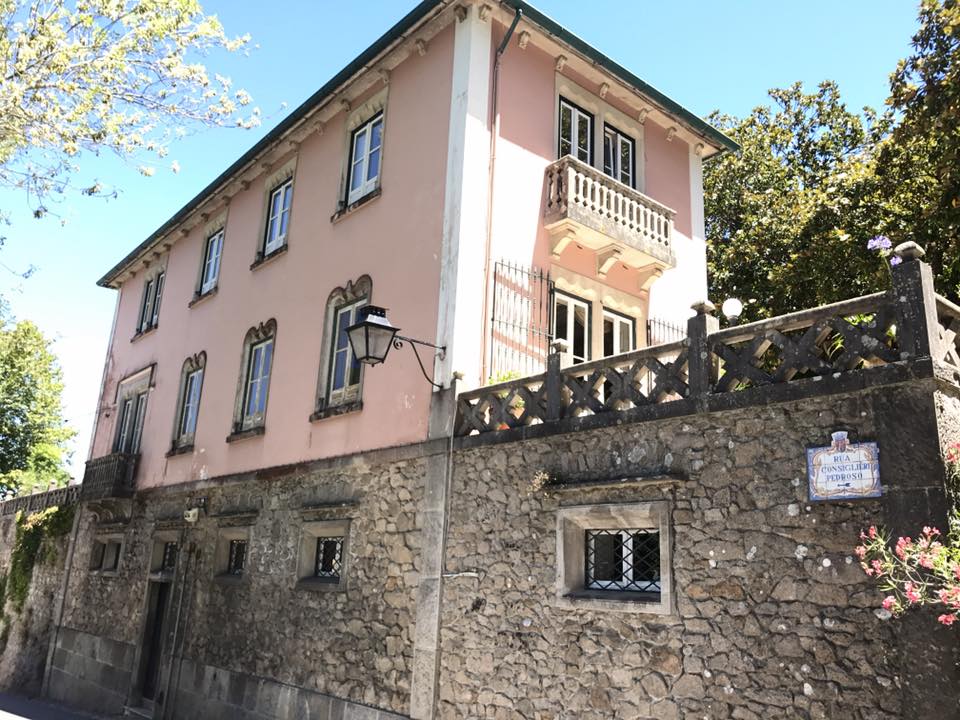
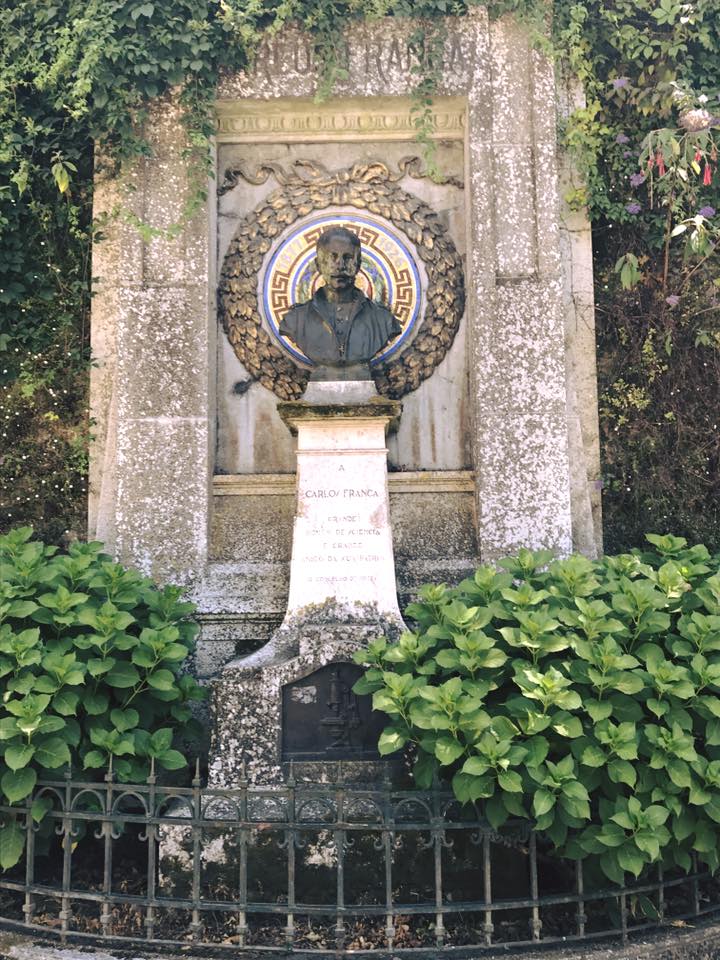
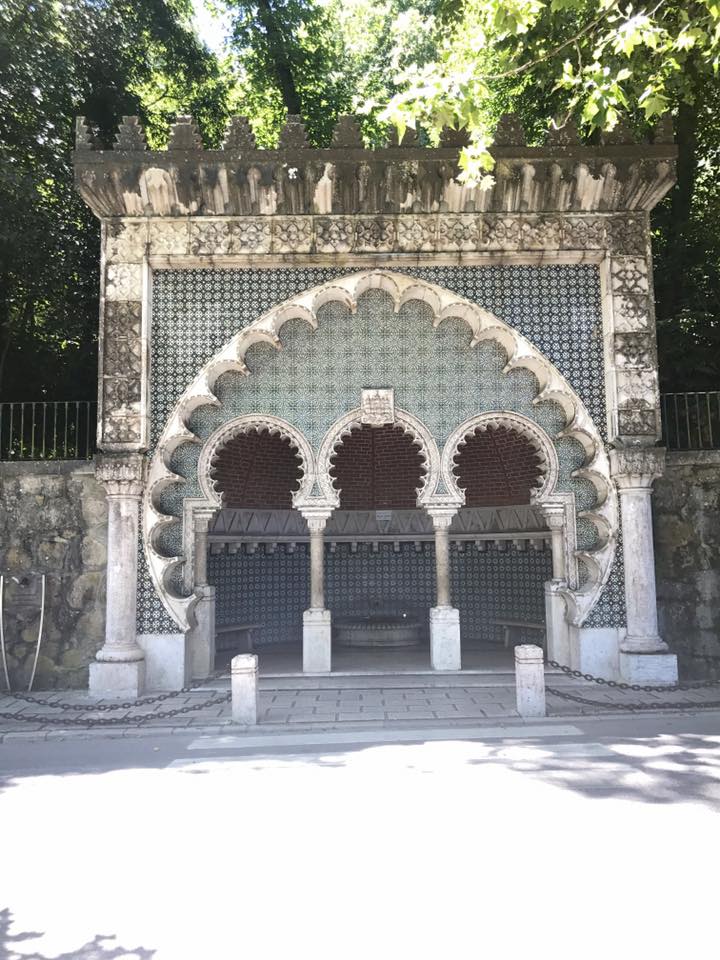
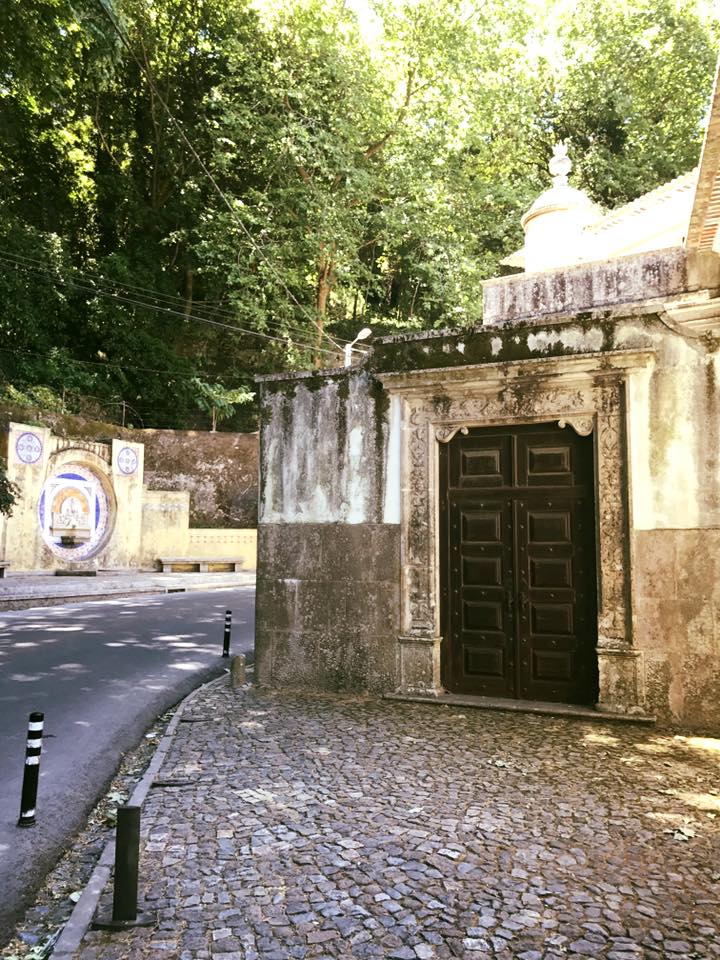
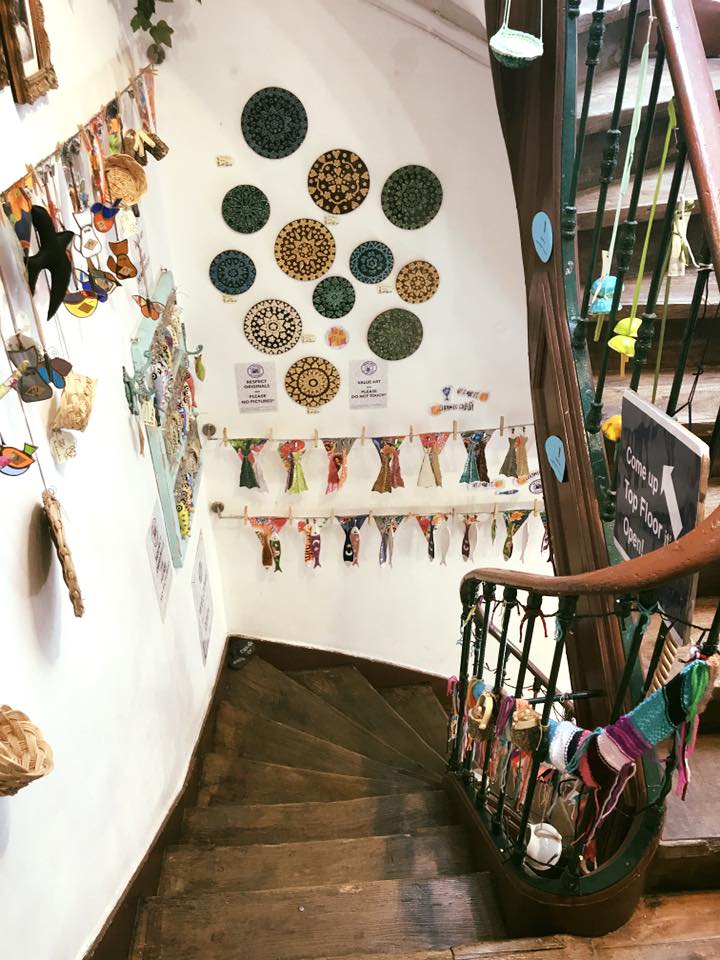
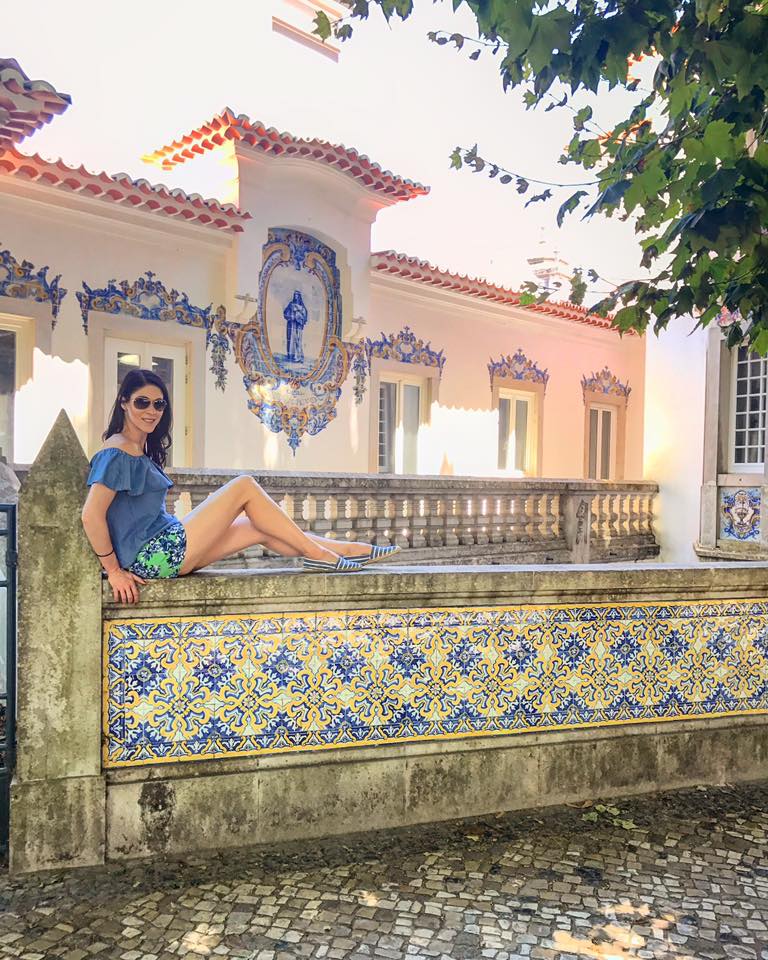
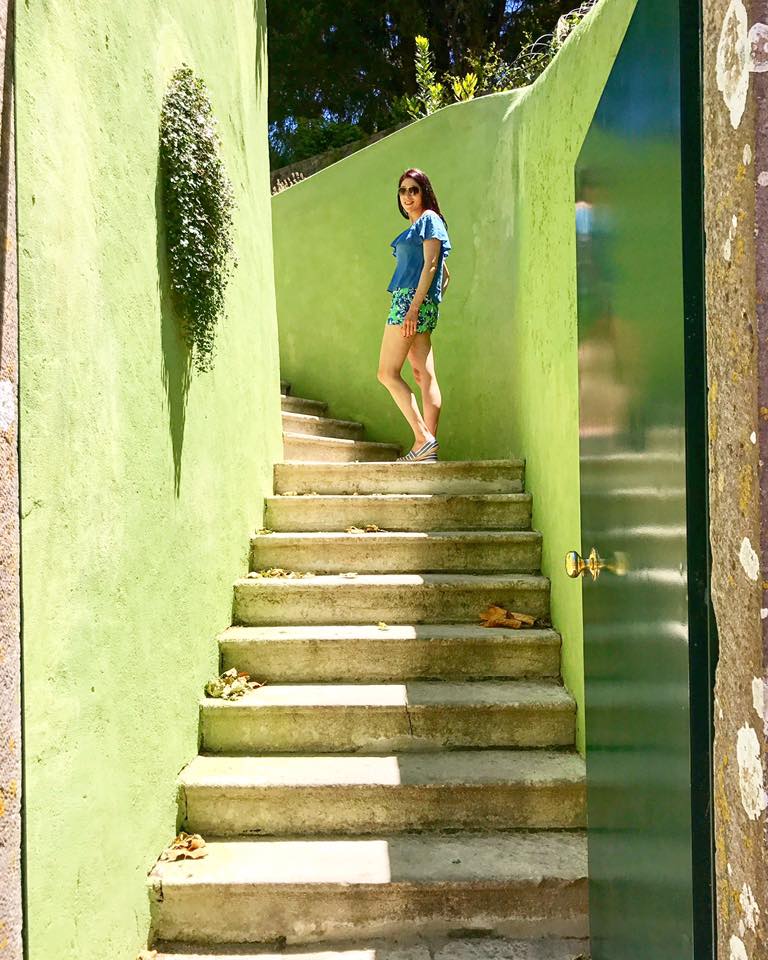
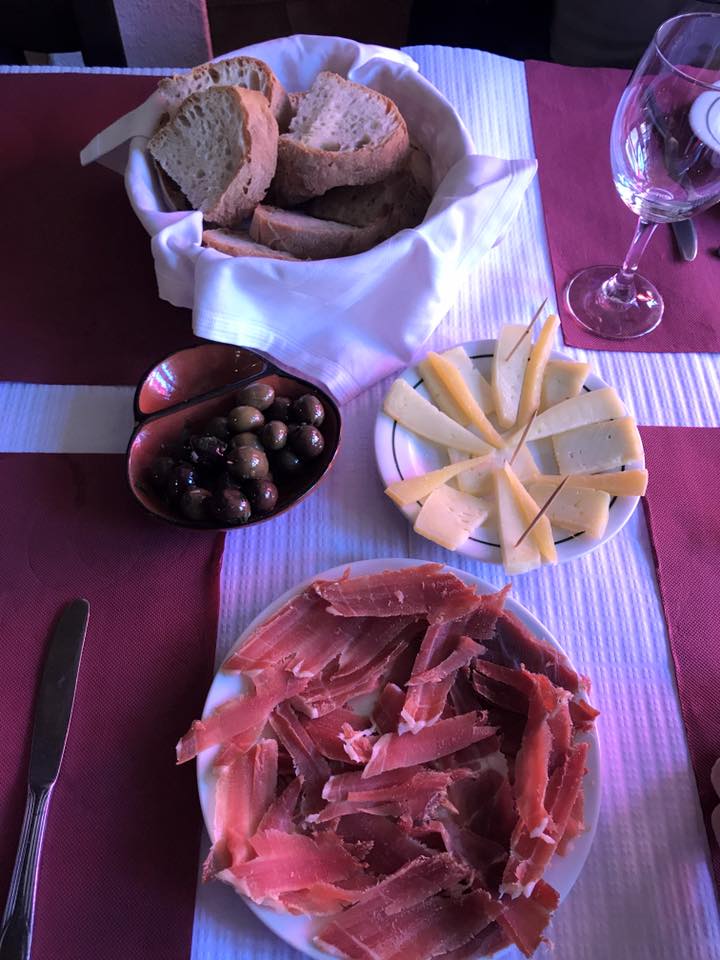
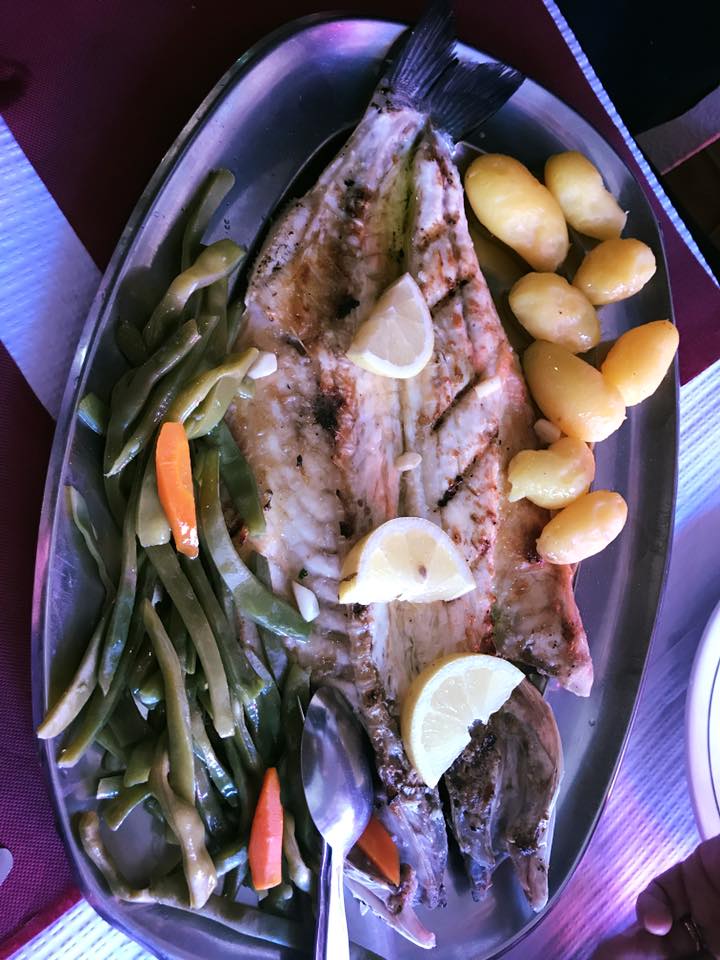
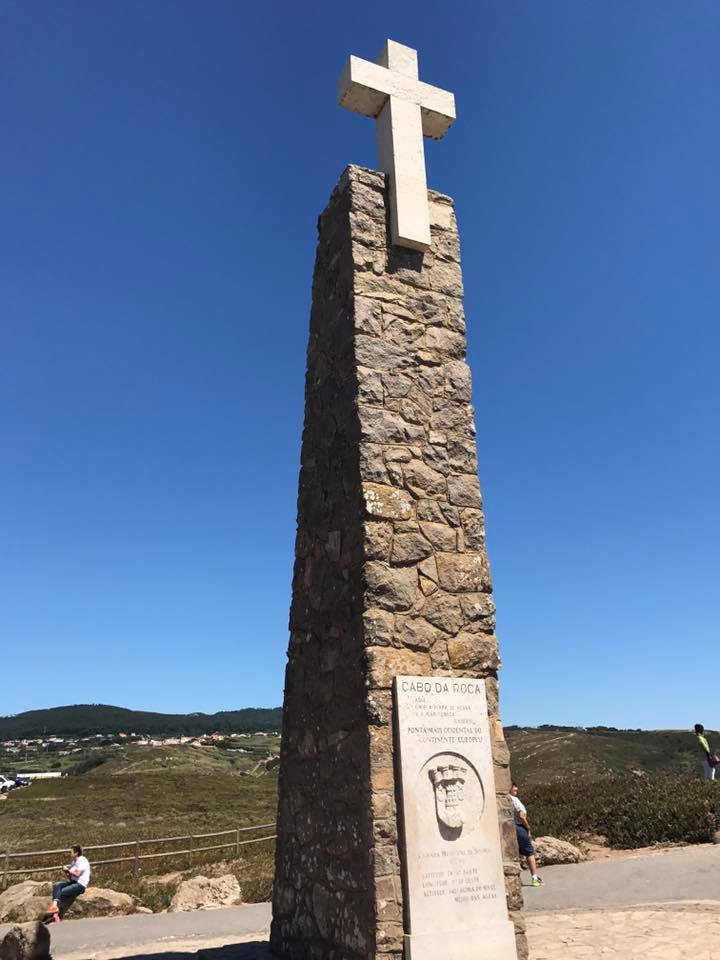
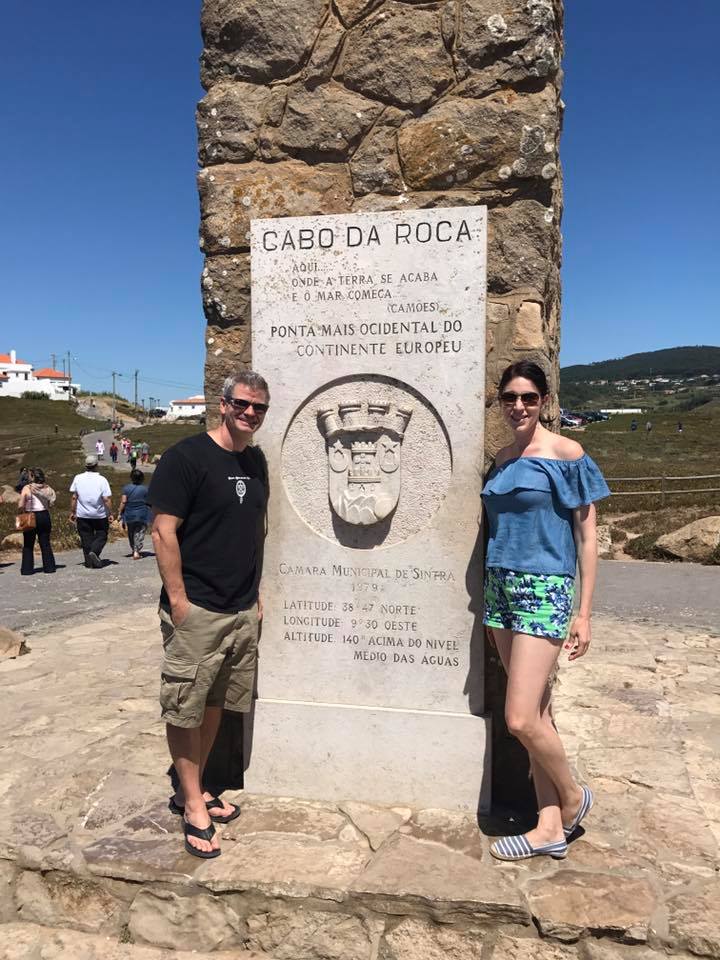
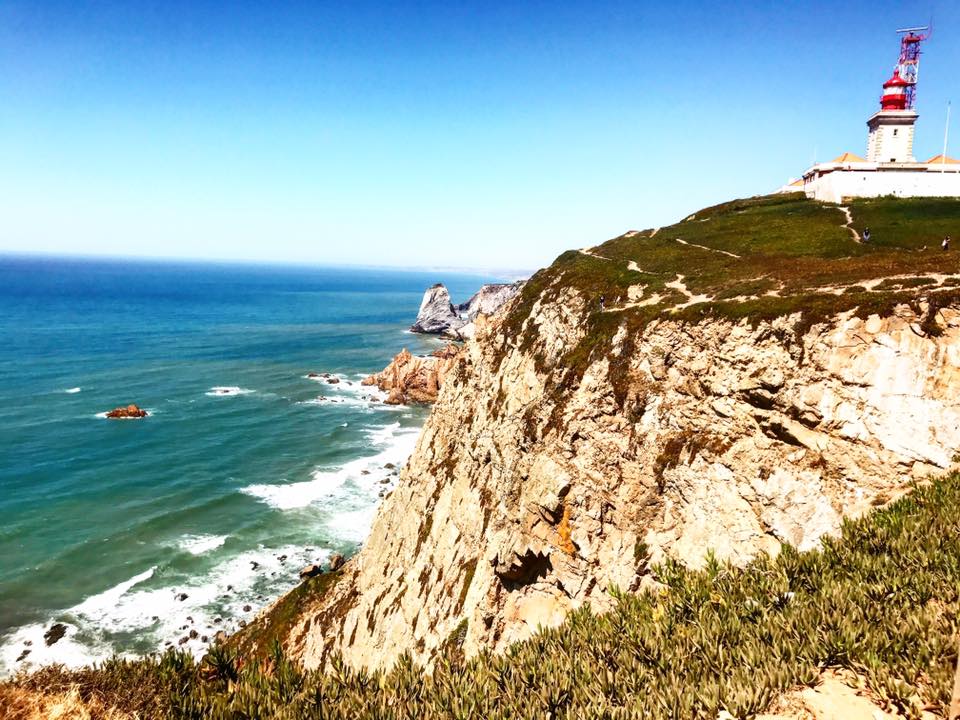
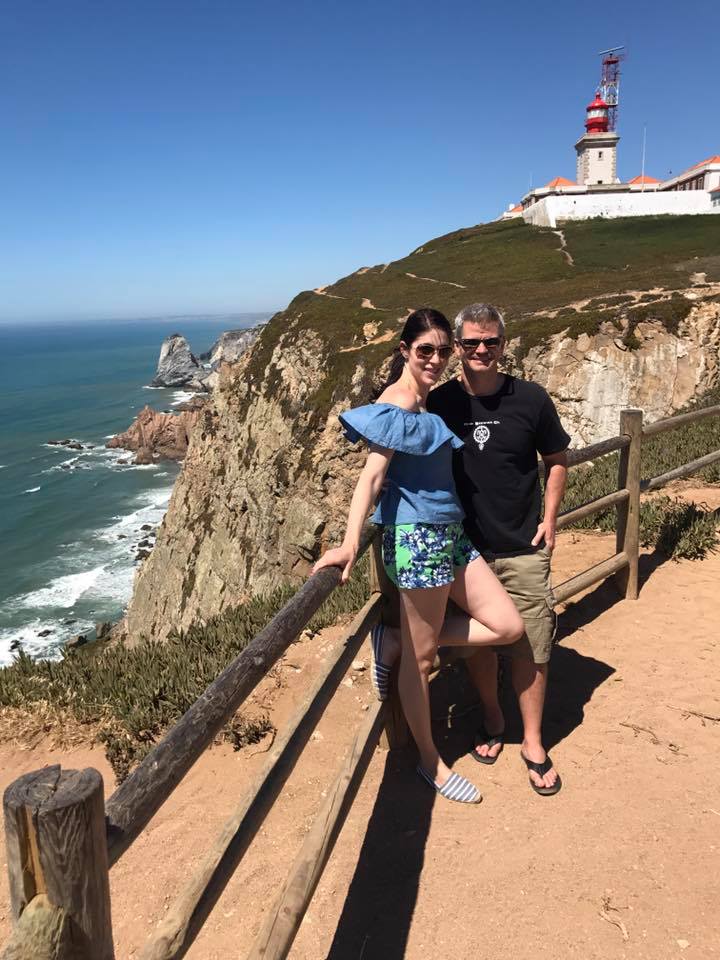
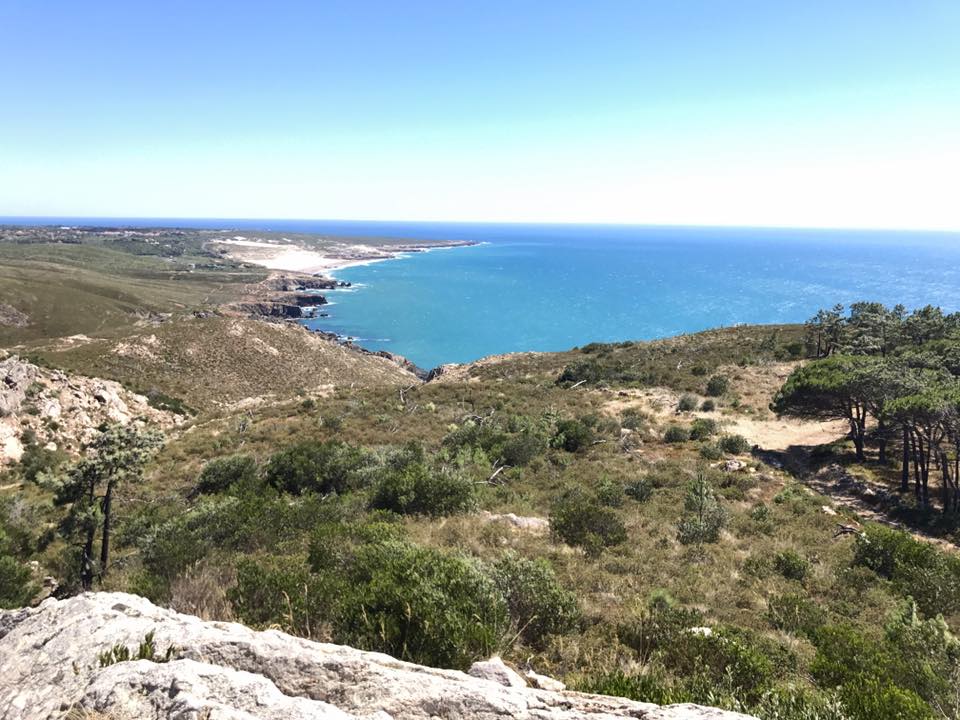

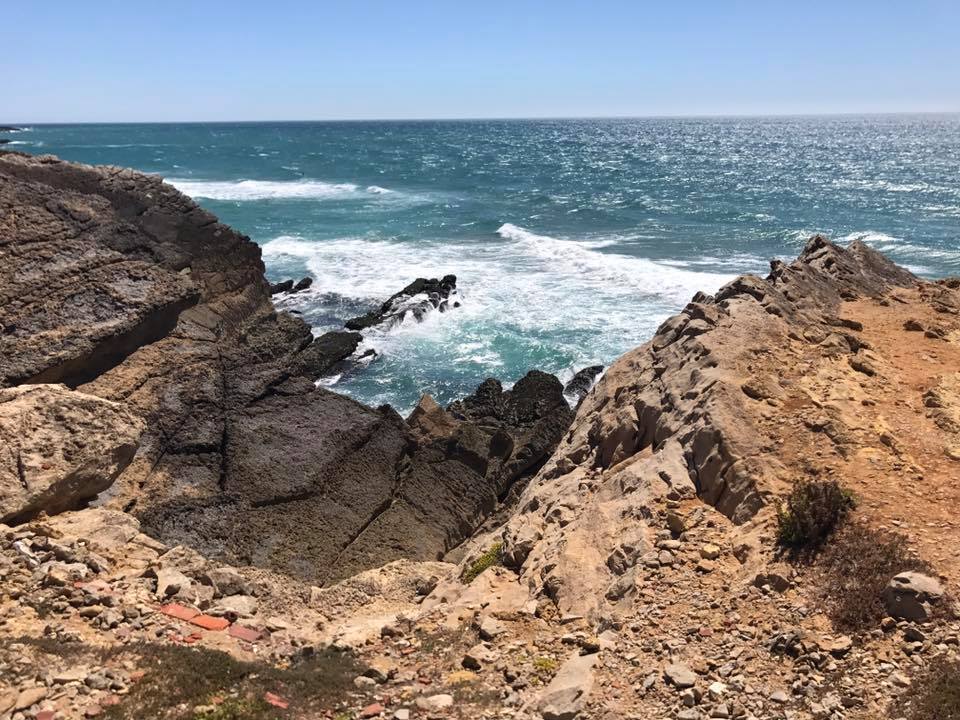
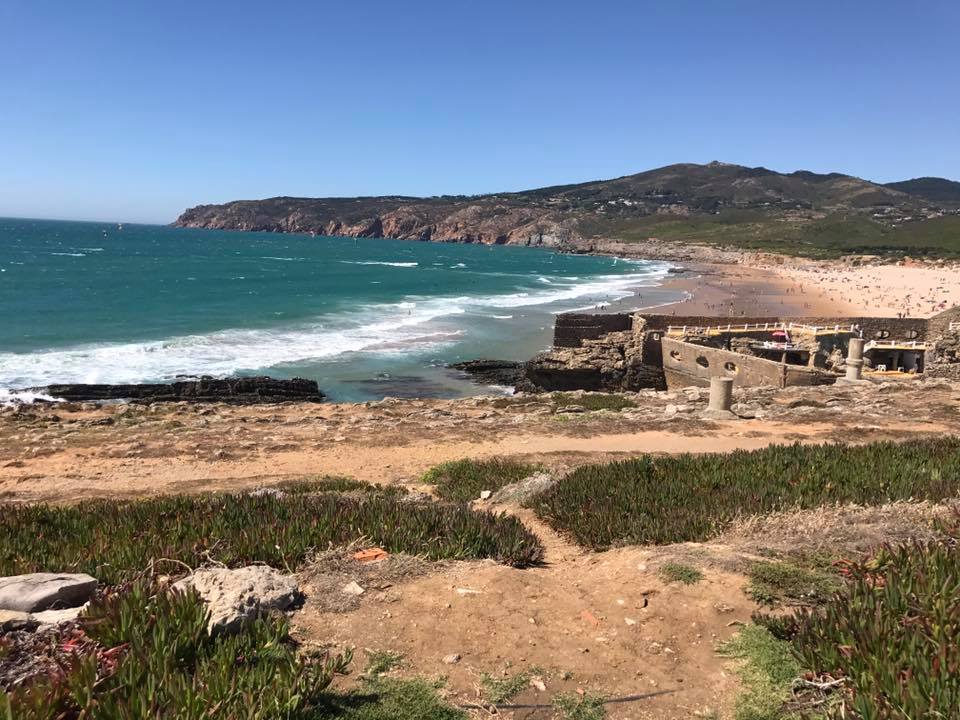
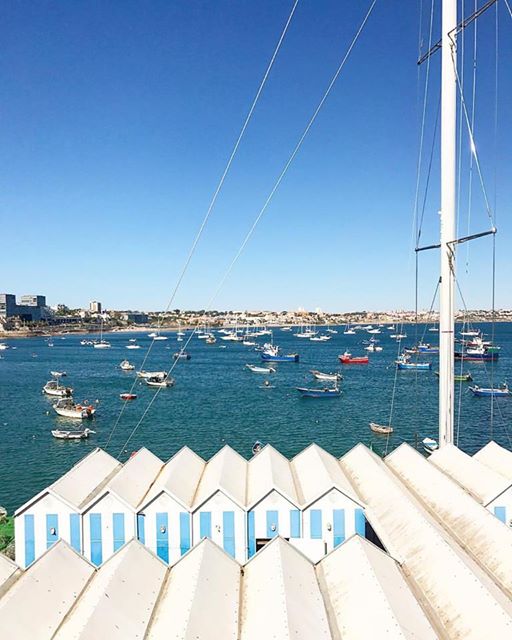
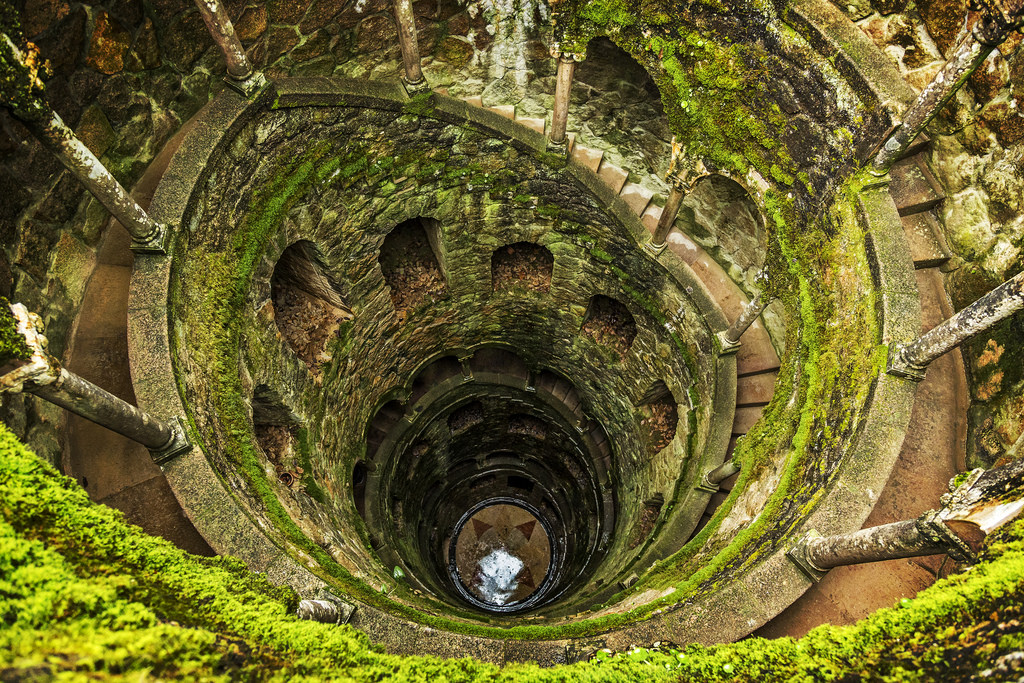
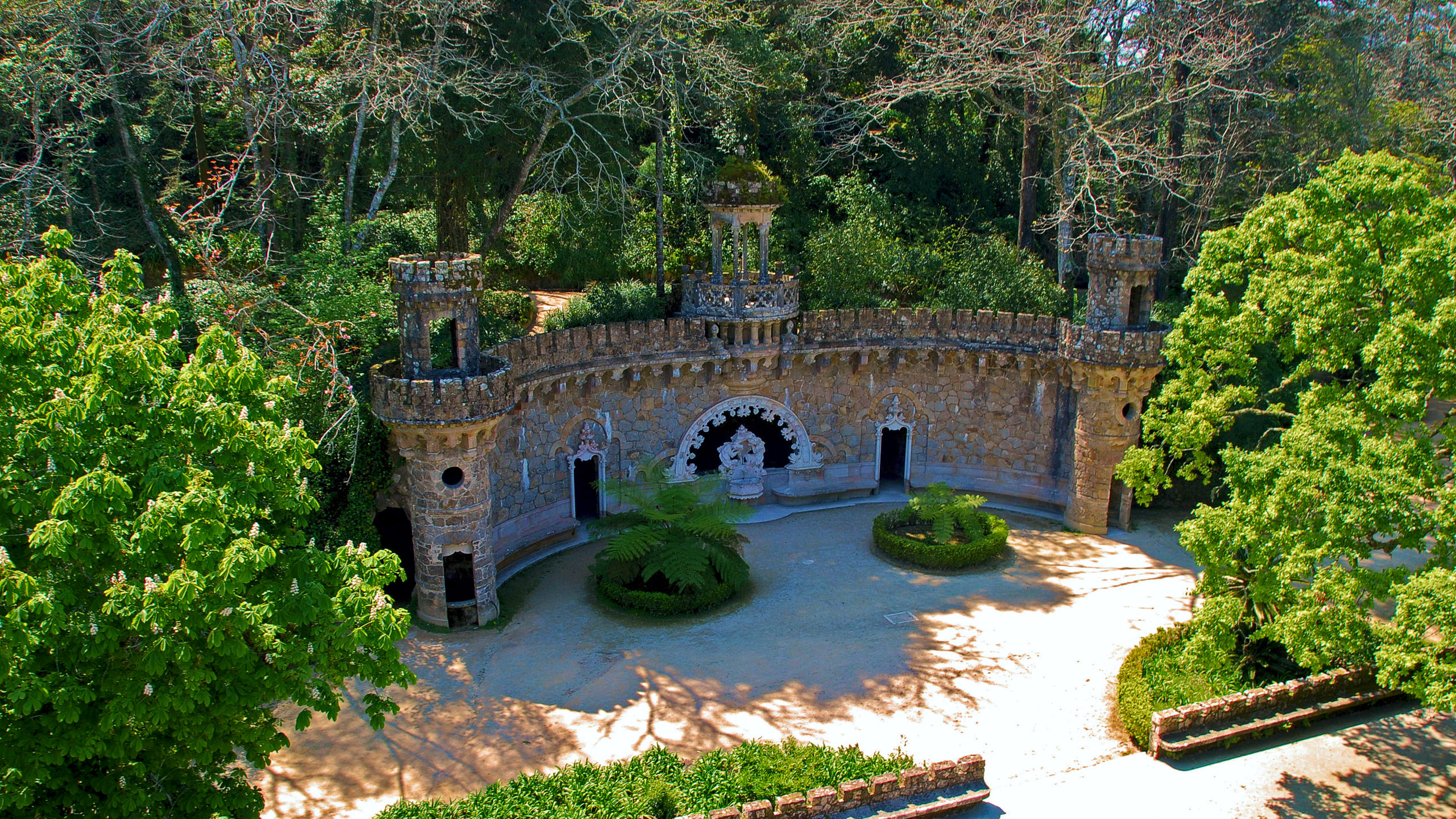 There are some beautiful properties to choose from for an overnight stay. You can go wine tasting in this region, and, I am told that once the day-trippers leave, Sintra becomes a different place, and the sites stay open to allow the people staying there to enjoy them without the crowds.
There are some beautiful properties to choose from for an overnight stay. You can go wine tasting in this region, and, I am told that once the day-trippers leave, Sintra becomes a different place, and the sites stay open to allow the people staying there to enjoy them without the crowds.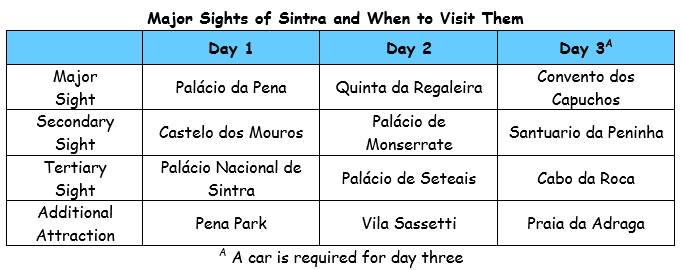
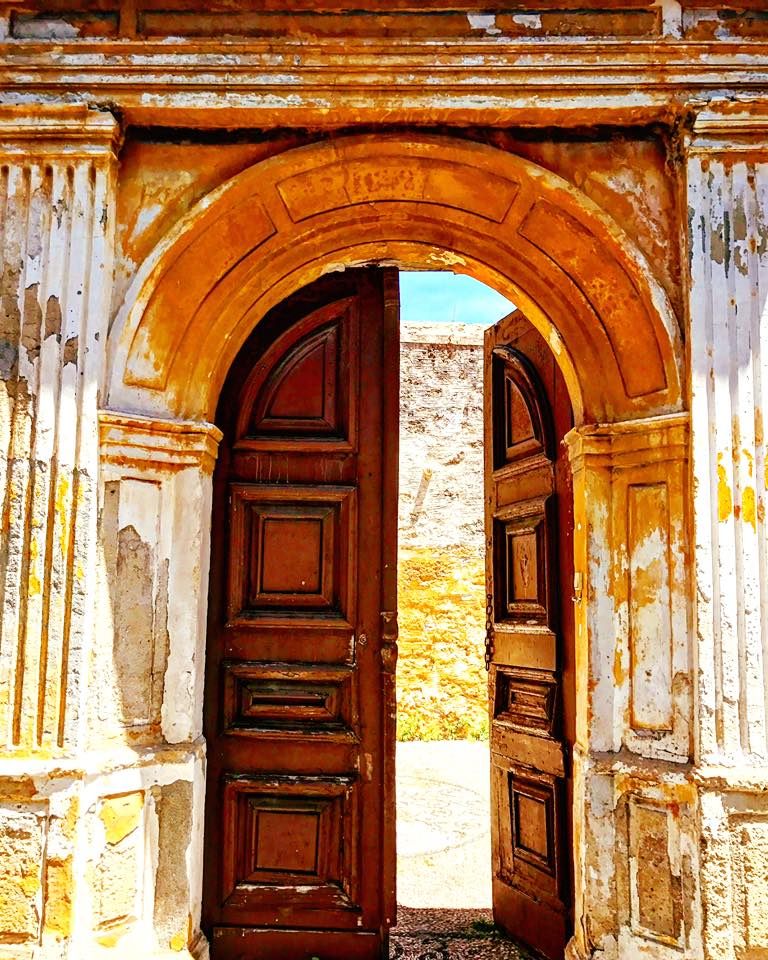
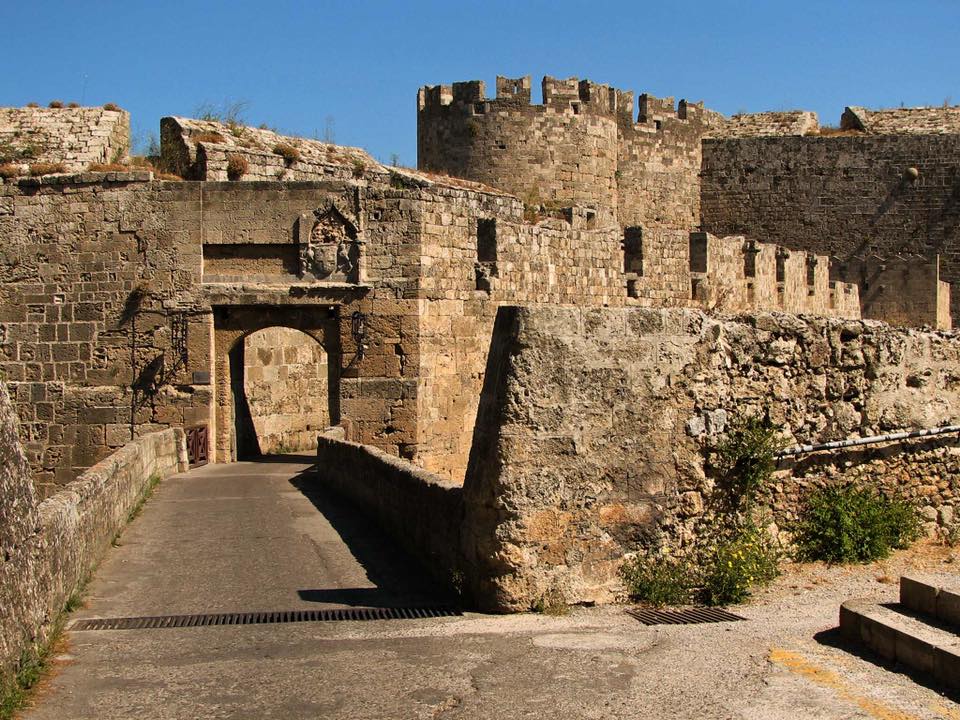
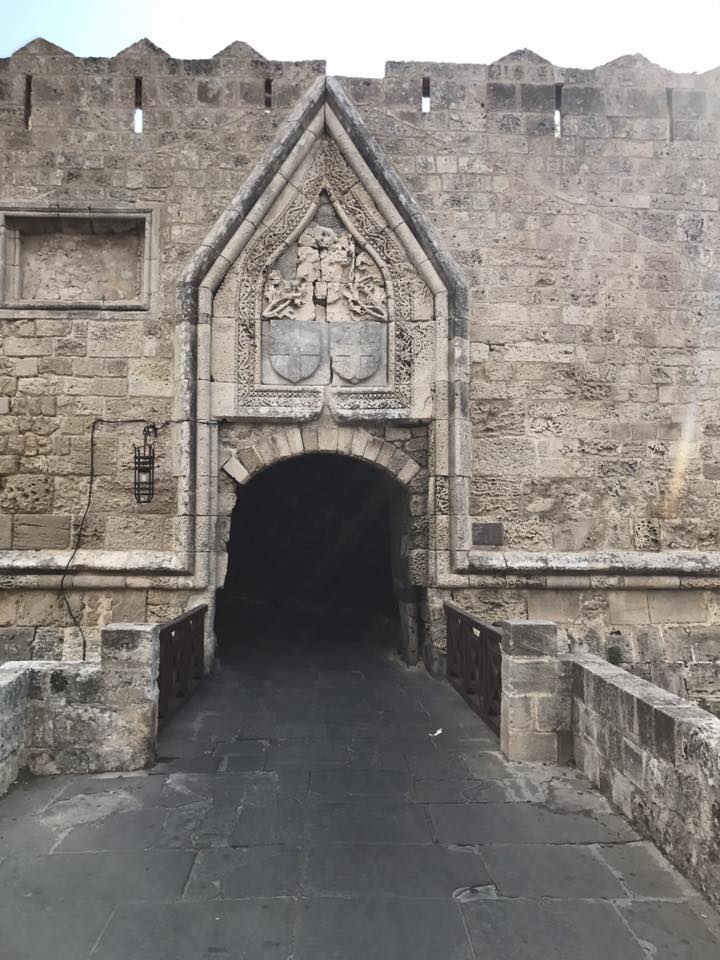
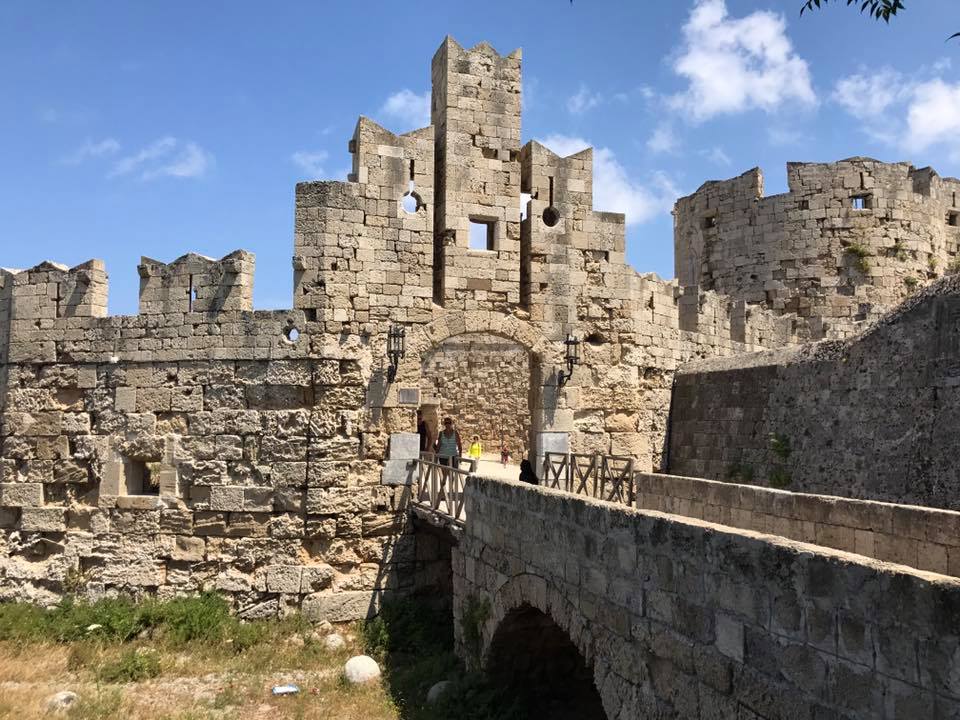
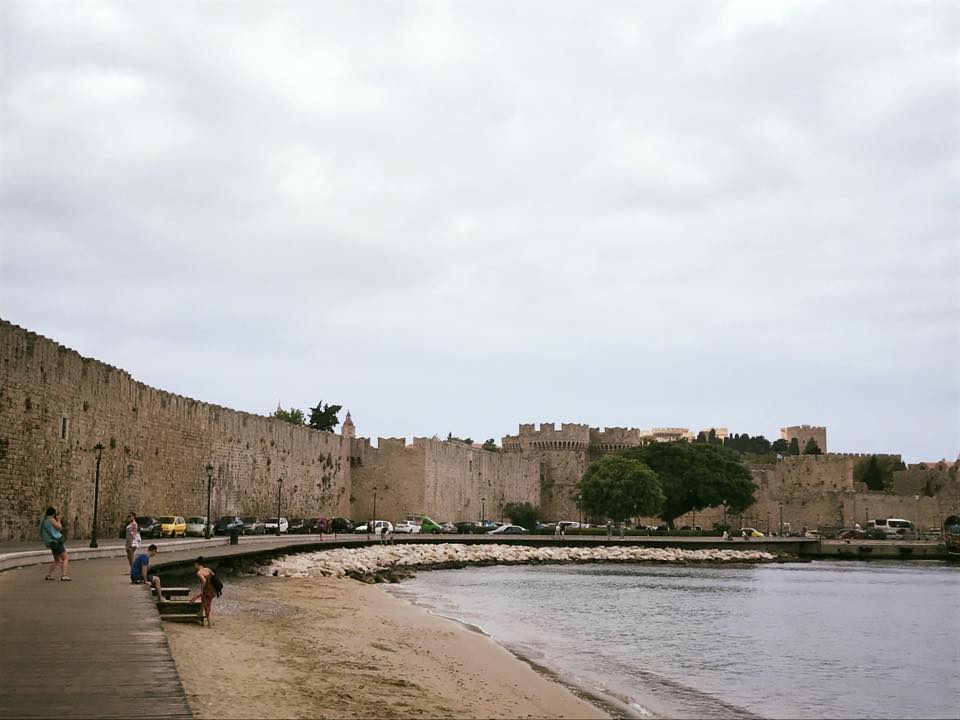
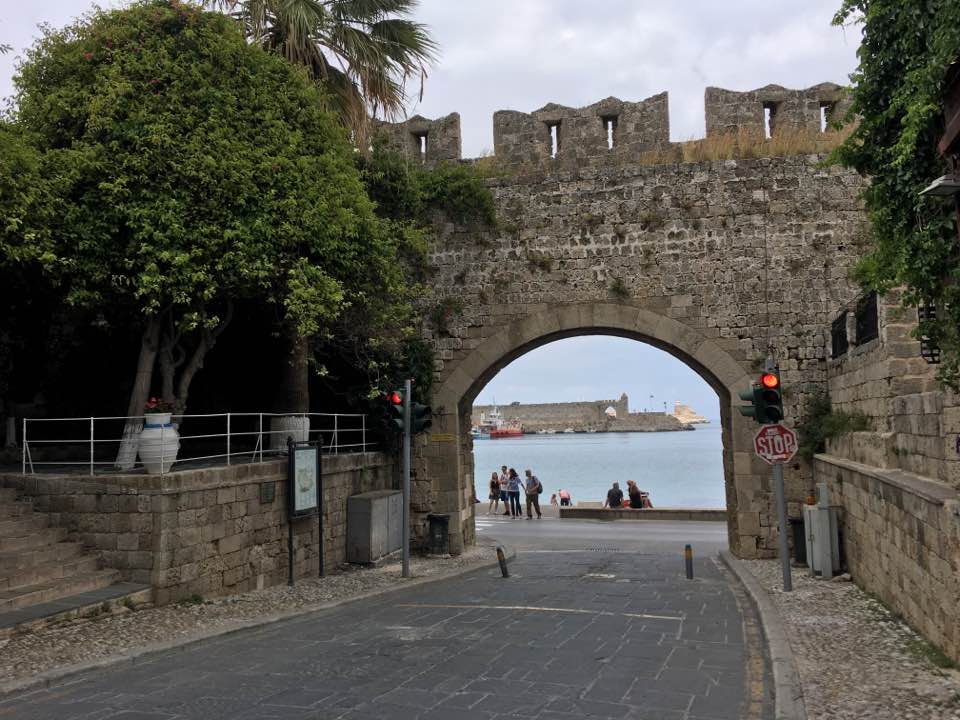
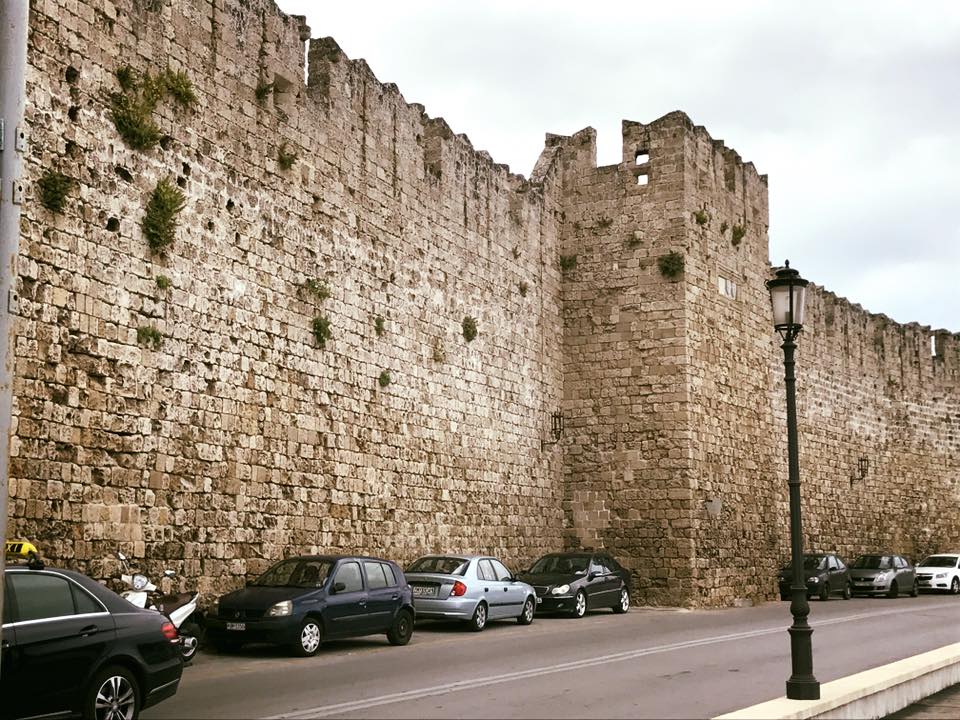 We chose to stay in the Old Town of Rhodes. Old Town is surrounded by medieval walls with seven “gates” (Gate of the Naval Station, Gate of Agios Ioannis, Gate of Agia Ekaterini, Gate of the Apostle Paul, Gate of Amboise, Gate of Agios Athanassios and the Gate of the Port). Today, the gates are the seven entry points into the Old Town. When you enter these gates, you feel as if you have entered another world. I am so glad we chose to stay in the Old Town. It was truly enchanting and much more charming than staying at one of the huge beach resorts in the modern city. You literally feel as though you have entered some sort of enchanted land.
We chose to stay in the Old Town of Rhodes. Old Town is surrounded by medieval walls with seven “gates” (Gate of the Naval Station, Gate of Agios Ioannis, Gate of Agia Ekaterini, Gate of the Apostle Paul, Gate of Amboise, Gate of Agios Athanassios and the Gate of the Port). Today, the gates are the seven entry points into the Old Town. When you enter these gates, you feel as if you have entered another world. I am so glad we chose to stay in the Old Town. It was truly enchanting and much more charming than staying at one of the huge beach resorts in the modern city. You literally feel as though you have entered some sort of enchanted land.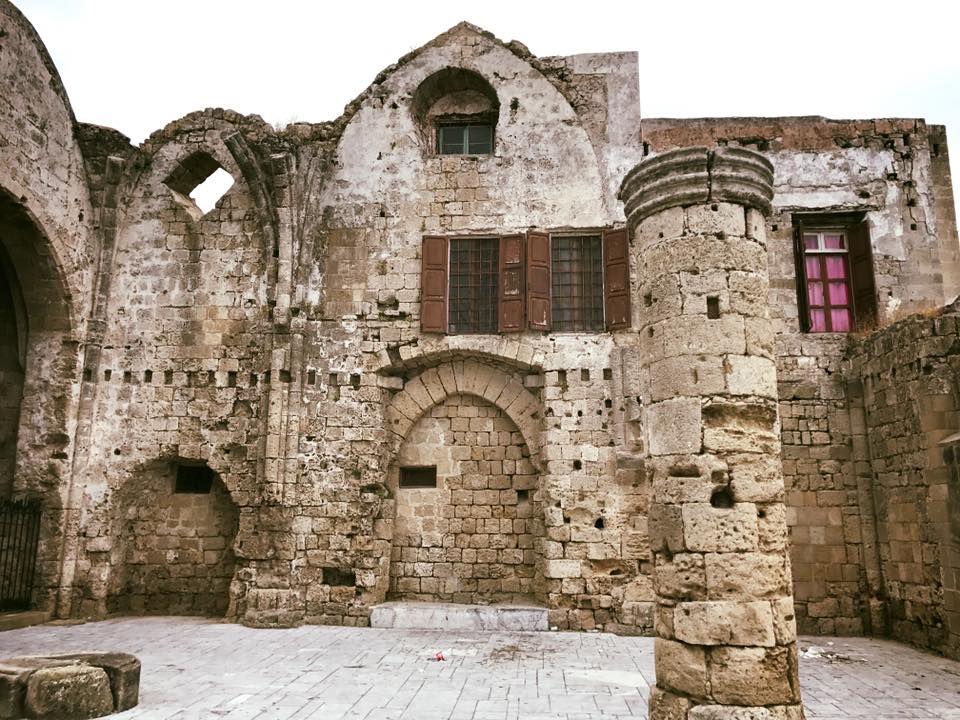
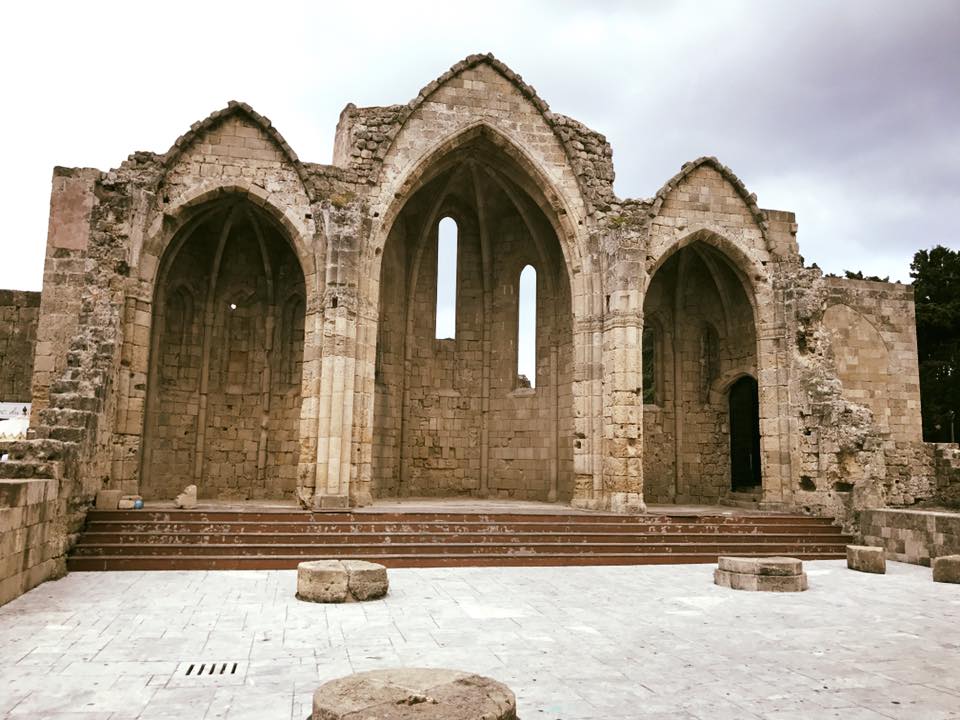
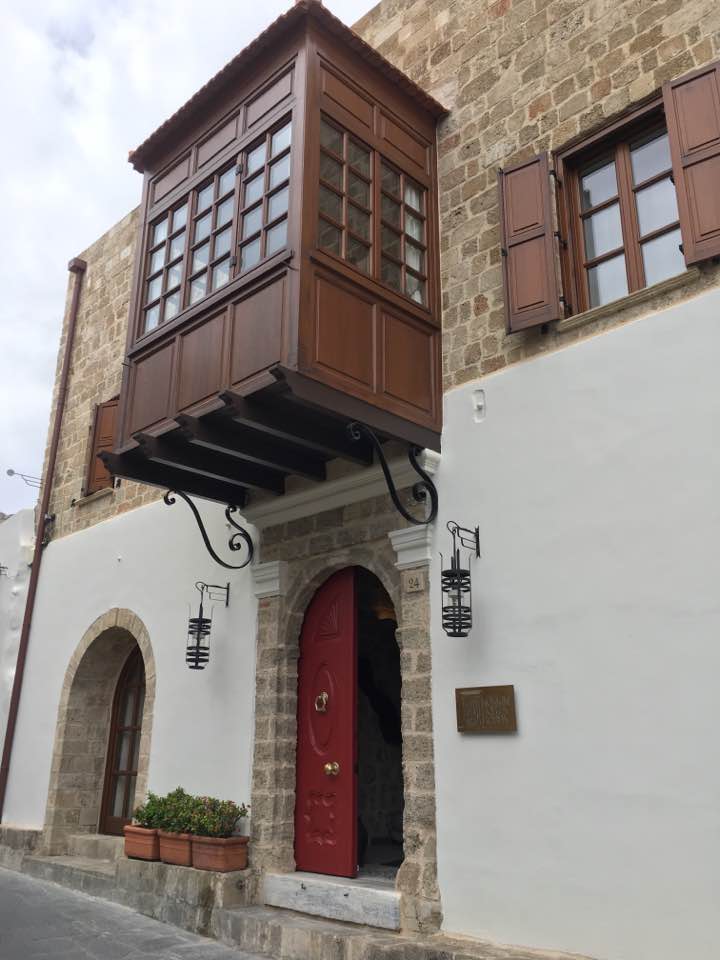
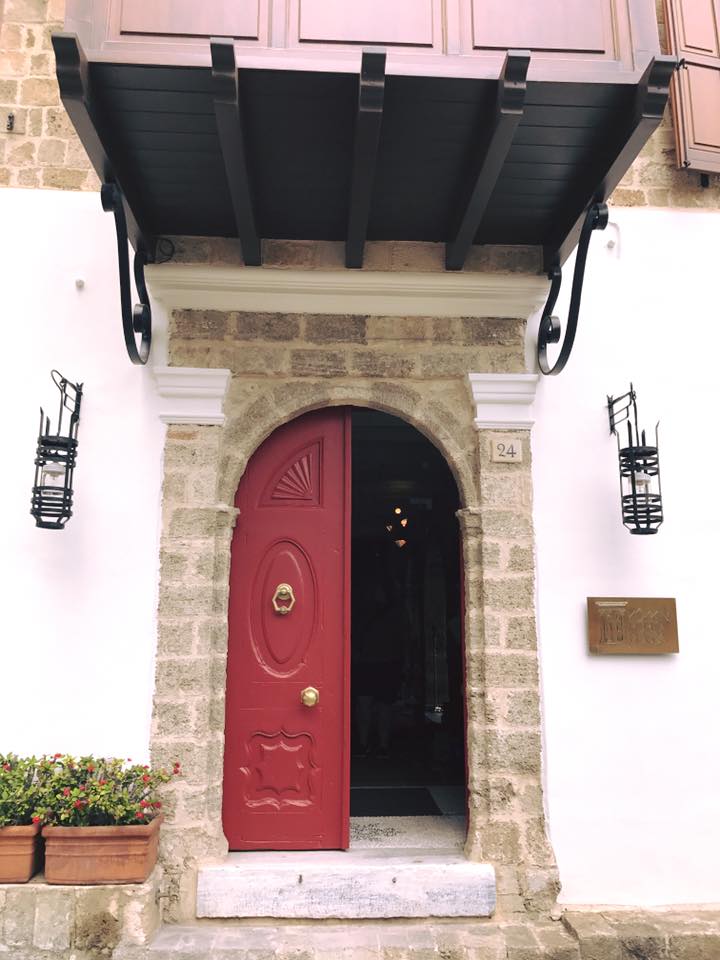
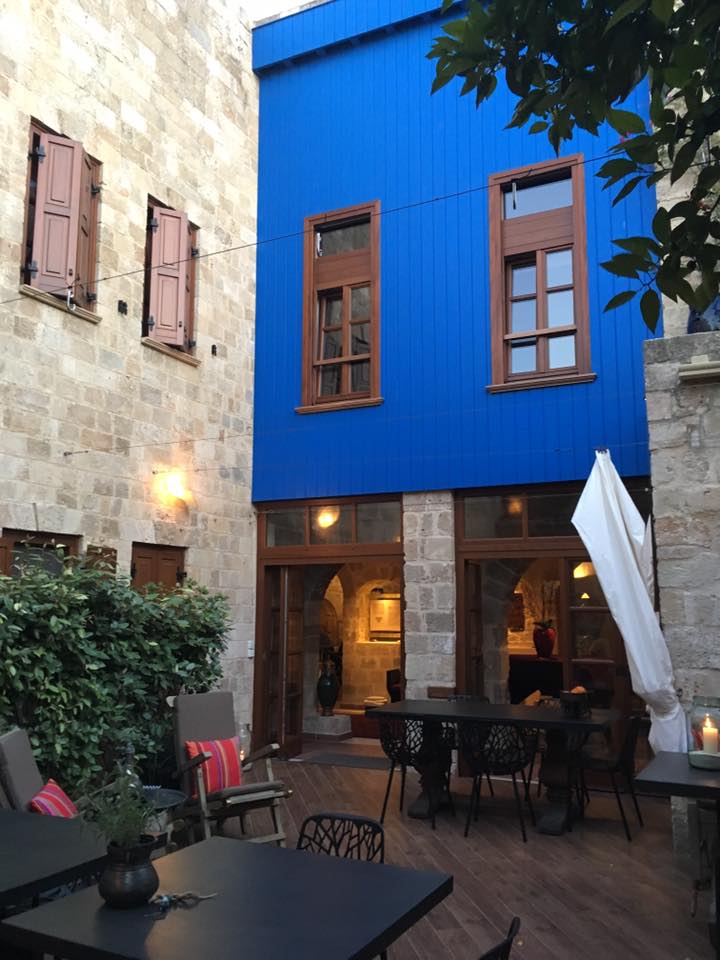
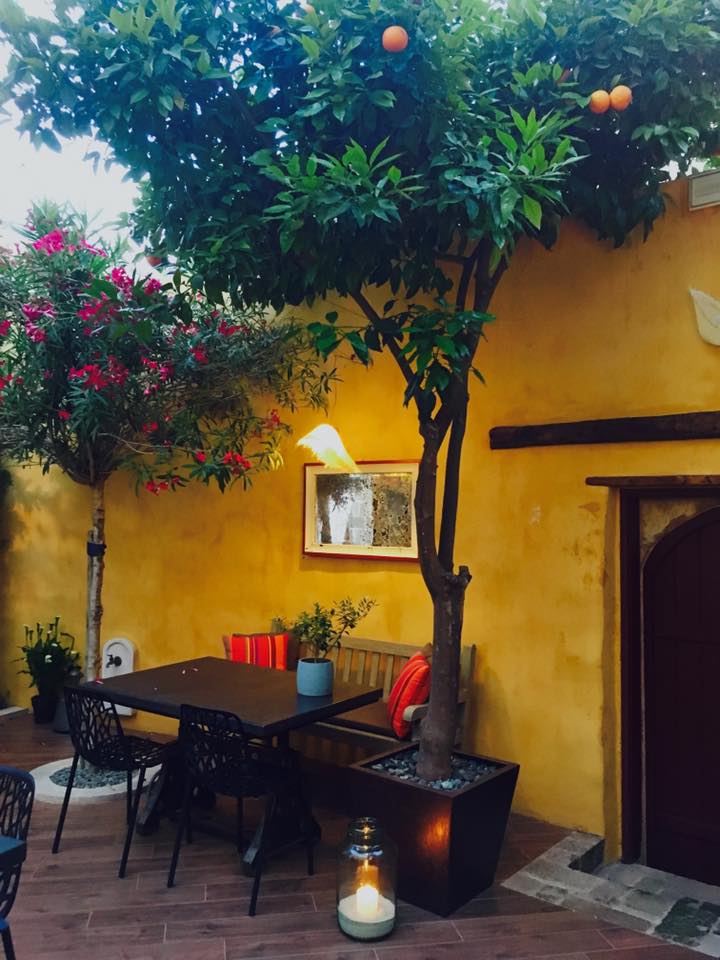
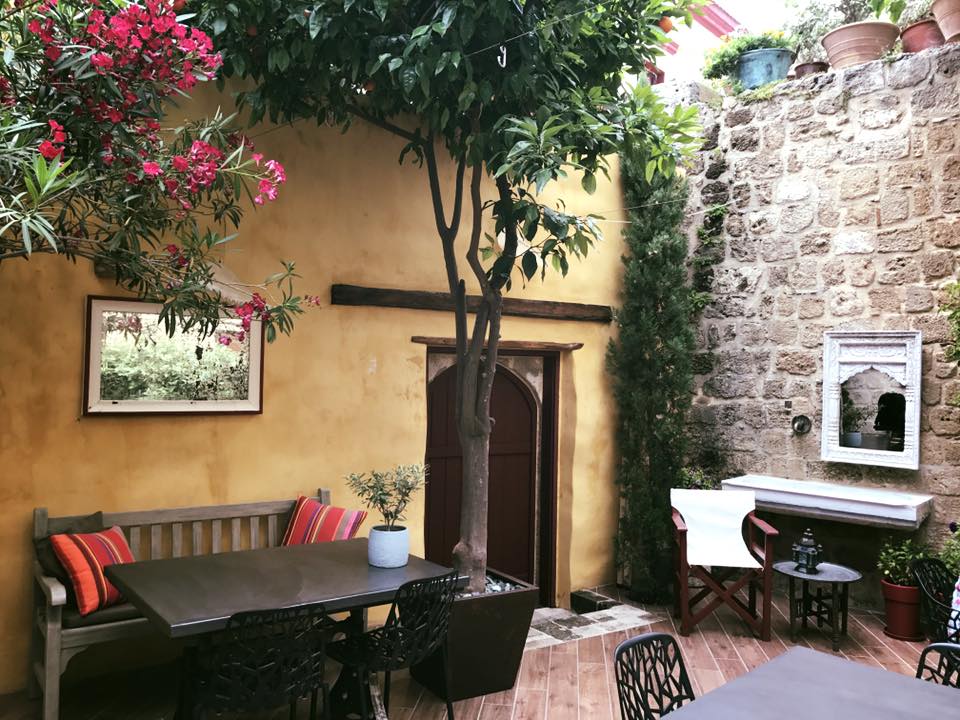
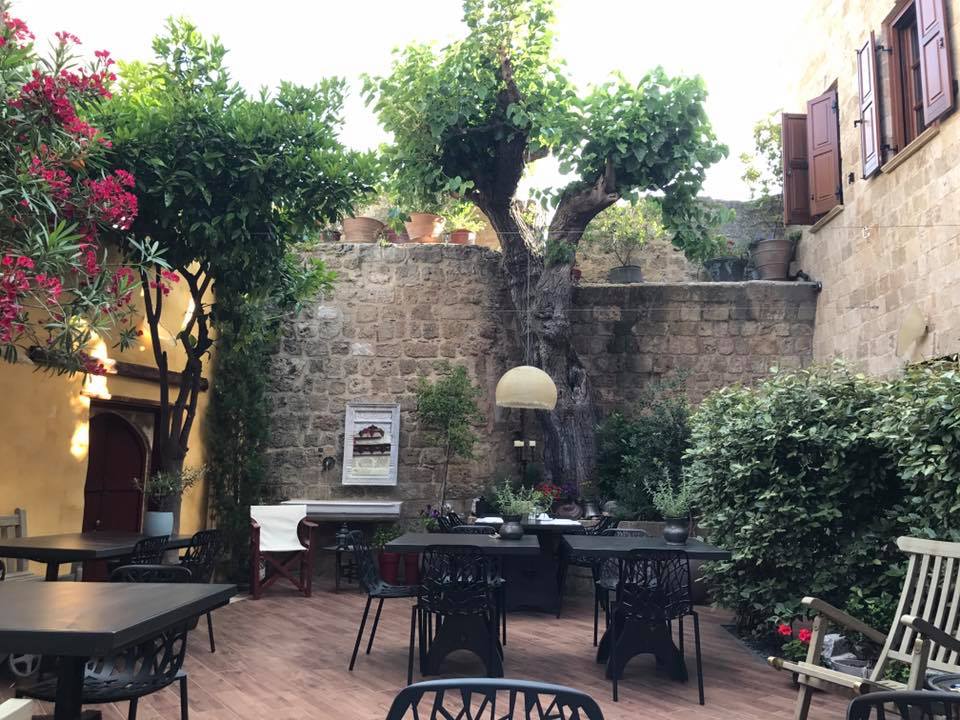
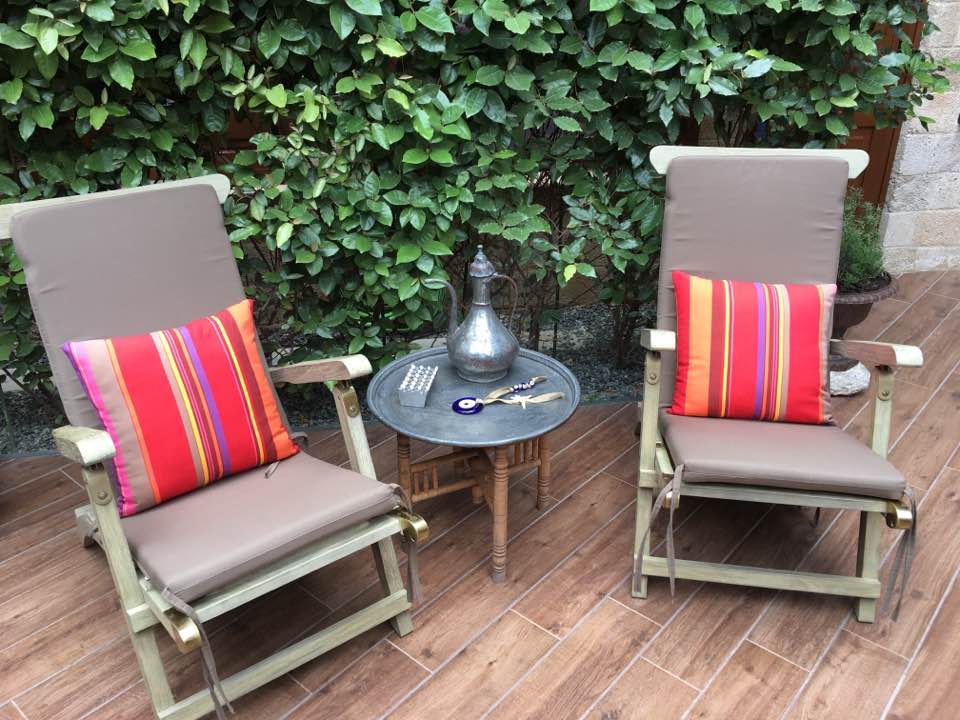
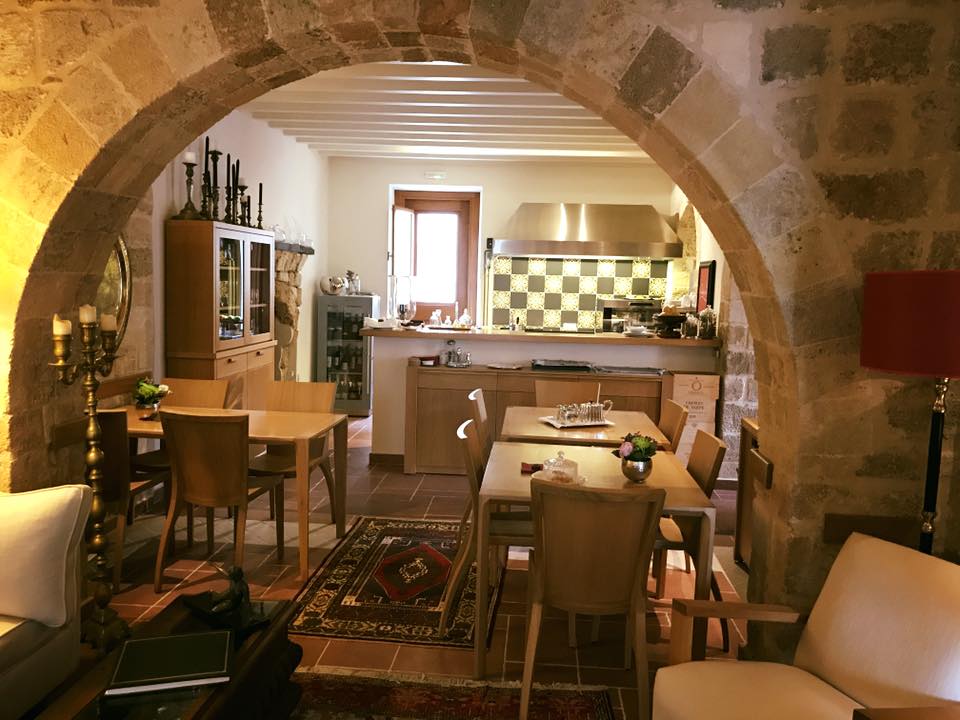
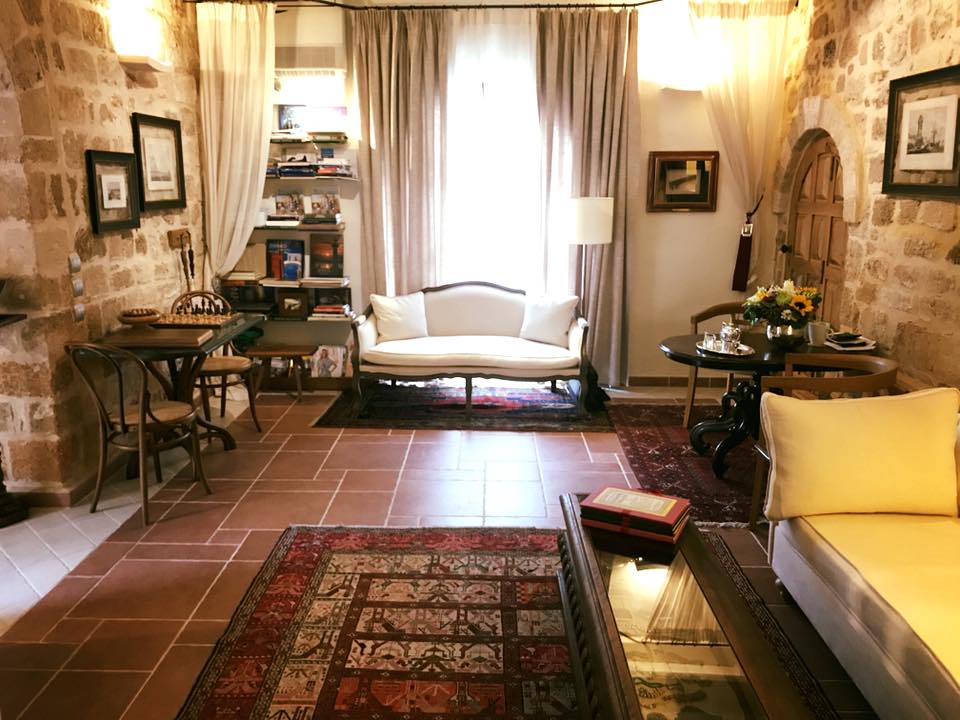
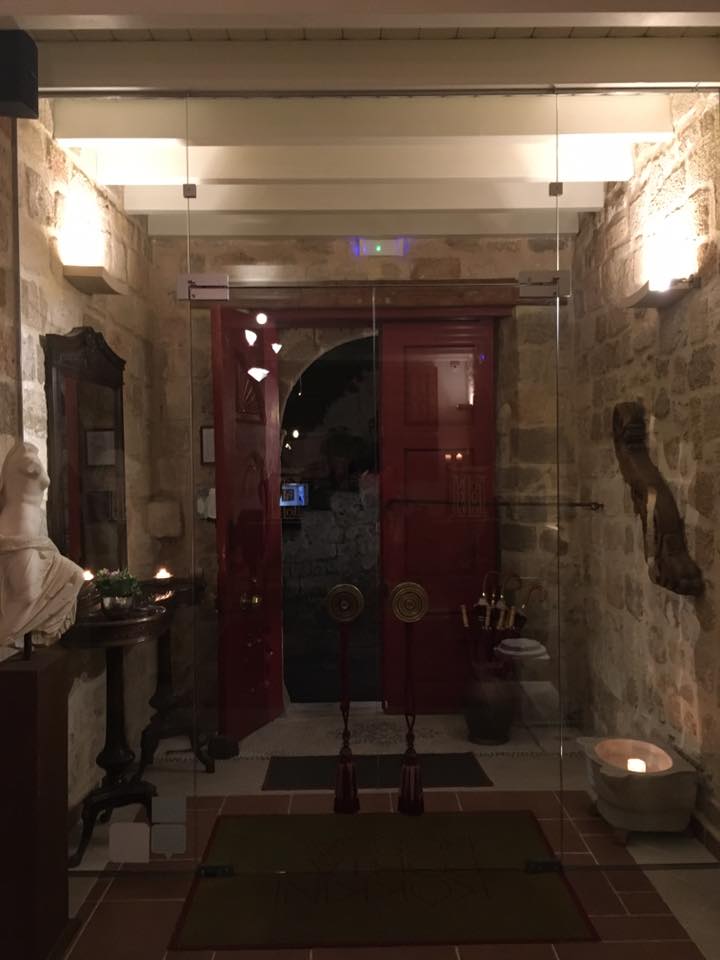
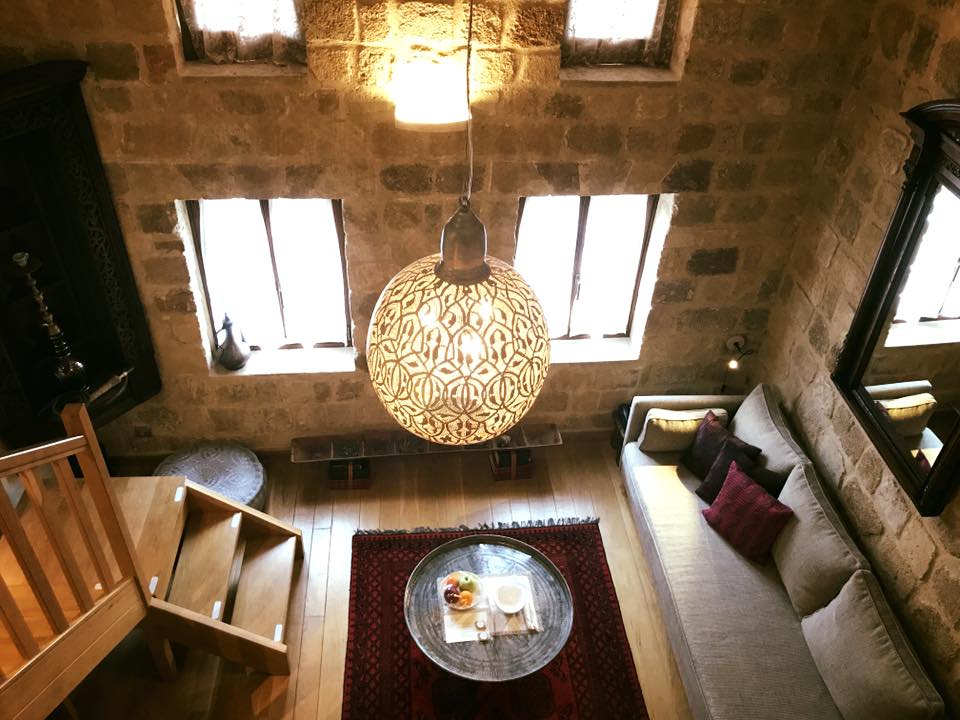
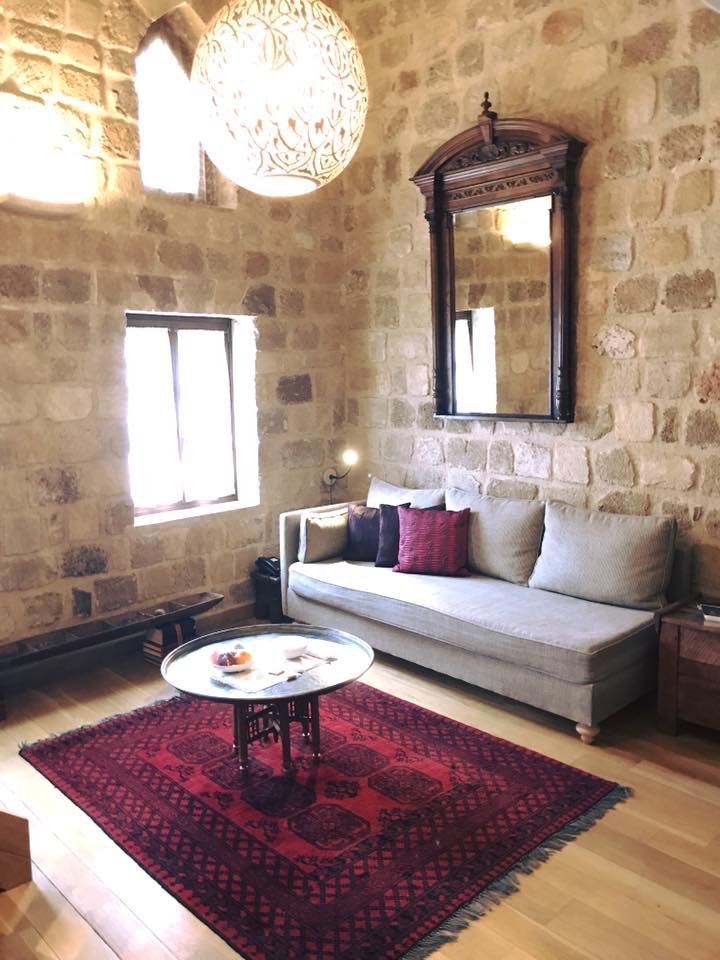
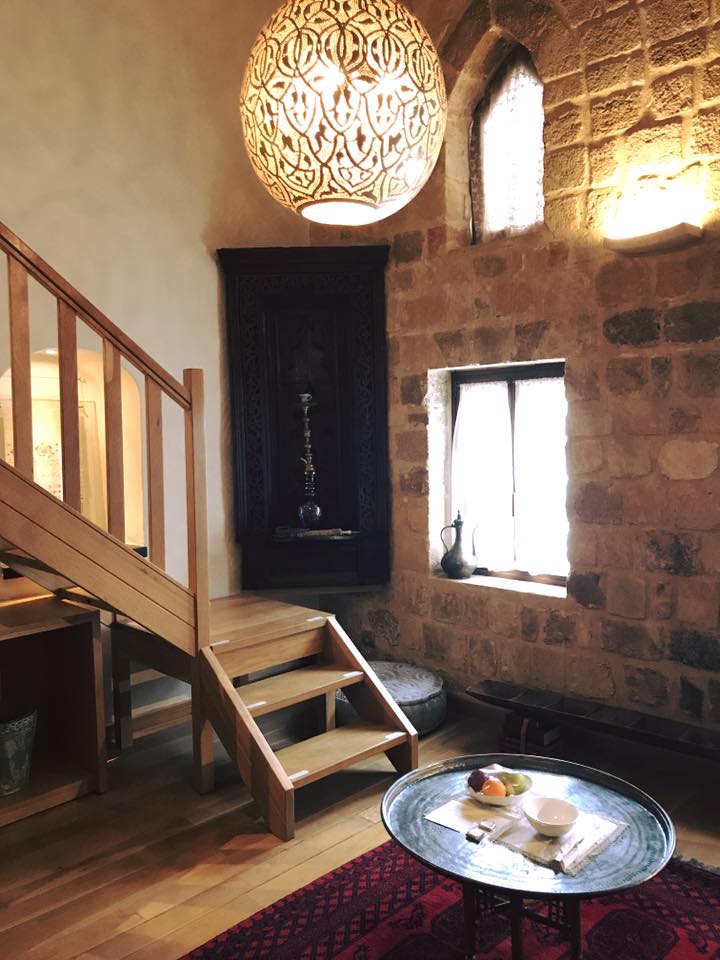
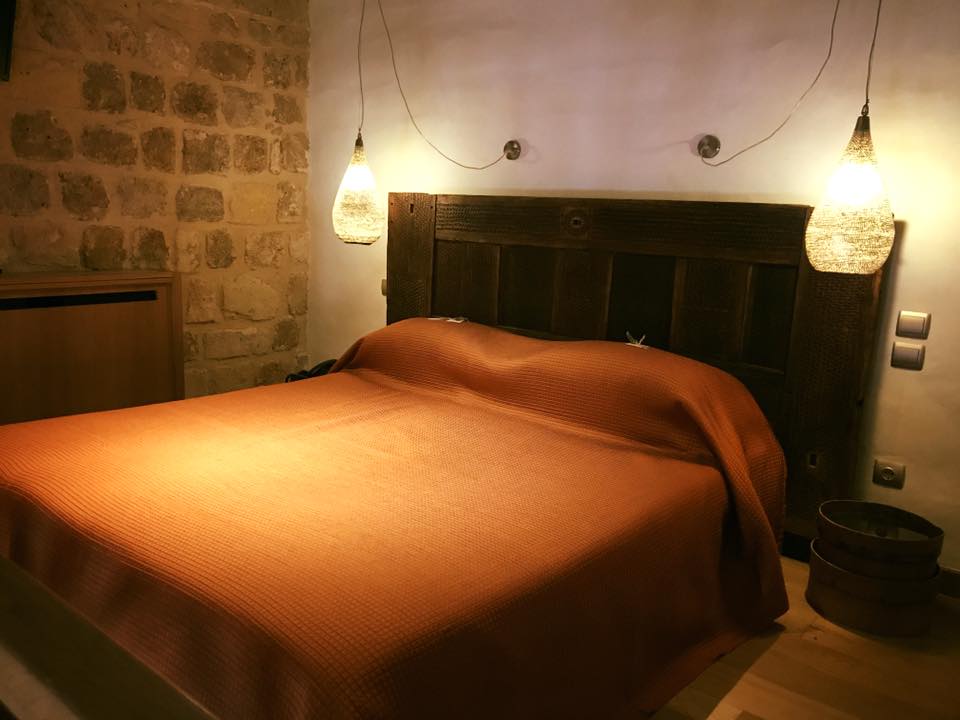
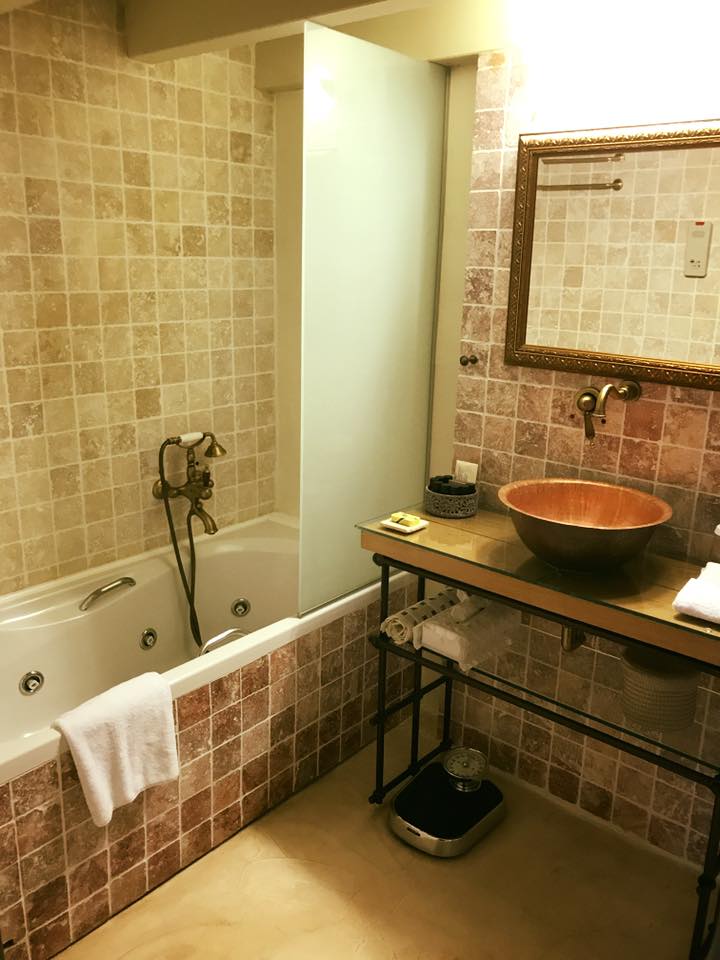
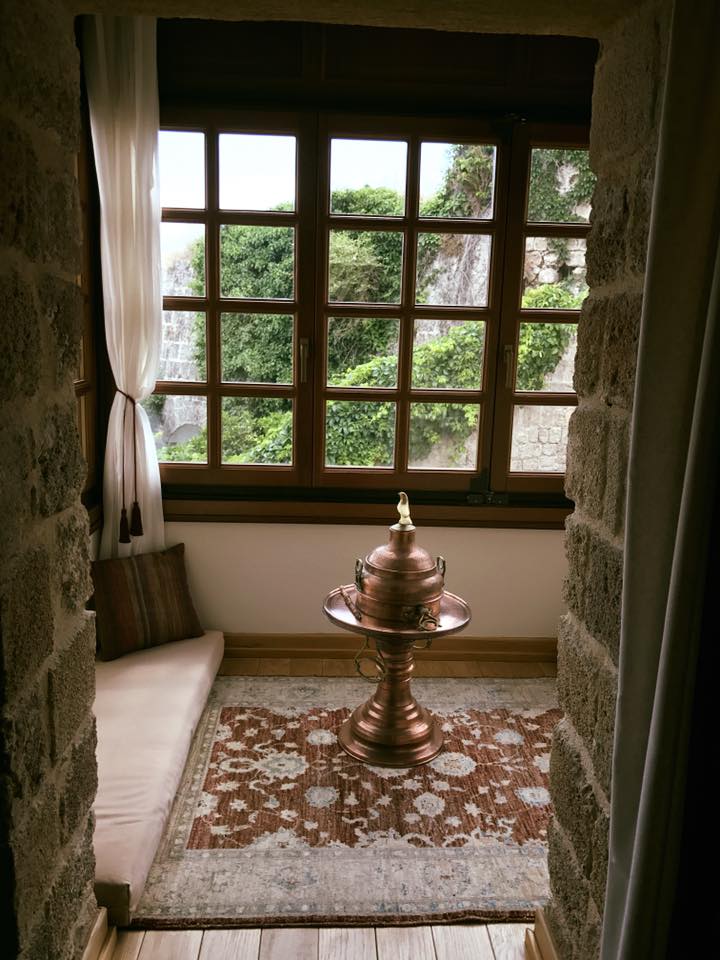 Angela and Nikos have anticipated your every need. They literally have thought of every single little detail. Each room comes with a fully stocked beach bag that includes towels, mats, and bottled water.
Angela and Nikos have anticipated your every need. They literally have thought of every single little detail. Each room comes with a fully stocked beach bag that includes towels, mats, and bottled water.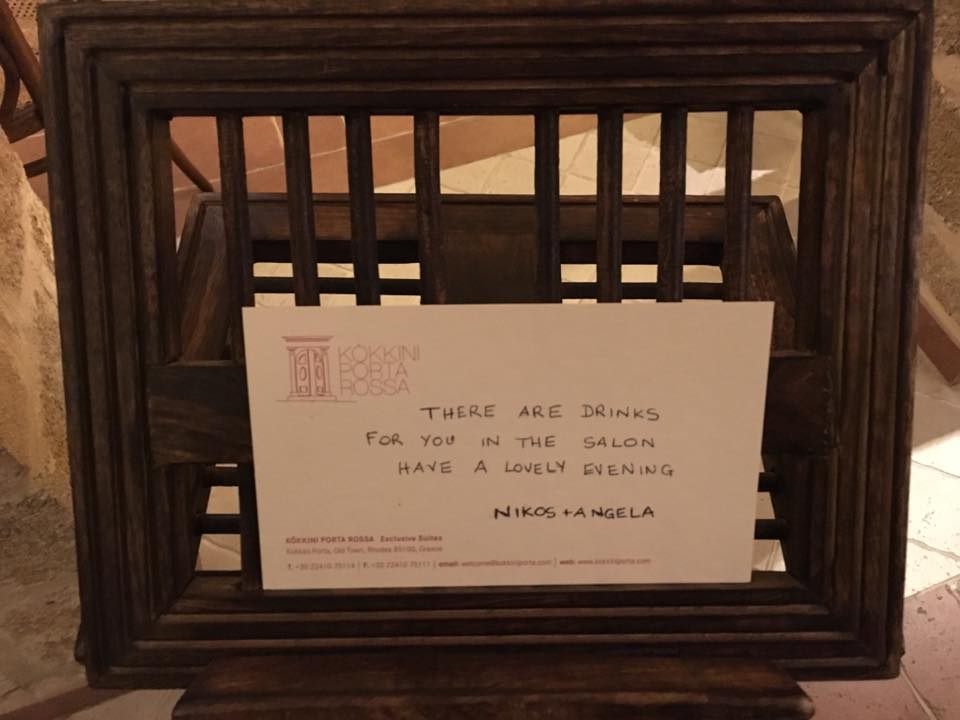
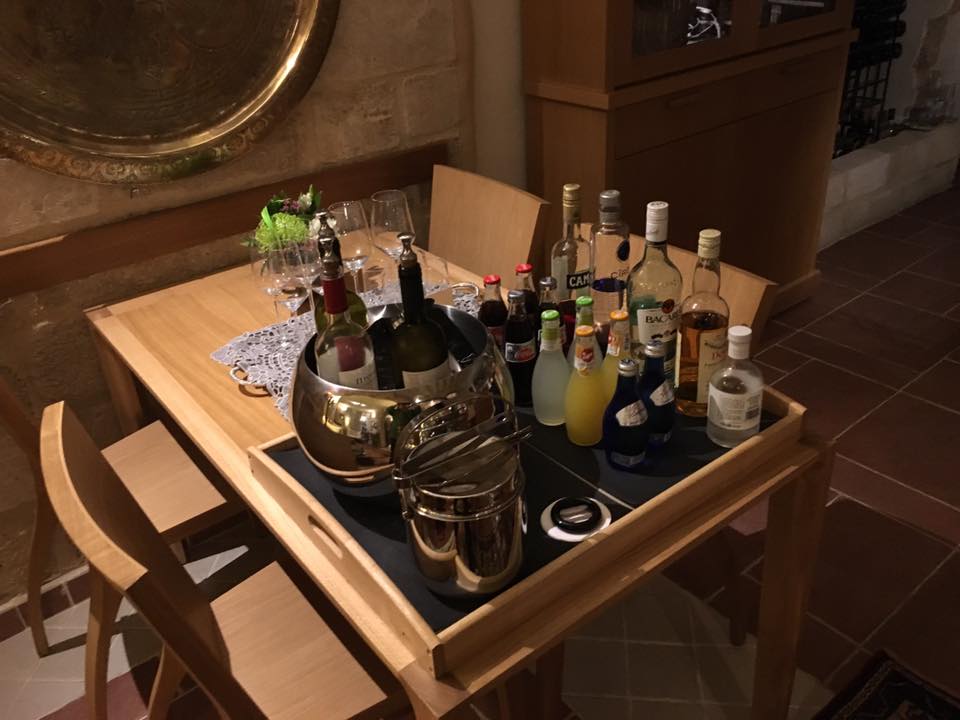 Breakfast is included with your room, and you would be a fool to miss it. It is literally the best breakfast I have ever had at a hotel, and Chad and I have stayed at some VERY nice hotels all over the world. Angela serves up a three-course, homemade breakfast. First, she brings you a French pressed coffee or a hand-squeezed juice (all of which are amazing) and an array of bread with homemade jams (which are also amazing).
Breakfast is included with your room, and you would be a fool to miss it. It is literally the best breakfast I have ever had at a hotel, and Chad and I have stayed at some VERY nice hotels all over the world. Angela serves up a three-course, homemade breakfast. First, she brings you a French pressed coffee or a hand-squeezed juice (all of which are amazing) and an array of bread with homemade jams (which are also amazing).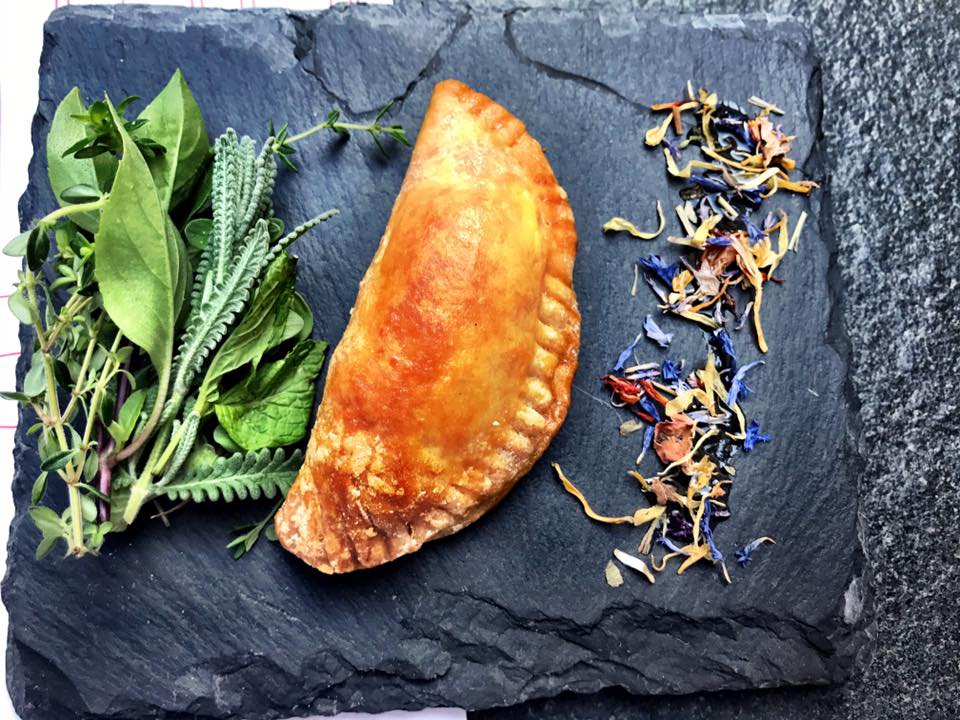
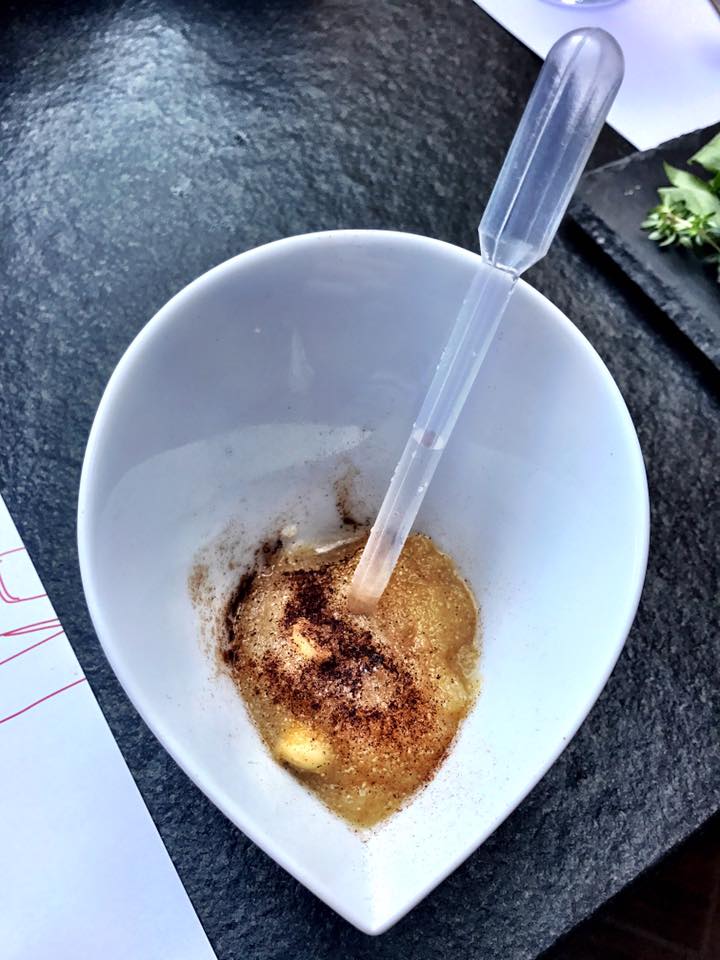
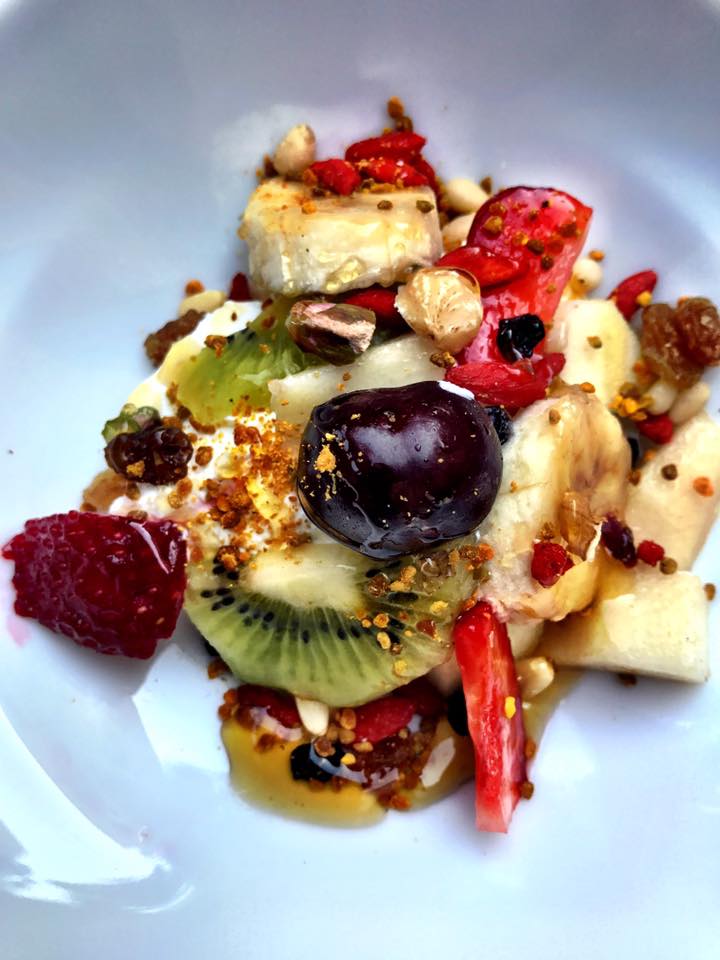
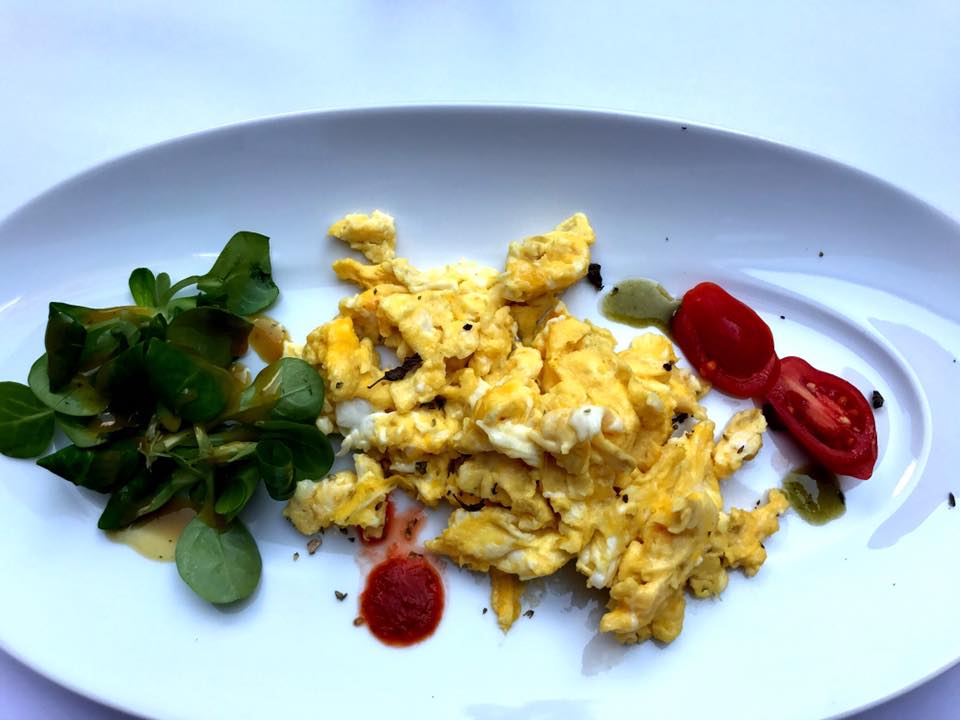 Also, the hotel is located in a quiet residential district, so there is no noise from cars, bars, restaurants and people, but it is walking distance from all the action.
Also, the hotel is located in a quiet residential district, so there is no noise from cars, bars, restaurants and people, but it is walking distance from all the action.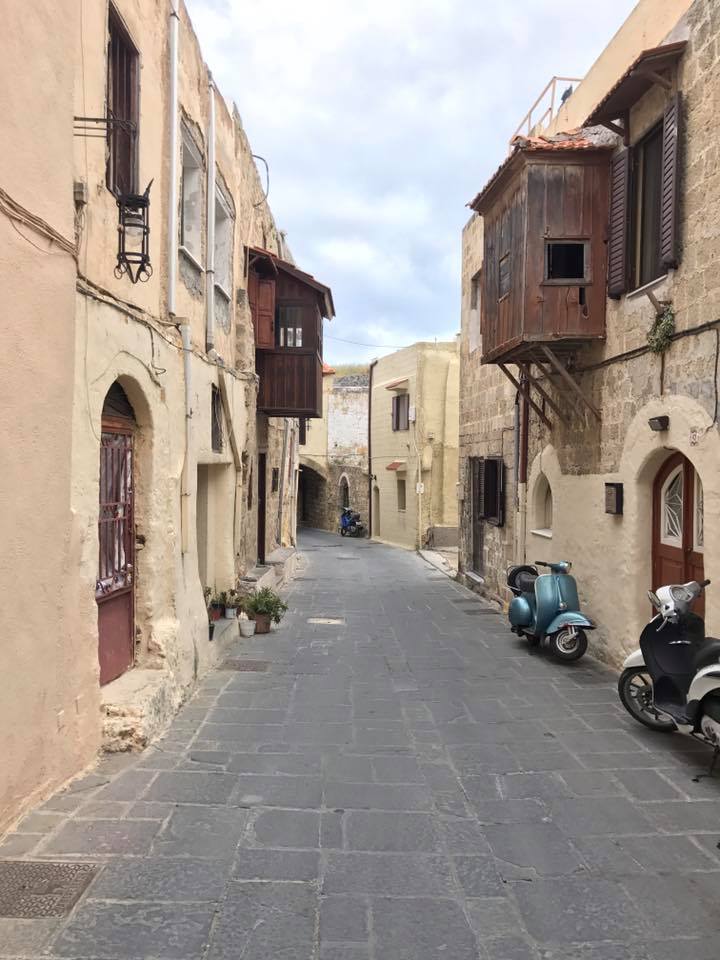 Here’s the best part: this hotel is affordable, especially when you consider what you are getting (breakfast, fully stocked mini bar, daily cocktails, car rental, etc.) and compared to the other options on the island. Hell, even if the hotel was a splurge, I’d spend it! Nikos is a wealth of information about the island, and both Nikos and Angela are truly passionate about what they do, which translates into the guest experience. Everyone on the island knows them and their hotel. I am quite confident when I say that you will never again stay a hotel that is quite like this one. I dream about this hotel and coming back. Hats off to Angela and Nikos for creating the ultimate guest experience. If you go (and, I truly insist that you do), please let Angela and Nikos know that I sent you.
Here’s the best part: this hotel is affordable, especially when you consider what you are getting (breakfast, fully stocked mini bar, daily cocktails, car rental, etc.) and compared to the other options on the island. Hell, even if the hotel was a splurge, I’d spend it! Nikos is a wealth of information about the island, and both Nikos and Angela are truly passionate about what they do, which translates into the guest experience. Everyone on the island knows them and their hotel. I am quite confident when I say that you will never again stay a hotel that is quite like this one. I dream about this hotel and coming back. Hats off to Angela and Nikos for creating the ultimate guest experience. If you go (and, I truly insist that you do), please let Angela and Nikos know that I sent you.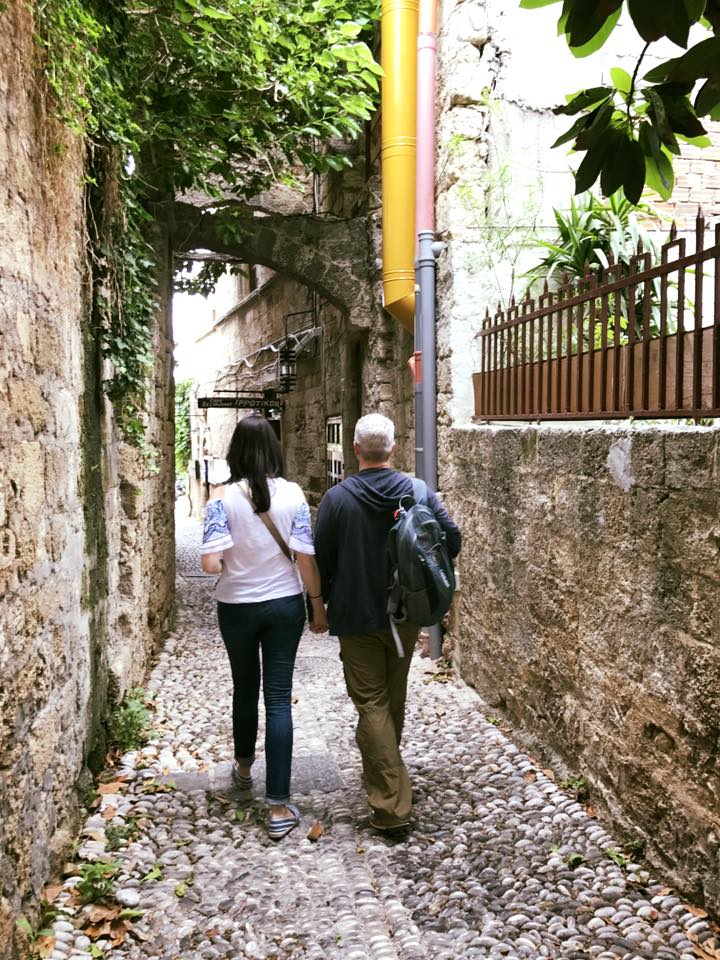
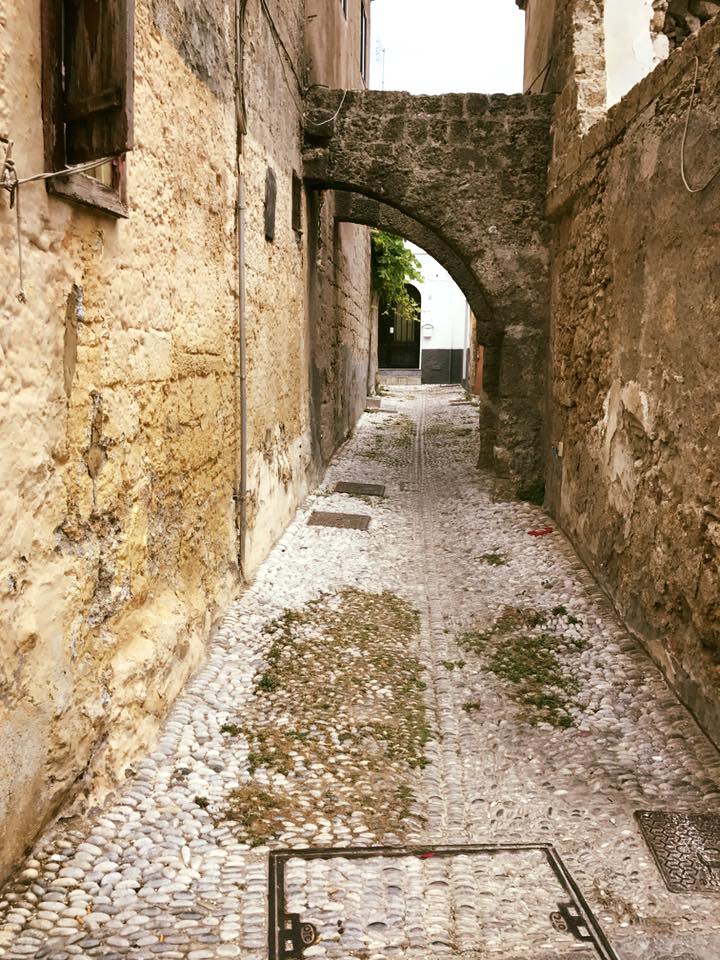
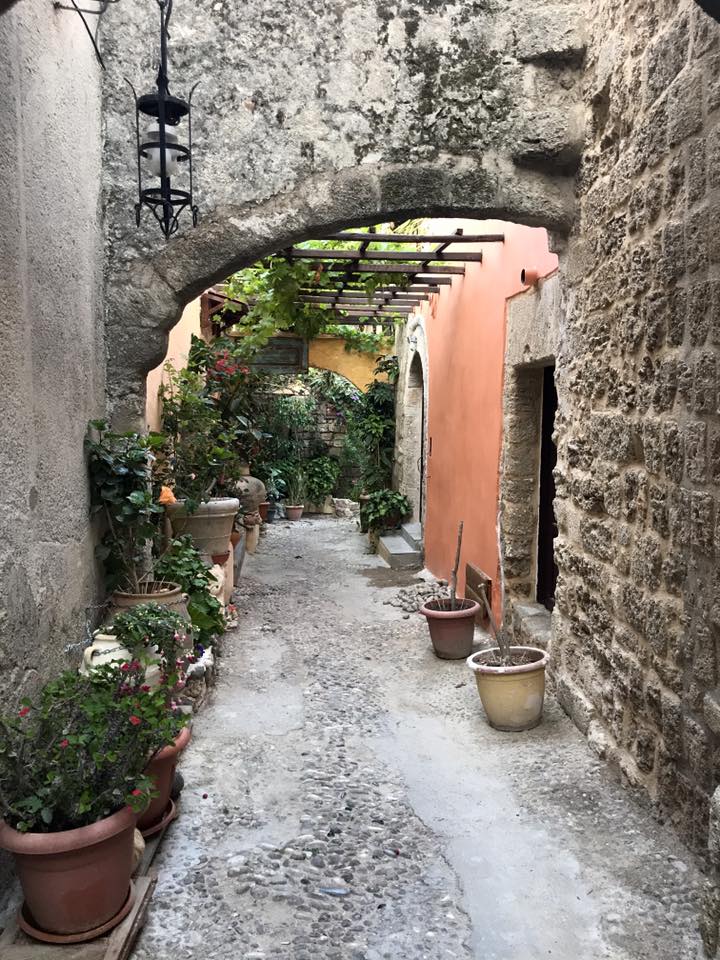
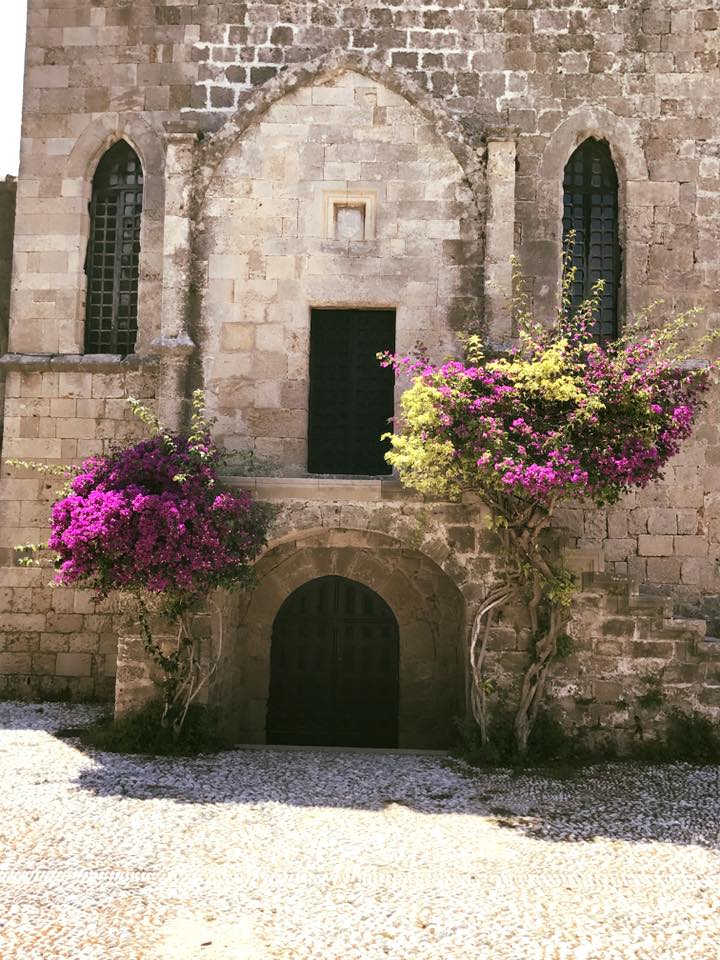
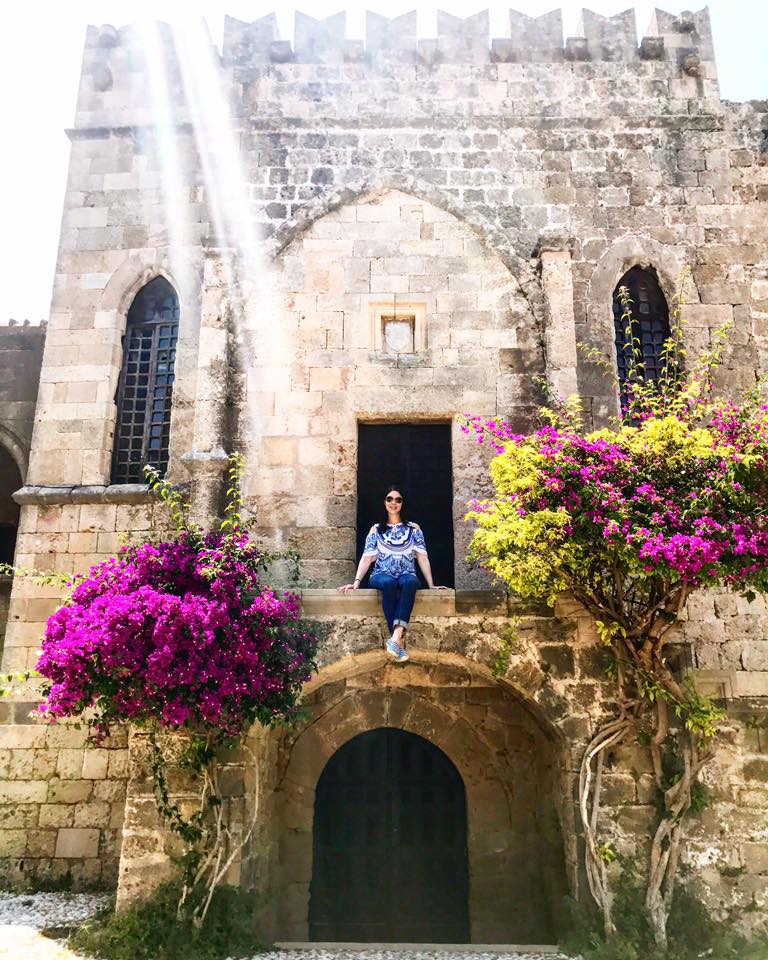
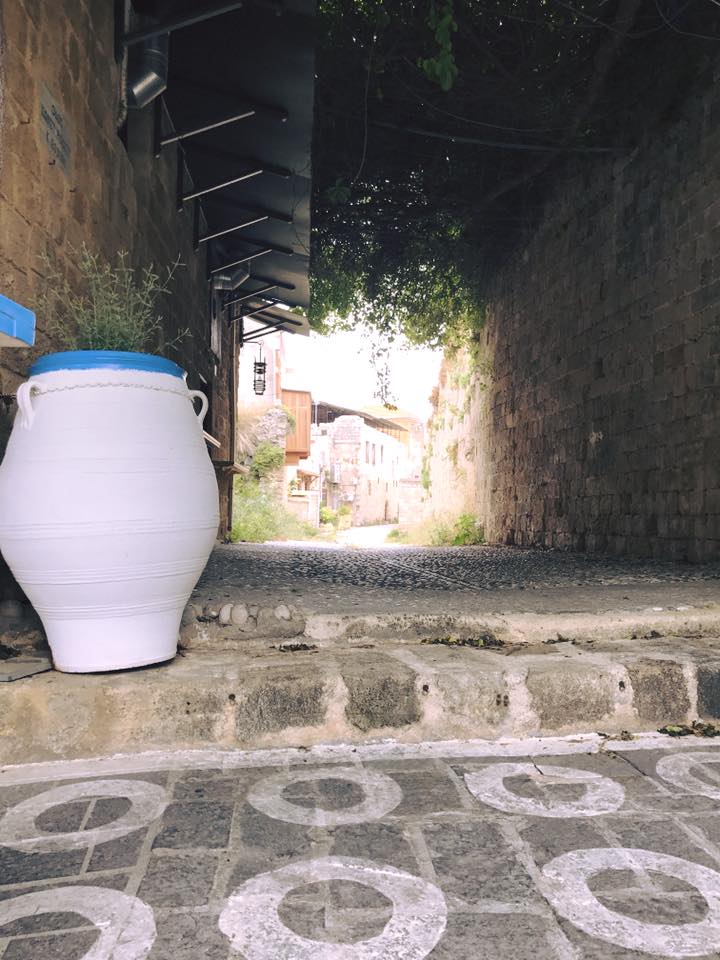
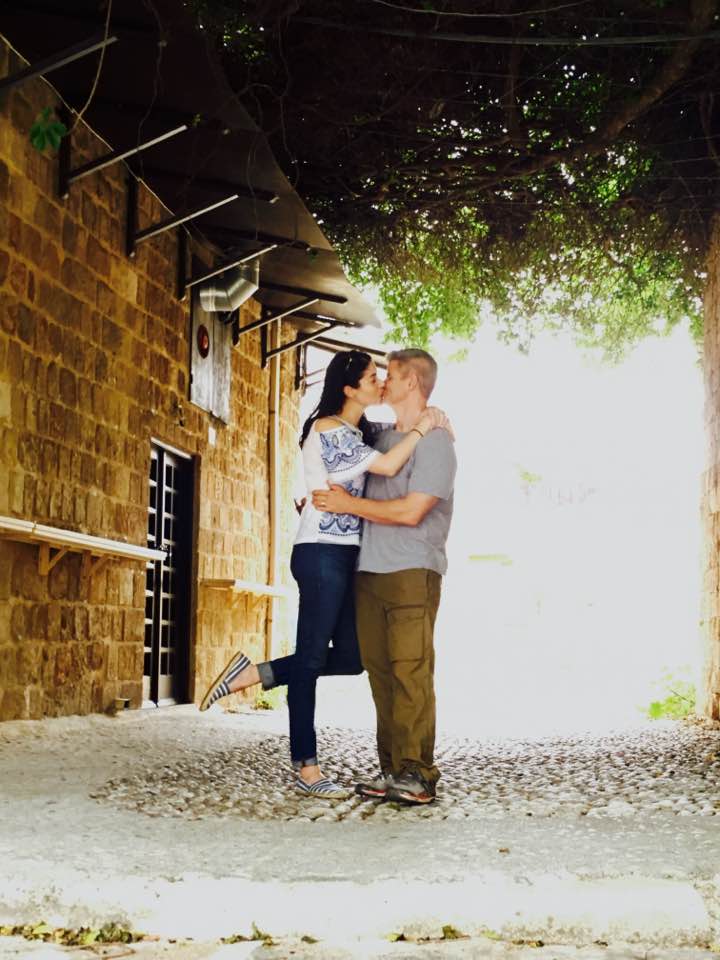
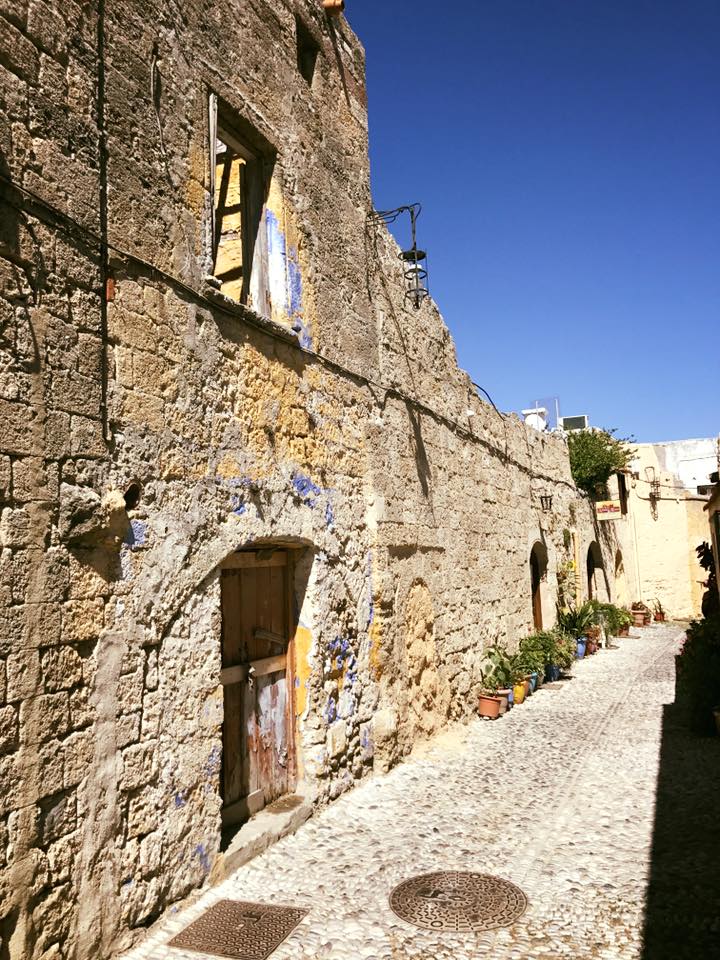
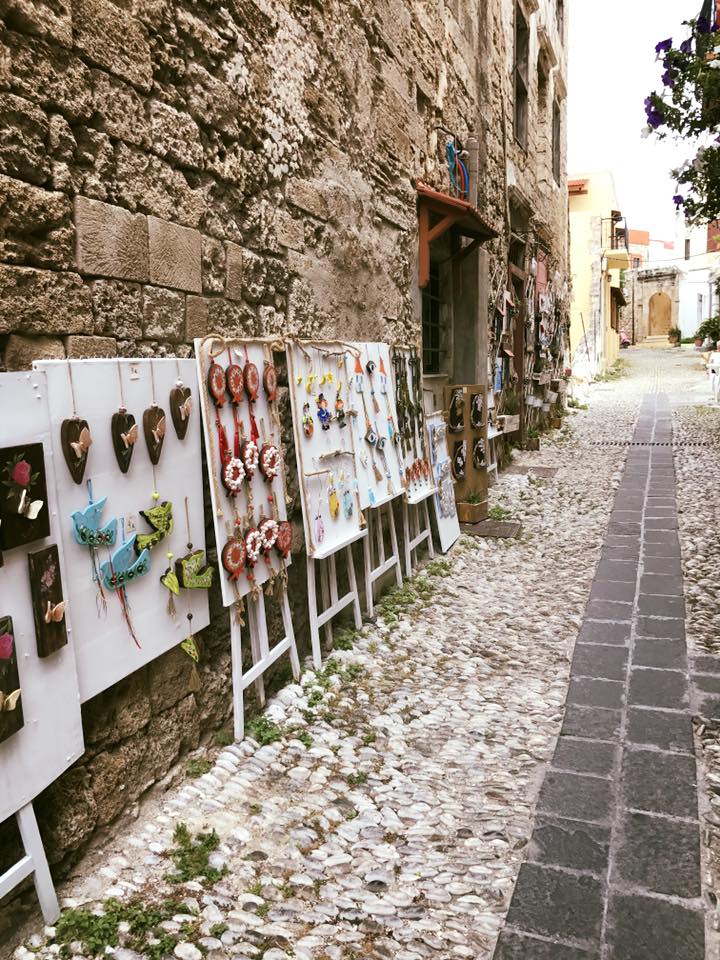
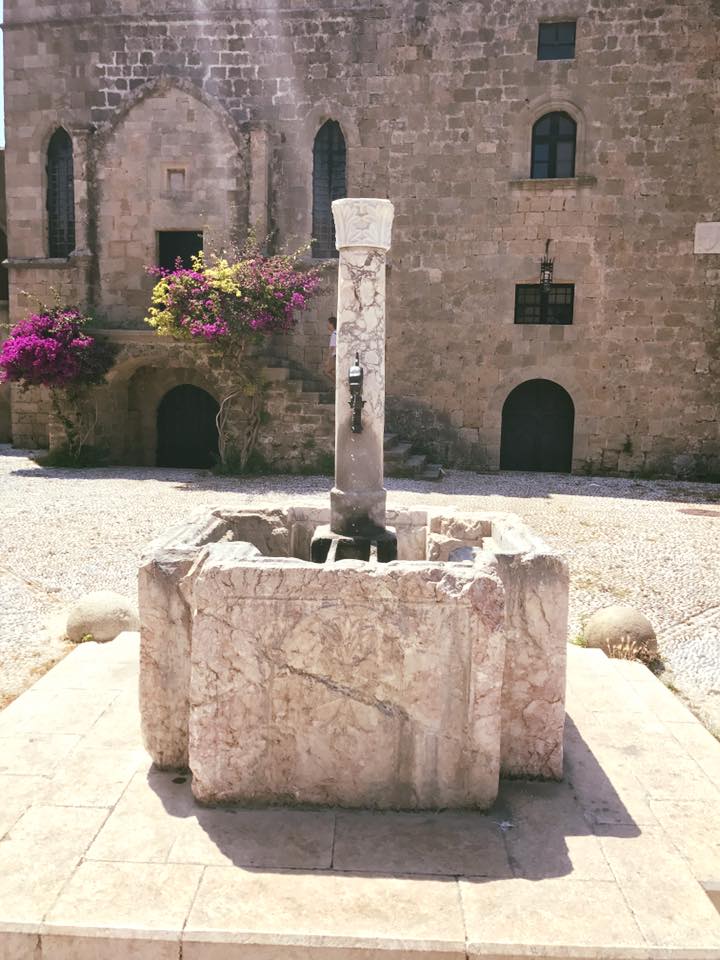
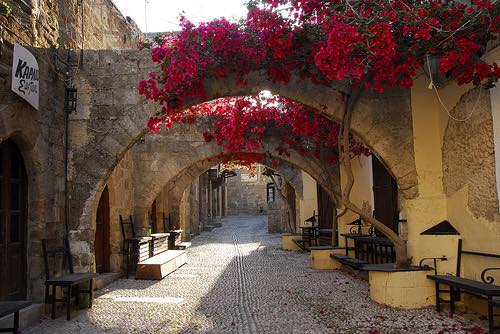
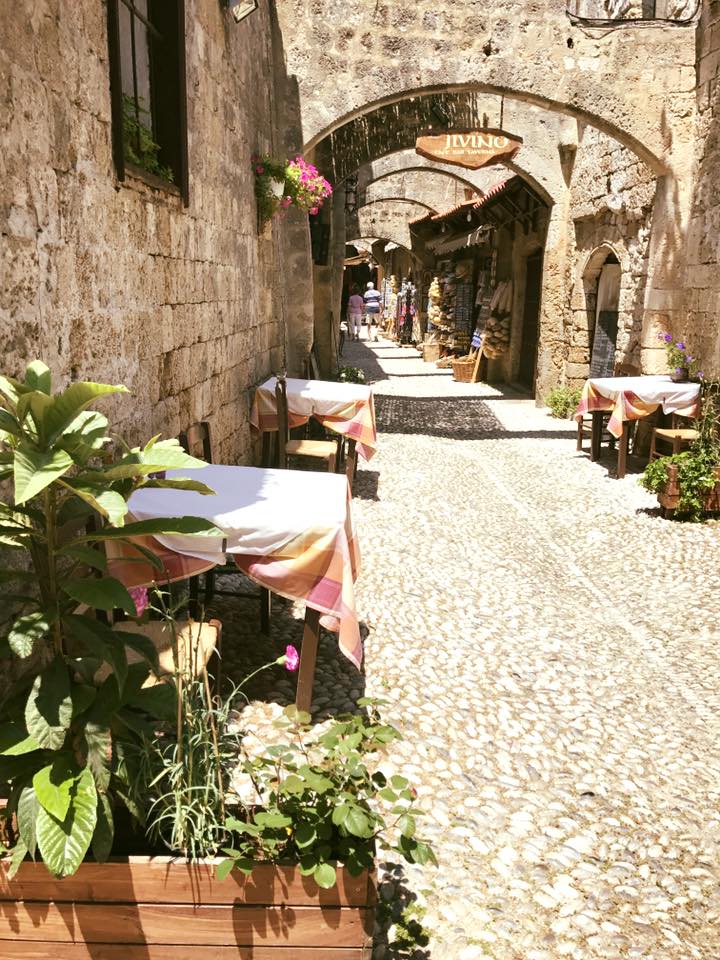
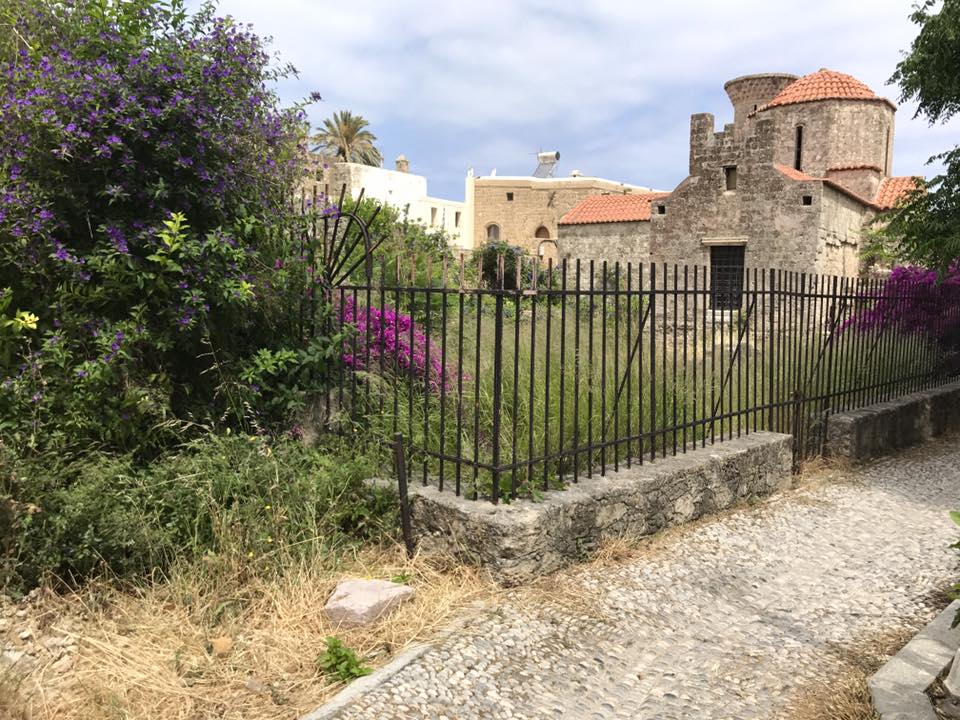
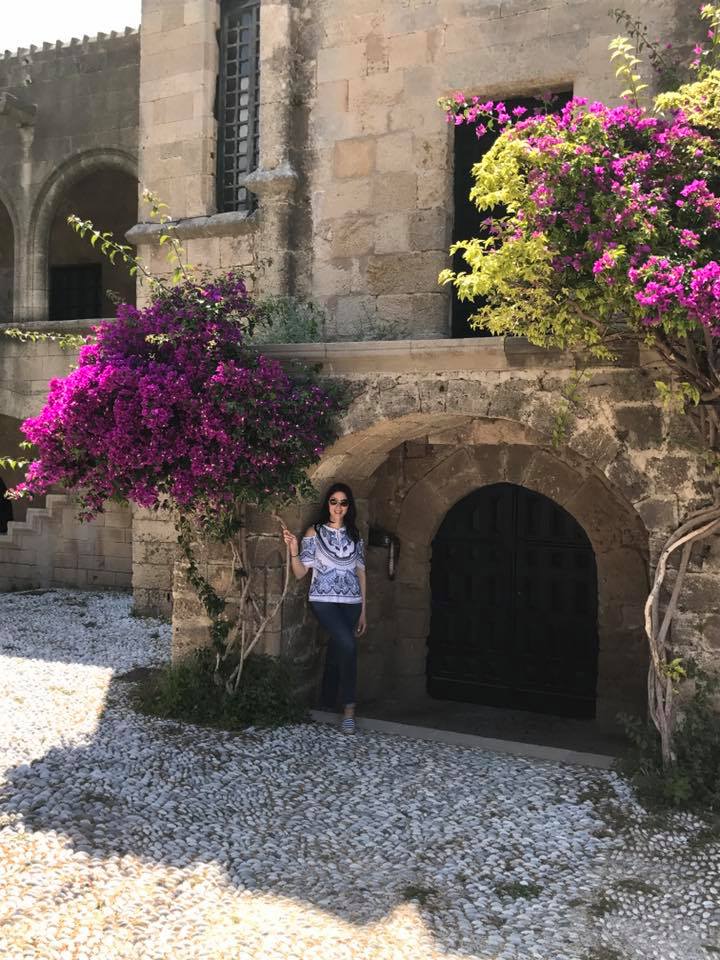
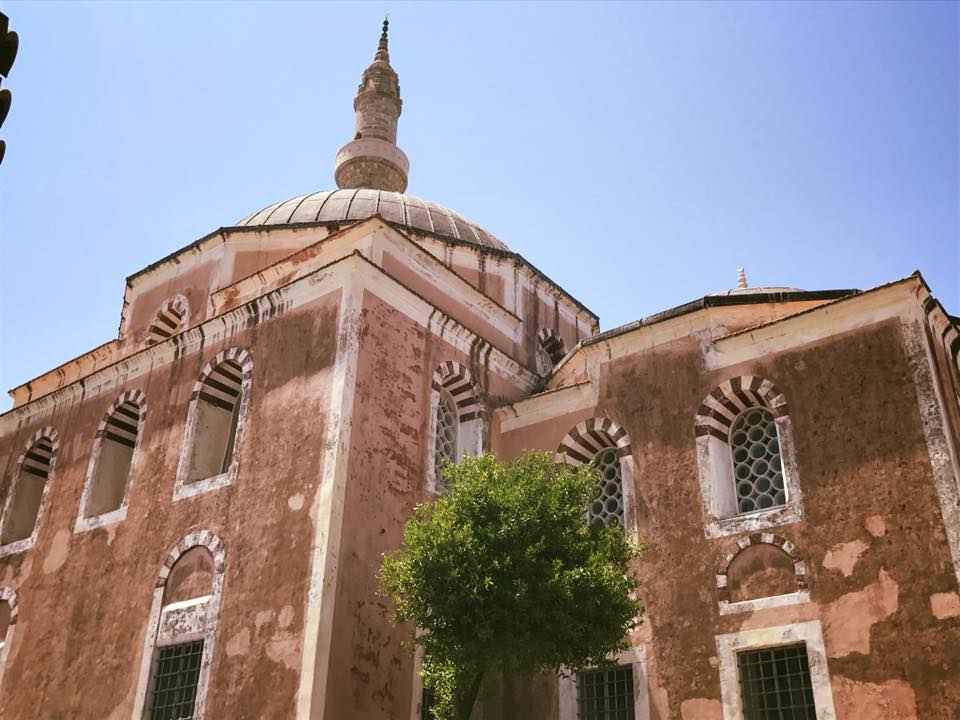
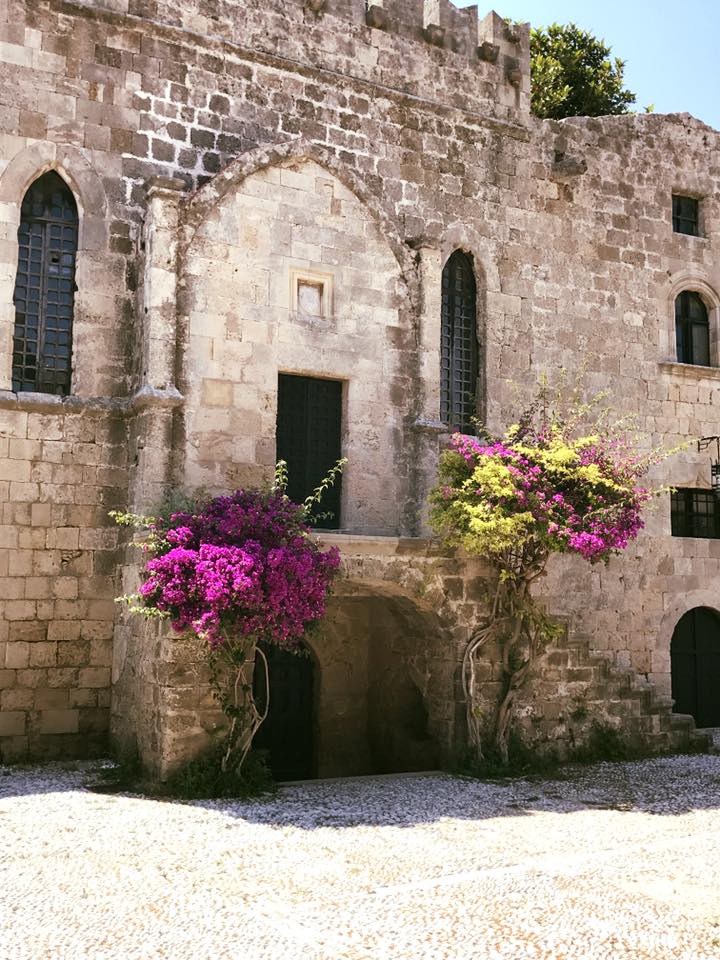
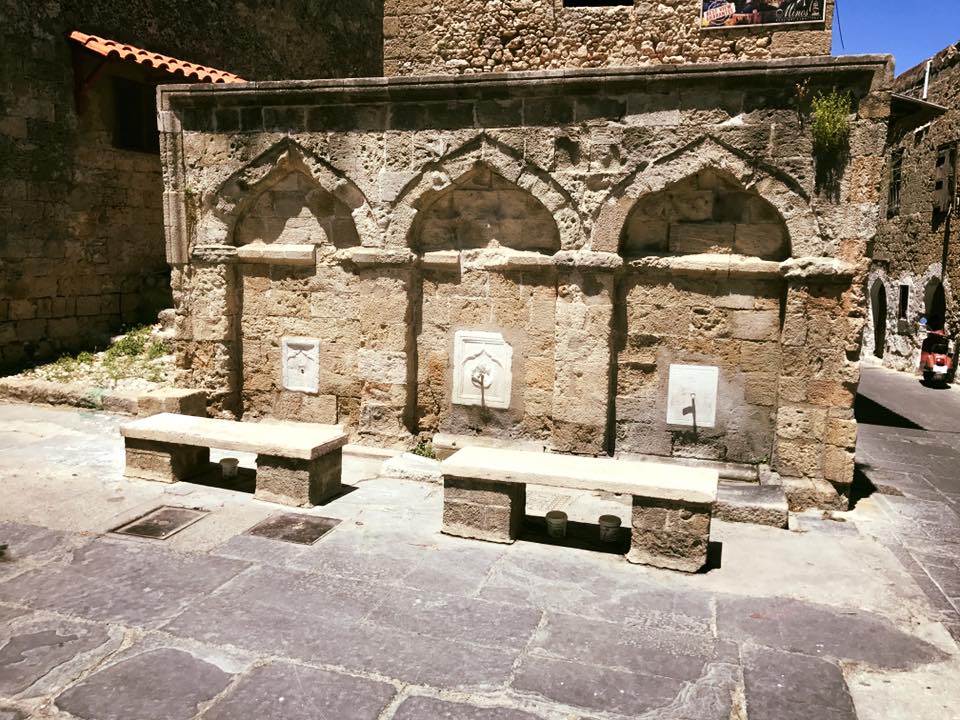
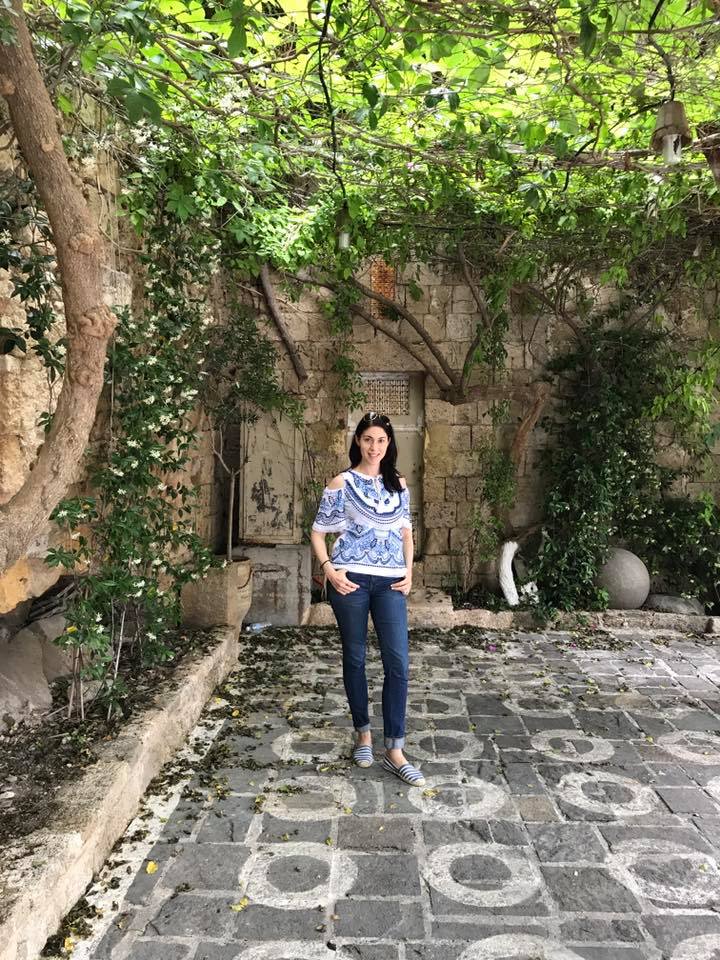 By the way, if you are into doors and floors, then hold on to your britches, because Old Town Rhodes is an assault of charm in the door and floor department. The ancient mosaic stone work on the floors is incredible! And, the doors…I died!
By the way, if you are into doors and floors, then hold on to your britches, because Old Town Rhodes is an assault of charm in the door and floor department. The ancient mosaic stone work on the floors is incredible! And, the doors…I died!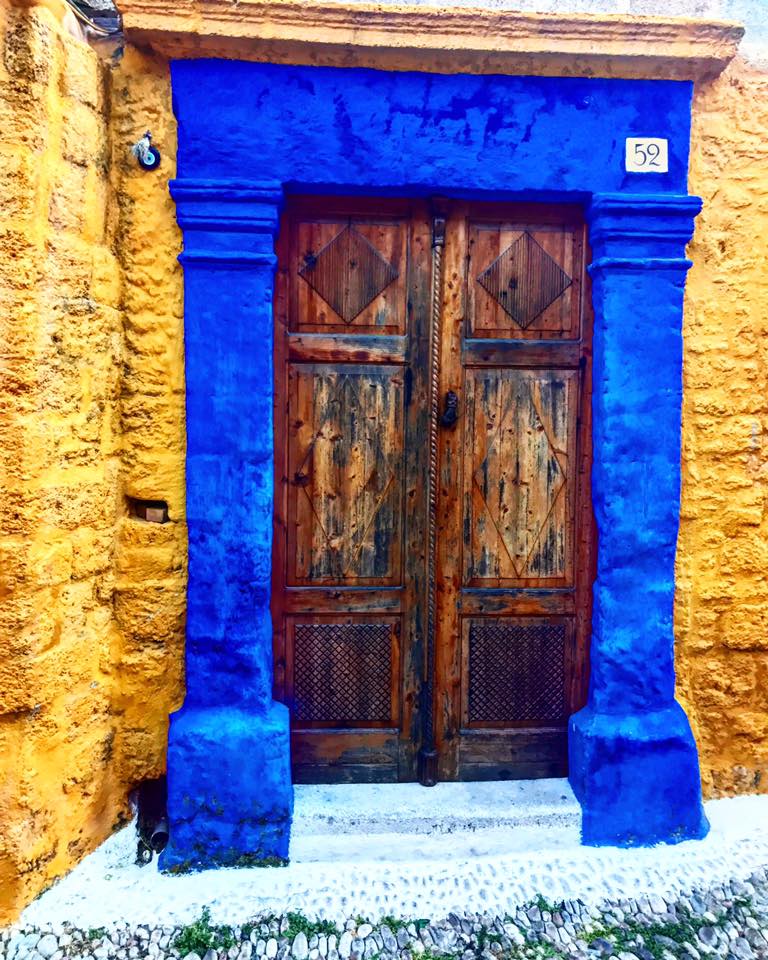
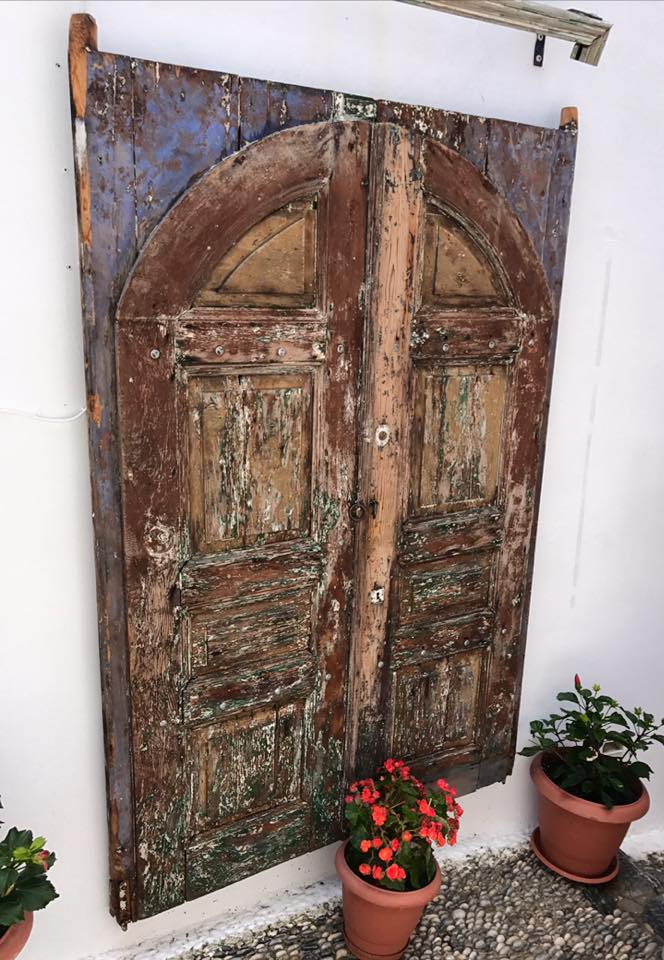
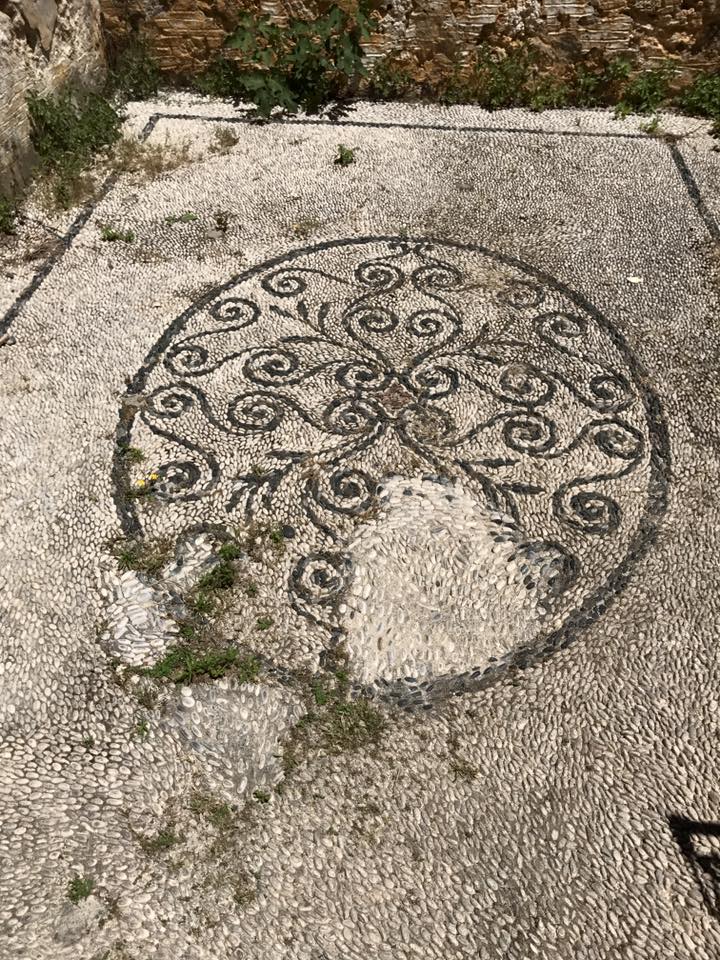
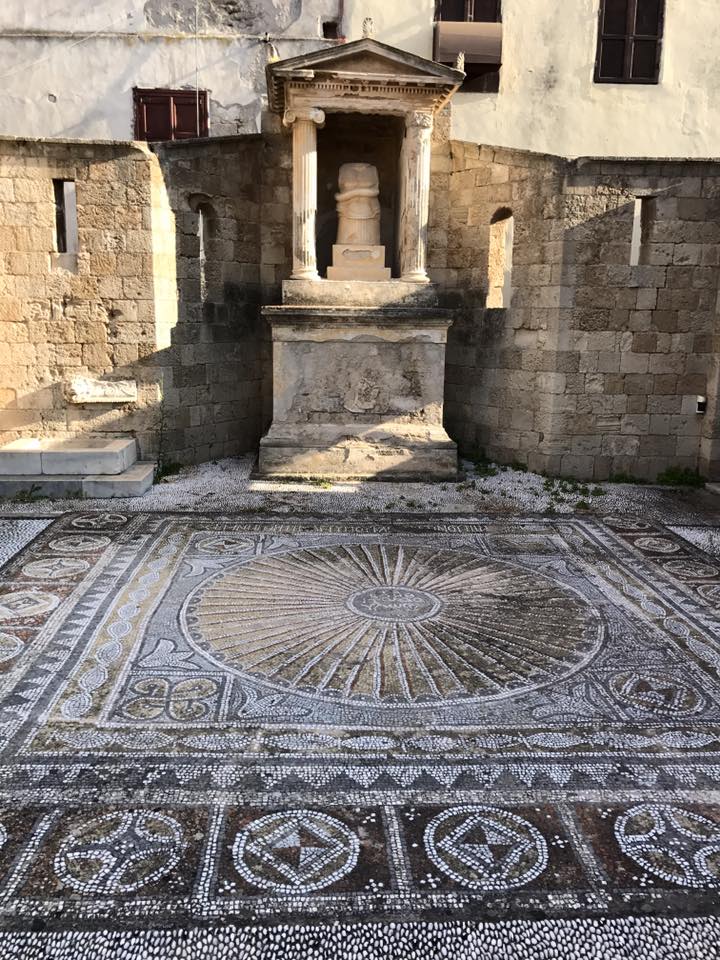
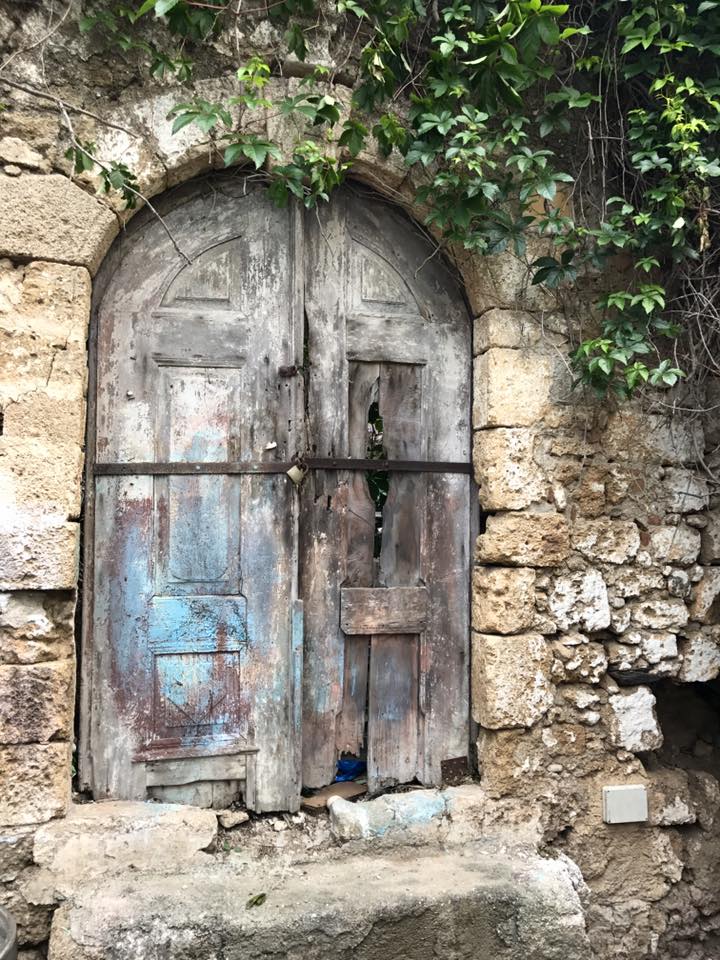
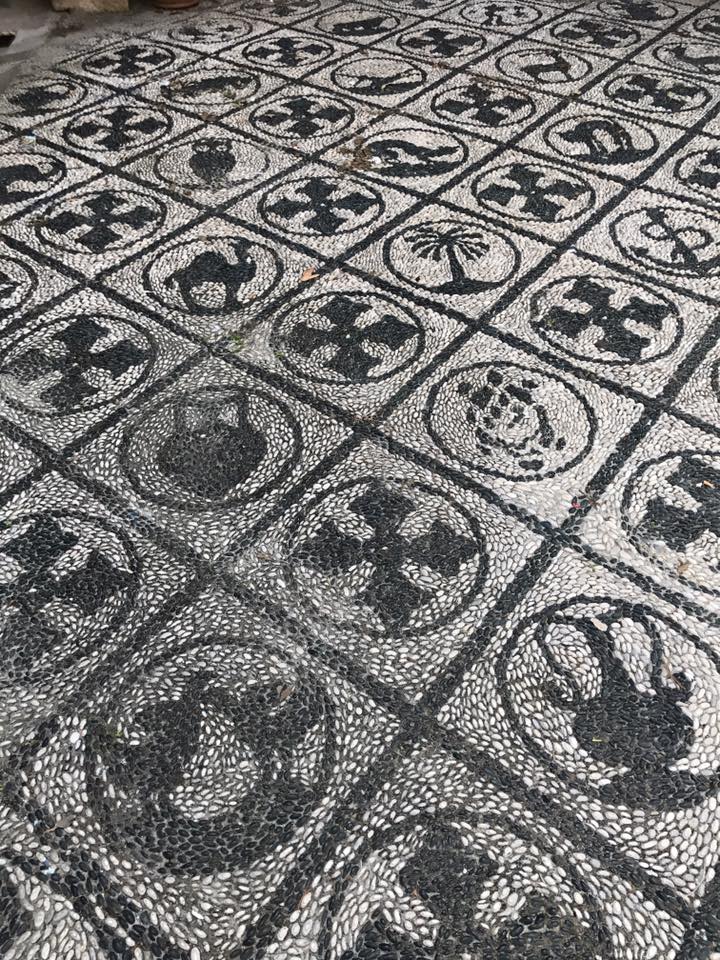
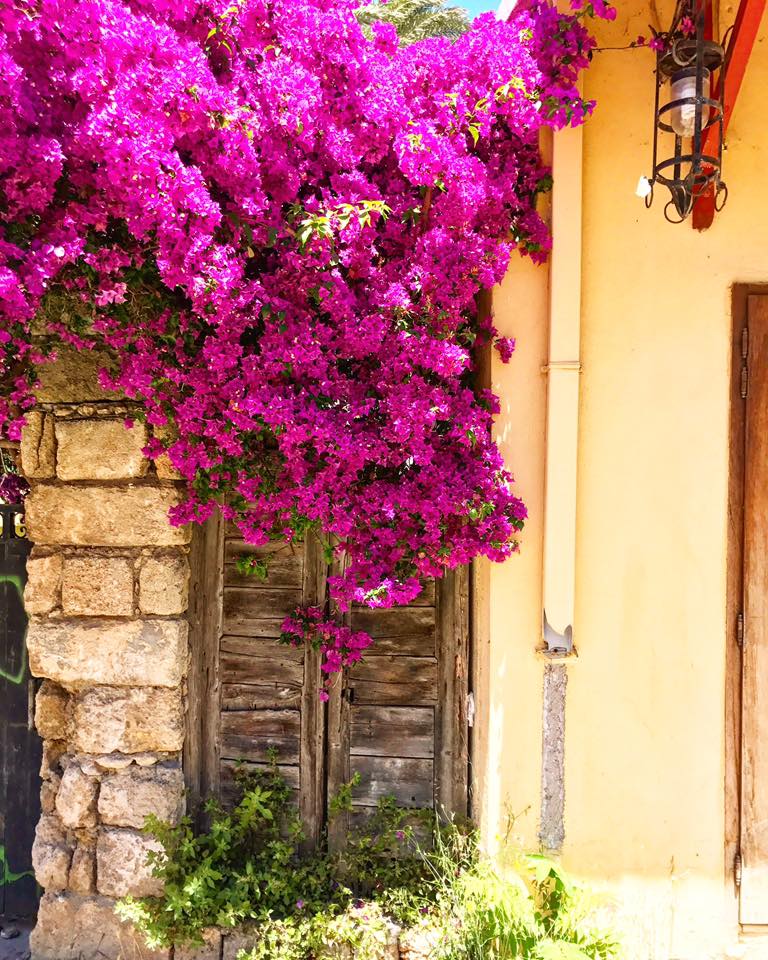
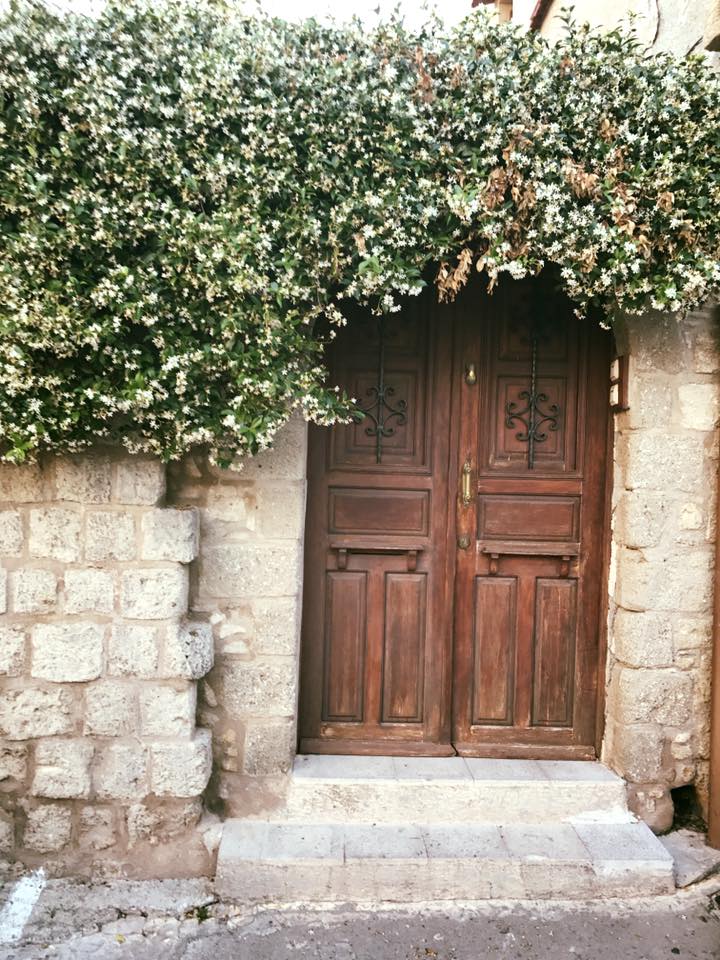
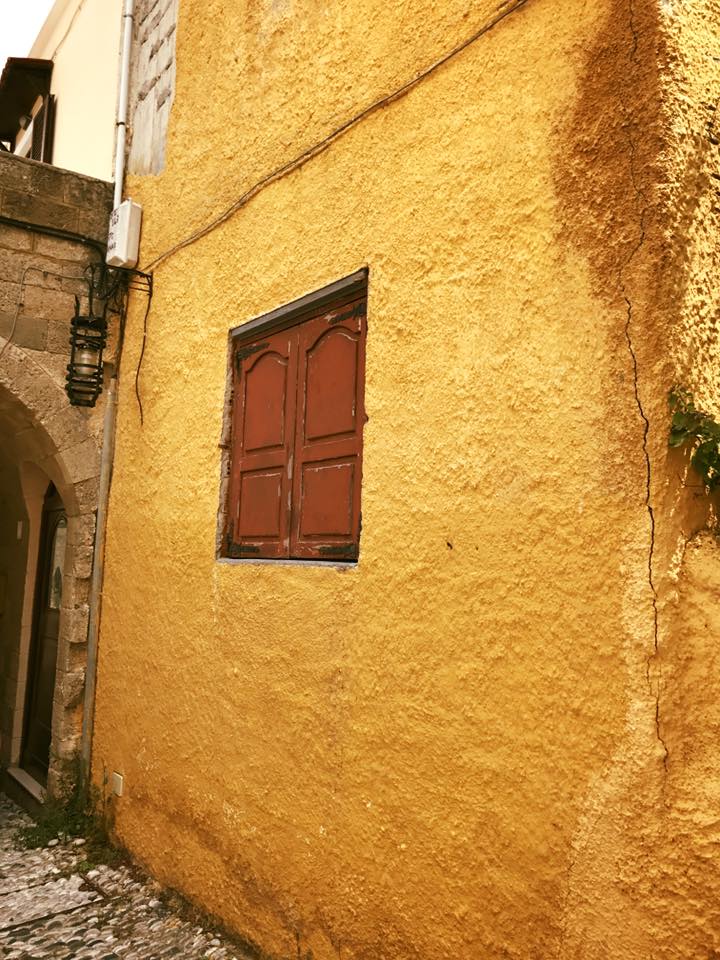
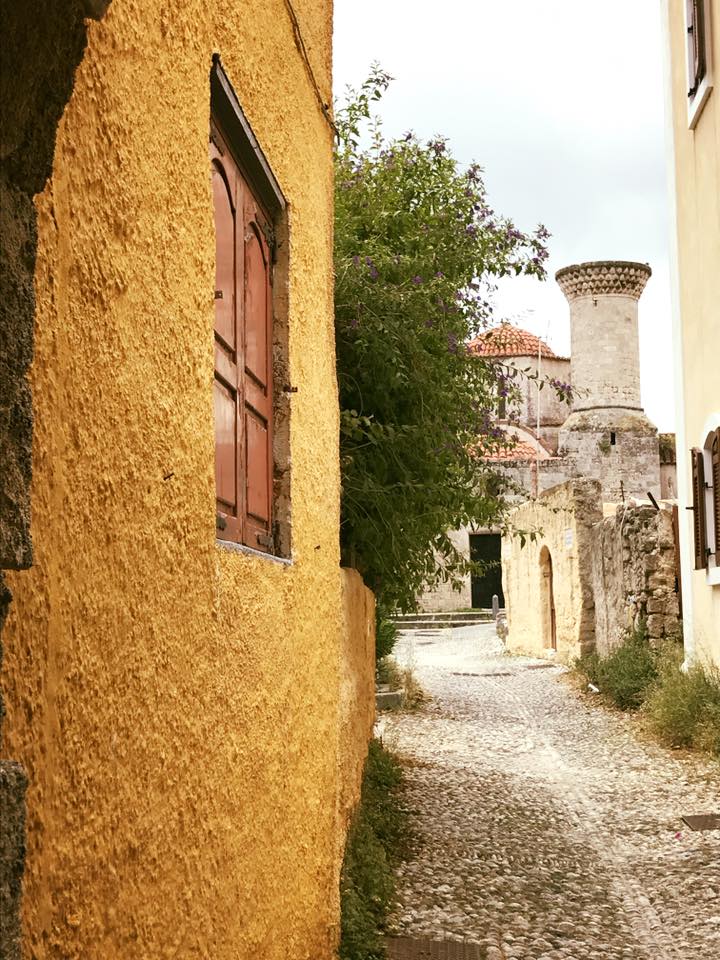
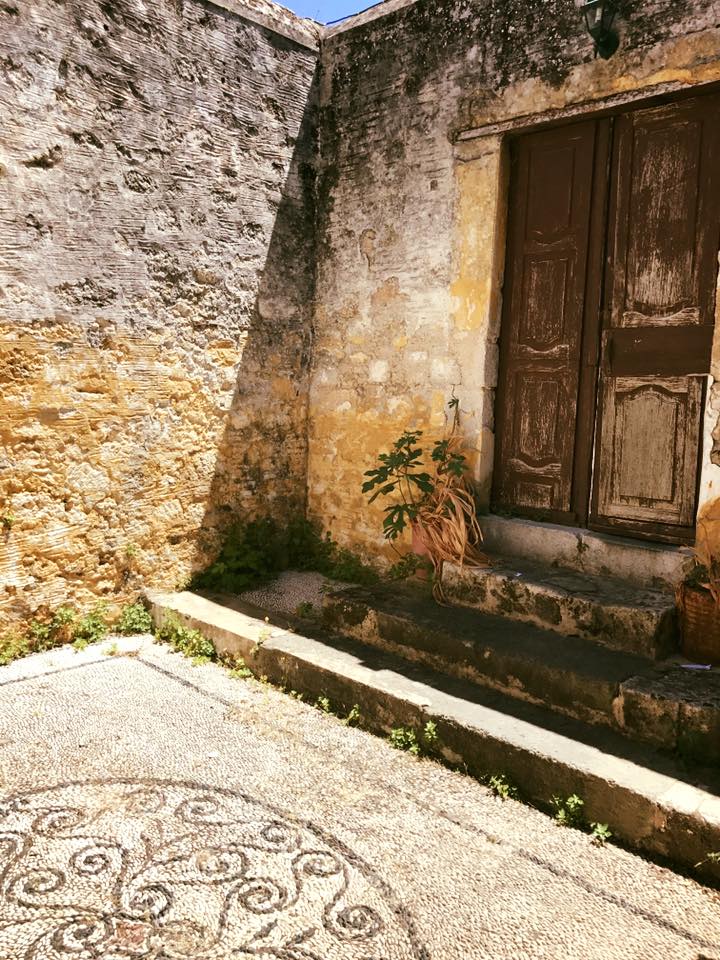
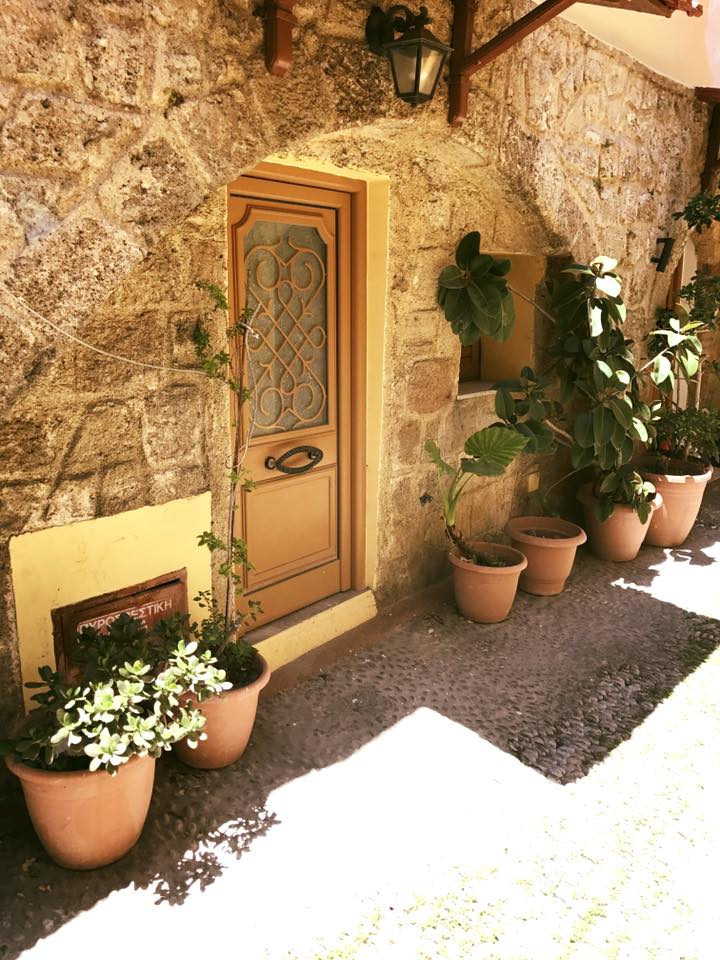 On Angela and Nikos’s suggestion (which, by the way, were always spot on), we stopped to eat lunch at this amazing little restaurant and loved the food so much that we came back again, which is VERY rare for us, as we try to eat at as many different places as possible.
On Angela and Nikos’s suggestion (which, by the way, were always spot on), we stopped to eat lunch at this amazing little restaurant and loved the food so much that we came back again, which is VERY rare for us, as we try to eat at as many different places as possible.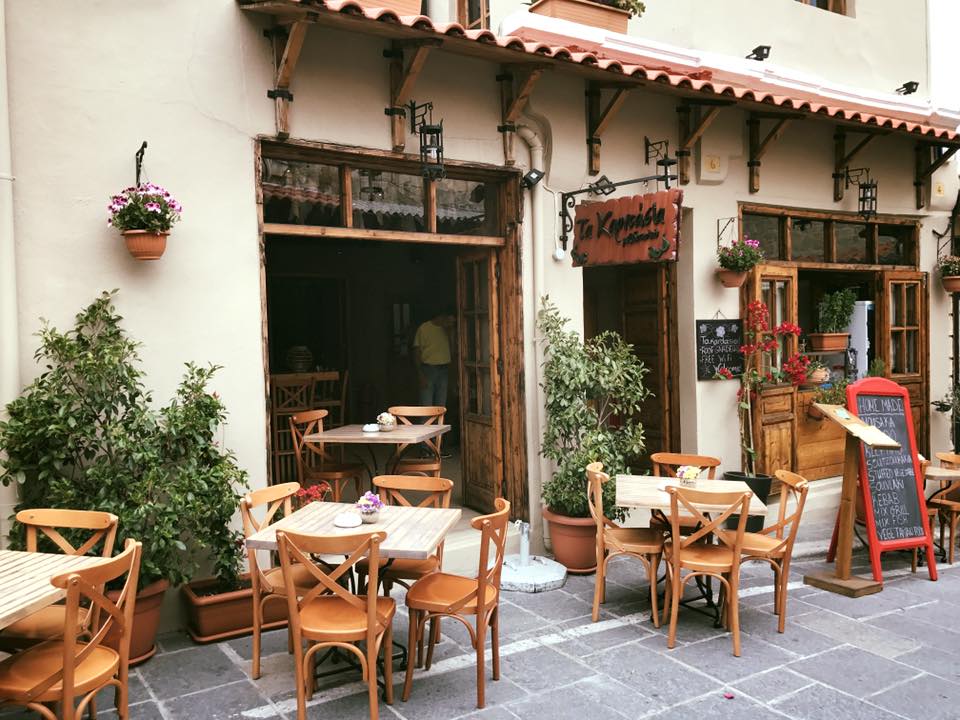
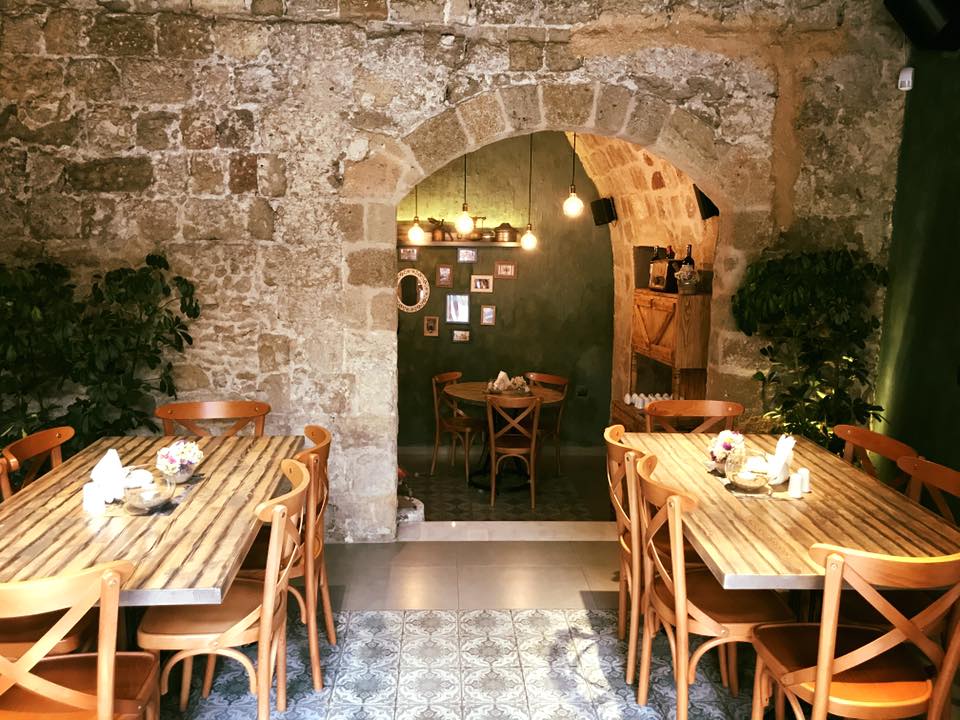
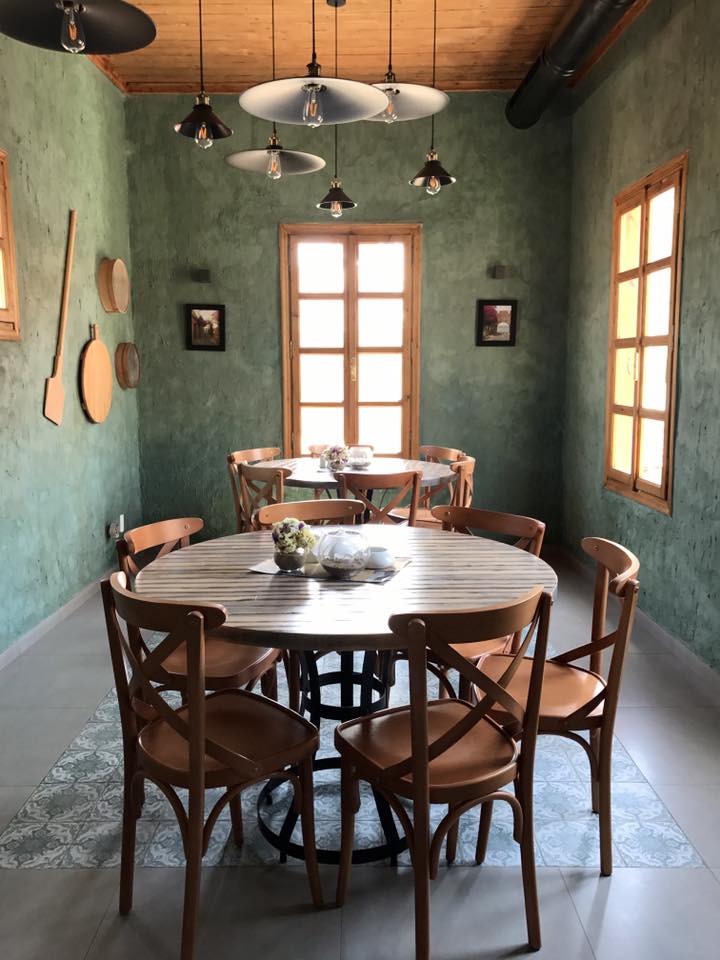
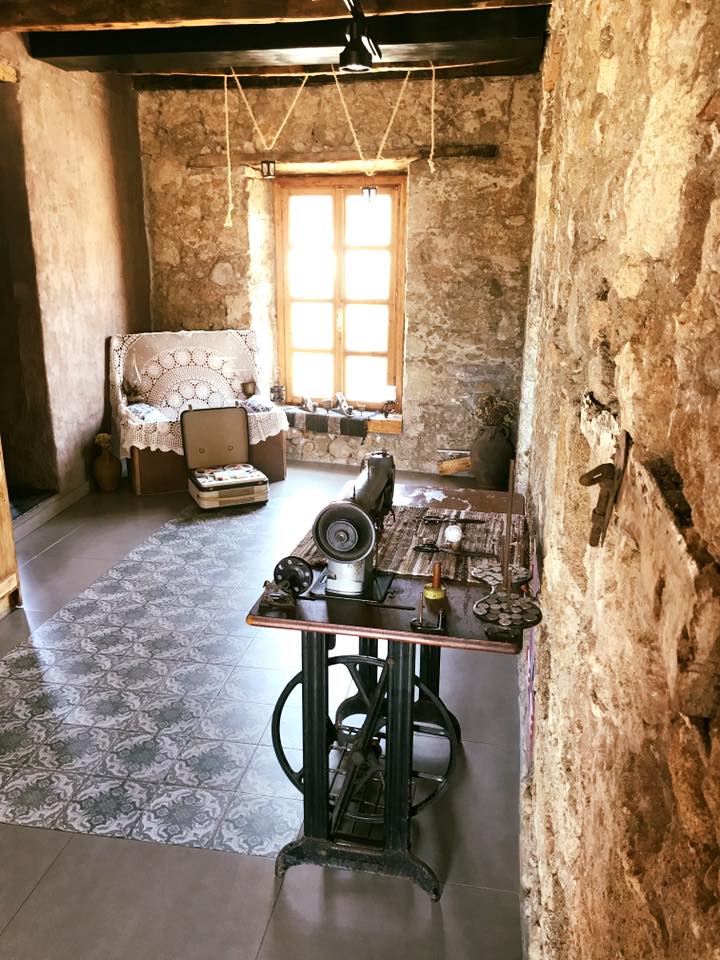
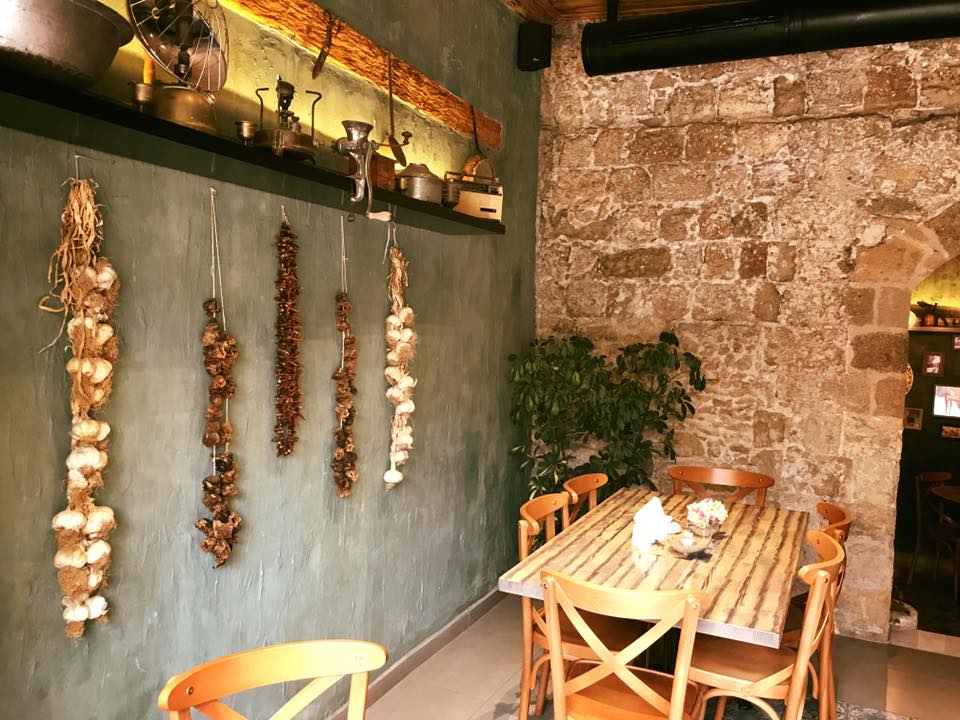
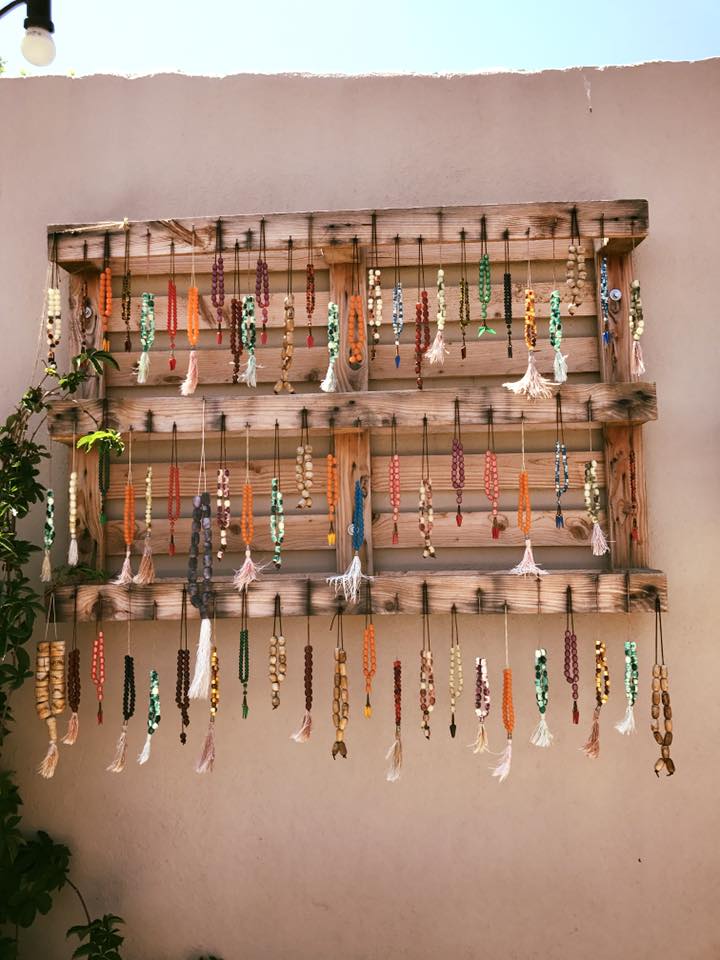
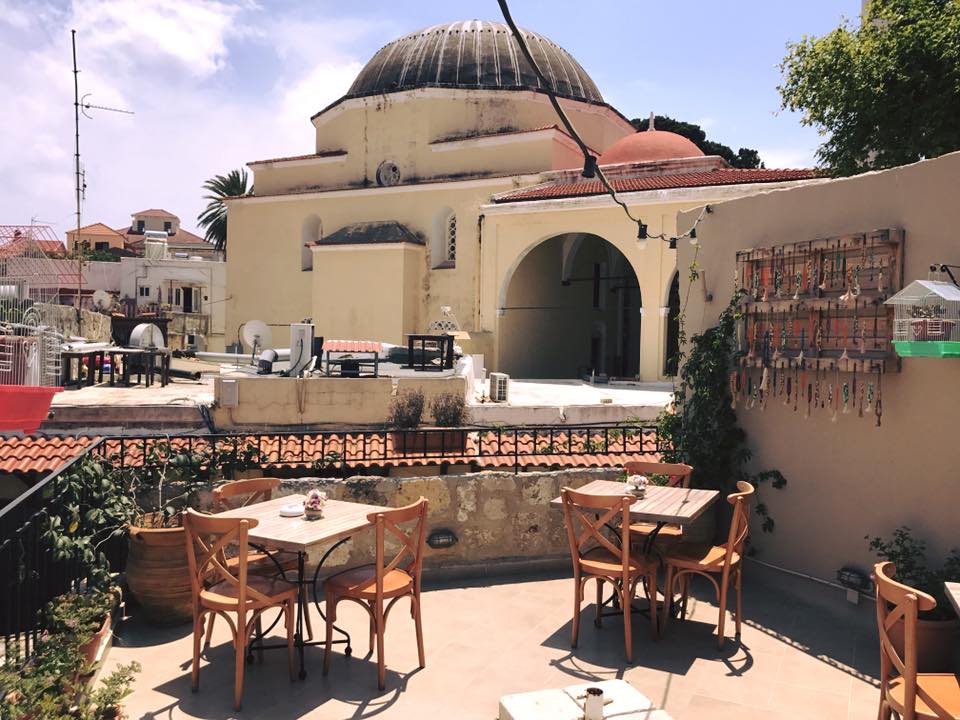 After lunch, we decided to explore the area outside of the Old Town wall.
After lunch, we decided to explore the area outside of the Old Town wall.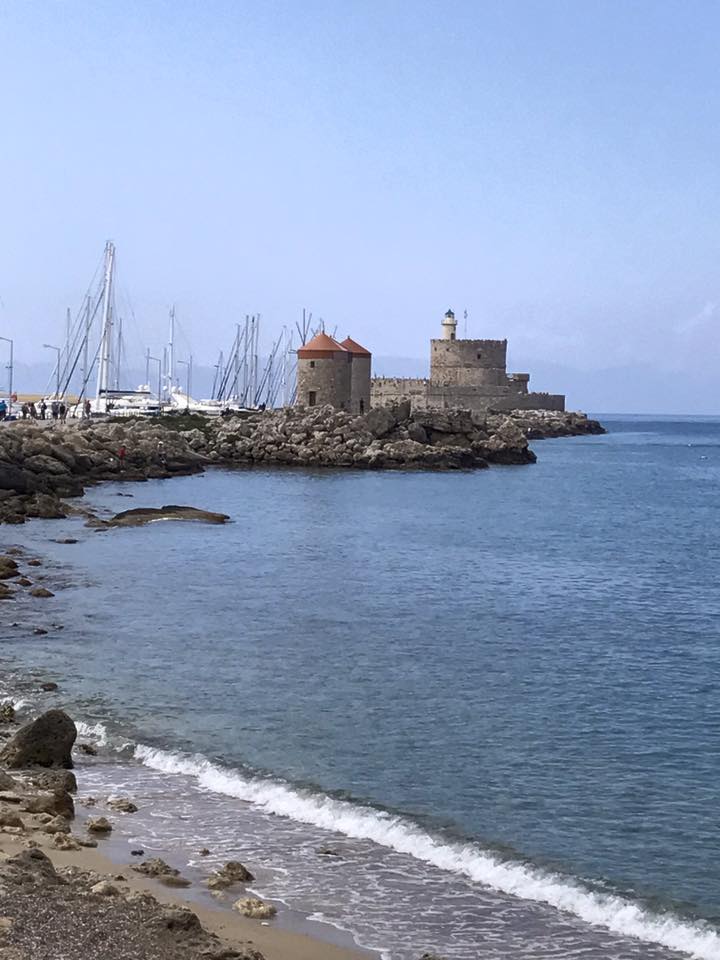
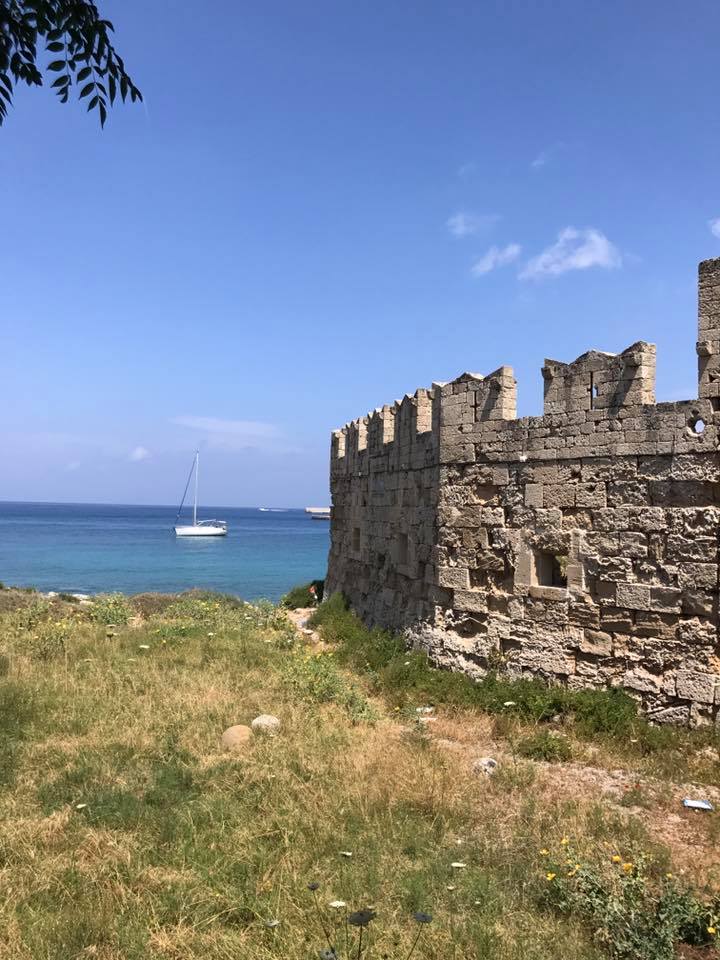
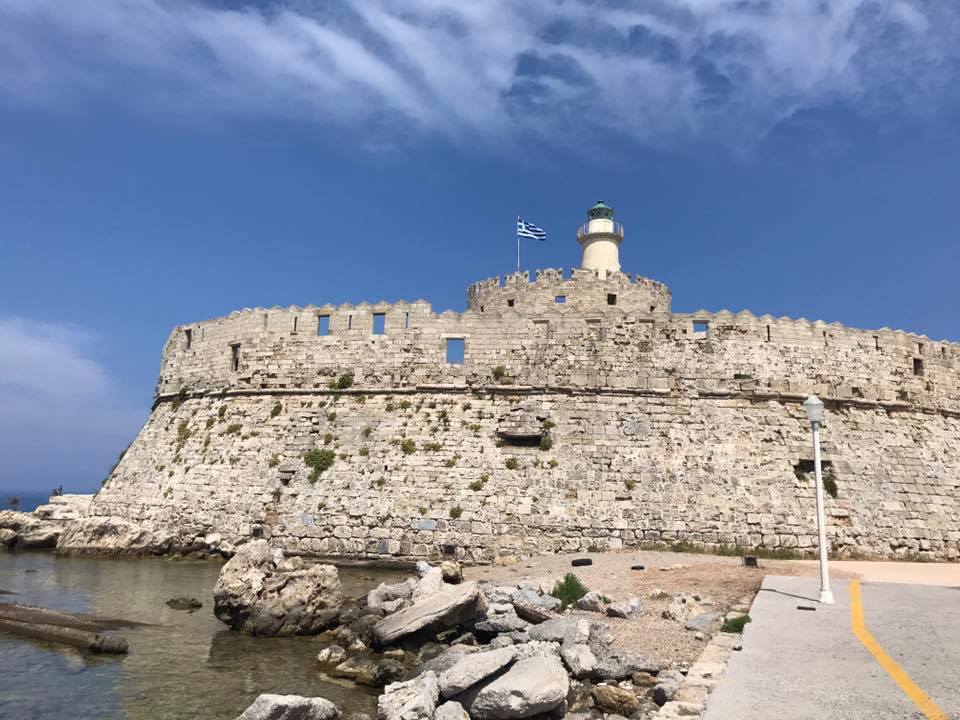
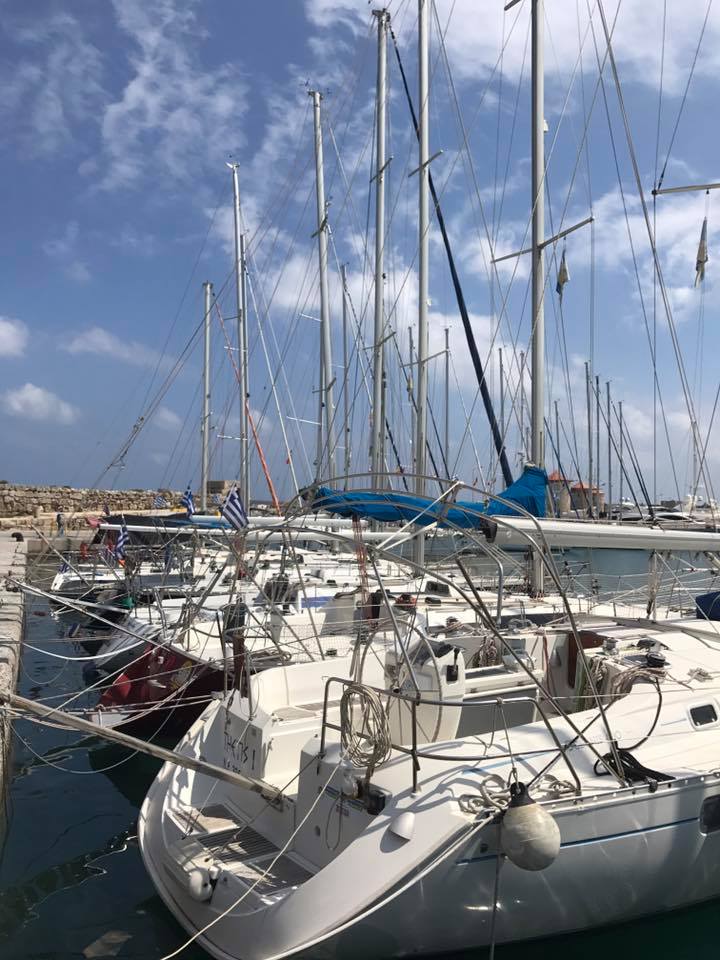
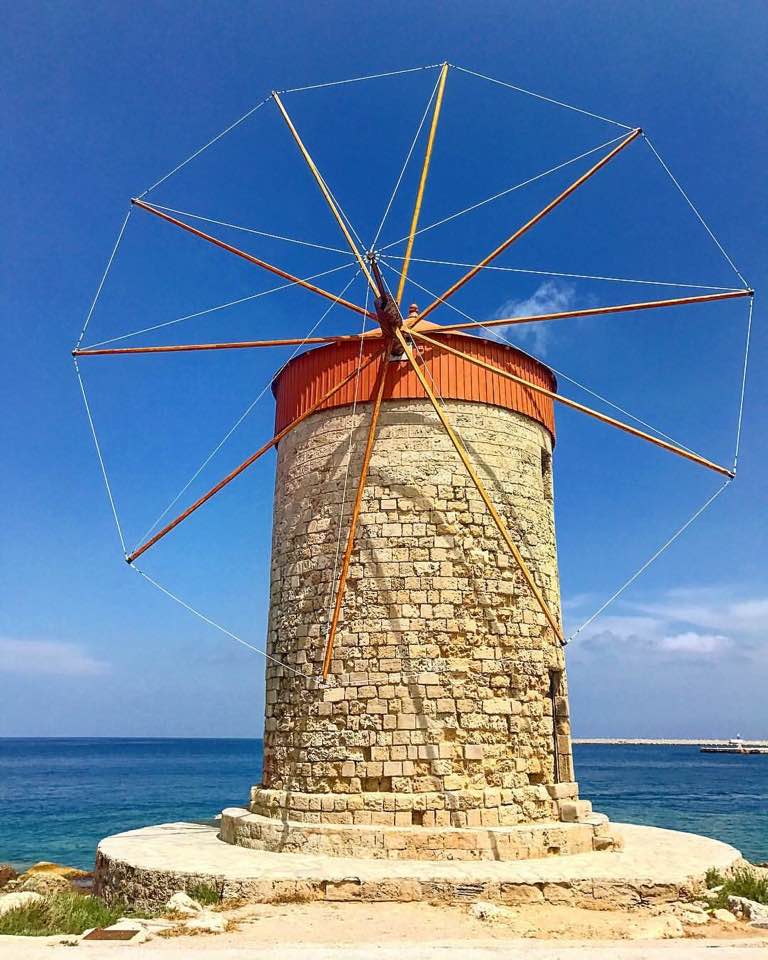
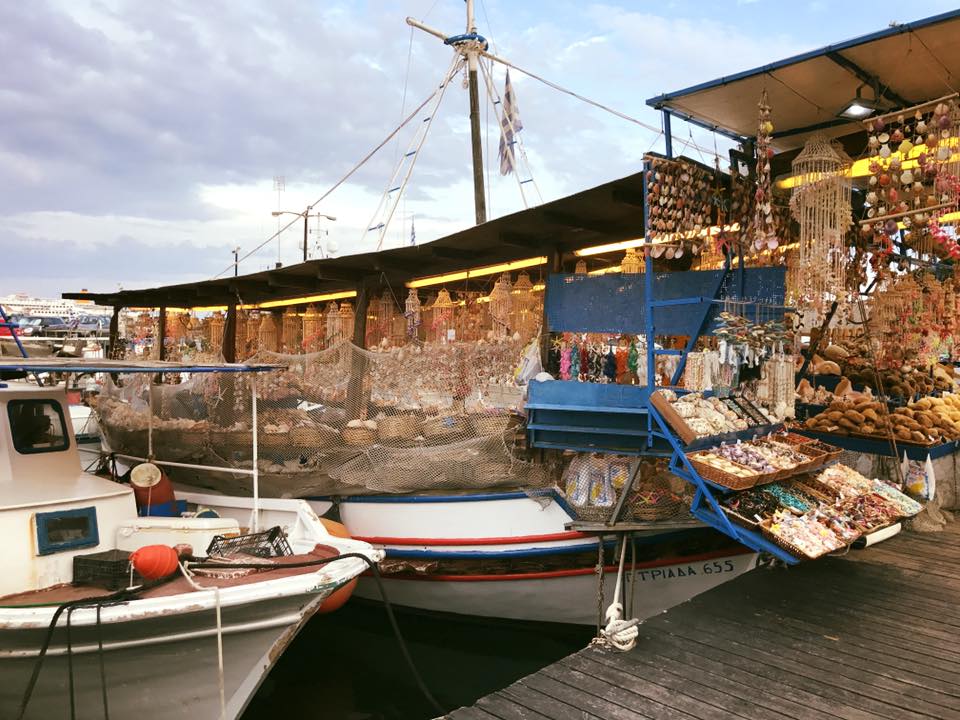 On our second day, we hired Nick of
On our second day, we hired Nick of 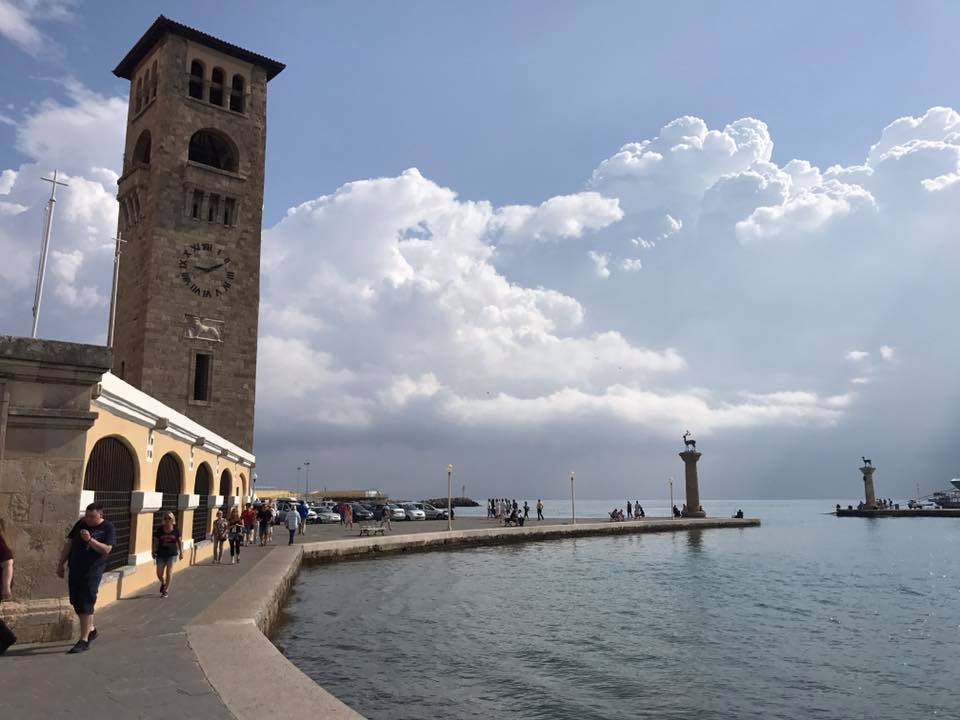
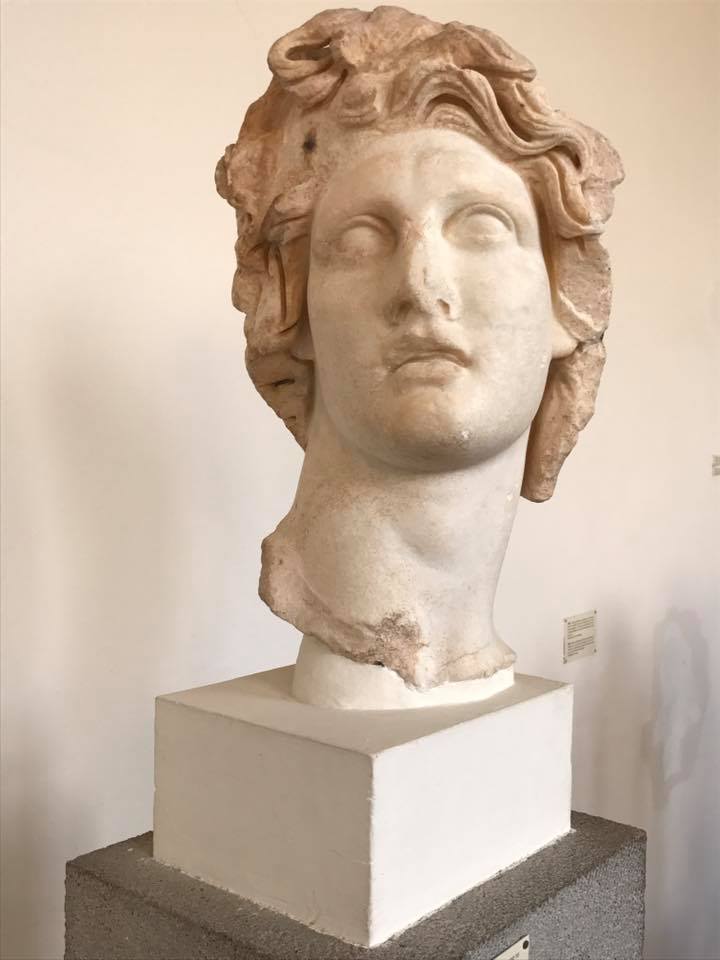
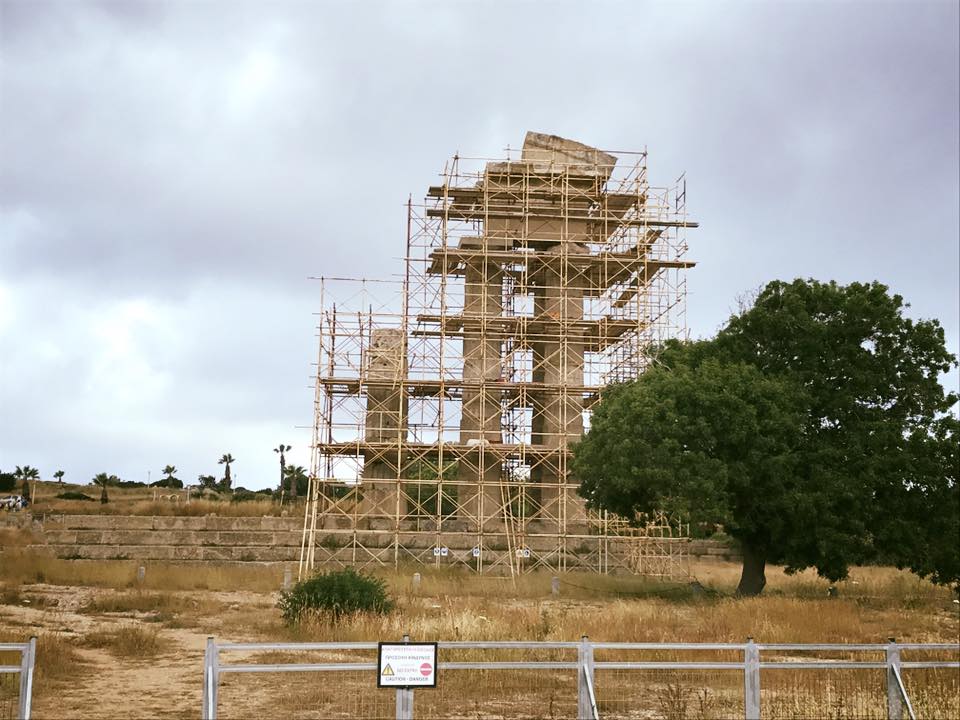 Lindos is a cute little village that has many shops and small, but stunning churches to explore before you make your way up to the Acropolis of Lindos, a climb that includes several hundred stairs of various heights with no guardrails. Not to worry, it is totally do-able (if you are wearing the right shoes), the views are incredible, and there are donkeys to assist.
Lindos is a cute little village that has many shops and small, but stunning churches to explore before you make your way up to the Acropolis of Lindos, a climb that includes several hundred stairs of various heights with no guardrails. Not to worry, it is totally do-able (if you are wearing the right shoes), the views are incredible, and there are donkeys to assist.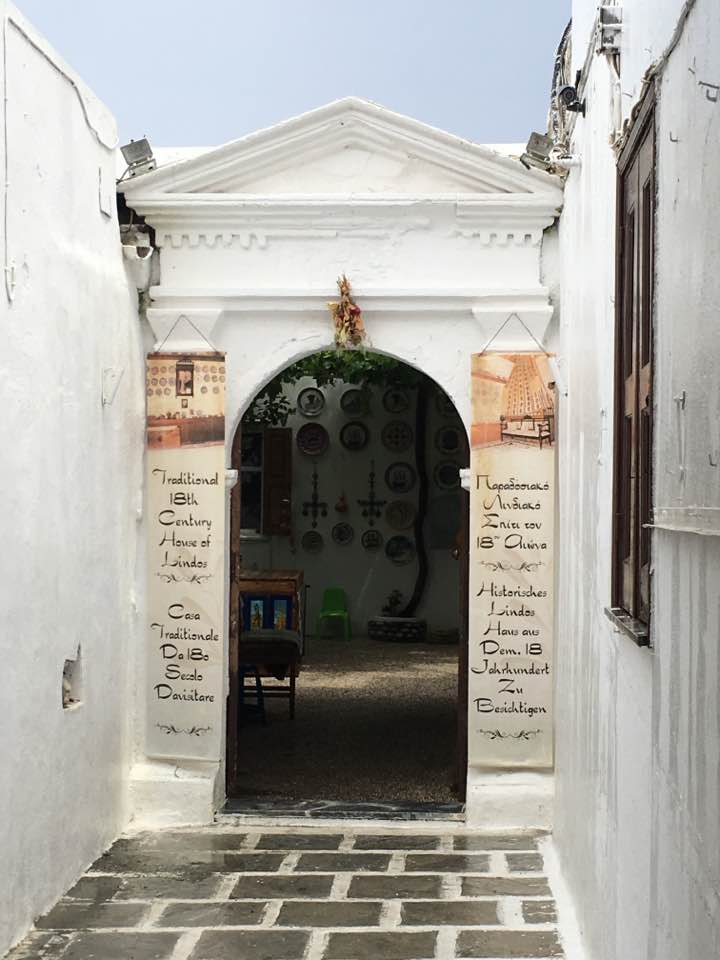
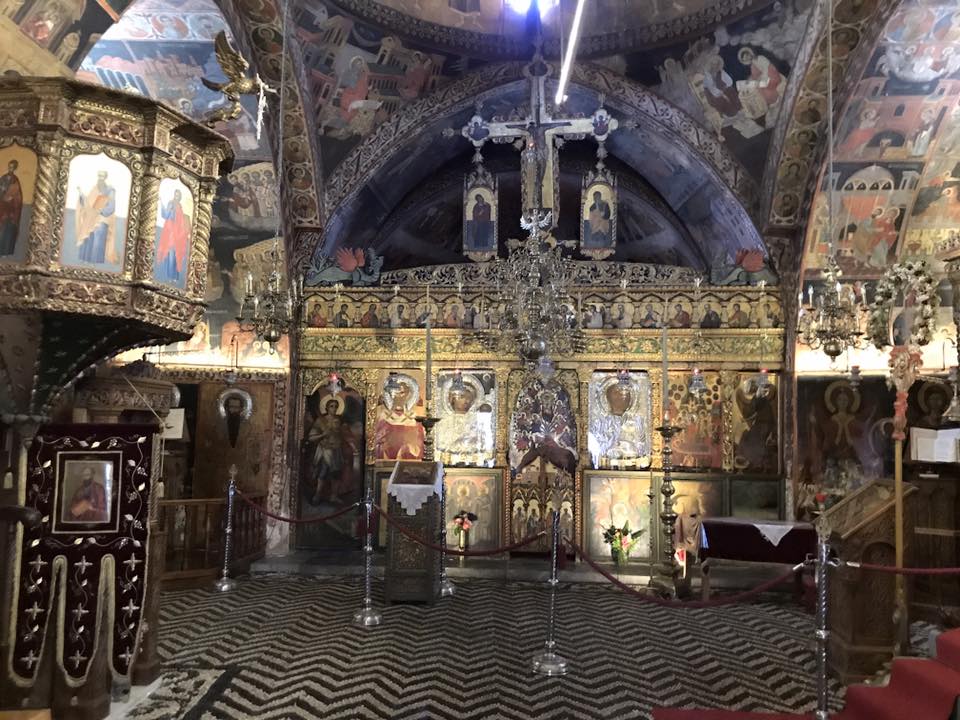
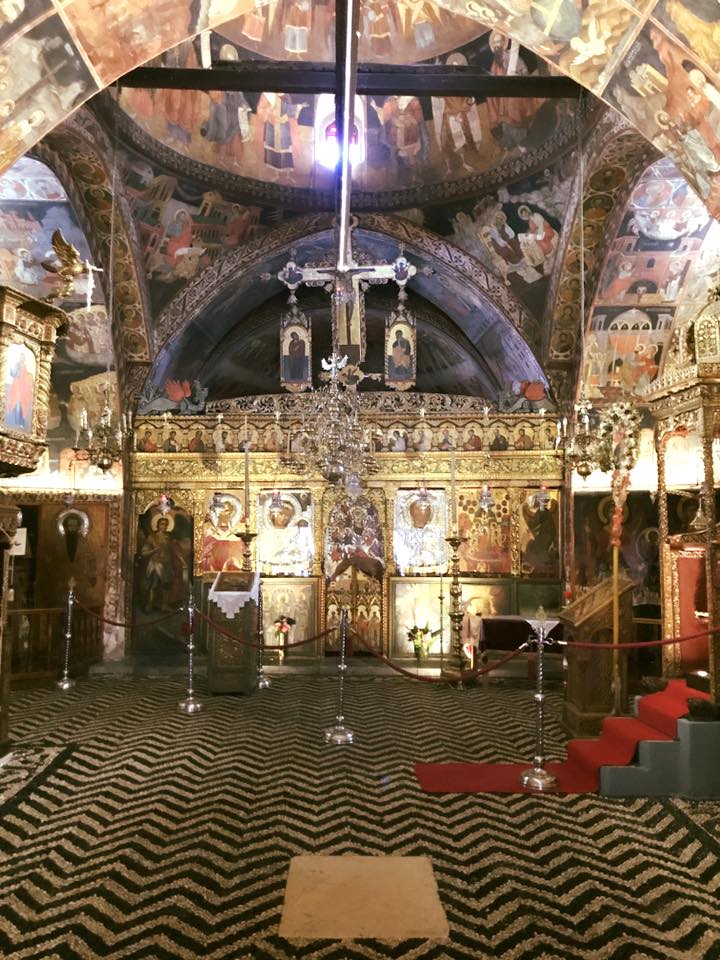
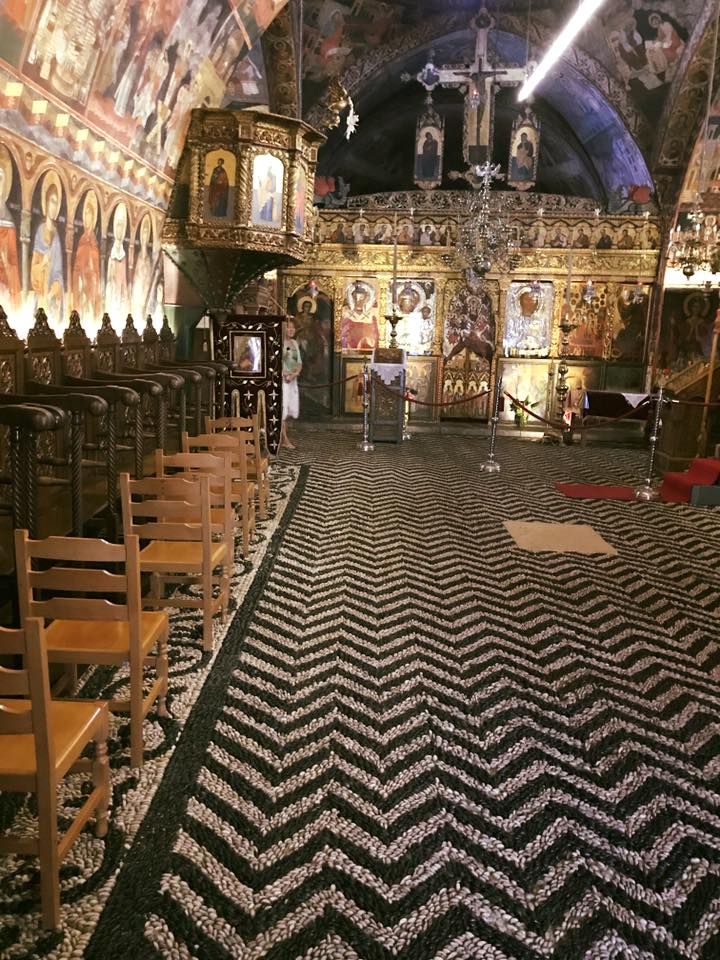
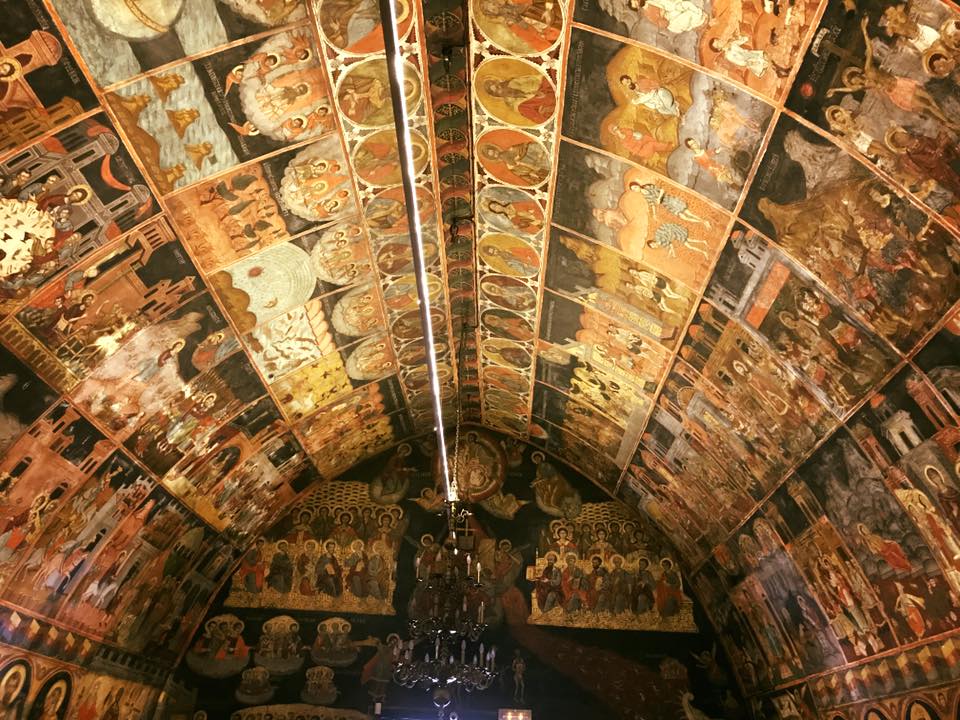
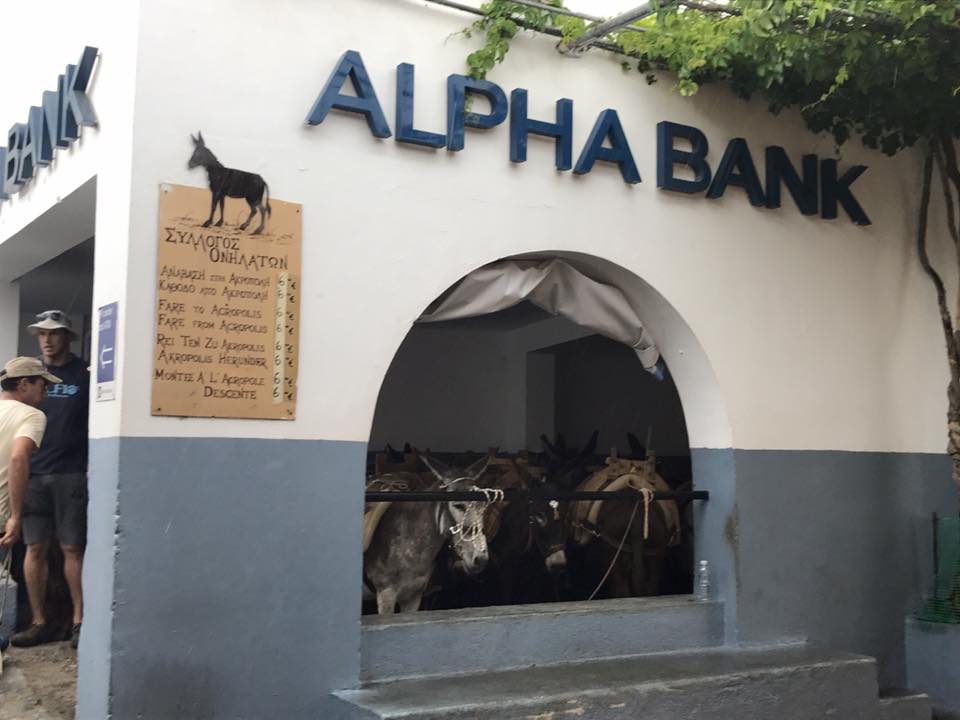
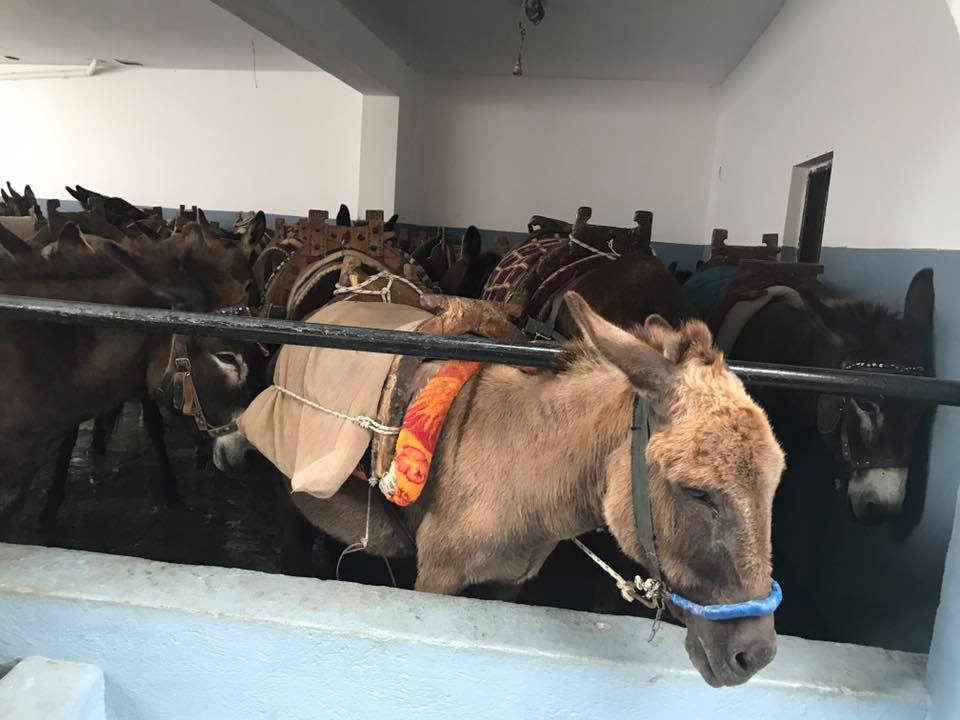
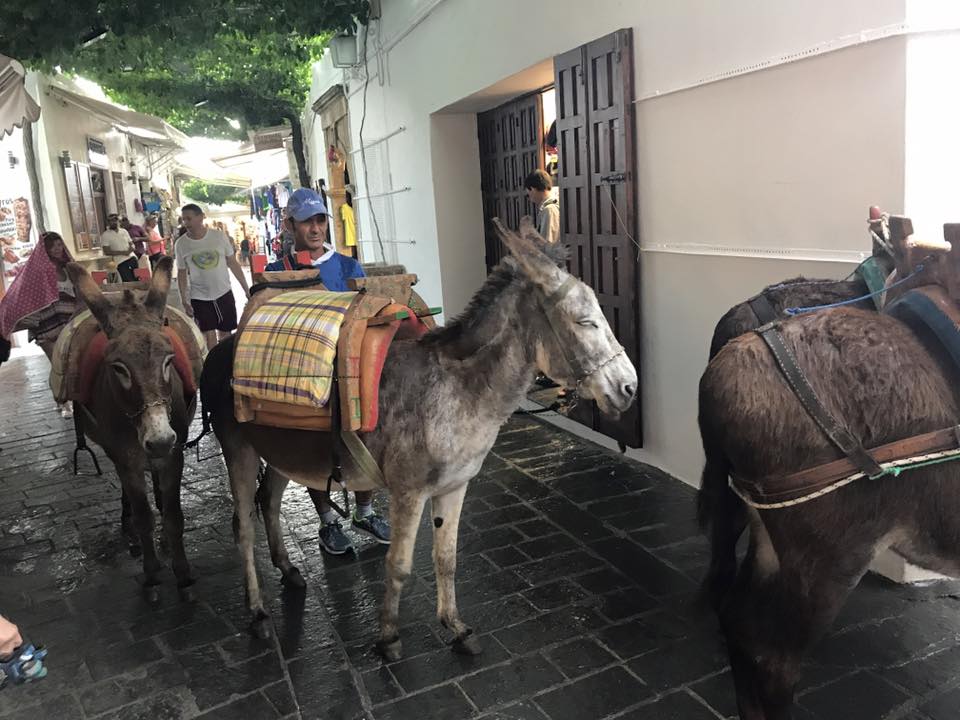 I wish we had a little more time to explore this village, but it was pouring that day, so as soon as the sun came out, we hiked up to the Acropolis!
I wish we had a little more time to explore this village, but it was pouring that day, so as soon as the sun came out, we hiked up to the Acropolis!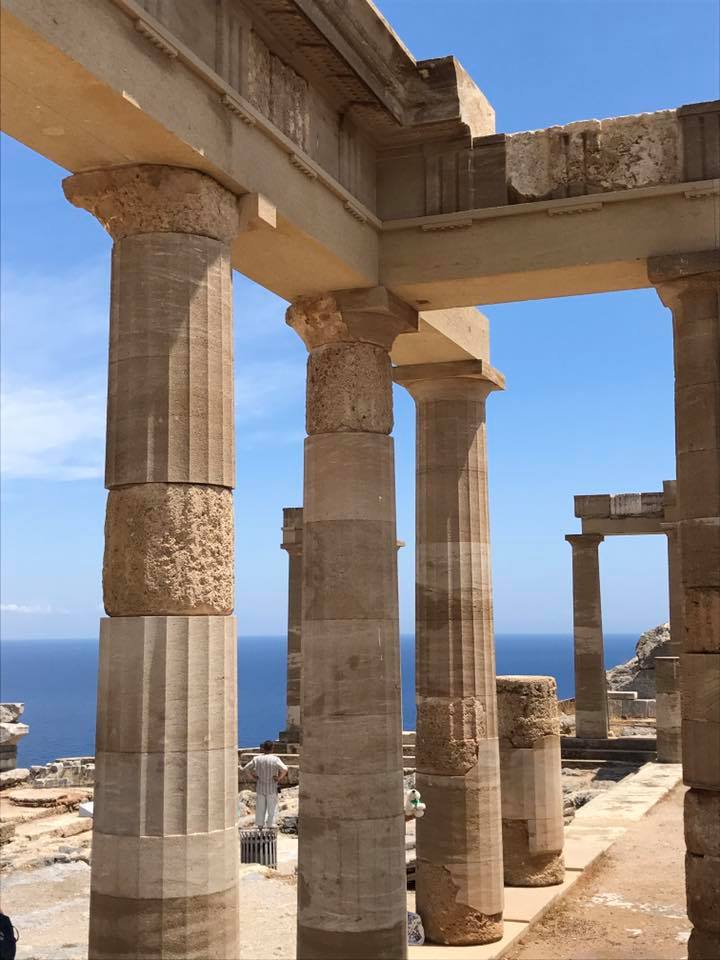
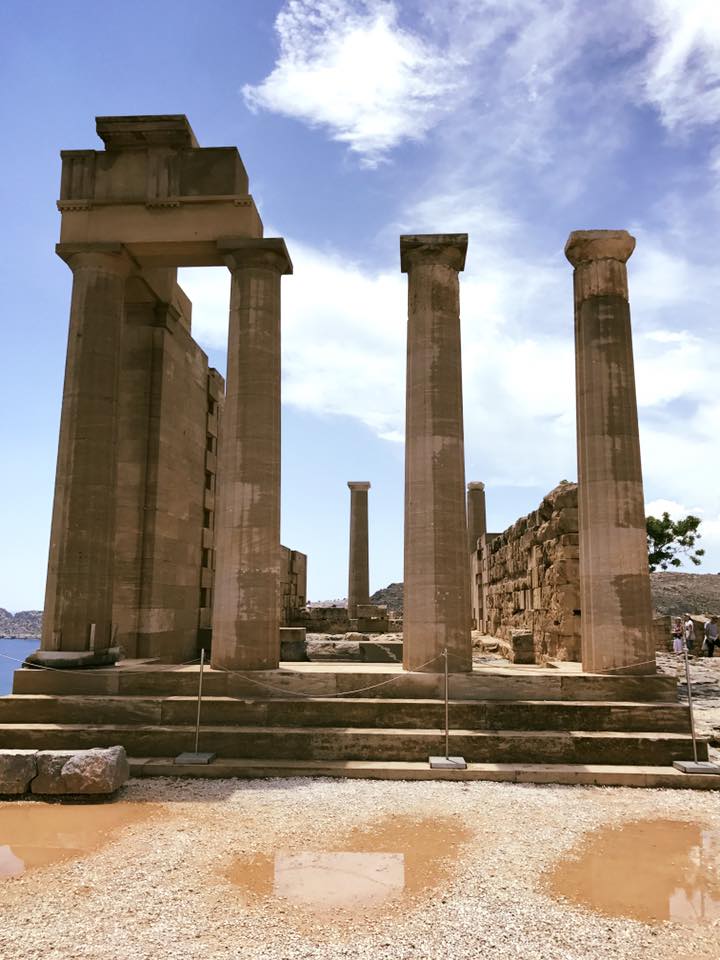
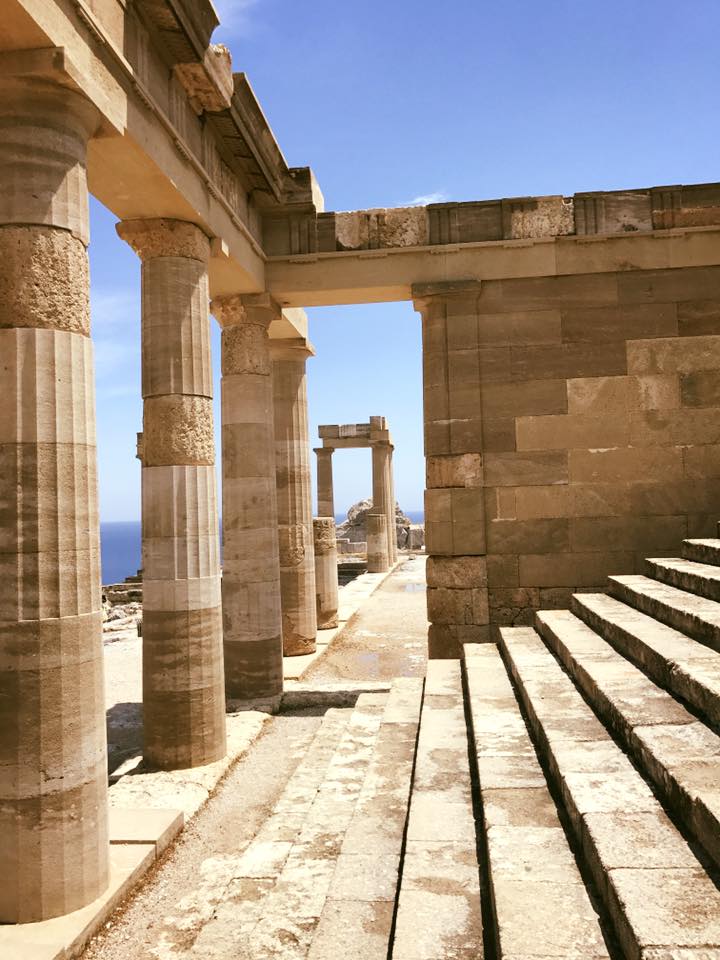
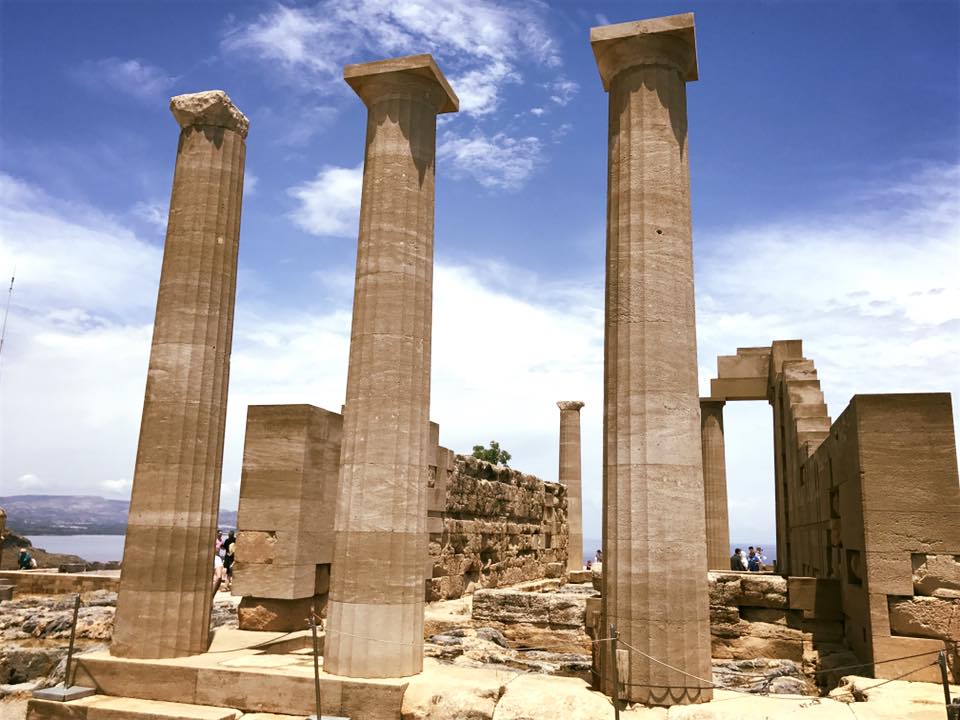
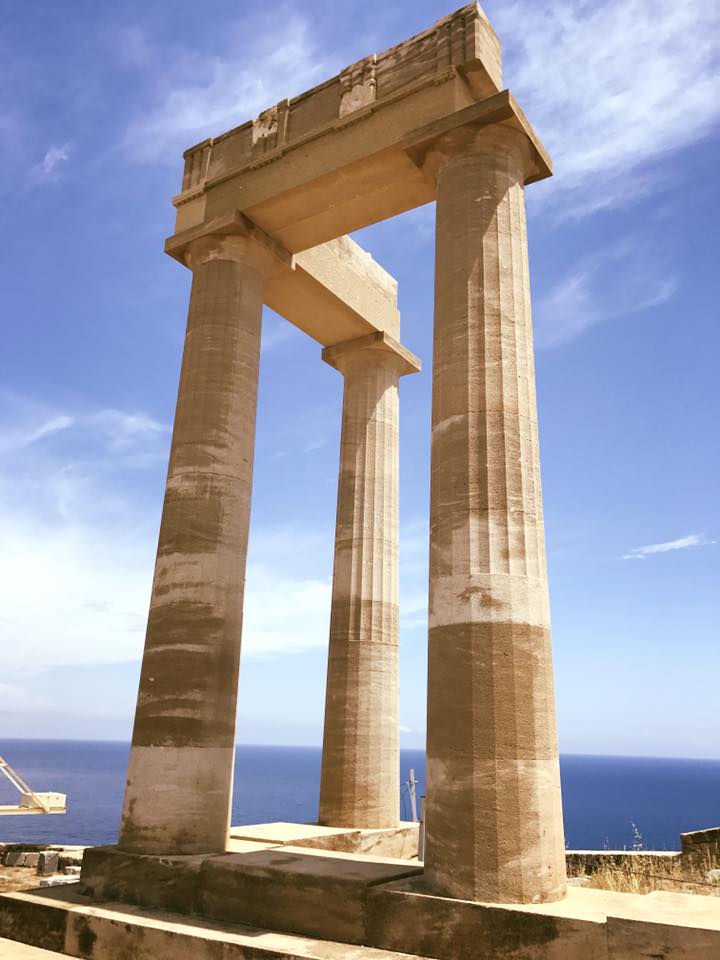
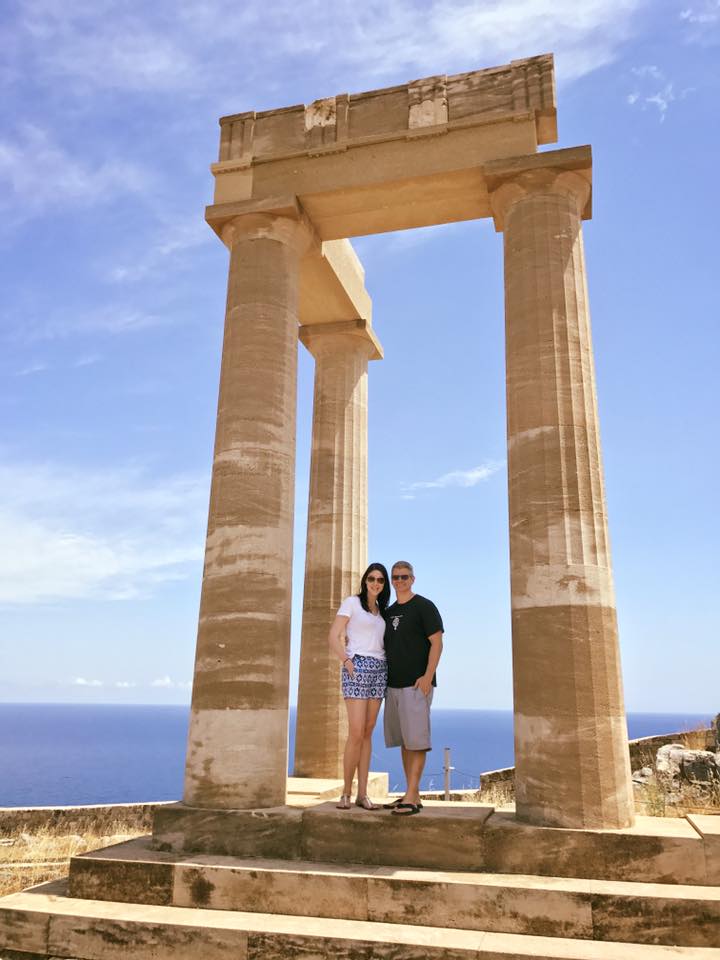
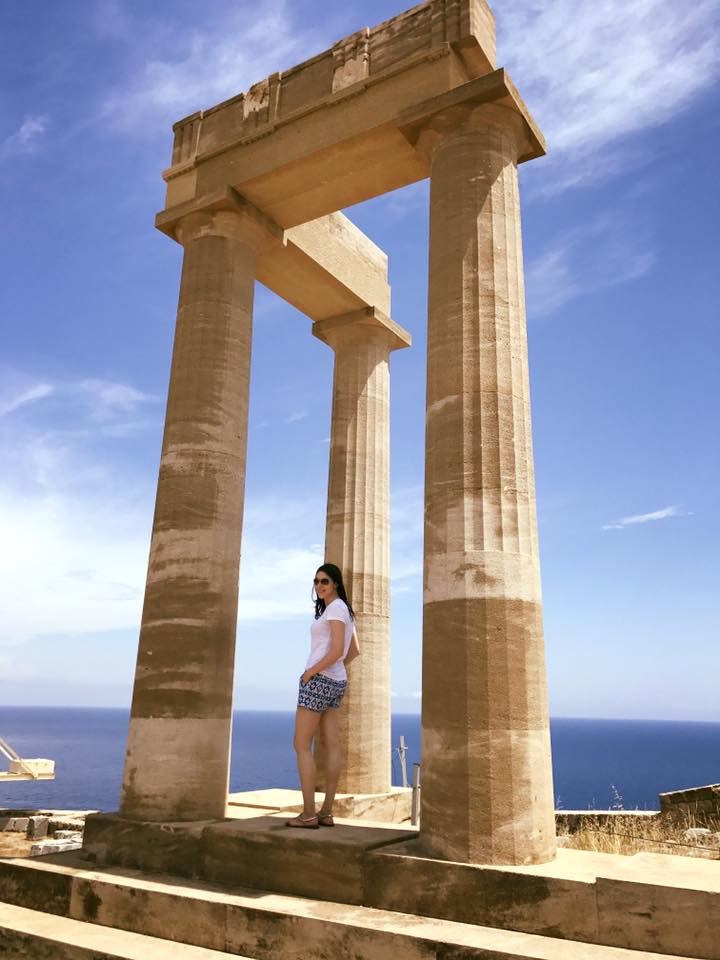
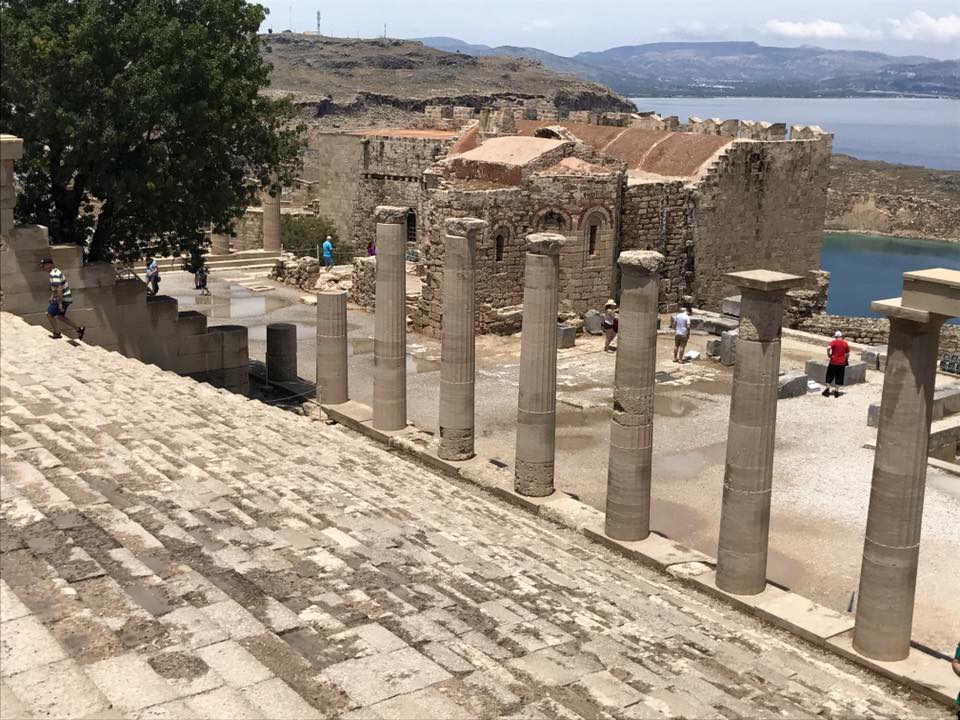
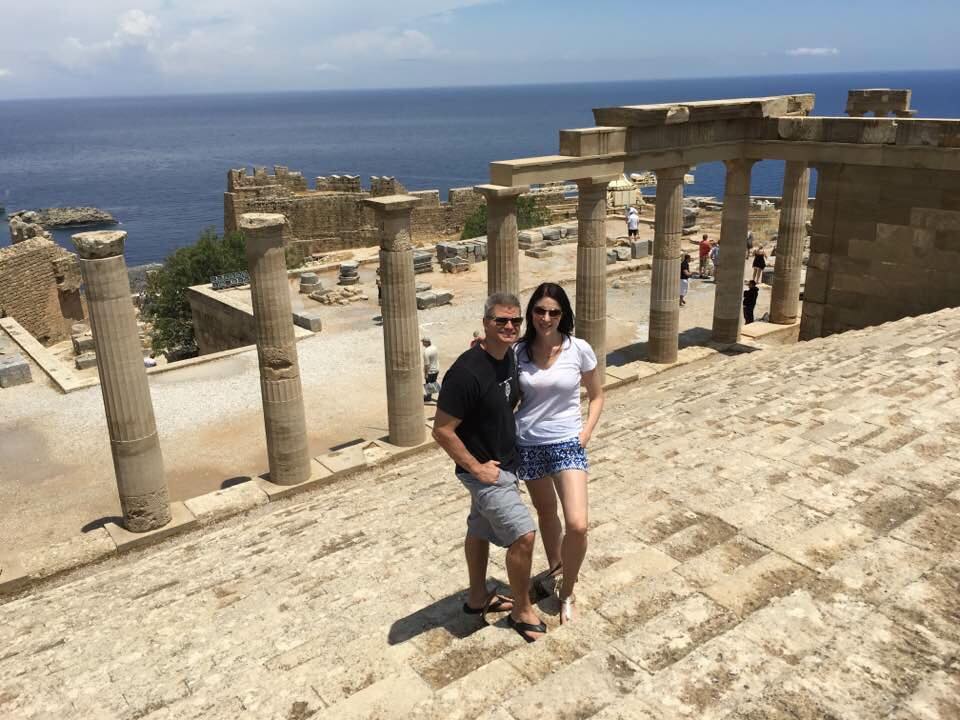 And the views from the Acropolis of Lindos are not too shabby:
And the views from the Acropolis of Lindos are not too shabby: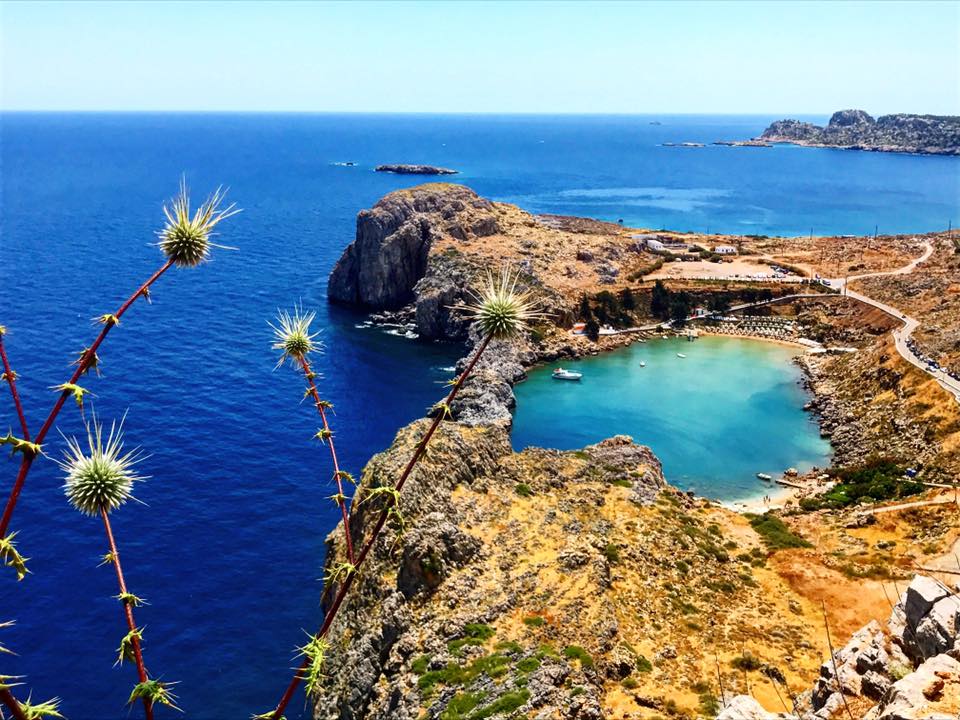 After Lindos, Nick took us to the cutest little beach side taverna for lunch (which had the most INCREDIBLE views) before we set off to explore other sites around the island, including
After Lindos, Nick took us to the cutest little beach side taverna for lunch (which had the most INCREDIBLE views) before we set off to explore other sites around the island, including 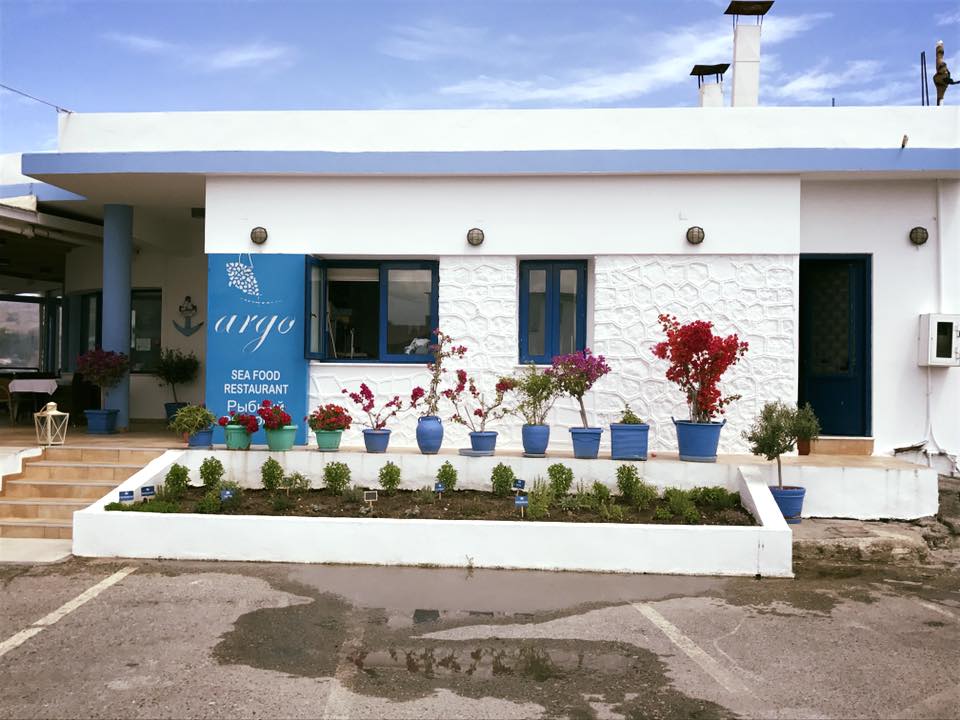
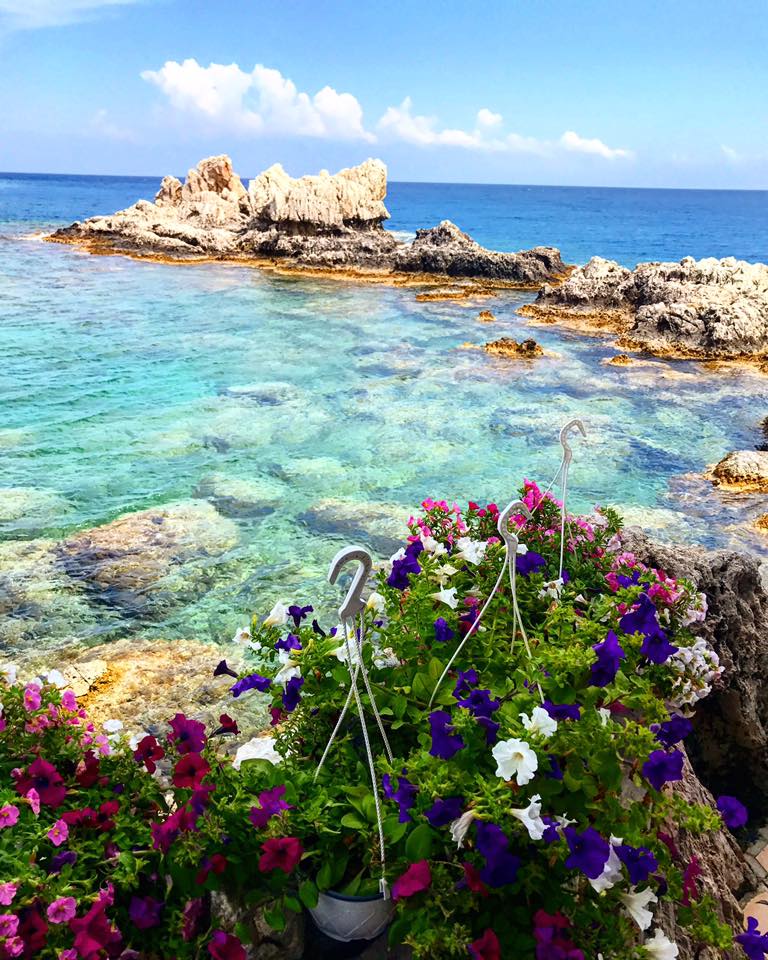
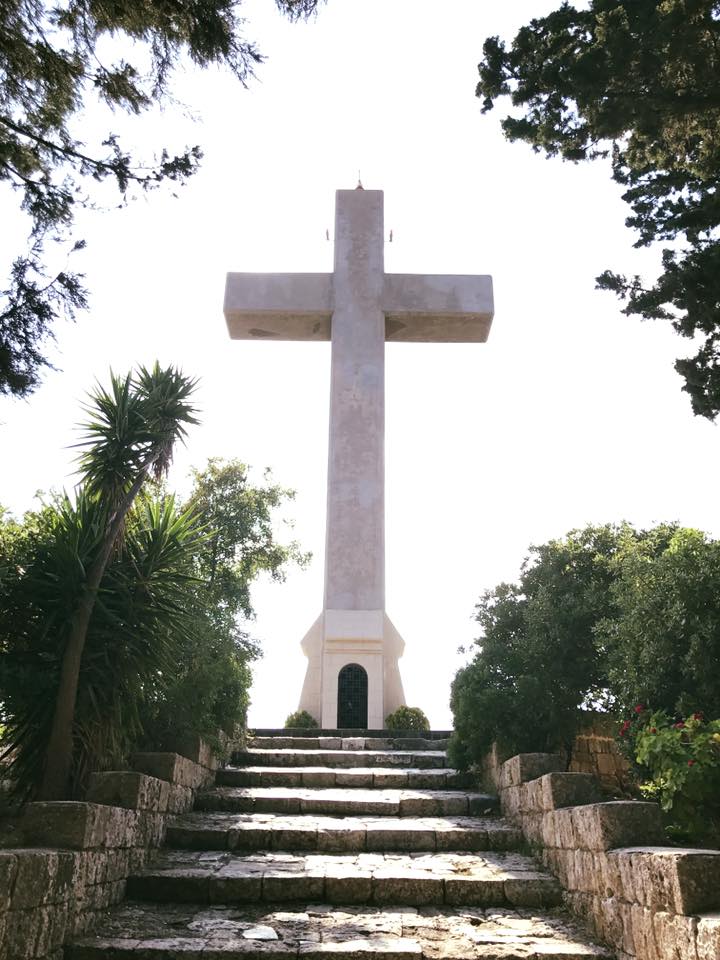
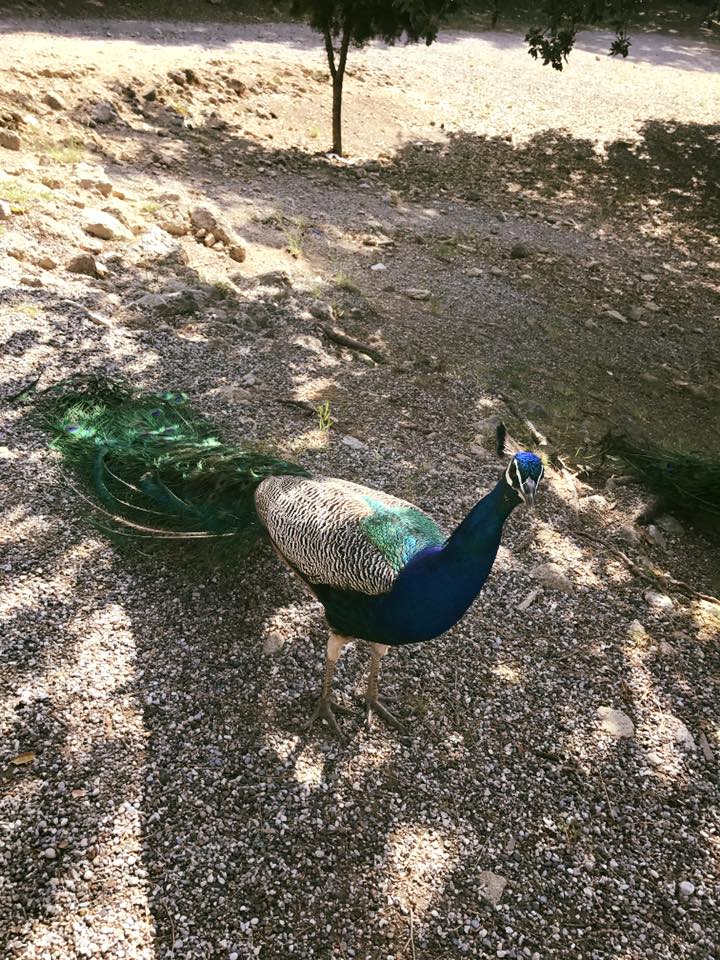
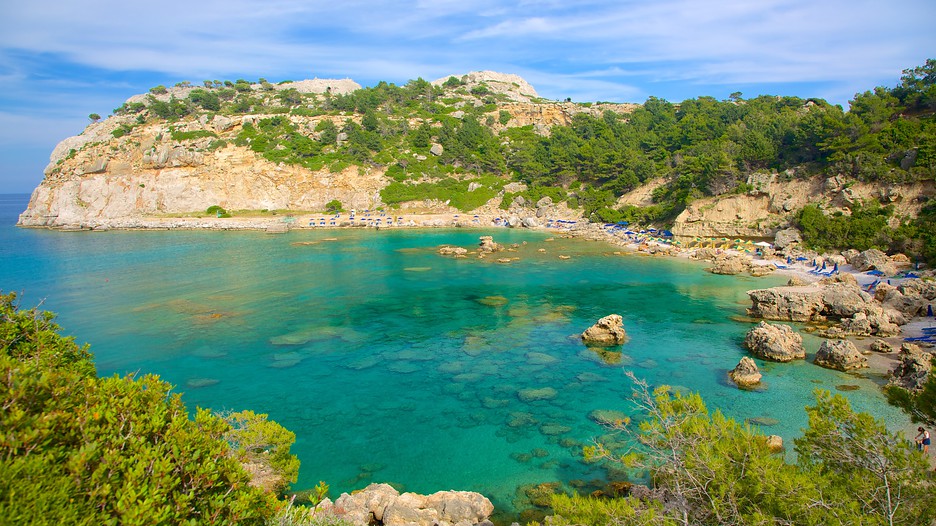 On our third day on the island, we took advantage of the free rental car that came with our room and took to the roads with our tablet to explore other points of interest, such as the
On our third day on the island, we took advantage of the free rental car that came with our room and took to the roads with our tablet to explore other points of interest, such as the 
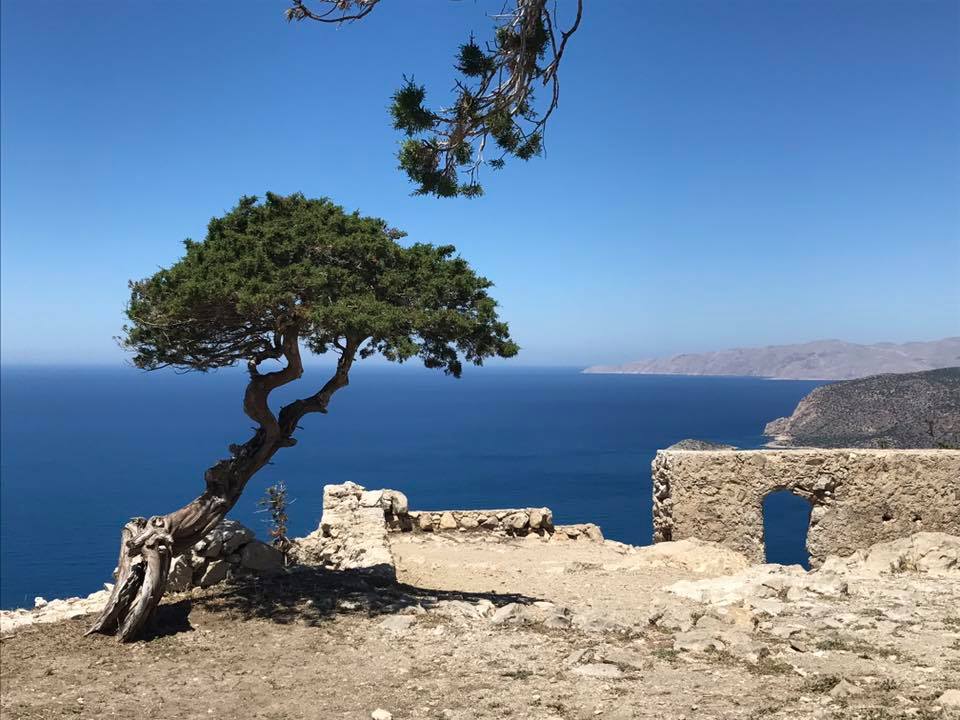
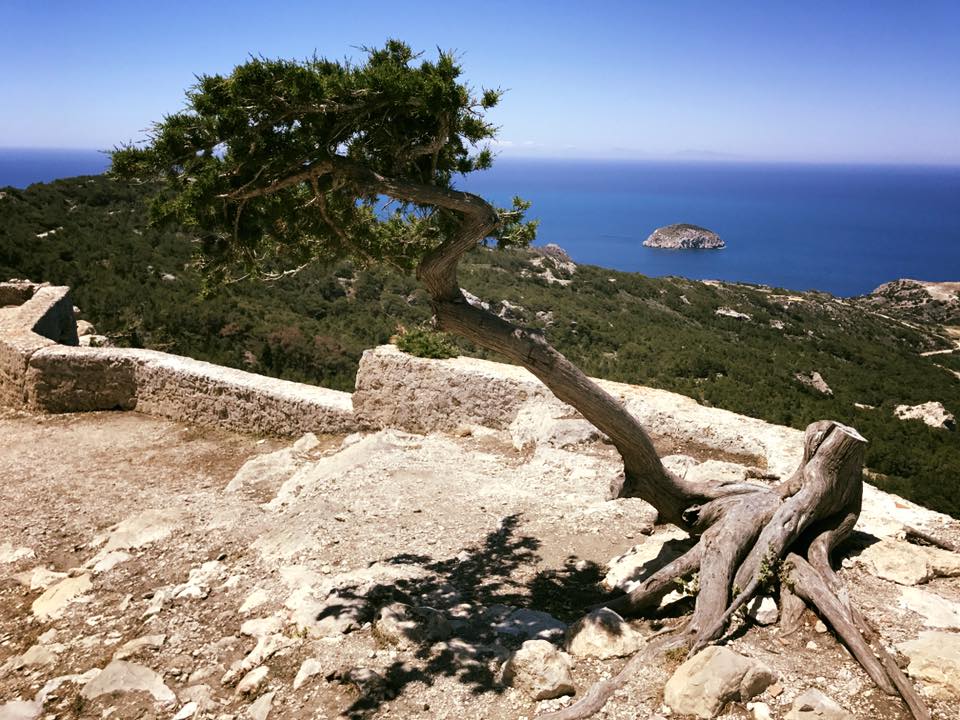
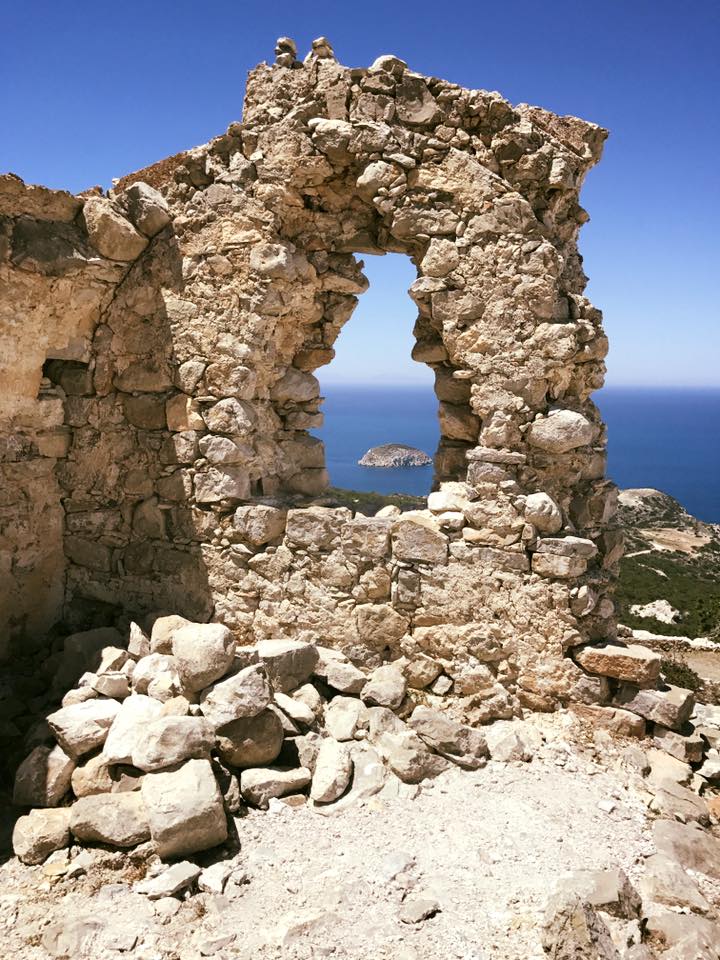
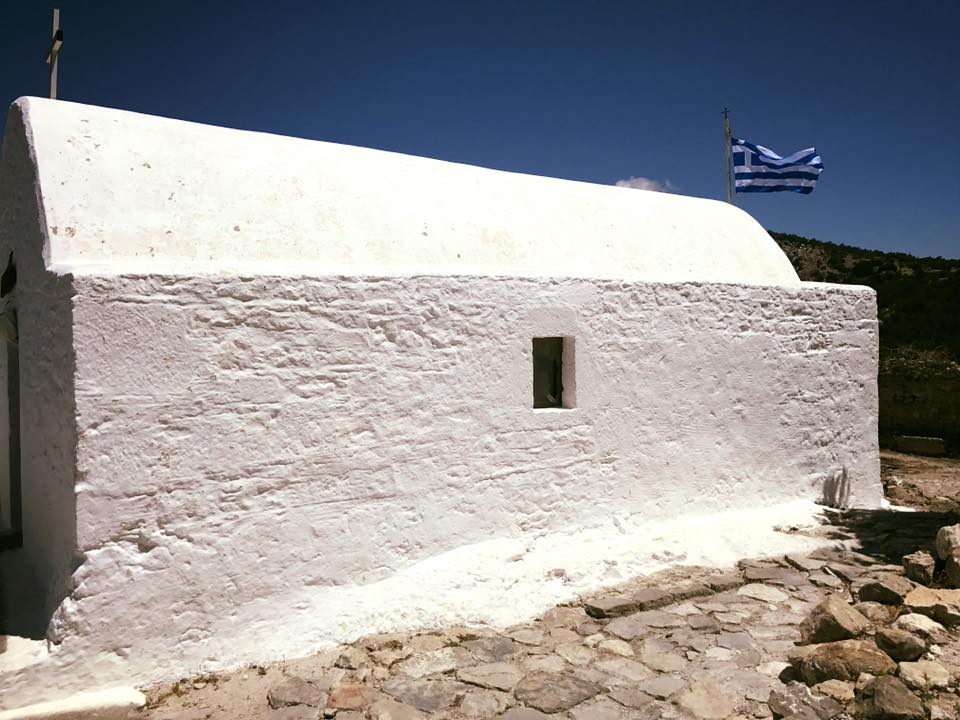
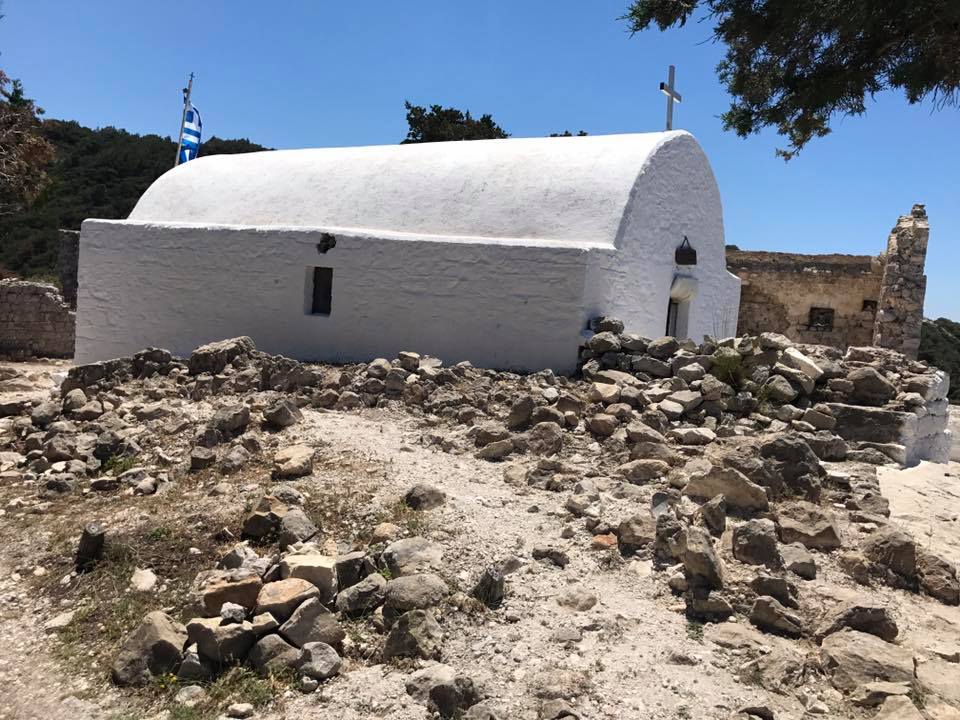
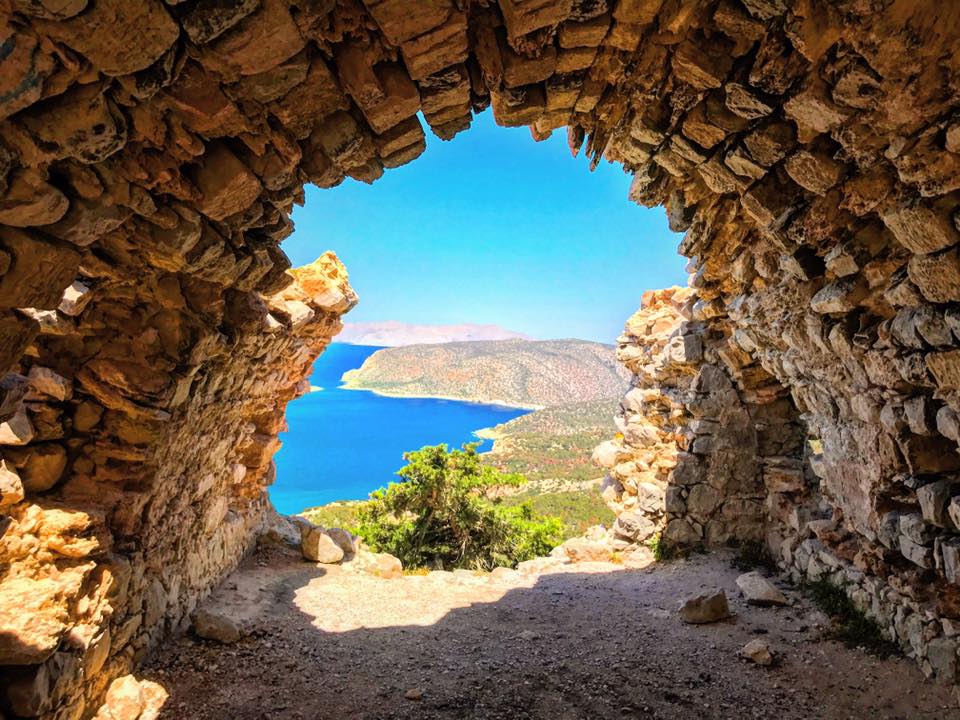 Ancient Kamiros:
Ancient Kamiros: 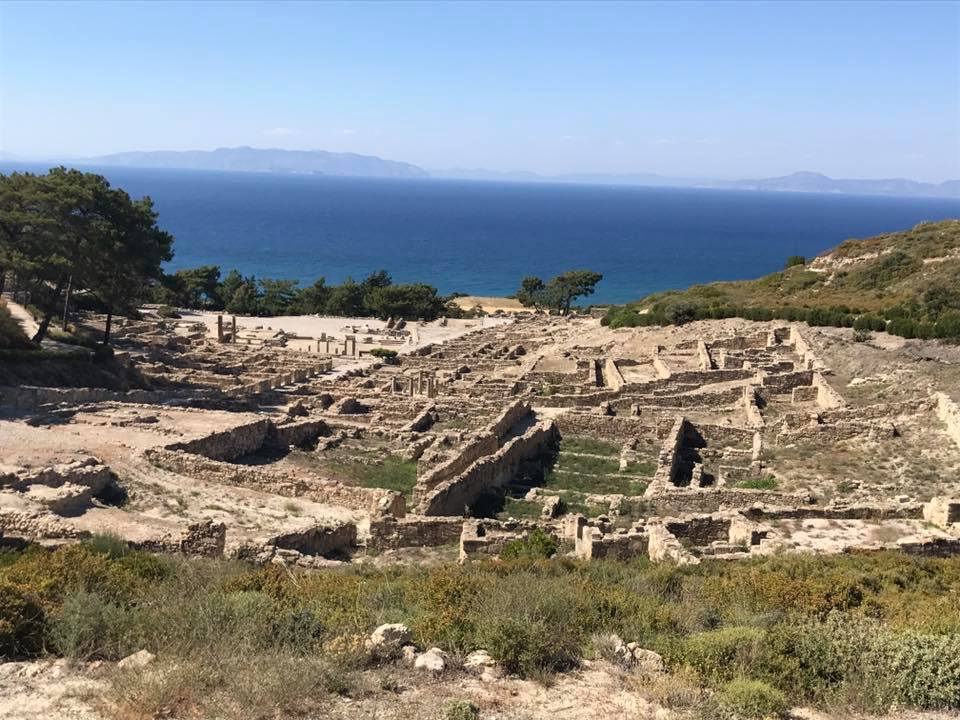
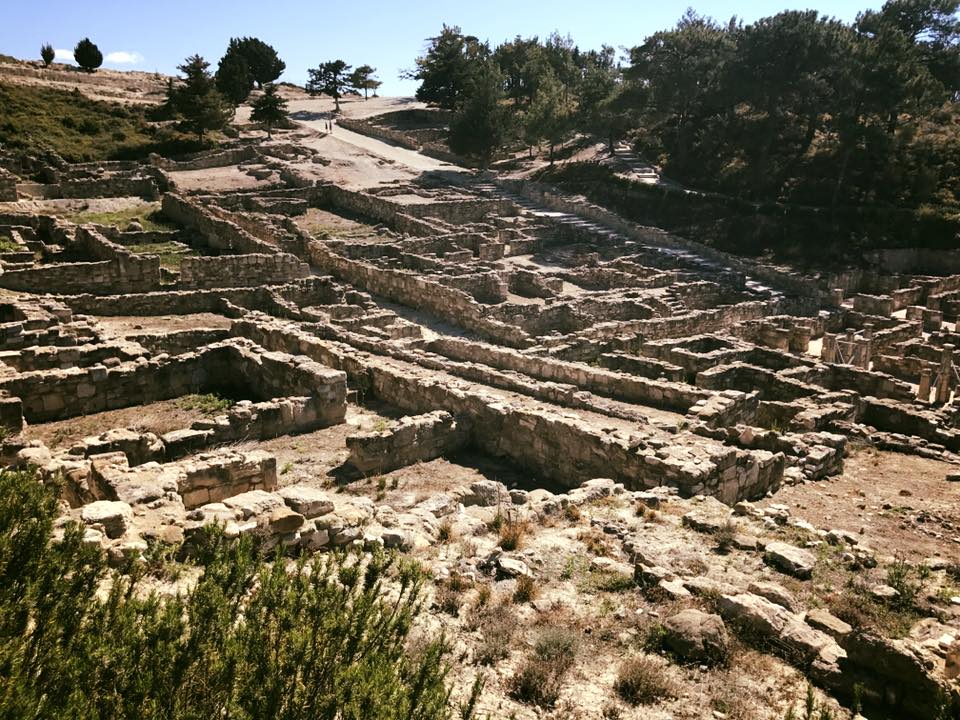
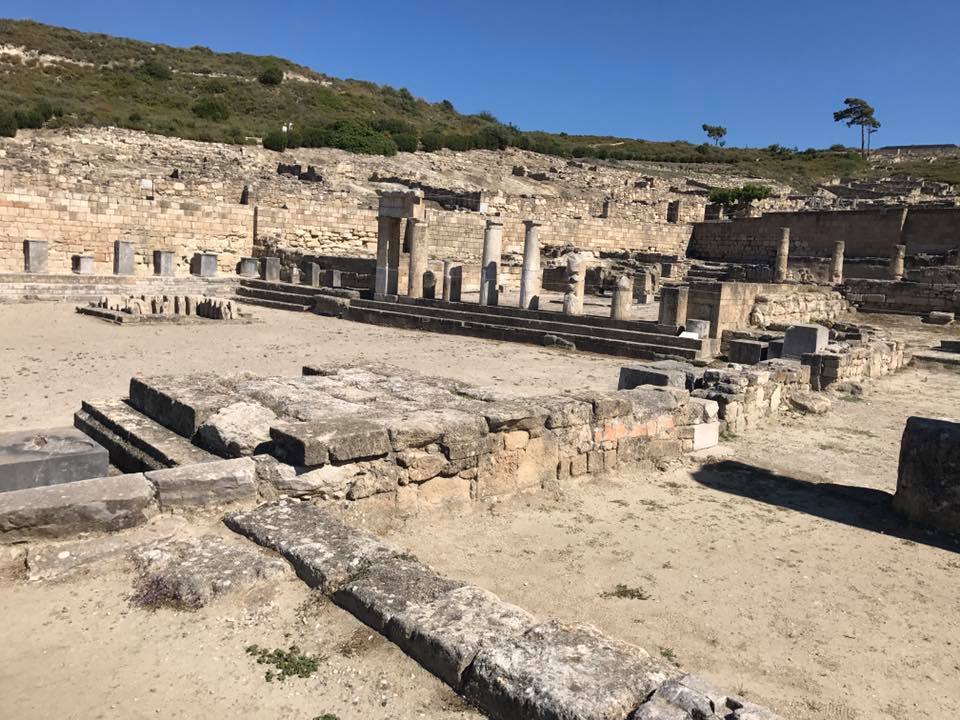
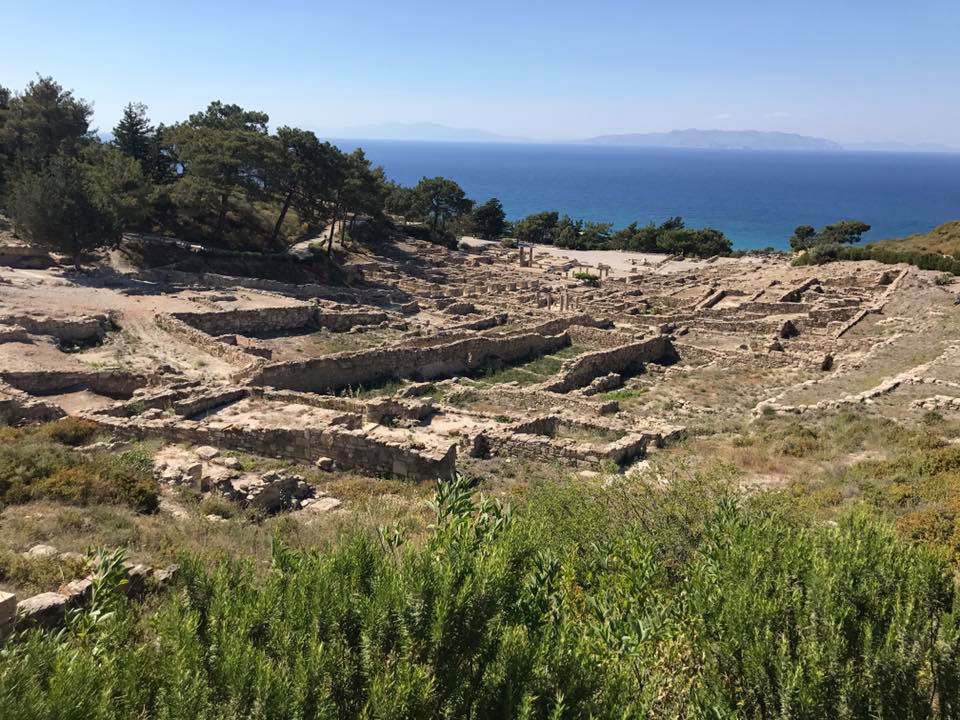 Seven Springs:
Seven Springs: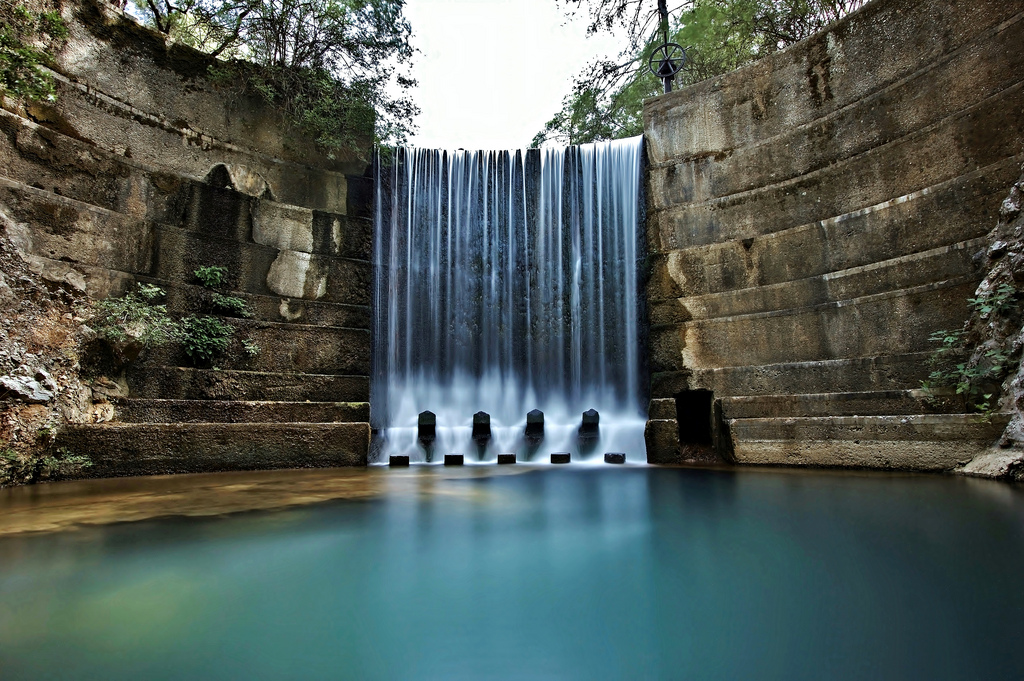 On our last day, we stayed in the Old Town and visited the
On our last day, we stayed in the Old Town and visited the 